FALL 2025 LIFESTYLE IN THE NORTHERN ROCKIES

The Brown Trout Paradox
Ranching Resources: From Beavers to Smart Collars
John Colter: Montana’s Legendary Mountain Man Saratoga, Wyoming’s Healing Waters
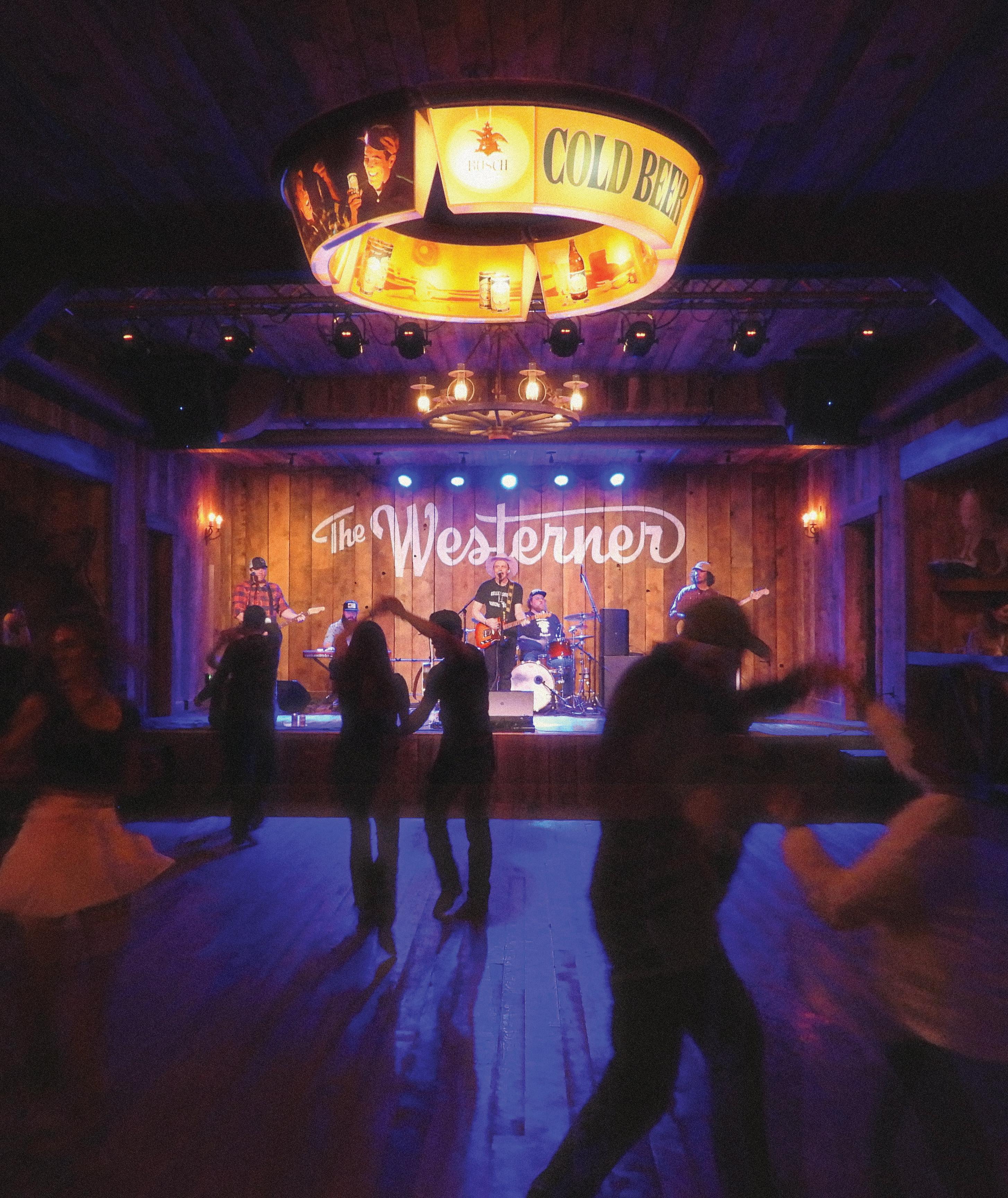


The Brown Trout Paradox
Ranching Resources: From Beavers to Smart Collars
John Colter: Montana’s Legendary Mountain Man Saratoga, Wyoming’s Healing Waters


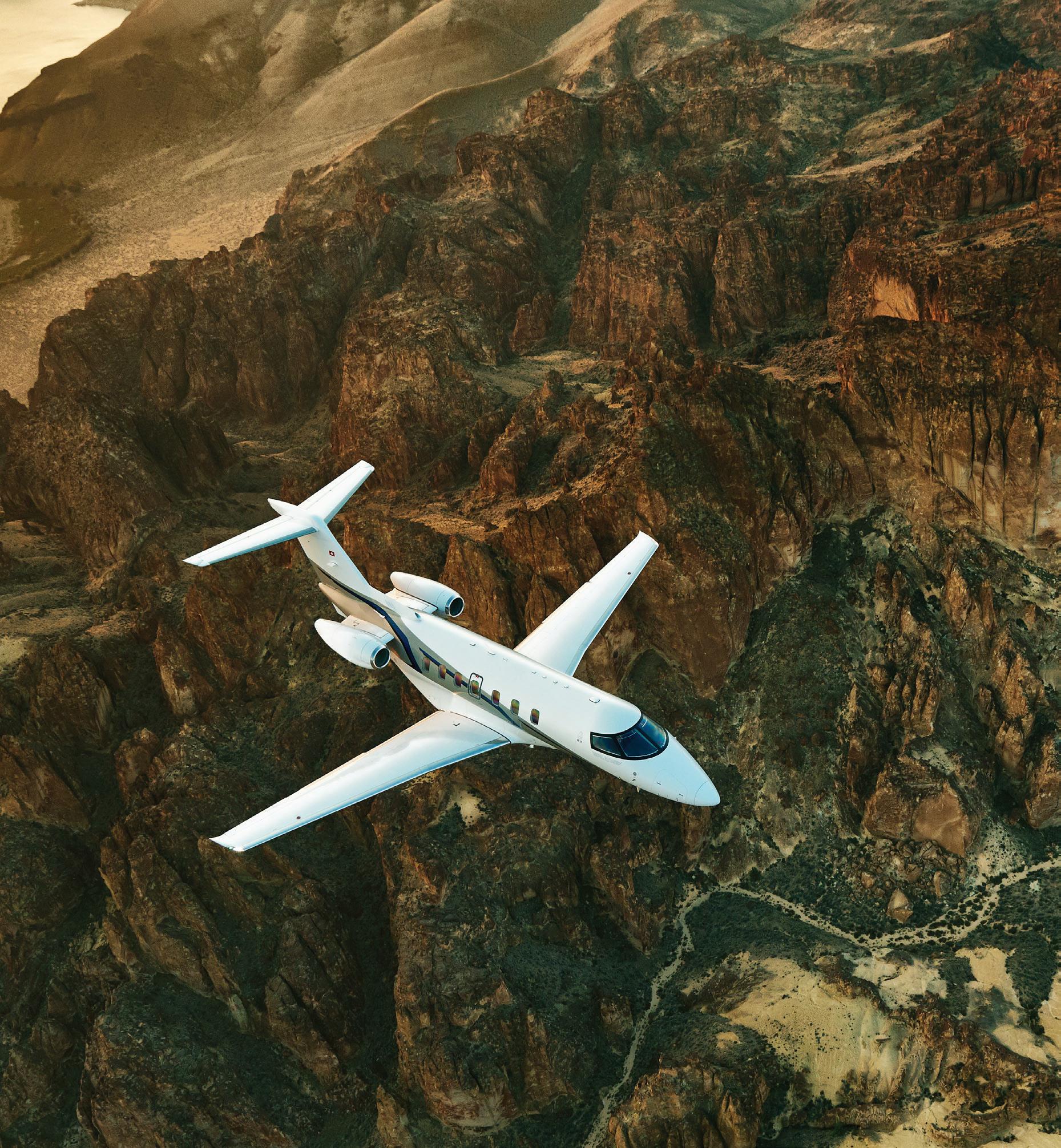



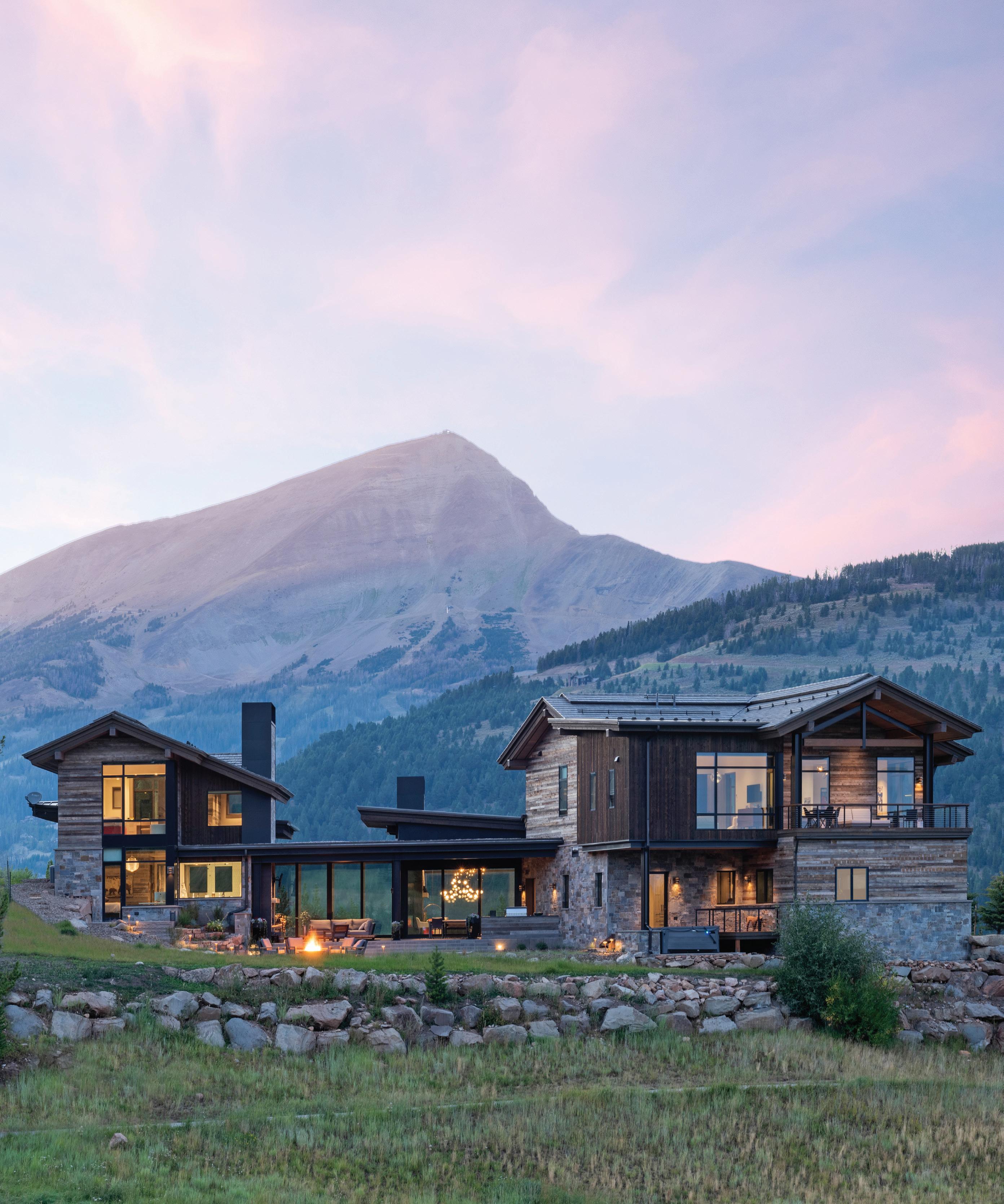




























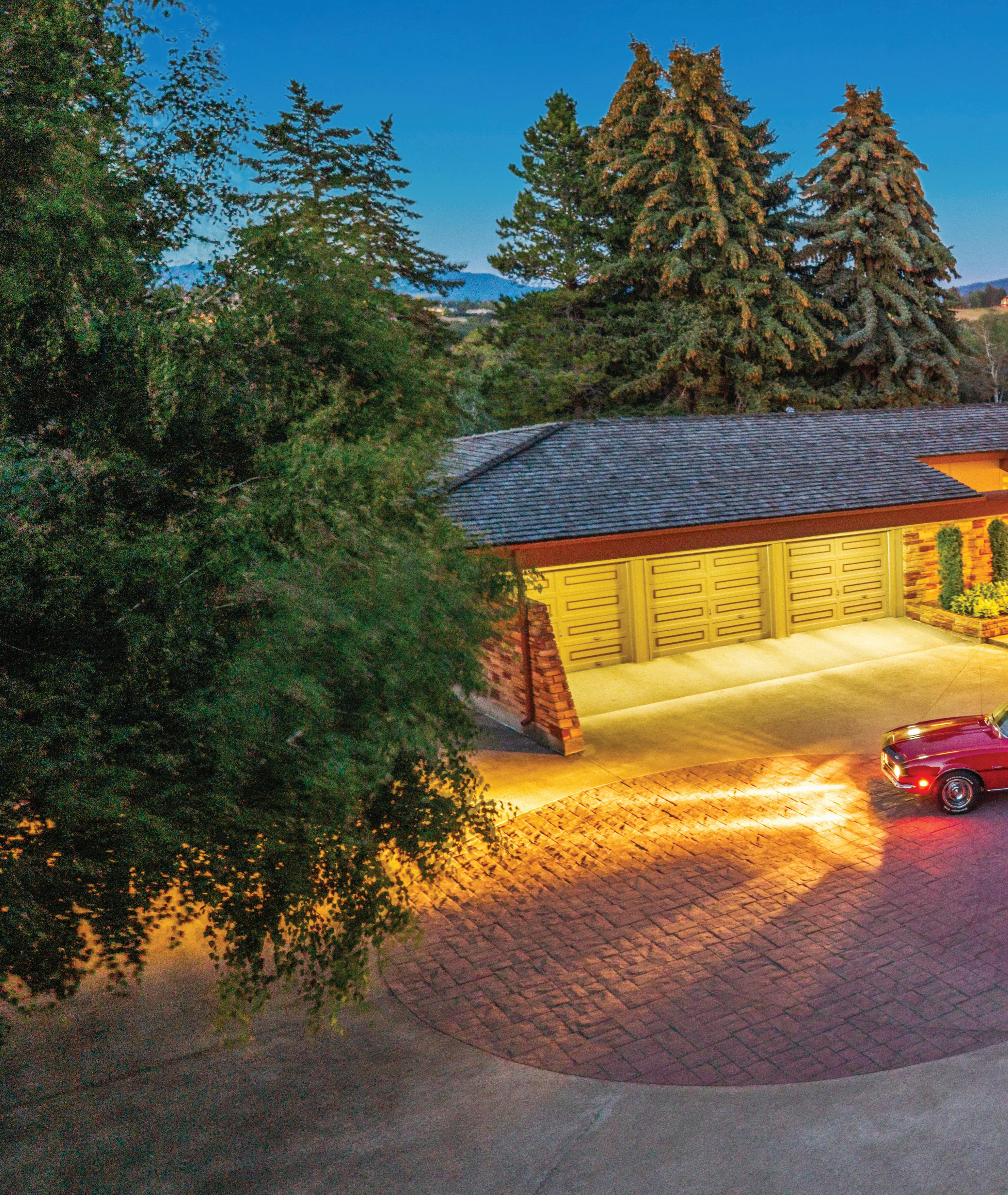






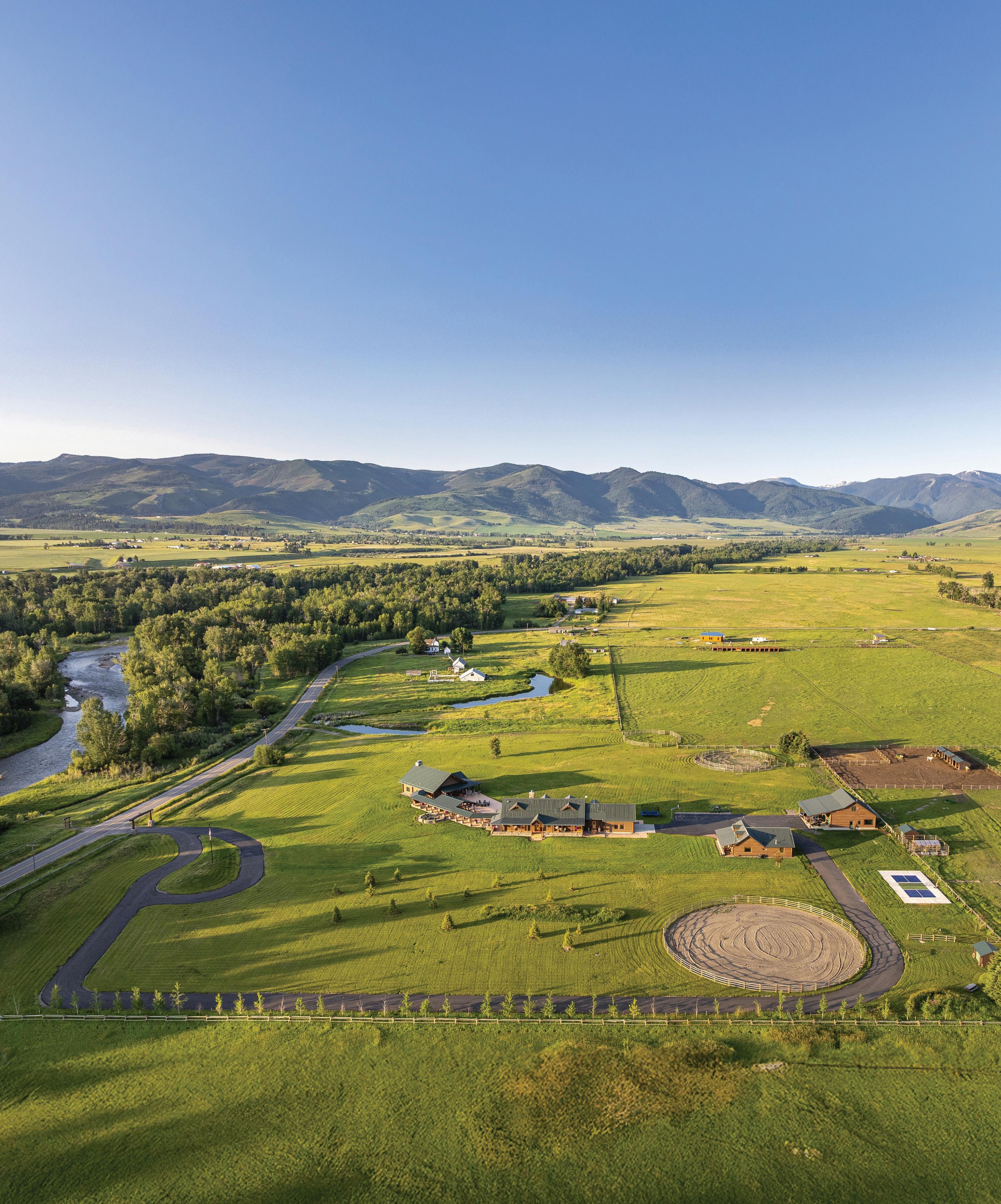

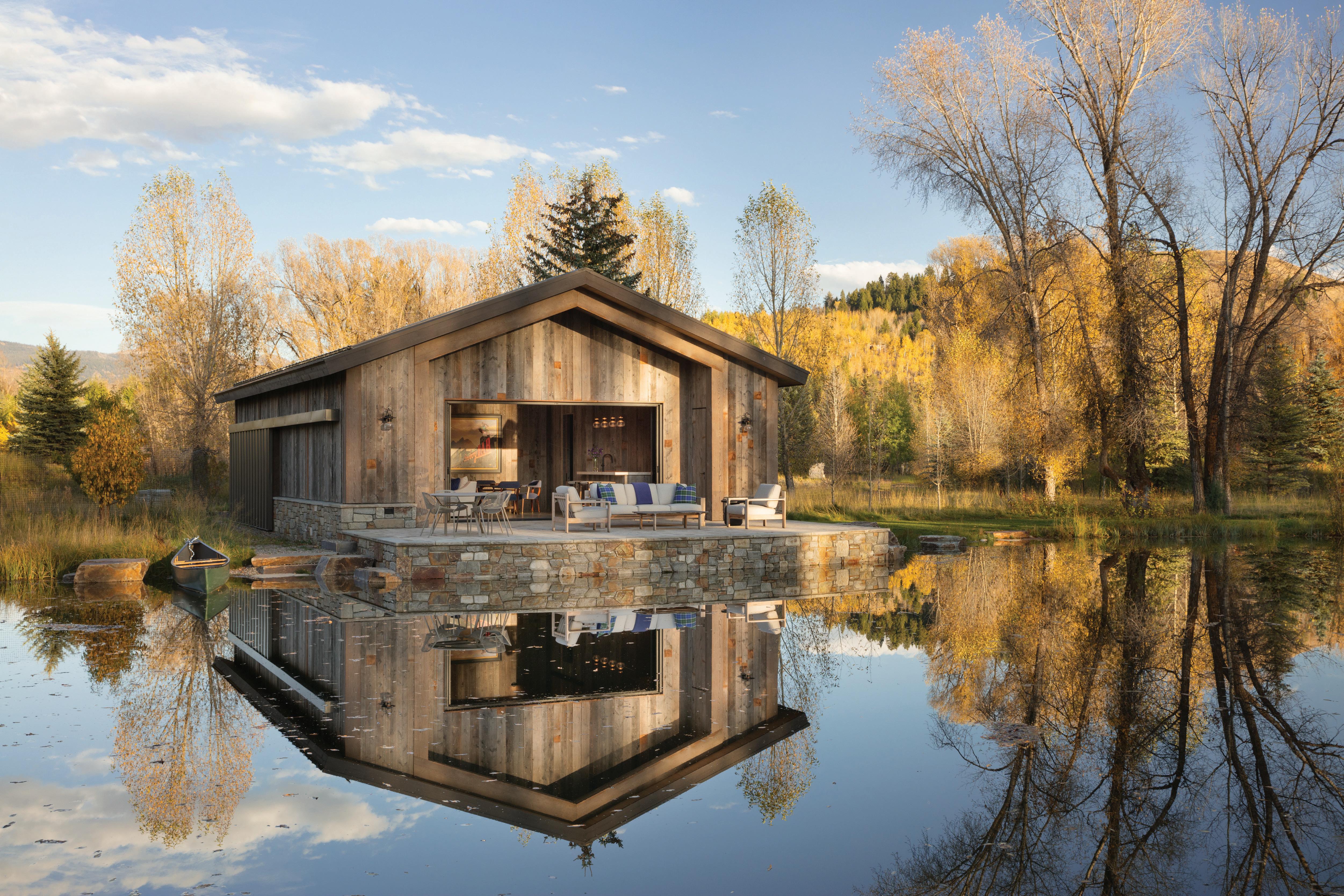

We create timeless houses. You create priceless legacies.
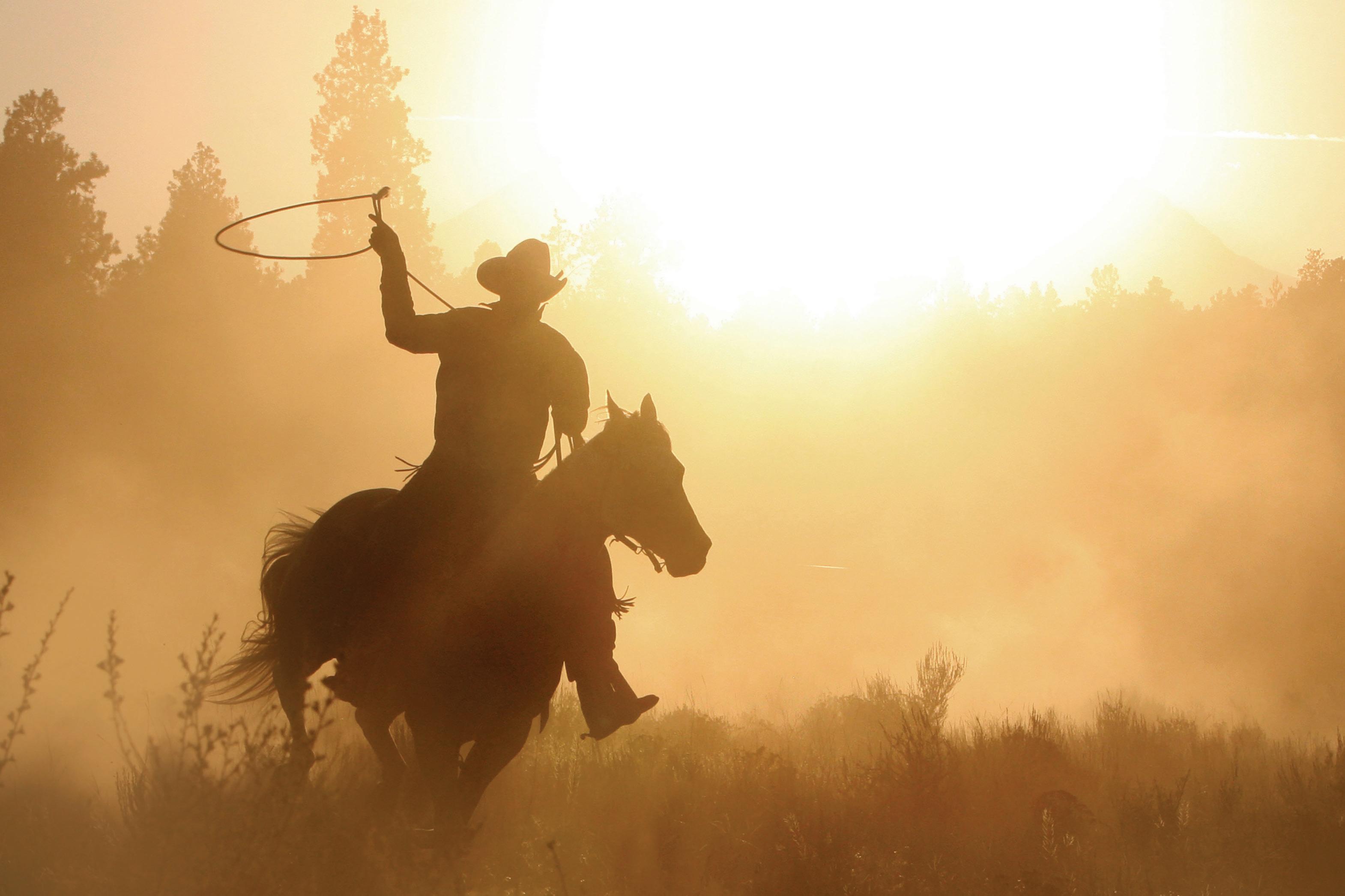
"...You know the deal. Horses and cattle may be how the West was won, but death and taxes is how we're gonna lose it."
Network "Yellowstone": Season 4, Episode 2 IRS Estate Taxes Take 40% of Every Dollar of a Couple's Net Worth in Excess of the Estate Tax Exemption Limit.
HOPE IS NOT A STRATEGY
Let us show you how to cover large estate tax liability exposure with:
• No out-of-pocket insurance premiums
• No out-of-pocket interest expense for premium financing
• Eliminate premium finance payments already in place



Only $100 in consideration. Over $5 billion in transactions since 2009 helping high net worth families create tax-free capital to cover estate taxes or provide funding for buy/sell agreements to preserve their family wealth legacies.
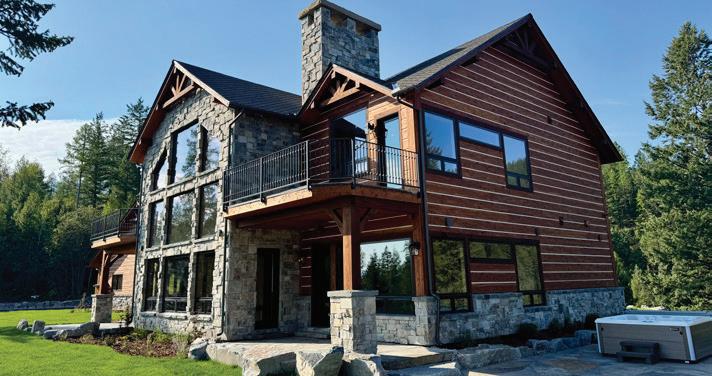
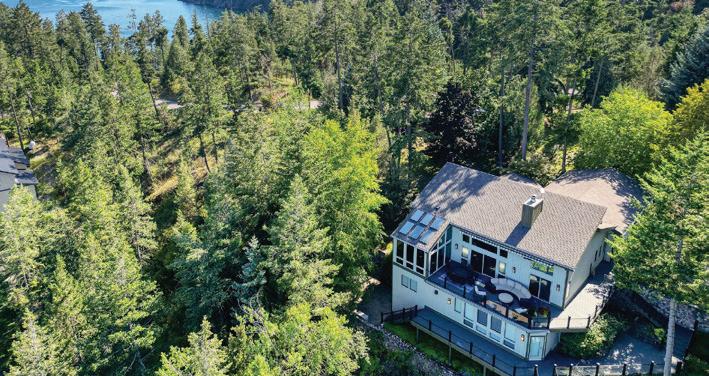
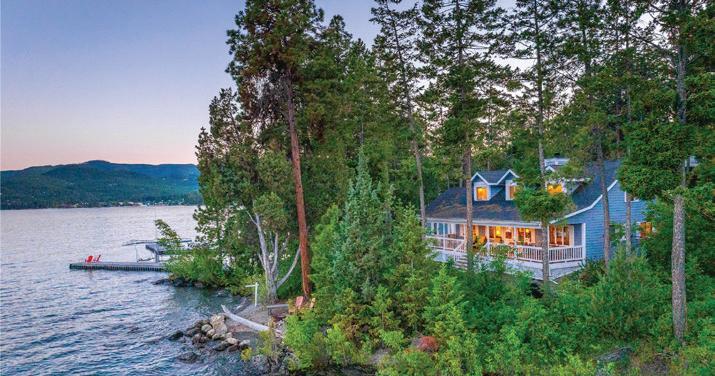
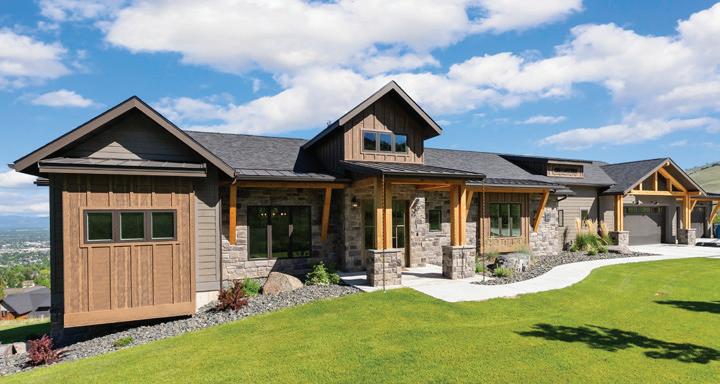



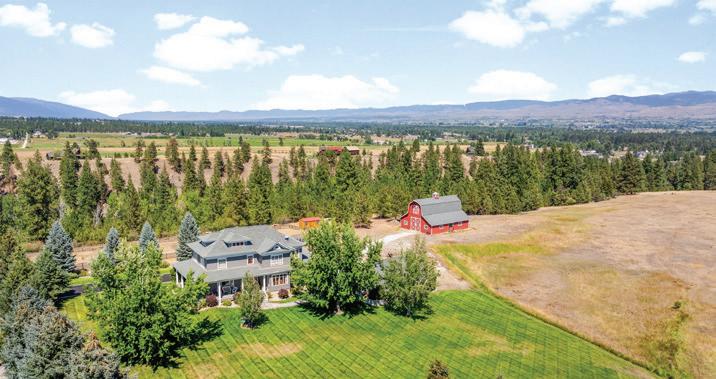

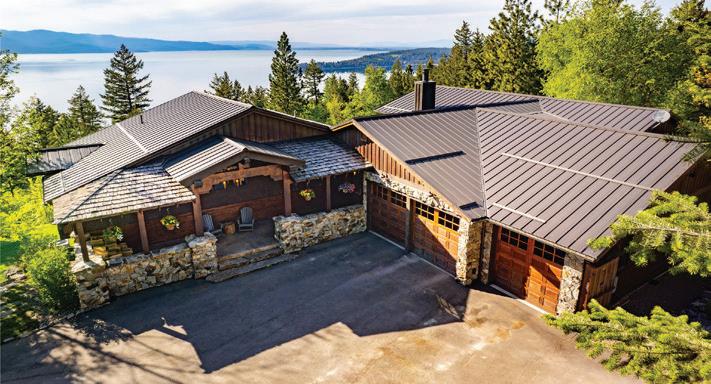


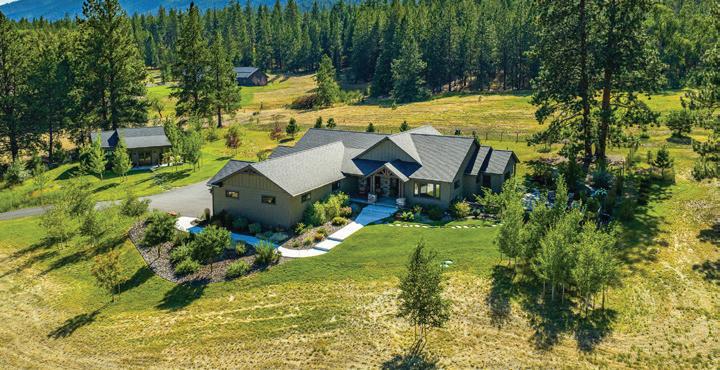





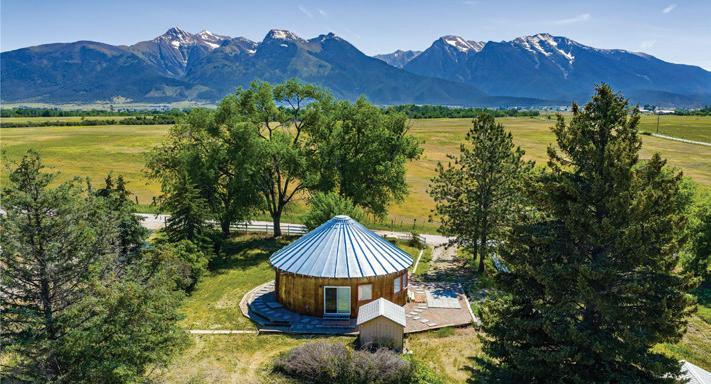
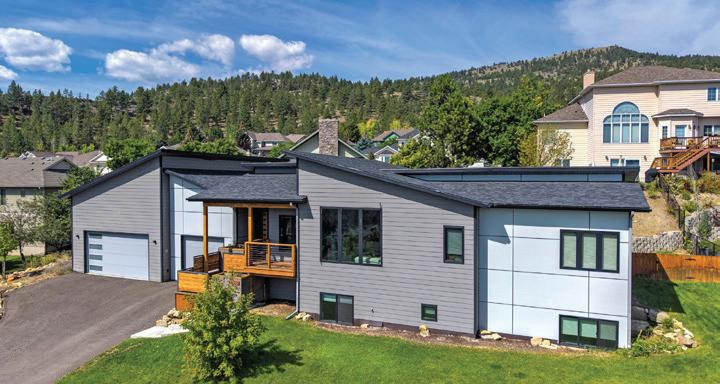

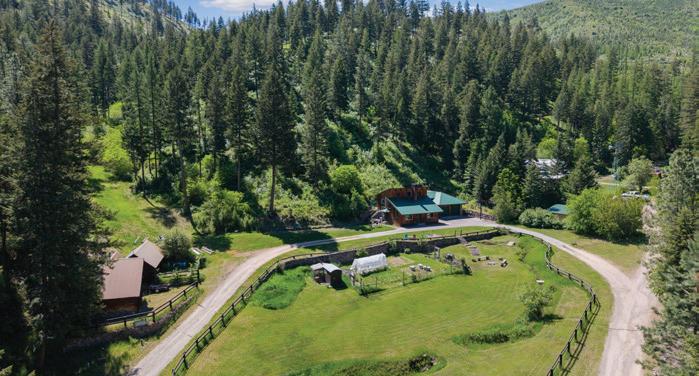

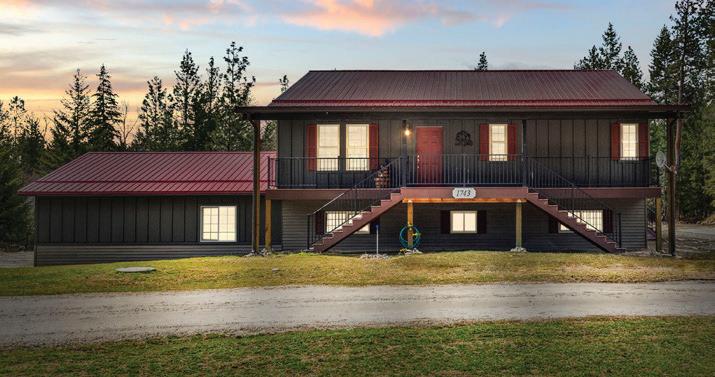

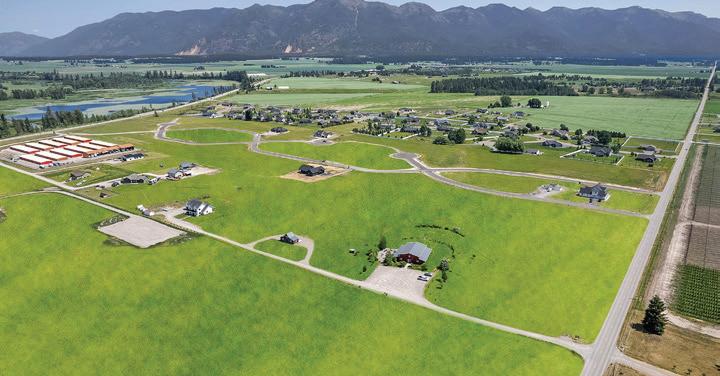







whether you’re just starting to explore your options or ready to proceed with buying or selling –we will come to you.


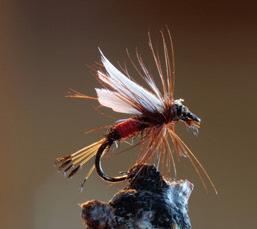

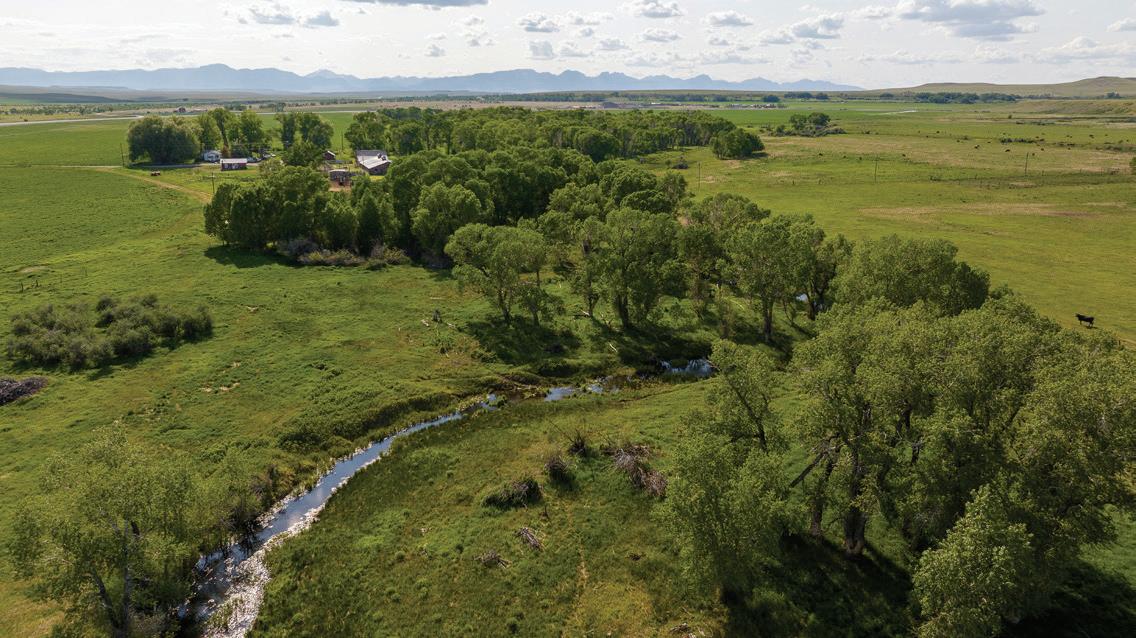
bozeman, mt | 163± deeded acres
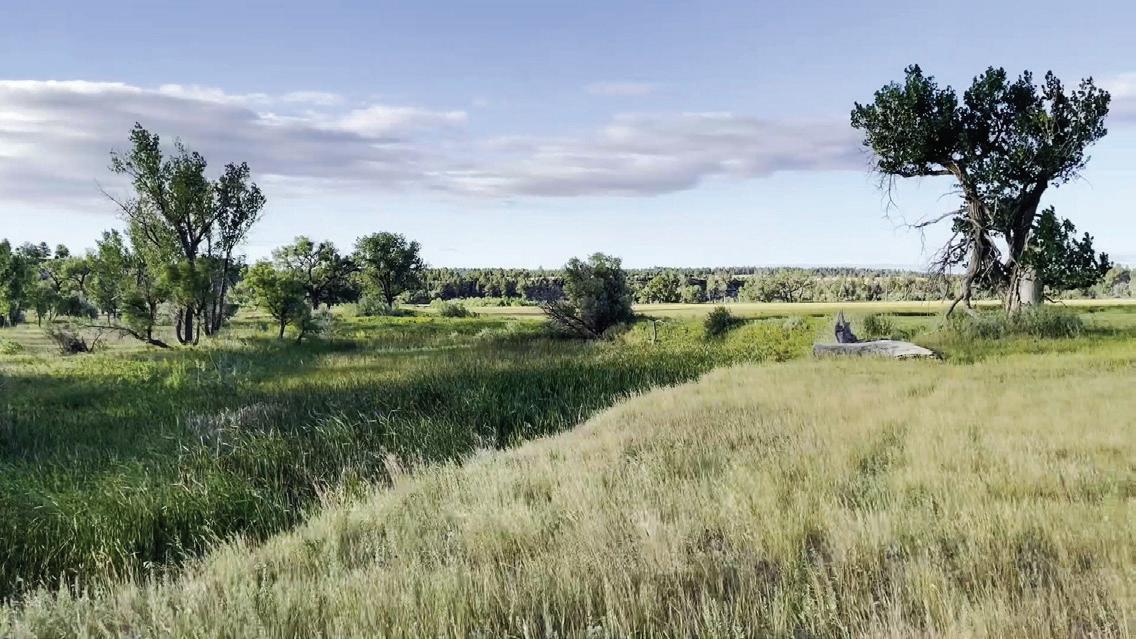


choteau, mt | 2,541± deeded acres offered at $10,400,000





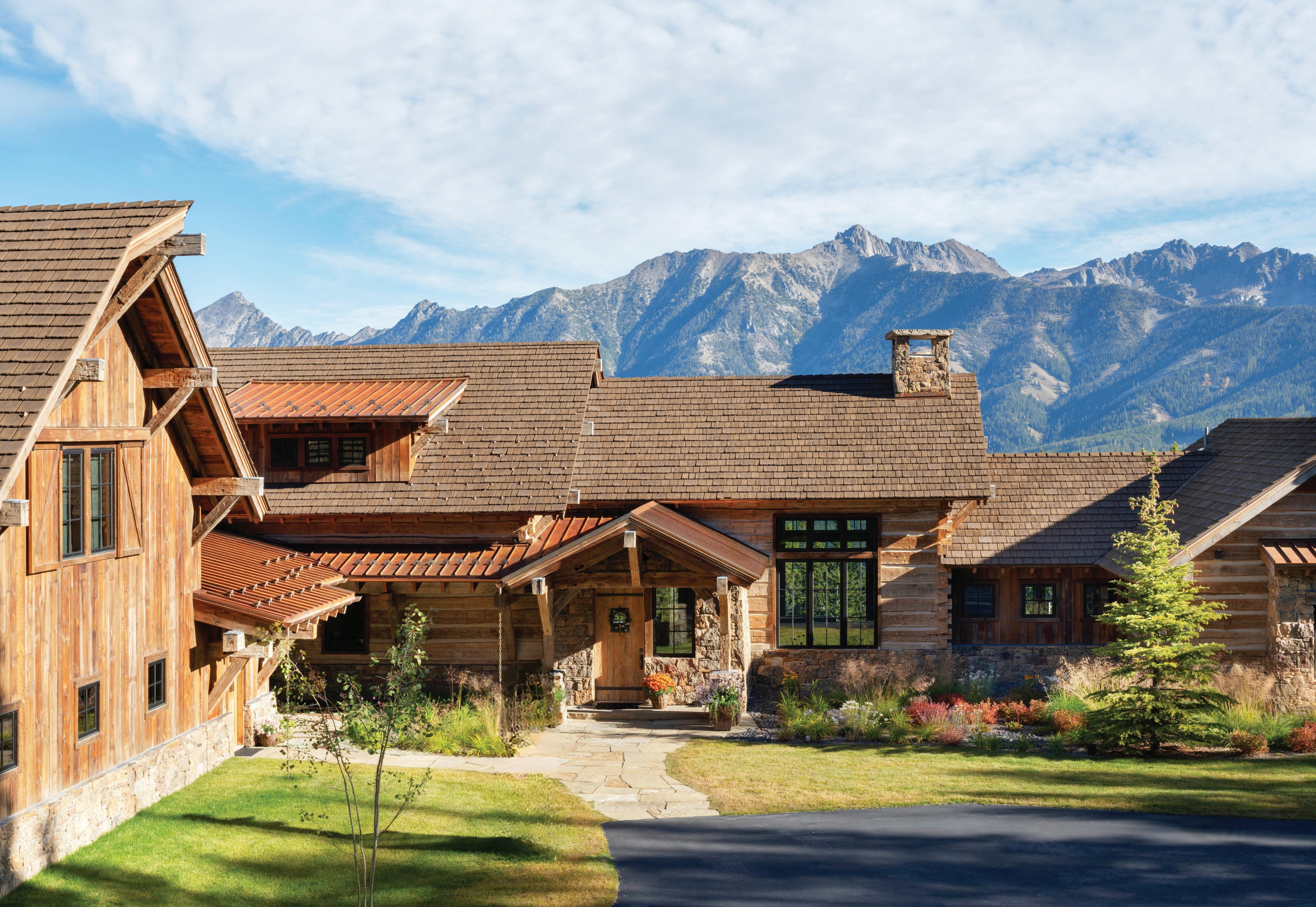


96 THE BROWN TROUT PARADOX
Angling icon, invasive menace, or both?
Written by E. Donnall Thomas Jr.
Photography by Jakob Burleson
104 THE EXPLOITS OF JOHN COLTER
Montana’s legendary mountain man
Written by Douglas A. Schmittou
112 WEST WING
Making a difference for a desert bird
Written by Kris Millgate

120 EXCURSION: MONTANA’S INLAND SEA
Bounty under the Big Sky
Written by E. Donnall Thomas Jr.
134 SOAKING IN SARATOGA
The timeless treasure of healing waters
Written by David Zoby
Photography by Natalie Behring
144 FROM BEAVERS TO SMART COLLARS
Montana’s dryland farmers and ranchers tap into traditional and hi-tech resources to thrive
Written by Andrew McKean


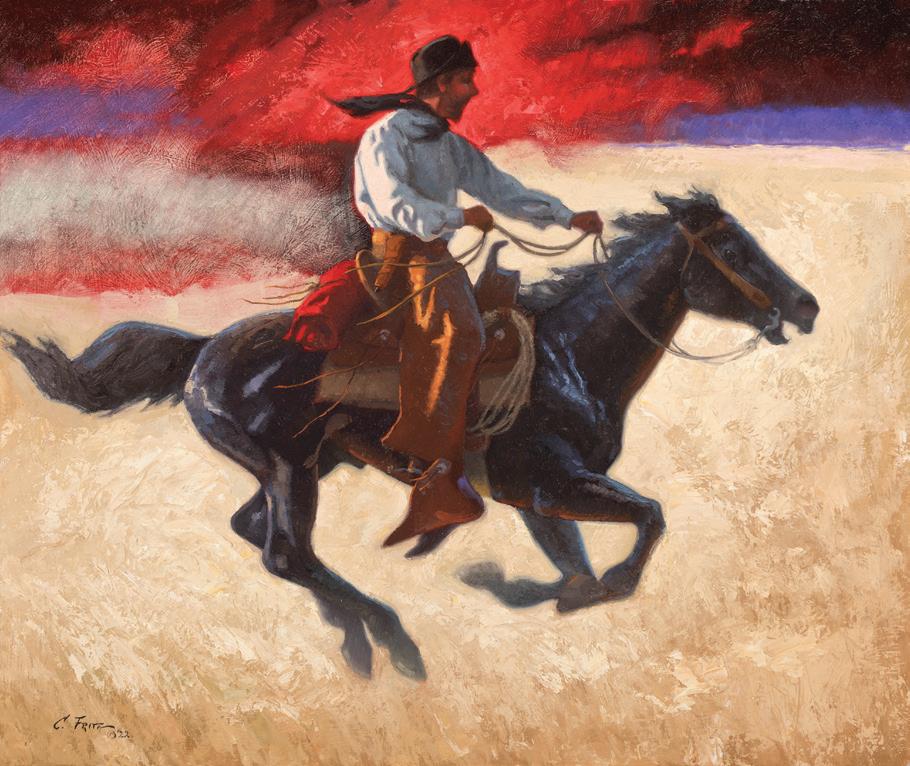
42 Dining Out
Simple Wonder: At Bodhi Farms’ Field Kitchen Restaurant in Bozeman, Montana, everything is local and local is everything
Written by Carter Walker
Photography by Lynn Donaldson
50 History
A Horse of Mystery: Ogden the Westerner’s $1.6-million upset
Written by Catharine Melin-Moser
60 Western Design
Montana Panorama: Poised on a ridgeline above Bozeman, a home inspired by mid-century modern style celebrates 360-degree views of the Gallatin Valley
Written by Norman Kolpas
Photography by Whitney Kamman
68 Outside
An Active Participant: Cultivating connection with the natural world
Written by Douglas Wadle
Illustration by Bob White
76 Artist of the West
A Quintessential Painter: Artist Charles Fritz captures Montana moments in time
Written by Halina Loft
84 Local Knowlesge
An Evolution of Art and Craft: Will Hutchinson’s knives seamlessly marry form and function
Written by Melissa Mylchreest
Photography by Nick VanHorn
90 Images of the West
Letting Off Steam: Autumn in Yellowstone National Park
Written & Photographed by Carol Polich
160 Back 40
Sentrees
Written by John Kelly
26 From the Editor
Round Up
Reading the West
Contributors 158 Advertising Index
FROM TOP: From “Dining Out,” photo by Lynn Donaldson; from “Western Design,” photo by Whitney Kamman; from “Artist of the West,” painting by Charles Fritz

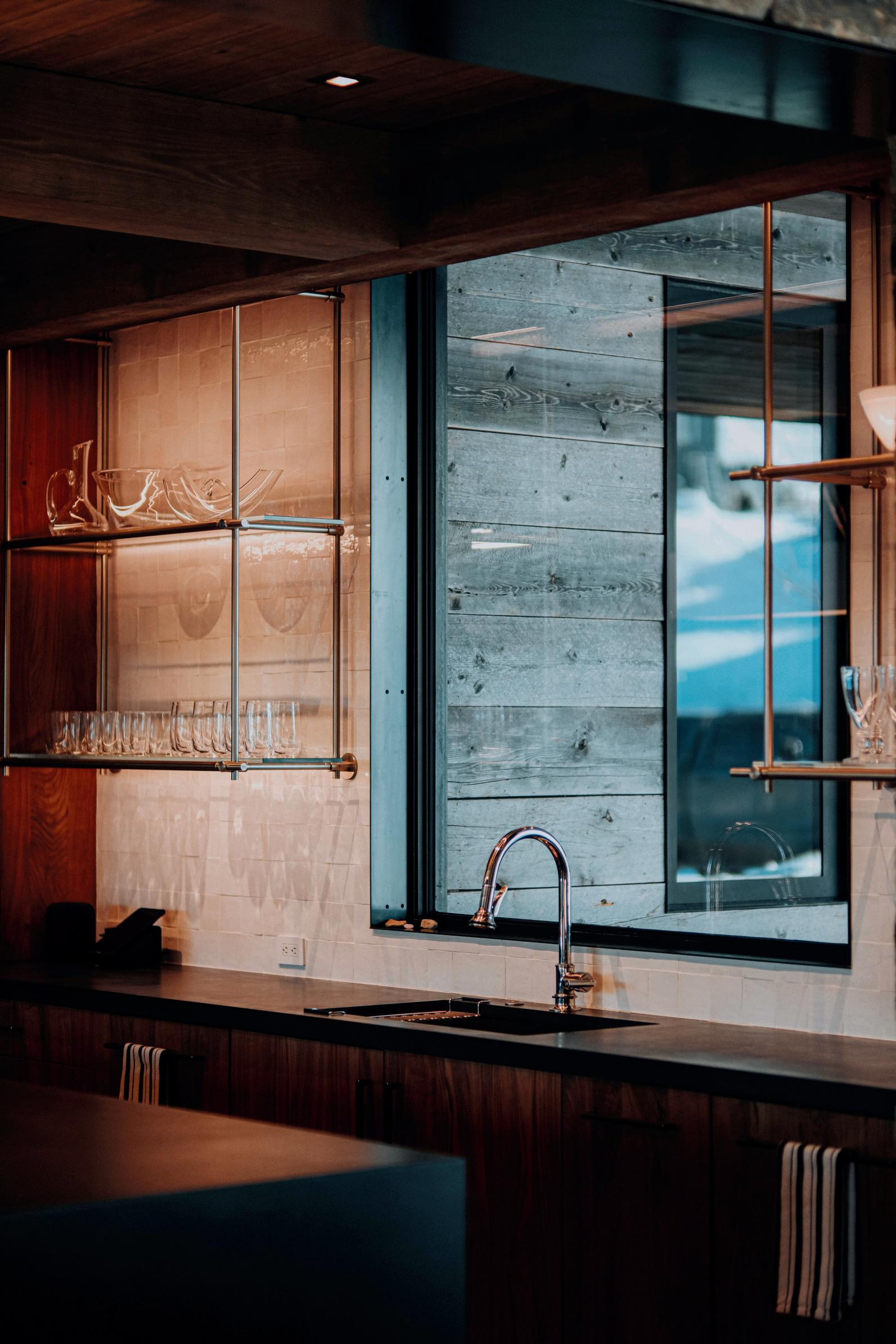





Volume XXXII, Number 5
Josh Warren publisher | advertising director
Jessianne Castle editor-in-chief
Jessica Bayramian Byerly associate editor
Jeanine Miller art director
Elaine Leonardi Dixon advertising design
Christine Rogel copy editor
Jared D. Swanson advertising
Stephanie Randall advertising
Owen Raisch office manager | accounting | advertising
field editors
Rick Bass, Marc Beaudin, John Clayton, Michele Corriel, Seabring Davis, Jeff Erickson, Chase Reynolds Ewald, Andrew McKean, Melissa Mylchreest, E. Donnall Thomas Jr., Carter Walker
field photographers
Lynn Donaldson, Gibeon Photography, Audrey Hall, John Juracek, Whitney Kamman, Heidi A. Long, Melanie Maganias, Jeff Moore, Karl Neumann, Janie Osborne, Ryan Turner
artists / illustrators
Jesse Greenwood, Carol Ann Morris, Bob White
BIG SKY JOURNAL, LLC
Jared D. Swanson CEO
subscriptions : 800-417-3314
www.bigskyjournal.com e-mail: bsj@bigskyjournal.com
P.O. Box 1069 Bozeman, MT 59771 tel 406-586-2712 fax 406-586-2986
Printed in the U.S.A. © 2025 by Big Sky Journal, LLC
Our passion is helping travelers discover new adventures.
As Big Sky’s largest locally owned vacation rental company, we help thousands of travelers every year experience big-time adventure with a small-town touch. Featuring a wide selection of high-end properties and the most personalized service in the area, we ensure each guest experience is free of hassle and full of memories. Give us a call or visit our website today and discover a better way to vacation.
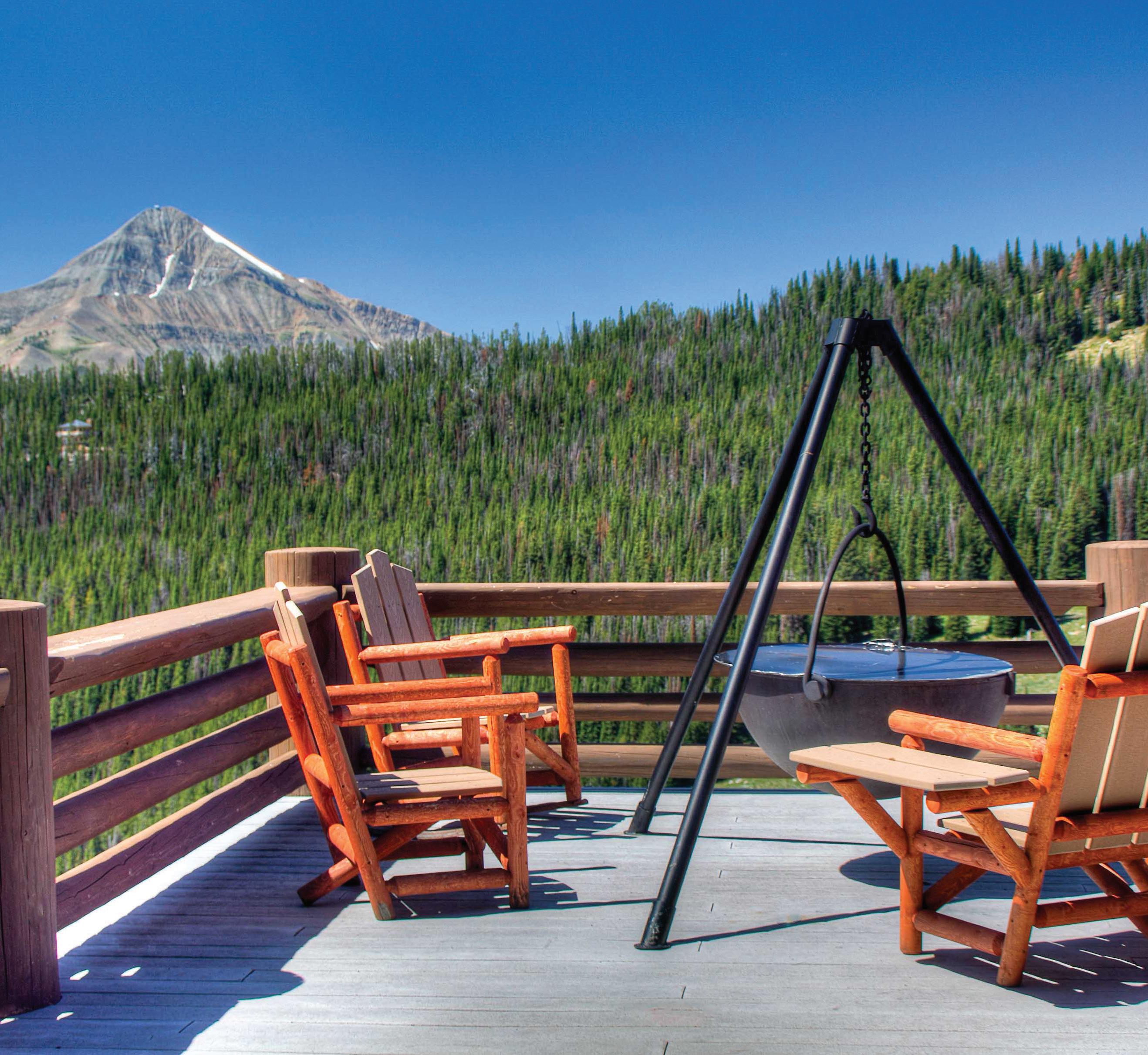
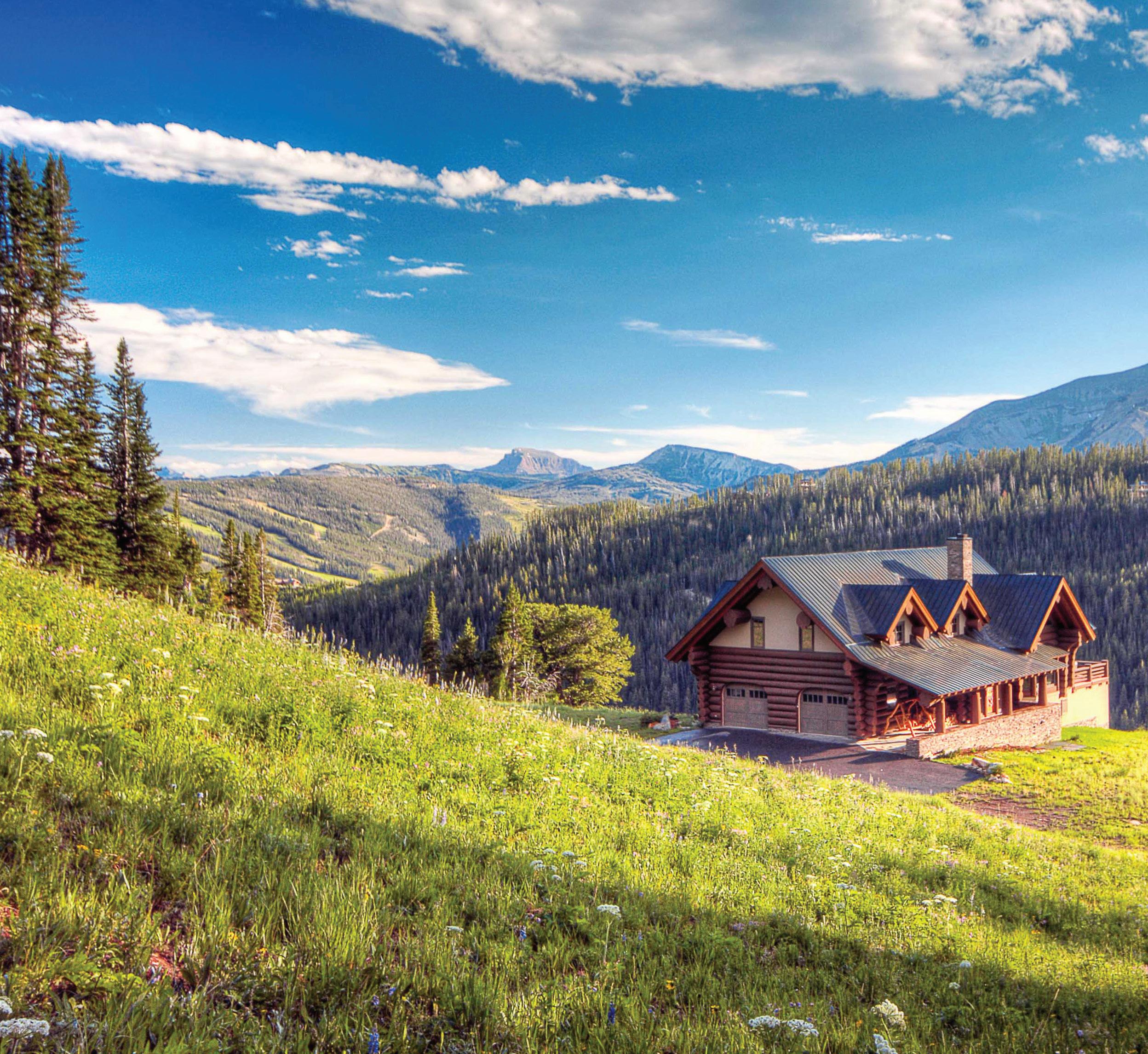

406-995-2299
info@twopines.com
twopines.com
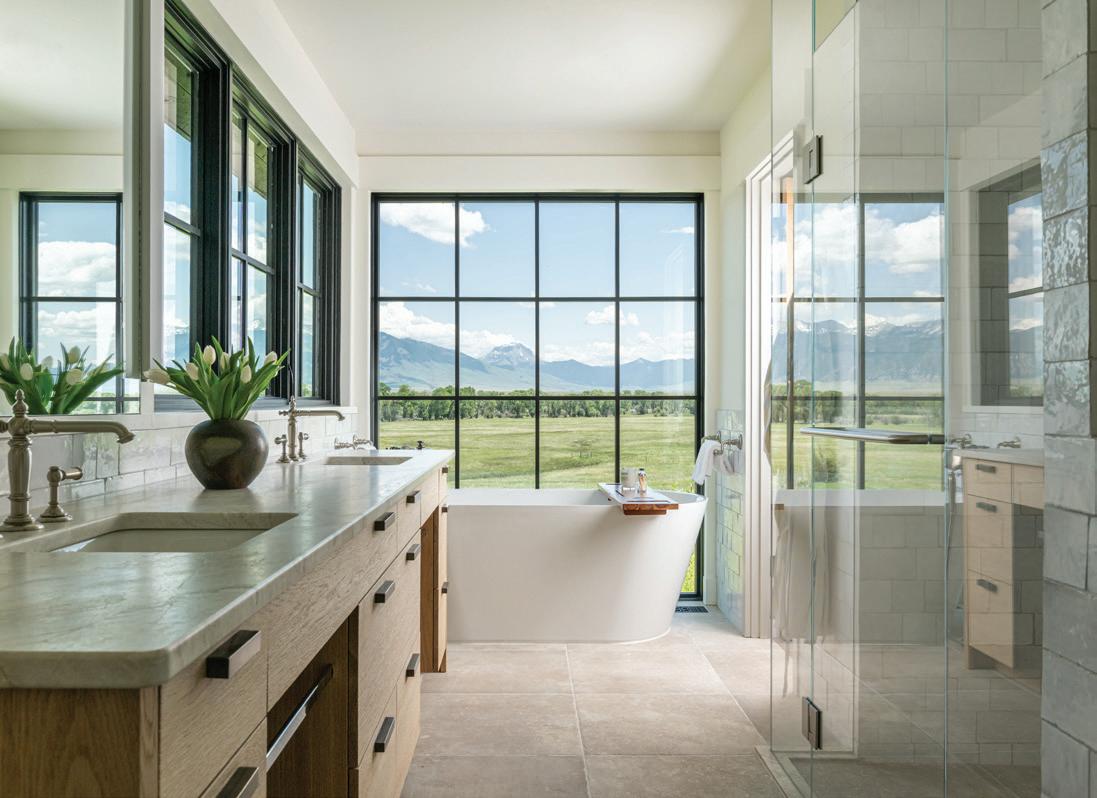

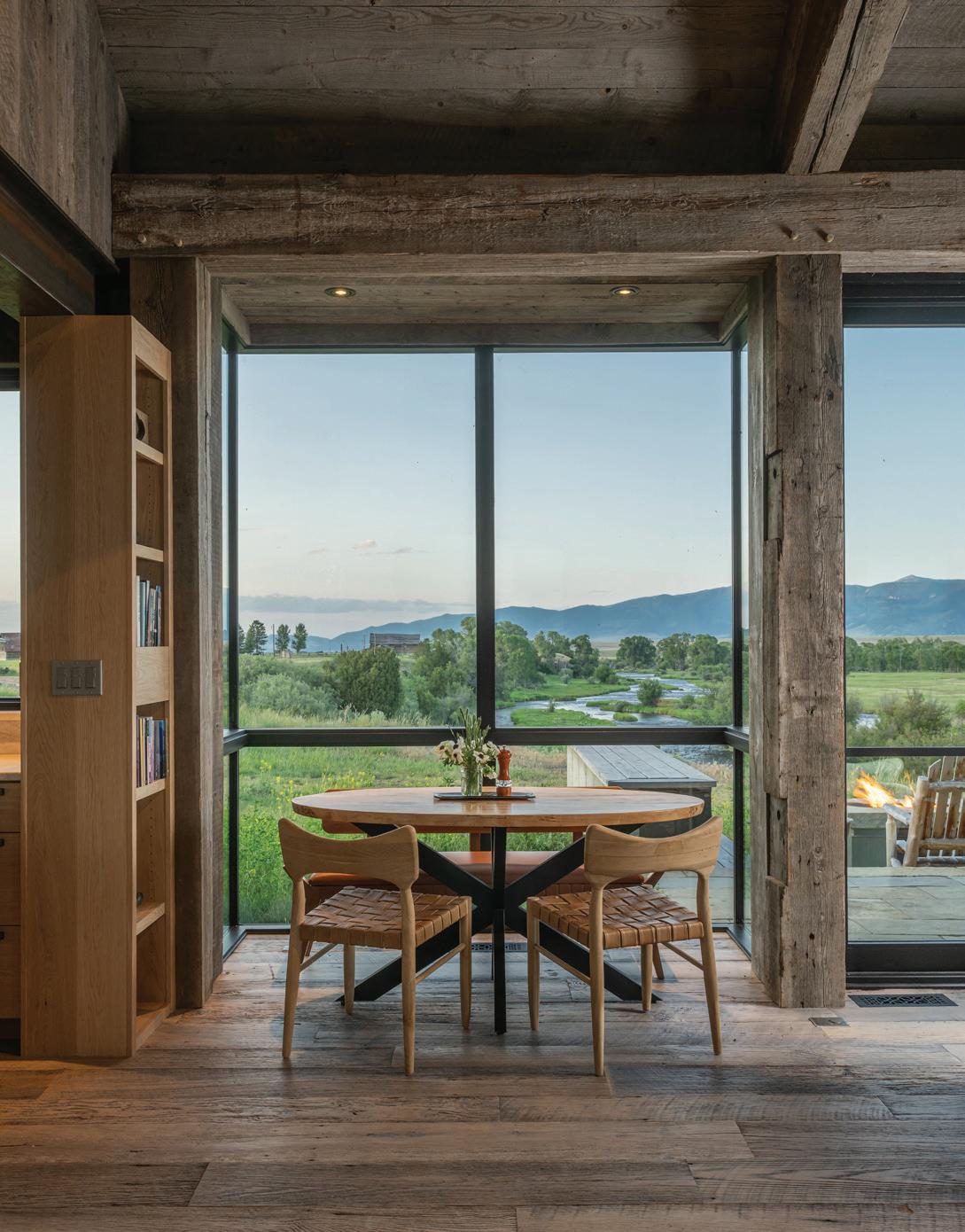

WATCH THE DOVETAIL STORY

| JESSIANNE CASTLE
MY HOME OPENS broadly to the south with an oversized glass door leading to a covered patio from which a panorama unfolds. Beginning in the east, a distant ridgeline traces the division of our valley from a nearby chain of lakes while foreground hills sprawl to the west, abutting a set of peaks that are trumped by a retired lookout tower. Our horse pasture rolls through these foothills; a seasonal creek and pond are nestled at the lowest point, and a wave of green-hued forest emerges as the hills rise, swelling to a crescendo where land meets sky.
Lodgepole pine dominate the view, curtsying their branched skirts in moss and emerald tones. Among them stand the larch. These towering giants send archaic limbs outward as whirls and burls interrupt their corrugated auburn skins. Their foliage, once the tender green of spring, slowly fades as mornings dawn increasingly cooler, as summer fades to fall.
By October, the larch needles have become ocher, punctuated by the shadows of still evergreen pines. Beautiful in their form and presence, the larch are one of the season’s gifts. Beyond their glory, the trees are a signal of the coming cold. Soon, needles will fall to the frozen ground; the trees will slumber, their petrified limbs still and stark amid the snow.
As the trees and vegetation respond to the region’s weather patterns, so too do its inhabitants. Animals lean into their migrations, some caching and consuming more food. For humans, it’s a time of turning inward: we seek the warmth of the fire, sip drinks to comfort the heart. The stories herein recognize this shift in routine, celebrating those small moments of pause.
During this season of change, may we be reminded of the cycles of time. This moment lingers for but a short while.







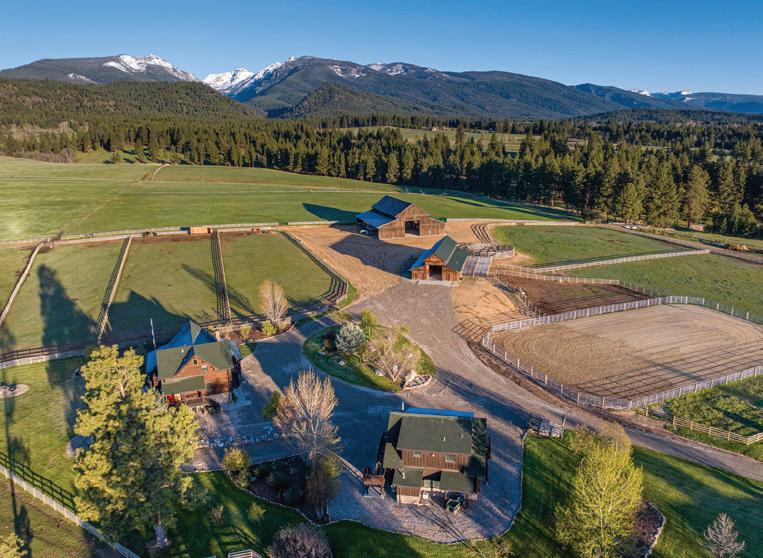
MONTANA
LOLO RANCH LOLO,
1,981± acres just south of Missoula. A mix of timber, foothills, irrigated meadows and pasture. A 5,000±-square foot owner’s residence and adjacent to public land. Existing infrastructure for shared ranch lifestyle community development.
$24,000,000

THE FORT RANCH ON THE YELLOWSTONE BIG TIMBER, MONTANA
Magical 141± acre Yellowstone River ranch retreat with custom home and guest apartment overlooking the river toward snowcapped peaks. A superb horse property with irrigated meadows, barn, and outdoor riding arena.
$6,200,000
MUDDY CREEK RANCH
WILSALL, MONTANA
Beautiful and water-rich 2,217± acre mountain valley ranch north of Livingston and Bozeman. Productive working ranch with abundant wildlife in a highly soughtafter community. Also offered as separate 814± and 1,404± acre units.
REDCUED TO $15,000,000
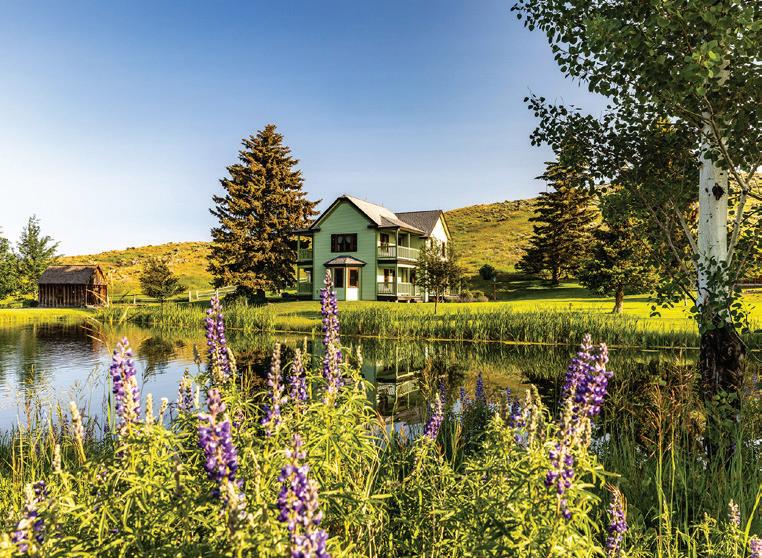
CREEK HOMESTEAD
WILSALL, MONTANA
116± acres in the scenic Shields River Valley with mountain views, restored Victorian home, barn with loft apartment, ponds, springs, and abundant wildlife. Ideal equestrian setup with proximity to Bozeman and Livingston.
$3,900,000
Set in the shadows of the Bitterroot Mountains lies a near-perfect 155± acre assemblage of irrigated pasture and forested hillsides with a complete set of operational and residential improvements minutes from Darby.
$7,950,000

TRINITY RANCH
ABSAROKEE, MONTANA
158± acre property with 1,500± feet of Stillwater River frontage and Beartooth Mountain views. Less than ten minutes upstream of Columbus, the property includes a 1,500± square foot main home, outbuildings, and irrigated hay ground.
REDUCED TO $3,490,000
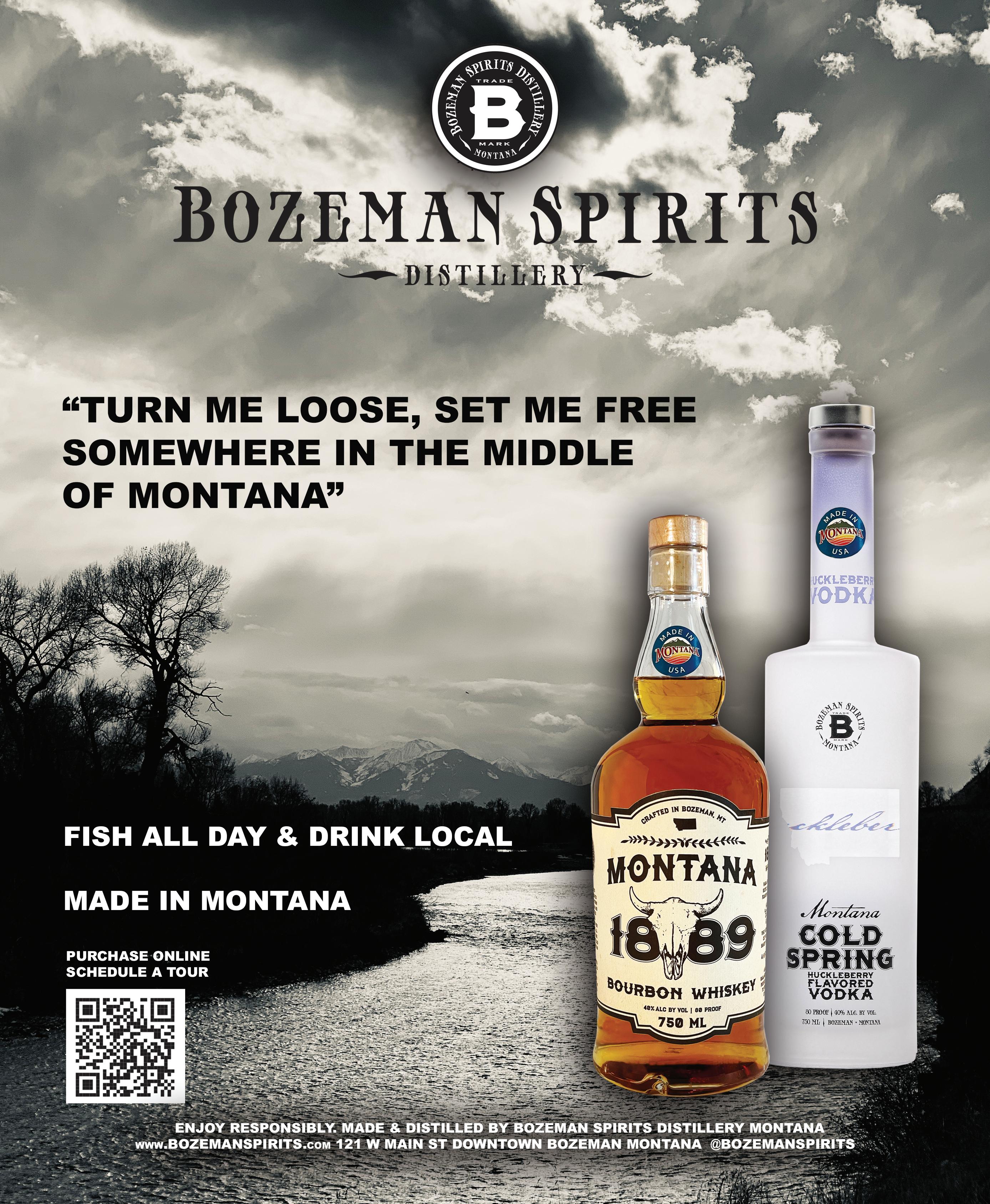
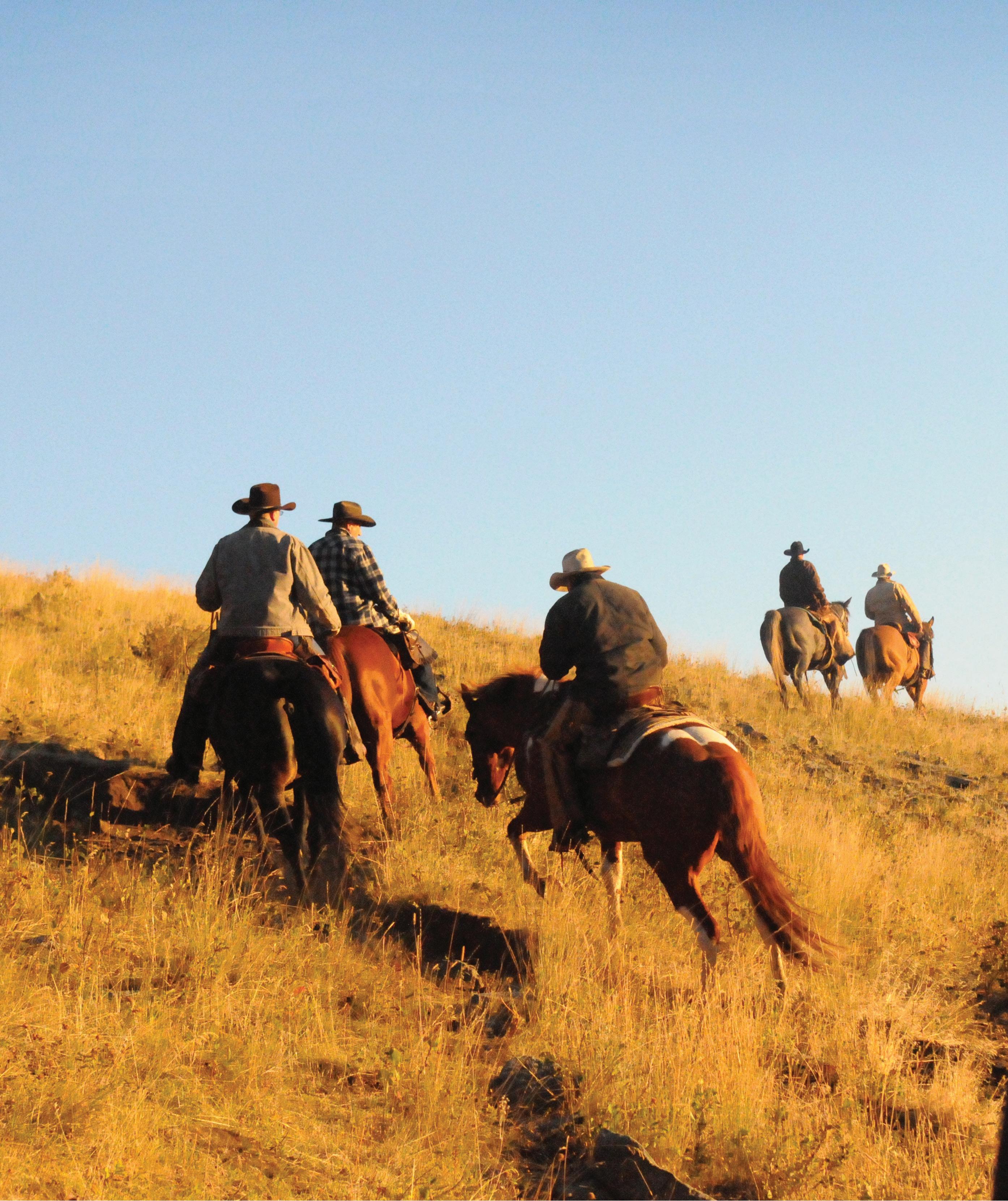
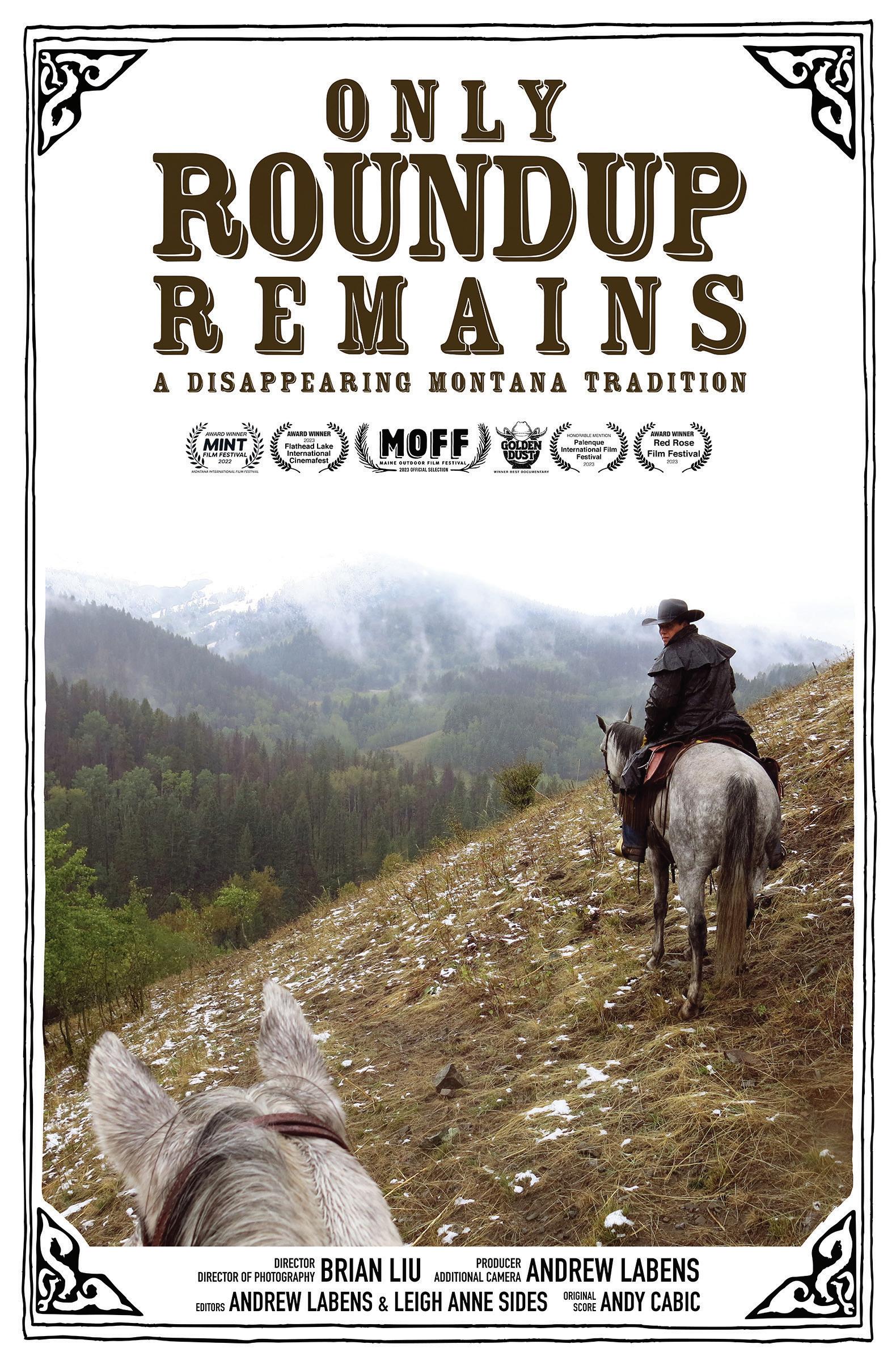
Documentary provides a glimpse into a family’s ranching lifestyle
WRITTEN BY BSJ STAFF
EACH AUTUMN, AS cooler weather brings color to leaves and deposits dustings of snow in the mountains, a group of cowboys heads into central Montana’s Highwood Mountains on horseback to gather the area ranchers’ cows and bring them home. After spending the summer turned out, grazing on mountain grasses, the cows, their calves, and the bulls are returned to the ranches’ pastures where they’ll brave the region’s cold.

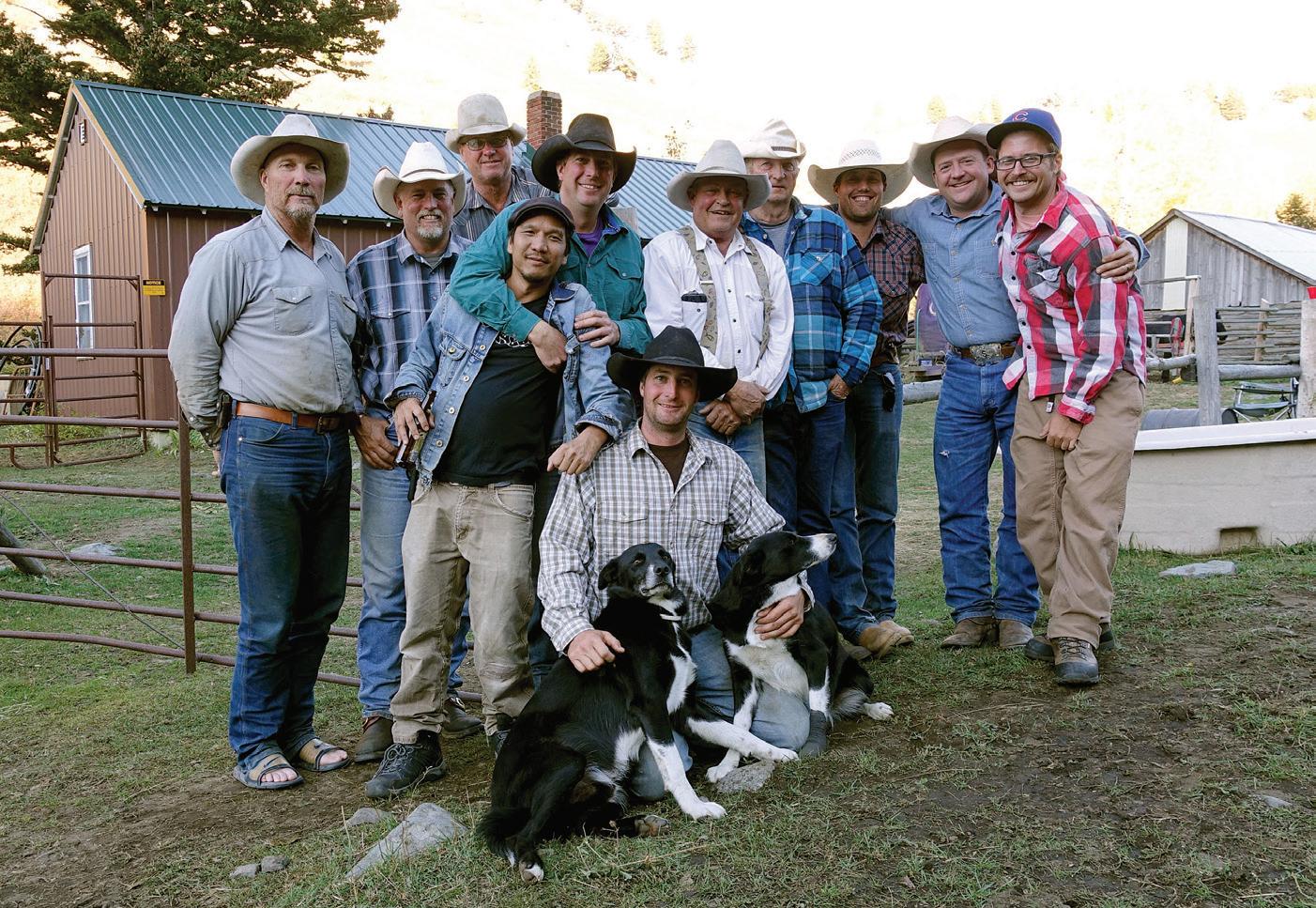
“The Highwood Cattle Roundup has been happening exactly this same way since 1912, with a small group of regional cowboys passing the torch from generation to generation,” says director Brian Liu, who worked with producer Andrew Labens to create a film that memorializes this Western tradition. Only Roundup Remains provides an intimate glimpse into the lifestyle of a generational ranching family through the perspective of an aging father, his two sons, and their extended family.
For much of his childhood, Labens, who partly grew up in Montana, heard mystical stories and legends of the roundup from his cowboy neighbors, which eventually sparked the idea to document this disappearing tradition.
Now available to stream on Amazon Prime, the film is an award recipient from the Montana International Film Festival, Flathead Lake International Cinemafest, New West Film Fest, and DC Independent Film Festival, among others.
Montana 250th Commission celebrates the nation’s upcoming 250th birthday
WRITTEN BY BSJ STAFF
THE MONTANA 250TH Commission, created in 2023 to coordinate statewide efforts to commemorate the United States’ semiquincentennial, recently launched Montana Reads: The Treasure State’s Book Club, a monthly online book discussion group that will cover topics related to United States, Montana, and Indigenous history. Each month, a member of the Montana 250th Commission will lead a presentation and discussion on a selected book that explores aspects of our shared history, from the Founding Fathers to Montana statesmen and stateswomen, cultural traditions to amazing innovations. Montanans are encouraged to participate and, when possible, read the book in advance.
After an inaugural kickoff featuring author Stephen Fried and his book on groundbreaking physi-
cian Dr. Benjamin Rush and a subsequent discussion on Garrett Graff’s The Only Plane in the Sky: An Oral History of 9/11, the commission is slated to host historians Marc Johnson and H.W. Brands this fall. On October 9, participants can join a discussion of Johnson’s Mansfield and Dirksen: Bipartisan Giants of the Senate, and on November 13, Montana Reads will review Brands’ Founding Partisans: Hamilton, Madison, Jefferson, Adams, and the Brawling Birth of American Politics
All Montana Reads events will be held on Zoom on the second Thursday of each month, from 6:30 to 7:30 p.m. To register for events, visit mths. mt.gov/education/index1. For more information, email laura.marsh@mt.gov.



WRITTEN BY BSJ STAFF
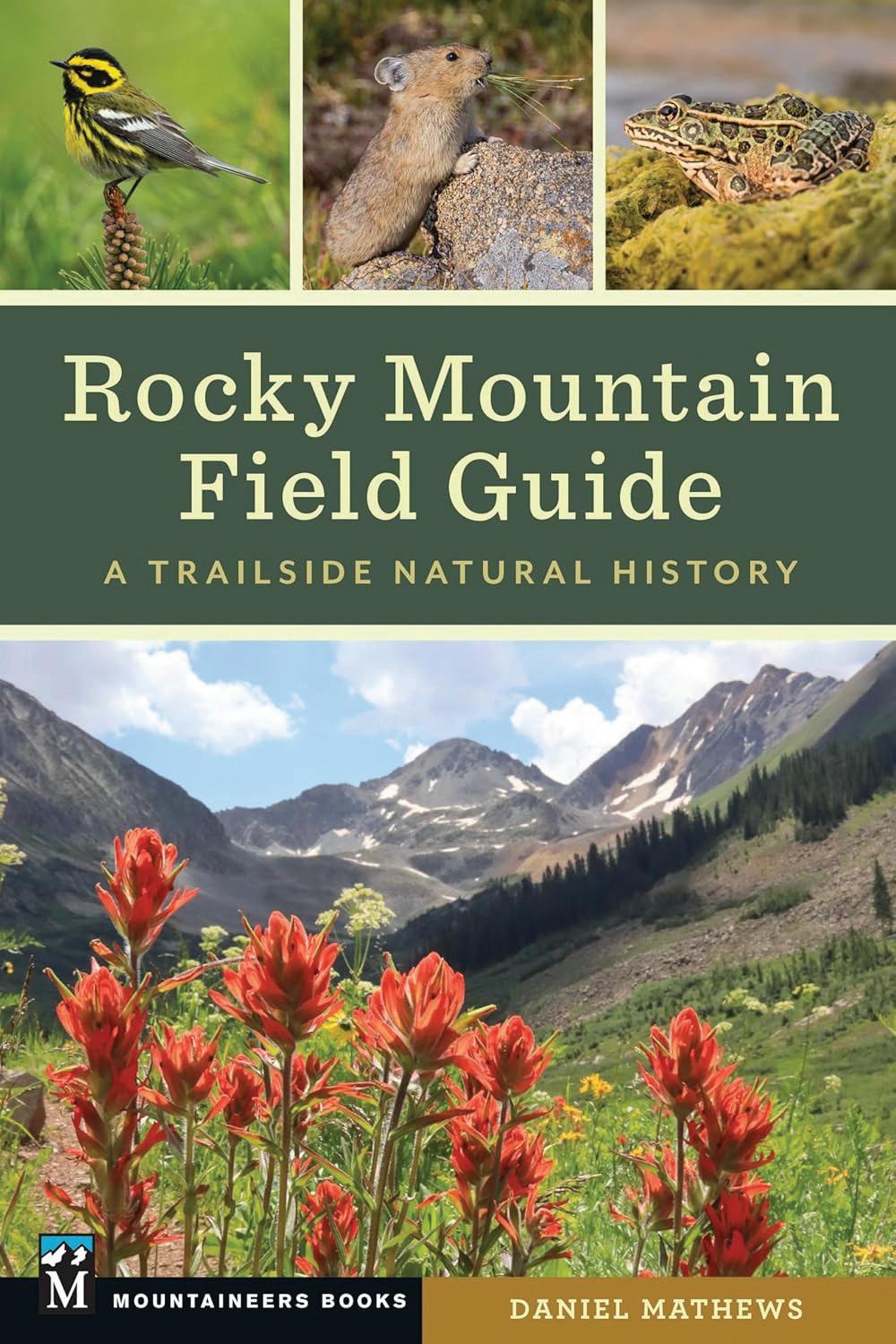
WRITTEN BY DANIEL MATHEWS
In Rocky Mountain Field Guide: A Trailside Natural History, naturalist and writer Daniel Mathews offers a comprehensive guide to the farranging flora, fauna, topography, and habitats that define the Rockies, from Glacier National Park in Montana to the Sangre de Cristo Mountains of New Mexico. A portable essential for hikers, campers, or fellow naturalists, Mathews’ book provides welcome insight into the region’s natural history that’s immersive, accessible, and enjoyable to read.
$32.95 | 576 pages | October 2024 Mountaineers Books
WRITTEN BY MATTHEW COLLINS WITH THOMAS RUTTER
A beautiful gift for dendrophiles (tree lovers) of every age, The Tree Atlas presents 50 of the world’s most spectacular specimens. This collectible tome incorporates stunning photography, unique illustrations by Holly Exley, and insightful sidebars by London Garden Museum’s head gardener, Matthew Collins, and professional gardener and writer Thomas Rutter. The book also offers practical advice about when and where to see the featured varietals, how to identify them in the wild, and why they hold such an important place in the health of ecosystems spanning the globe.
$50 | 240 pages | October 2024 Lonely Planet
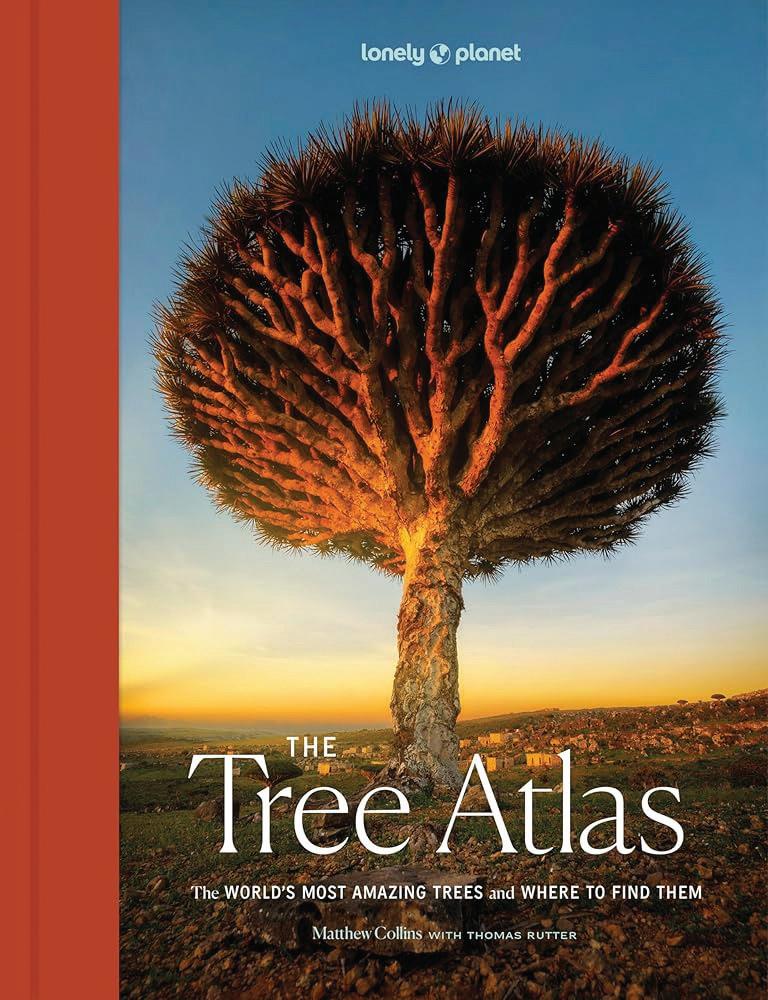

EDITED BY MINDY N. BESAW AND JAMI C. POWELL
Knowing the West: Visual Legacies of the American West , a comprehensive survey of art and culture from the late 18th to early 20th centuries, strikes an insightful visual and verbal dialogue between diverse perspectives, challenging readers to consider the impact of history and place on artistic expression. Highlighting 35 distinct Native American nations, featuring more than 120 works in a variety of mediums from Native and nonNative artists, and offering supporting texts from leading scholars, Knowing the Wes t provides an intriguing new Native-centered exploration of Western art history.
$75 | 288 pages | September 2024
Rizzoli Electa
WRITTEN BY ANOUK MASSON KRANTZ WITH FORWORD BY BERNIE TAUPIN

In her first work spanning both American continents, Anouk Masson Krantz captures intimate portraits of North American cowboys, Central American vaqueros, South American gauchos, and the expansive landscapes they call home. In a compilation of new largescale black-and-white photographs, she chronicles her time spent at ranches and rodeos across North and South America, augmenting an already remarkable body of work — including Ranchland (2022) and American Cowboys (2021), among others — with a rare and stunning glimpse into the timeless resilience of modern working cowboys.
“There’s an honesty and integrity in these images that parlays all the elements of what it means to exist outside the boundaries of conformity and confinement,” says English lyricist and visual artist Bernie Taupin, who wrote the book’s forward. He adds that the book is “a true testament to the men and women who are the anvil on which America’s backbone was forged.”
$85 | 360 pages | November 2024 | The Images Publishing Group
WRITTEN AND ILLUSTRATED BY ALLEN
MORRIS JONES

Bozeman, Montana author and poet Allen Morris Jones adds another children’s book to his repository with Good Hunting for Kids: Growing Up to Be the Best Hunter You Can Be. Jones explains core principles of hunting, identifies safe hunting practices, and describes a variety of birds and animals hunted in the Northern Rockies. As a celebration of the sport — which teaches patience, stamina, how nature works, and where your food comes from, to name a few — this children’s book explores what it truly means to be a good hunter.
$14.95 | 48 pages | December 2024 | Bangtail Press



WRITTEN BY JESSICA BAYRAMIAN BYERLY
IN A WORLD where outdoor adventuring often feels intimidating, Shyanne Orvis is redefining the narrative one cast at a time. As a guide, conservationist, and passionate advocate for women in fly fishing, Orvis has built a reputation defined not just by her skill on the water but also by her unassuming authenticity and commitment to building community. Whether she’s navigating rapids or sharing her story, she brings a fresh, inclusive perspective to a traditionally male-dominated space, offering the invitation to adventure not just for some, but for all.
Here, Orvis describes the formative power of nature, the metamorphosis inherent in motherhood, and the empowerment that becomes possible when we seek out what lights us up and share it, perpetually, with the world.
BIG SKY JOURNAL: You have a deeply personal connection to fly fishing and the outdoors. How did early experiences shape your journey in a career defined by that connection? What have been the greatest challenges and rewards in following your passion?
SHYANNE ORVIS: I spent the entirety of my summers as a kid either on a fishing boat trolling for salmon and steelhead or at the end of a dock with a Barbie rod in one hand and a leech in the other. I found comfort in those early mornings on the water in northern Michigan: When everything else seemed like chaos during my childhood, fishing was the one constant. It gave me a connection to the water and the outdoors, and as I got older, I found so much purpose in picking up fishing again.
I spontaneously moved to Colorado at 18 and was immediately immersed in the world of fly fishing. It wasn’t like the fishing I had known as a little girl, and while I had a little exposure to it in Michigan, targeting

trout on the fly in the mountains was a vastly different experience. After sight fishing a brown trout on the upper Roaring Fork River, I was hooked. Over the following years, I learned as much as I could by spending every free moment on the river. At the time, I had no idea what my future had in store, but I knew I wanted fly fishing to be an essential part of it. Eleven years later, and I feel that I’ve just scratched the surface of the potential opportunities within this space.
Guiding is a critical stepping stone in my story. While catching fish is an important part of the experience, the trips I offer provide so much more than that. Guiding has allowed me to connect with people all over the world, to hear their stories and learn from them. It’s allowed me to share meaningful, unique experiences with them while giving them space on the river to reconnect with themselves and nature.
As I reflect on my journey, I now understand that there will always be challenges for anyone seeking success in their chosen field. Just as in life, those challenges can make or break you — it’s how you decide to navigate the hurdles that ultimately shapes who you are and how you move through the world.
BSJ: As a strong advocate for women in fly fishing, how have you seen the industry react to women’s presence over the years? Are you see -
ing numbers increase or decrease, and is continued work necessary toward cultivating inclusivity for all?
ORVIS: In the past decade, I’ve seen tremendous growth in female angling. There’s definitely been a positive shift in recent years, and it’s truly been so inspiring to watch as more women step into guiding positions, host travel operations, and open fly shops and lodges. I think we have a long way to go, but I’m in awe watching women pave their own path in this industry. It gives me hope that we’re moving in the right direction.
BSJ: What does a perfect day on the water look like for you?
ORVIS: I’d like to think I try to find beauty in every river outing. There’s no “perfect” day on the water because every experience is so vastly different and rewarding in its own way. Whether it’s a hard day on the river and a few tough lessons that come with it, or a great day of guiding and connecting with new people, or perhaps hiking into the backcountry with my 3-year-old, it’s all equally fulfilling. There’s beauty in all of the moments, and finding balance between parenting, my career as a guide, and personal time on the water continues to fill my cup.


BSJ: What prompted the writing of your children’s book, To the River We Go, and what are your hopes for its impact?
ORVIS: Writing To the River We Go was kind of a spontaneous decision. I was inspired by a 12-hour road trip during which I sat in the backseat with my 7-month-old, attempting to entertain him in any way I could. While scouring the internet for children’s books on fly fishing, I found that all the ones I liked were geared toward older kids. I wanted something that shared the entire process of gearing up for the river, and selfishly, I wanted to include key terms so that my son would later be able to point out things like waders and fly rods. At 18 months old, he was doing exactly that. He could name various fly patterns and all the gear, and when we spent time on the river, he understood the process of it all. I hope that this book helps foster curiosity for exploration and the outdoors. If we want to preserve and protect our resources, it starts with the next generation caring about them.
BSJ: How did motherhood change your relationship with nature, and what lessons learned from fishing, the outdoors, and a life defined by both are you most focused on teaching your young son?
ORVIS: Motherhood completely changed my perspective on everything. It transformed the way I view fly fishing. While I’ll never say no to targeting big fish, I’ve found it to be less of a priority since becoming a mother. Now, it’s more about the
journey on the river. Including my son in my adventures has forced me to slow down, appreciate my surroundings, and look at everything from his perspective. Most of our outings aren’t exactly productive fishing. Instead, we spend our time flipping over rocks and identifying bugs. We spot fish, and he excitedly casts the fly rod to the point of tangles. The less pressure I put on the actual fishing, the more he seems to light up about it, and the days when we do catch fish — whether he’s got the rod in hand or he’s in a kid carrier on my back — are beyond rewarding. I can only hope these little outings become core memories for him, that they shape the way he views the outdoors, and that as he gets older, nature provides him with the same solitude and comfort I’ve found.
BSJ: What advice would you give to someone looking to carve out their own path in the outdoor industry?
ORVIS: If I could give any advice to those pursuing a career in the outdoor industry, it would be to let your heart lead the way. Whatever it is that you’re feeling called to pursue, believe in it so wholeheartedly that nothing can deter you from success. And if you haven’t found it yet, search for the very thing that lights you up, and build your entire life around it. I’ve found that most outdoor industries are small, niche communities, and it takes time for folks who have been around for a long time to appreciate new ideas. Keep showing up, find people who believe in you, and be the change you wish to see.
WRITTEN BY BSJ STAFF
MONTANA FISH, WILDLIFE & Parks (MT FWP) biologists are collecting wings from hunter-harvested mountain grouse, including dusky/blue, spruce, and ruffed, across Region 3, which encompasses the southwest portion of the state. The biologists will use the wings to identify birds by species and determine whether they are juveniles or adults in efforts to monitor overall juvenile recruitment across the populations.
Wing collection barrels are located at the MT FWP Region 3 headquarters in Bozeman, Townsend-area field office, Livingston-area field office, Helena-area resource office, Butte-area resource office, and Dillon-area field office. The latter two are also collecting sage grouse, sharp-tailed grouse, and Hungarian partridge wings.

Hunters are invited to place one wing from each bird harvested within Region 3 throughout the mountain grouse hunting season, which runs September 1, 2025, to January 1, 2026. Wings can also be turned in to area wildlife staff or game wardens.
For more information, contact Bozeman-based wildlife biologist Claire Gower at cgower@mt.gov or (406) 624-1663.
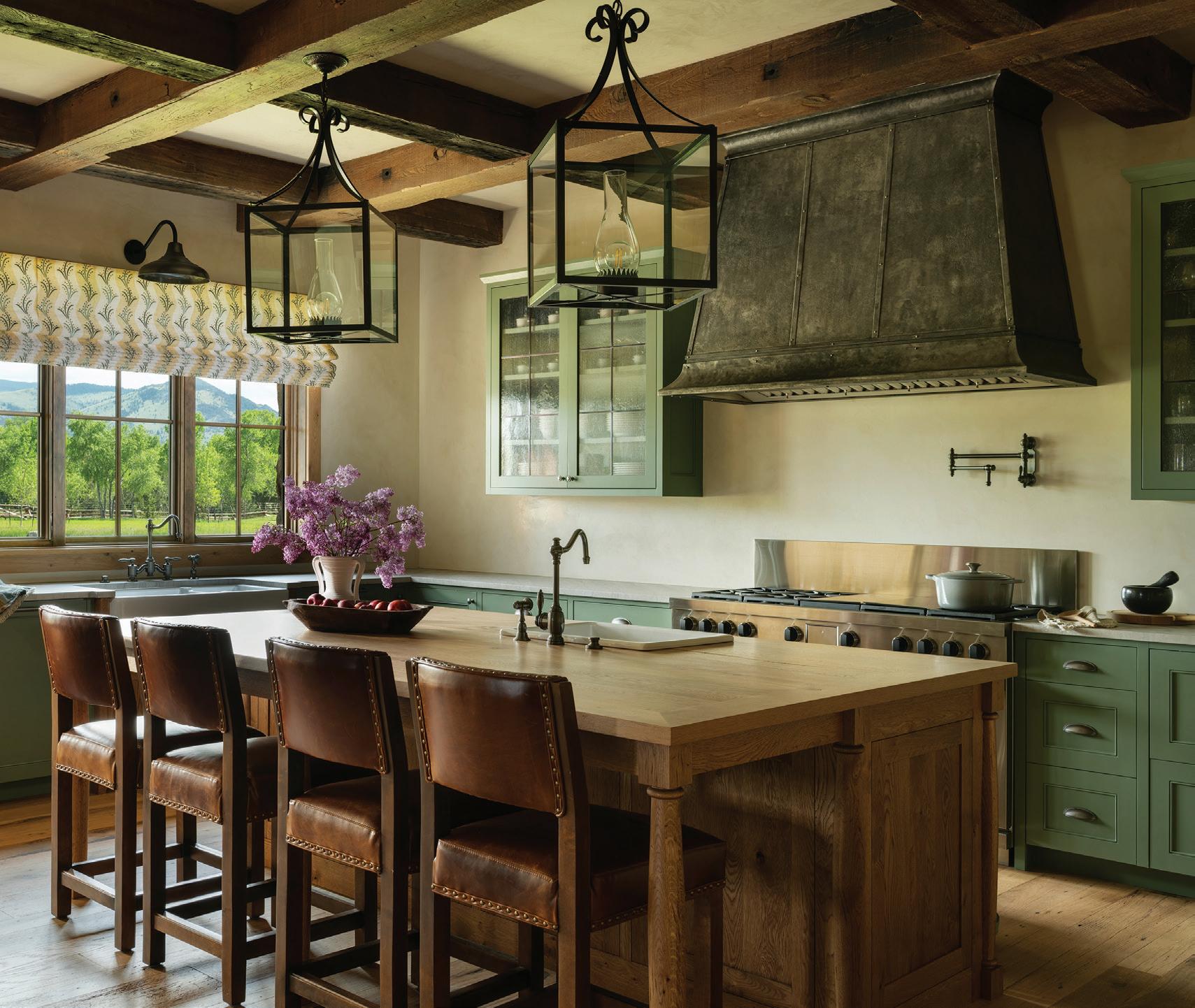
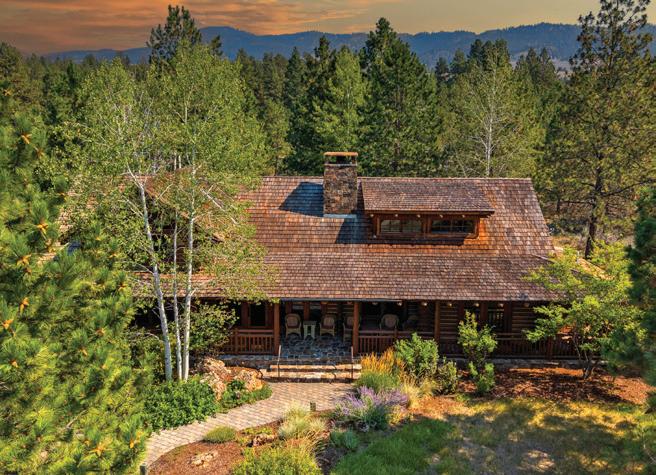
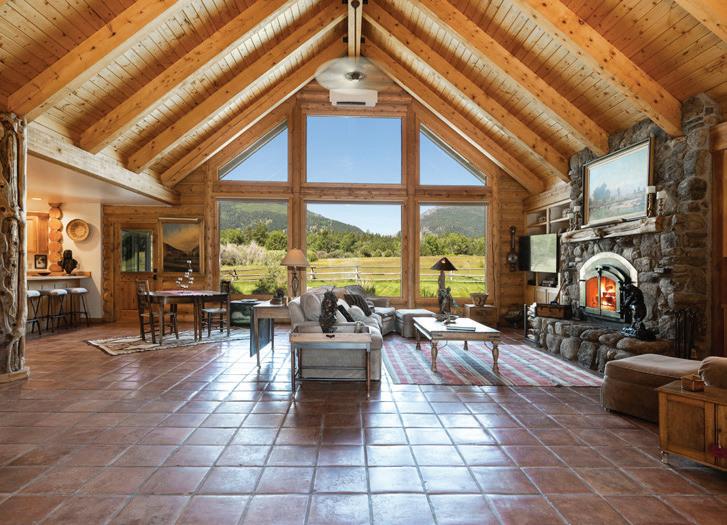
422
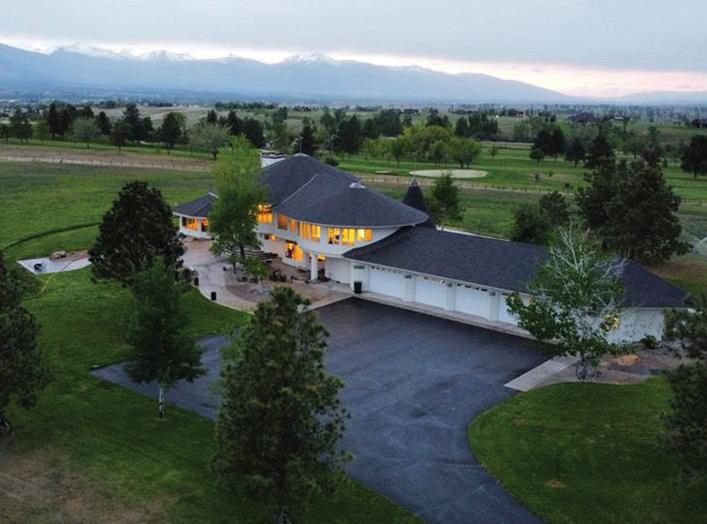
424

Cayuse Cabin. 4-br, 4-ba log home at Stock Farm is well-suited for a lg group with its separate living spaces. Each includes 2 br, a private kitchen, & 2 ba. The common area, great room, is perfect for gatherings. Plenty of privacy, Sapphire & Bitterroot Mountain views. Furnished & close to the members-only clubhouse.
MLS 30054927
$3,150,000
Experience the ultimate Montana lifestyle with this exceptional, established 50acre legacy ranch! The Fred Burr Canyon Ranch offers a 6,448 square foot home, 2 guest cabins, private ponds, barns, and easy recreation access.
MLS 30009952
$4,790,000
Stunning 5-bedroom home built with thoughtful, strategic craftsmanship. 7,800+ square feet with panoramic views. Convenient to the Stock Farm Golf & Sporting Community and Hamilton Golf Course! Bring all offers.
MLS 30016145
$2,950,000
Stunning 4 bedrooms, 4.5 bath home with a stable/ barn/shop and fenced pasture on 5.36 acres in the lovely Arrow Hill community. The large primary suite features a private sitting area and luxurious spa bath!
MLS 30051384
$2,250,000


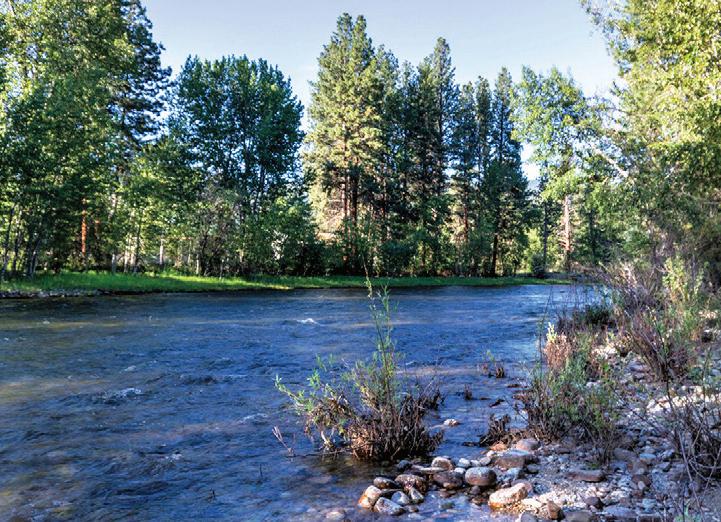

This Rocky Mountain log home at Stock Farm Golf & Sporting Club isn’t just a home, it’s a lifestyle! 4 bedrooms, 4 baths, 3,094+/square feet. Incredible log and stone accents throughout. Stock Farm membership not included with purchase.
MLS 30051378
$3,100,000
Well-maintained ranch property. Amazing views, creek, and horse ready! Nice 3 bedroom, 4 bath home near the Calf Creek Elk Ranch and countless outdoor recreation opportunities.
MLS 30050833
$2,250,000

Discover your own slice of Montana paradise with this lovely 5.083 acre parcel located alogn the pristine waters of the Bitterroot River. 20 gpm well, power, and a new septic permit is in place! Close to town and amenities.
MLS 30039161
$549,000
Beautiful mountain home with incredible views! This 3 bedrooms, 5 baths, 4,252 SF home offers 2 additional bonus rooms, a detached guest house, & large shop on 30.94 acres.
MLS 30051777
$2,980,000



CARTER WALKER
Bodhi
Field Kitchen Restaurant in Bozeman, Montana, everything is local and local is everything
PHOTOGRAPHY BY LYNN DONALDSON
THIS HAS NEVER happened to me at a restaurant before. I’m seated at a picnic table. Before me, rows of vegetables and herbs unfurl themselves, pushing into the green foothills of the Gallatin Range. The light is golden and coming in slantwise between steel-gray storm clouds. Behind me, a creek tumbles over itself, making its own music. There is hickory smoke from the hand-built stove and the smell of meat on a fire. And right here at the table, Tia, who is our server for the night, points at the colorful Hippie Board she’s just set down and tells us what she harvested that day: “the grilled lettuce, the cucumbers, those shishito peppers, and the beans,” she says, delighted. “Oh, and all the herbs, that dill, and those beautiful little flowers. We love edible flowers here.”
I take a sip from the Mason jar she’s set before me — a spicy margarita with bitters made onsite from jalapeños grown within my sight range — and feel grateful for this cool night, for the friends around our table, and the way that even now, even here, we can still find a way to celebrate the simple wonder of things that grow and the beauty that can attend every encounter with the natural world.
The Field Kitchen Restaurant is the truest manifestation possible of a farm-to-table restaurant, and is a part of Bodhi Farms, a boutique eco-resort just south of Bozeman, Montana, along

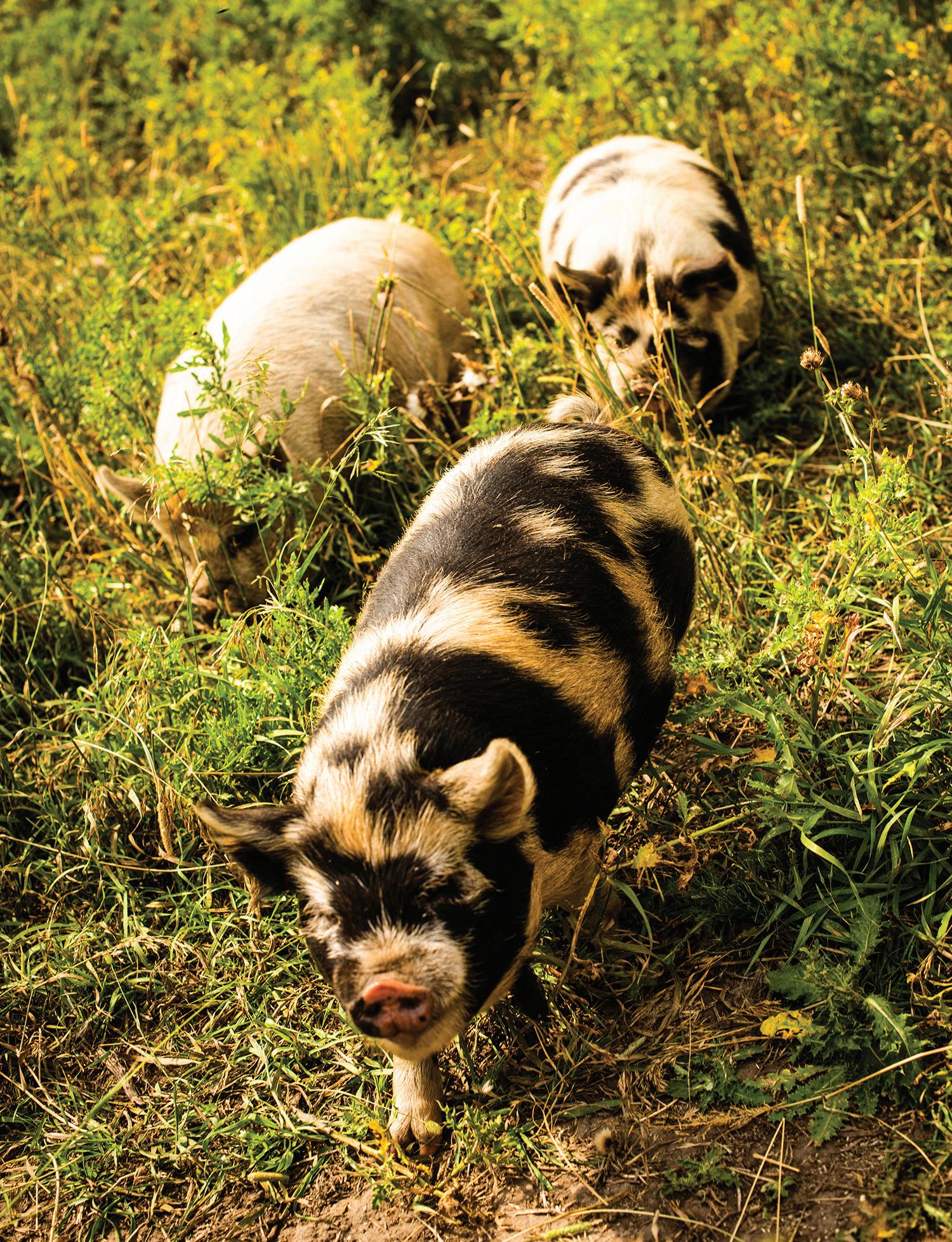

Cottonwood Creek. Founded, owned, and managed by Tanya and Rayner Smith — natives of Austin, Texas and longtime residents of Gallatin Valley — Bodhi Farms offers accommodations in nine Nordic tipis; spa and wellness amenities, including yoga taught by Tanya; a range of year-round outdoor activities and adventures; private and community events, including a kids’ summer camp that makes me want to raise my daughters all over again; an organic permaculture farm; and their unmatched wild-game farm-to-table restaurant.
When I ask, gobsmacked, how they do it all, Rayner doesn’t miss a beat. When you’re doing
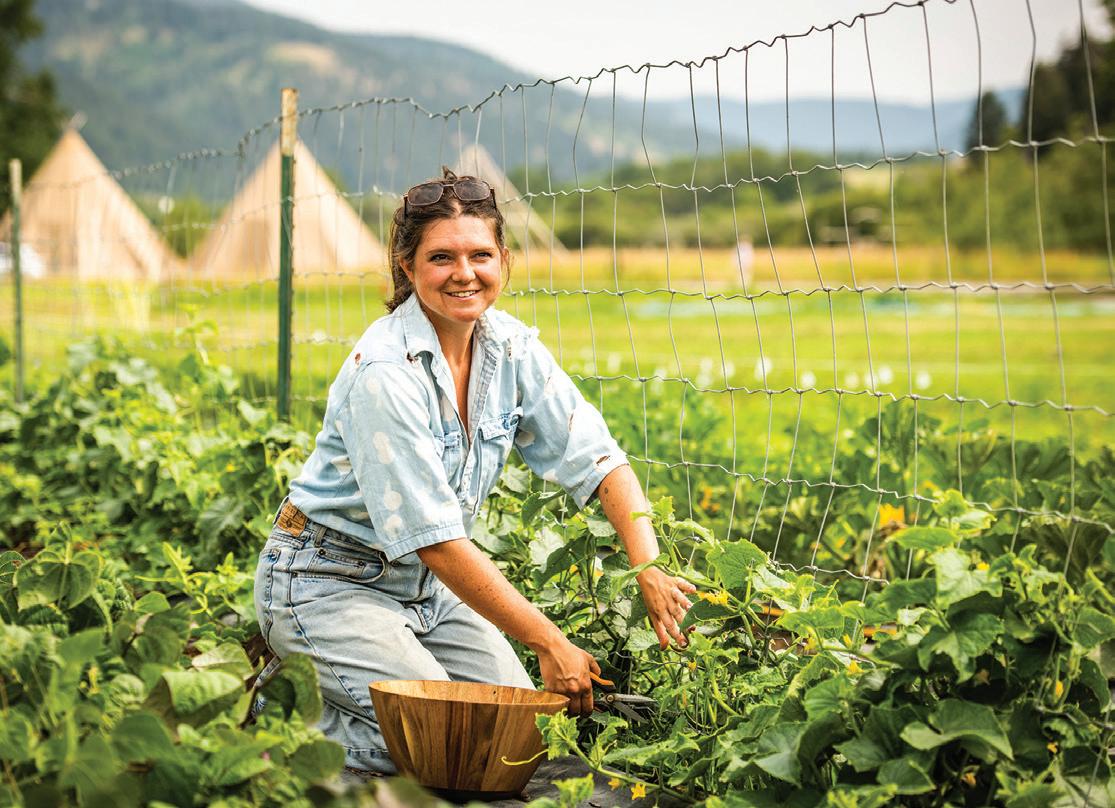

what you love, he says, “it doesn’t feel like work.”
He describes how he and Tanya have always worked together, as “couplepreneurs,” and that this is the most fun they’ve ever had. They are gardeners and hunters, he says. They love to entertain and cook out. They believe in wellness practices, such as yoga. “This place is just a reflection of the things we get excited about,” Rayner says.
Everything Tia sets down on our table is easy to get excited about. Between the four of us, we order the aforementioned Hippie Board, with its array of fresh veggies and whipped tofu tahini; gardenfresh gazpacho; bison sliders with blue cheese and
CLOCKWISE FROM TOP LEFT:
These gentle Kunekune pigs — Larry, Curly, and Moe — are not only adorable inhabitants of Bodhi Farms, but they serve the important ecological functions of enhancing soil health, promoting biodiversity, and controlling invasive species. • Farmer Addy oversees the self-governed organic farm, growing vegetables, annual and perennial herbs and flowers, trees, bushes, and shrubs. Here, she’s harvesting cucumbers.
• Addy holds a basket of freshly harvested red-leaf head lettuce, kale, Swiss chard, and cucumbers.
• Chef Mark McMann works outside at the Field Kitchen’s wood-fired oven.

bacon-onion jam; beet salad with local goat cheese and steak; wood-roasted pheasant wreathed in flowers and herbs; garden pasta served in a giant cast-iron skillet; and the nightly special, a bavette steak with fingerling potatoes, Greek-style beans, and a chimichurri that could only come from a garden.
Chef Mark McMann briefly leaves his post at the outdoor kitchen to show me around the property. He points out the spotted Kunekune piglets and new trees that will someday become a walkable, edible forest. We walk past the chickens and, of course, the gardens. He starts each day by practicing gratitude, and lets me in on it as he extolls the Bodhi Farms’ staff by name — from the farm team to the hospitality, kitchen, and culinary crews — describing how it feels to work in such a place, with a hand-built outdoor kitchen surrounded by farmland, animals, and people he obviously adores. “Together, these elements create an environment where appreciation isn’t just practiced, it’s lived every day,” he says. I assure him we could taste it in his dishes.
What surprises me a little is when I ask McMann how he wants the dining experience at the Field Kitchen to differ from the other high-end restaurants where he’s been a chef, most recently The Montage in Big Sky. “I don’t want it to differ at all,” he says. “The goal is the same everywhere: Everyone deserves good food, good drinks, and good hospitality. It’s quite simple. No one leaves unhappy. No one leaves hungry.”
By Bodhi Farms’ Field Kitchen Restaurant
Squash croquettes fulfill all the comfort needs of fall — warm, savory, and a celebration of the season’s harvest. Pictured on page 42.
2 cups butternut and/or acorn squash
1 cup breadcrumbs
3 eggs
1 tablespoon garlic powder
1 tablespoon onion powder
1 tablespoon pumpkin-spice seasoning
Salt to taste
Pepper to taste
2 ounces chevre goat cheese
For coating: all-purpose flour, 5 eggs beaten, Italian breadcrumbs
For topping: Herb aioli (recipe below), microgreens, minced parsley
Preheat a fryer to 375°F and preheat an oven to 400°.
Cut raw squash in half and discard the seeds. Roast halves in the oven on a baking sheet until cooked, approximately 45 minutes.
Once cooked, allow to cool. Peel the skin off and place the flesh in a large bowl. Add breadcrumbs, eggs, garlic powder, onion powder, pumpkin-spice seasoning, salt, and pepper. Mix together with your hands.
Divide the goat cheese into three equal-sized balls and set aside. Take the squash mixture and divide it into three portions. Wrap each portion around a goat-cheese ball, forming a baseball-sized ball with the goat cheese in the center. Place the formed balls on a sheet tray and set aside.
Next to the fryer, set up three bowls and add the flour to one,
beaten eggs to another, and Italian breadcrumbs to the last.
With gloves on, designate a dry and wet hand. Take a squash ball and roll it in the flour with your dry hand, then move it to the egg mixture and coat it with your wet hand. Transfer to the breadcrumb bowl and coat with the dry hand. Once coated, transfer the ball to the fry basket and repeat with the remaining portions. Once all three balls are coated in the mixture, fry them until golden brown.
Apply a schmear of herb aioli to a small board and place the cooked croquettes on top. Add a small dollop of additional herb aioli, microgreens, and parsley to the top of each croquette, and serve.
HERB AIOLI
MAKES 1 QUART
1 cup mayonnaise
1 small garlic clove, finely minced or grated
2 tablespoons fresh parsley, finely chopped
2 tablespoons fresh basil, finely chopped
1 teaspoon lemon juice (or more to taste)
Salt to taste
Black pepper to taste
In a small bowl, combine the mayonnaise, garlic, parsley, and basil. Stir in the lemon juice and season with salt and black pepper to taste. Blend thoroughly until smooth. Cover and refrigerate for at least 30 minutes to let the flavors develop.

By the time the sun has set and we are standing around Bodhi’s nightly fire, where people can cook s’mores or warm themselves against the night chill as we are doing, it’s clear that McMann is batting a thousand when it comes to his goal.
There are challenges, of course, with cooking and serving outside, especially in Montana, but the Smiths and McMann don’t seem phased in the least. For starters, their nightly closing requires a stricter food security policy than most restaurants, as bears and other wildlife frequent the canyon. And the weather can wreak havoc without much warning. “We can’t control it,” McMann says, explaining that sometimes the front-of-house team has to move guests under cover in minutes due to rain or wind. Another challenge, Rayner adds, is that — because of the ground they have to cover between the gardens, outdoor kitchen, and indoor kitchen — staff members have to “love getting their steps in.” Still, no one is complaining. “Working outside all summer makes my NYC chef friends very jealous,” McMann admits.
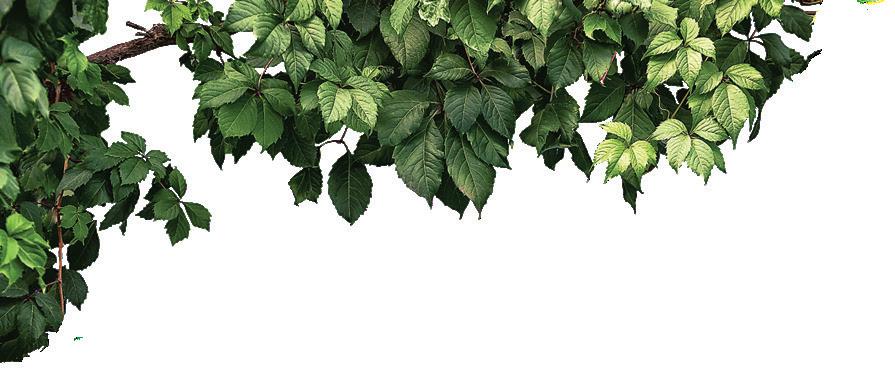











AN IMMERSIVE EXHIBITION OCTOBER 3 - JANUARY 18
3 - JANUARY 18
AN IMMERSIVE EXHIBITION
AN IMMERSIVE EXHIBITION OCTOBER 3
AN IMMERSIVE EXHIBITION
AN IMMERSIVE EXHIBITION
OCTOBER 3
OCTOBER 3
OCTOBER 3
Scan
Scan to learn more.
Scan to learn more.
Scan to learn more.
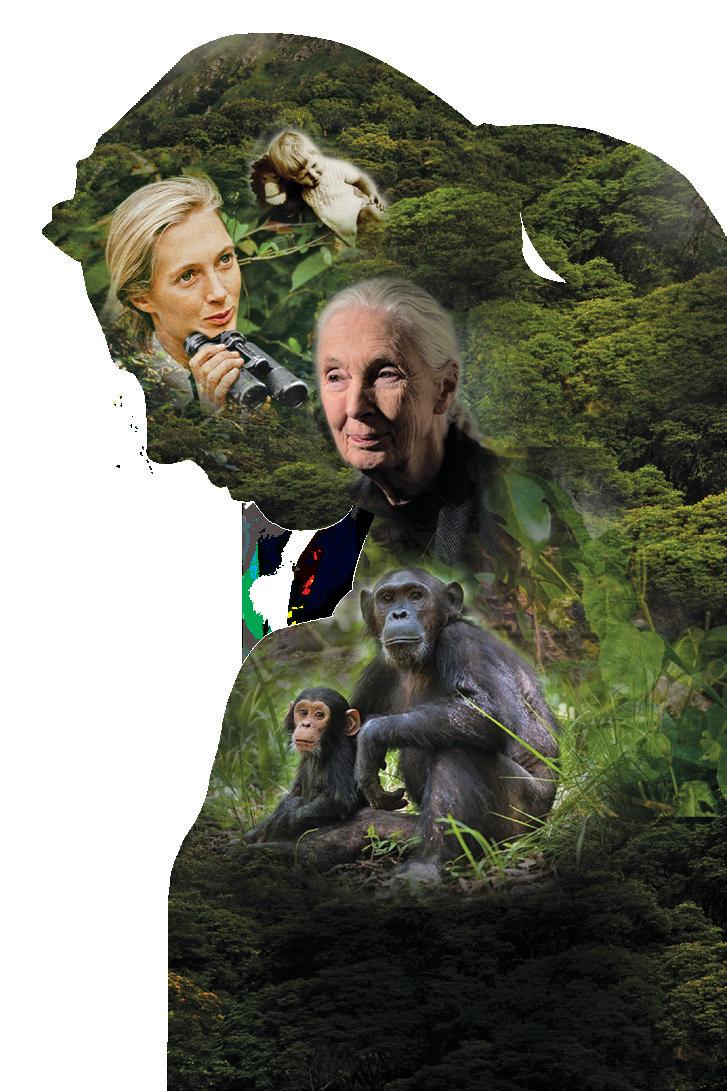











Step into the world of Dr. Jane Goodall, from her early research in Gombe to her current work as a UN Messenger of Peace. This transportive, multimedia exhibition inspires you to follow her lead and discover how you can make a positive impact.
Step into the world of Dr. Jane Goodall, from her early research in Gombe to her current work as a UN Messenger of Peace. This transportive, multimedia exhibition inspires you to follow her lead and discover how you can make a positive impact.
Step into the world of Dr. Jane Goodall, from her early research in Gombe to her current work as a UN Messenger of Peace. This transportive, multimedia exhibition inspires you to follow her lead and discover how you can make a positive impact.
An exhibition organized and traveled by the National Geographic Society in partnership with the Jane Goodall Institute.
Step into the world of Dr. Jane Goodall, from her early research in Gombe to her current work as a UN Messenger of Peace. This transportive, multimedia exhibition inspires you to follow her lead and discover how you can make a positive impact.
An exhibition organized and traveled by the National Geographic Society in partnership with the Jane Goodall Institute.
Step into the world of Dr. Jane Goodall, from her early research in Gombe to her current work as a UN Messenger of Peace. This transportive, multimedia exhibition inspires you to follow her lead and discover how you can make a positive impact.
An exhibition organized and traveled by the National Geographic Society in partnership with the Jane Goodall Institute.
Step into the world of Dr. Jane Goodall, from her early research in Gombe to her current work as a UN Messenger of Peace. This transportive, multimedia exhibition inspires you to follow her lead and discover how you can make a positive impact.
An exhibition organized and traveled by the National Geographic Society in partnership with the Jane Goodall Institute.
An exhibition organized and traveled by the National Geographic Society in partnership with the Jane Goodall Institute.
An exhibition organized and traveled by the National Geographic Society in partnership with the Jane Goodall Institute.
Lead Sponsor: Susan Sakmar Signature Sponsor: Chris McCloud & Stephanie Dickson
Lead Sponsor: Susan Sakmar
Lead Sponsor: Susan Sakmar Signature
Lead Sponsor: Susan Sakmar Signature Sponsor: Chris McCloud & Stephanie Dickson
Lead Sponsor: Susan Sakmar Signature Sponsor: Chris McCloud & Stephanie Dickson
Chris McCloud & Stephanie Dickson

When summer is over, and those warm October days we are so often spoiled by in the Gallatin Valley are gone, Bodhi Farms moves the Field Kitchen into a dining tipi and serves dinner on Thursdays,

Fridays, and Saturdays through winter. It’s a totally different experience, Rayner says, but a more intimate one, and one that can feel more in sync with our circadian rhythm as humans. “It’s slower.

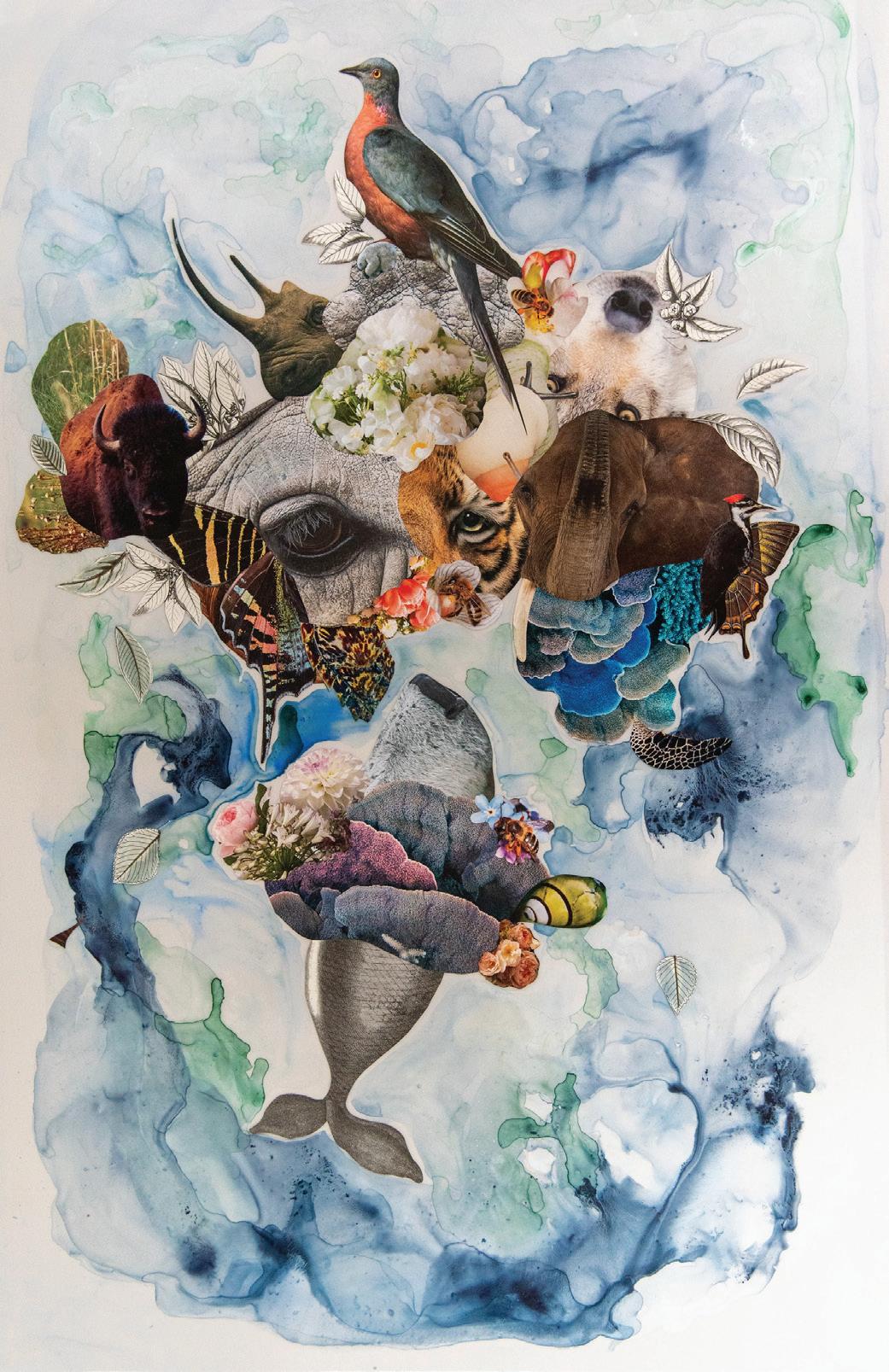
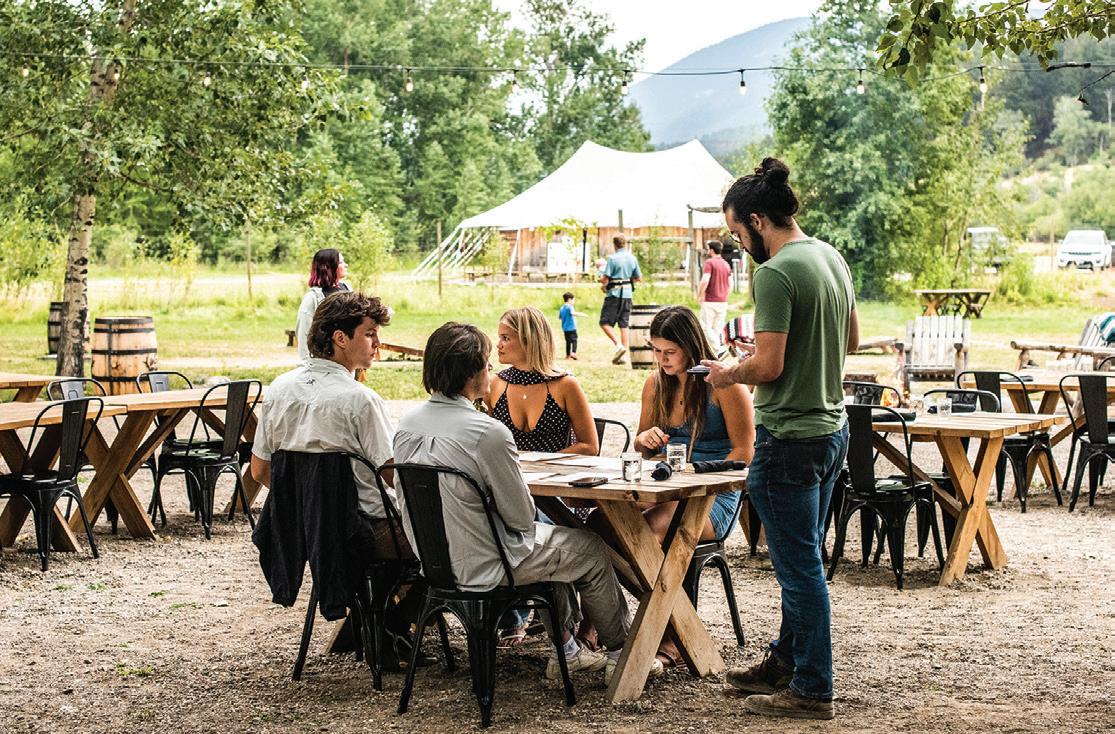
The seatings are a lot smaller, and the chefs love it. They get to spend even more time with each plate,” he says. And it’s not hard to imagine this crew making the most of their extraordinary setting, still growing and utilizing herbs, microgreens, root vegetables, and wild game. “We keep a fire burning every meal of the year,” Rayner says. “Summer’s easy. Summer’s great,” he says. “It’s hard to mess that up.” But winter is cozy, he says.
For her part, Tanya is keen to focus on the guests’ experience of being at Bodhi Farms. “When you’re completely surrounded by nature,” she says, “your nervous system slows down before you even arrive at your experience,” whether that be dining, yoga, or one of the many
activities offered to guests at the farm. “We have specifically designed the layout of the farm so our guests walk through the gardens to get to the dining table, walk along the creek to get their massage, and see an array of rare birds as they walk to the sauna,” she says.
After we’ve had the last bite of carrot cake in big wooden Adirondack chairs by the fire, and the first stars of the night burn pinholes through the darkening sky, we wander back down the trail, listening to the creek, savoring the glow from the yellow cutleaf coneflowers that line its banks, and feel our hearts beat slow and full.
Carter Walker is the author of several guidebooks, including two upcoming editions of Moon Montana & Wyoming (November 2025) and Moon Yellowstone to Glacier National Park Road Trip (May 2026). She spends a lot of time on the road between Montana’s Horseshoe Hills and the Yaak Valley.
Photographer Lynn Donaldson shoots regularly for National Geographic, National Geographic Traveler, Travel & Leisure, Sunset , and The New York Times . The founder and editor of the Montana food and travel blog The Last Best Plates, Donaldson lives outside of Livingston, Montana with her husband and three children.

Sara specializes in destination wedding planning services for those planning from outside Montana. From Glacier Country to the stunning Paradise Valley near Livingston, and many places in between.


@Weddingsbysaramt







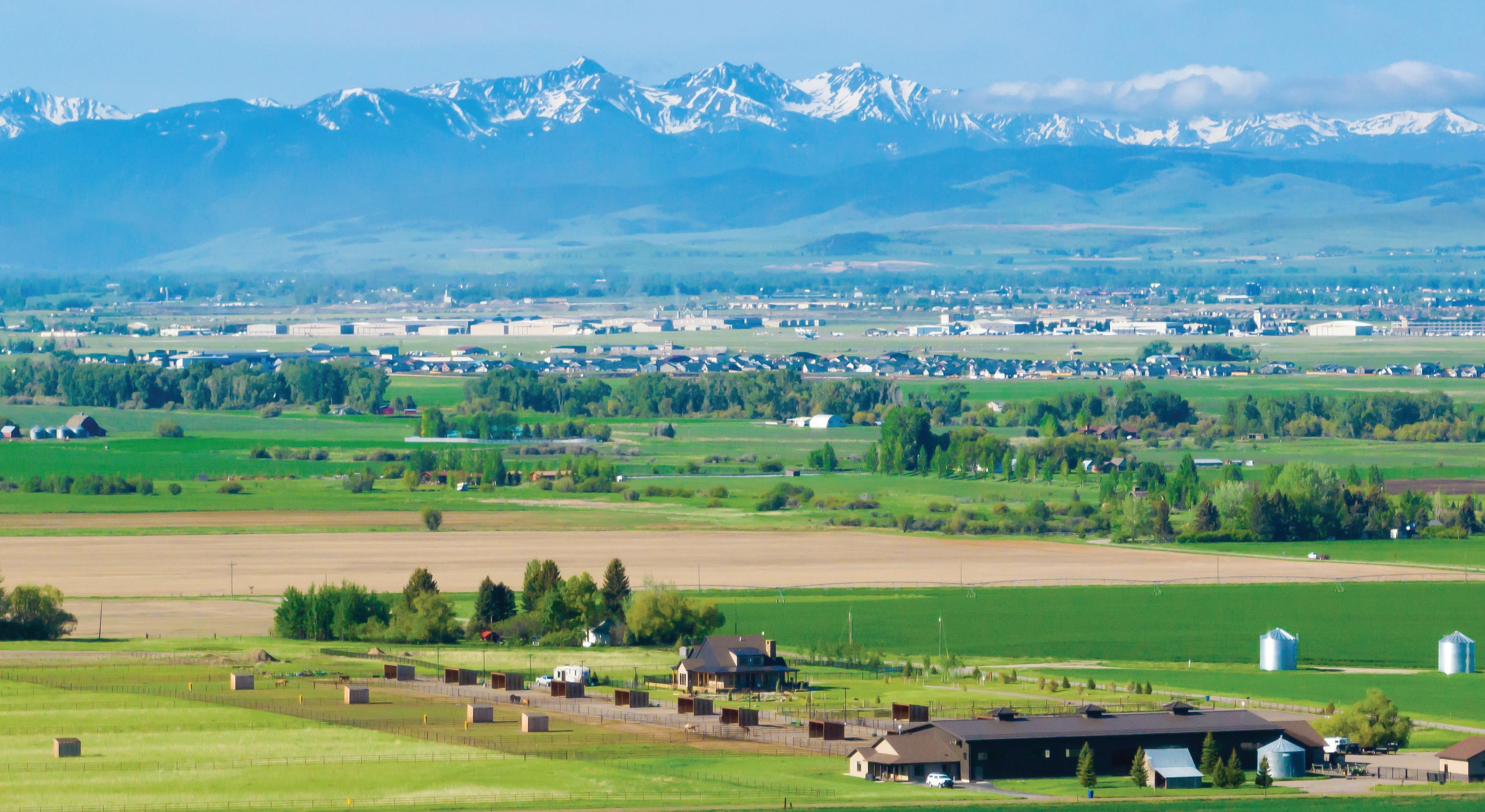






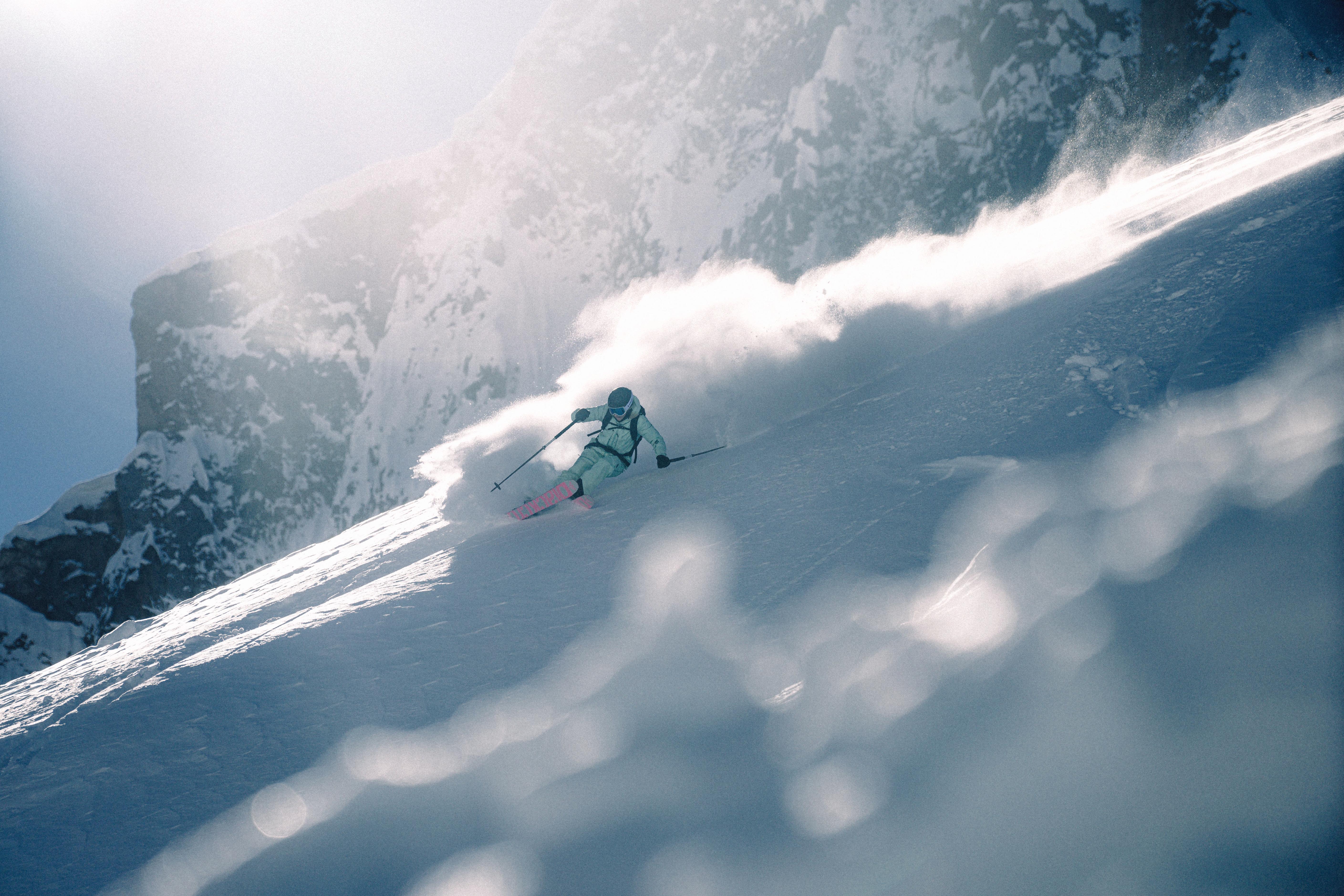


HISTORY | CATHARINE MELIN-MOSER
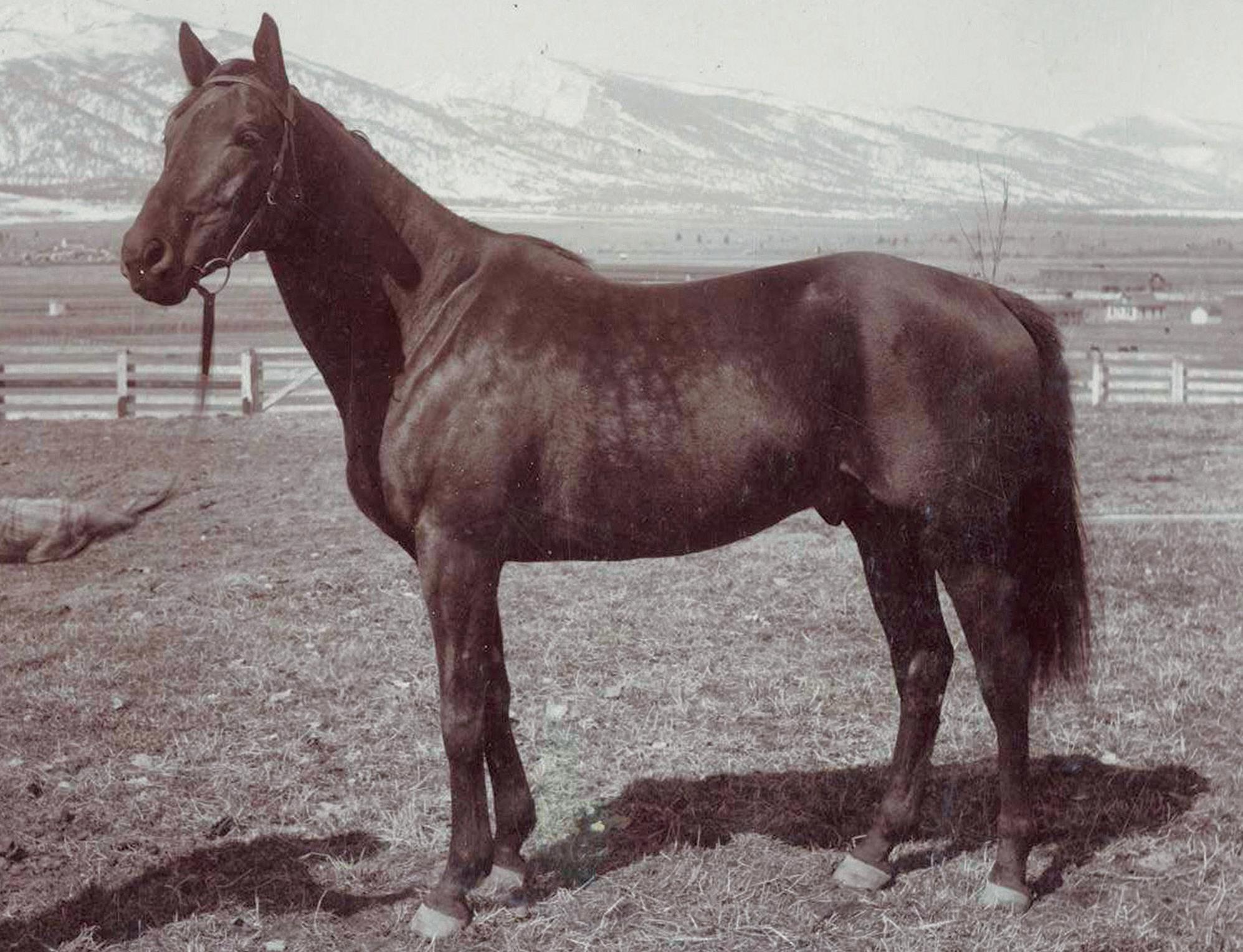
Ogden the Westerner’s $1.6-million upset
Editor’s Note: This column is adapted from When Montana Outraced the East: The Reign of Western Thoroughbreds, 1886-1900 by Catharine Melin-Moser (University of Oklahoma Press, April 2025).
NINETEENTH-CENTURY MONTANA FOLKLORE tells of a beautiful chestnut-colored Thoroughbred mare named Oriole. On April 10, 1894, the heavily pregnant mare traveled west by train. At a siding at Ogden, Utah, the locomotive paused expressly for her comfort. The steam engine idled while Oriole lay inside the stockcar and gave birth to a brown colt. The tale was passed from one Montanan to the next. In the 20th century, an unidentified horse-racing historian dusted off the truth. It’s almost painful to have to deny
FROM TOP : Ogden is pictured here at the Bitter Root Stock Farm. The date of the photo is unknown. • Unwavering in his belief that Montana could grow superior Thoroughbred horses, Marcus Daly audaciously stated: “When you read in the papers of a few years hence that the winner of the Futurity or the Realization were bred by Marcus Daly of Montana, do not be surprised, as the dry, bracing air and rich grasses of Montana are sure to give the youngsters plenty of lung power, with the constitution and conformation, backed by good breeding, to compete with the horses bred anywhere on the face of the globe.”
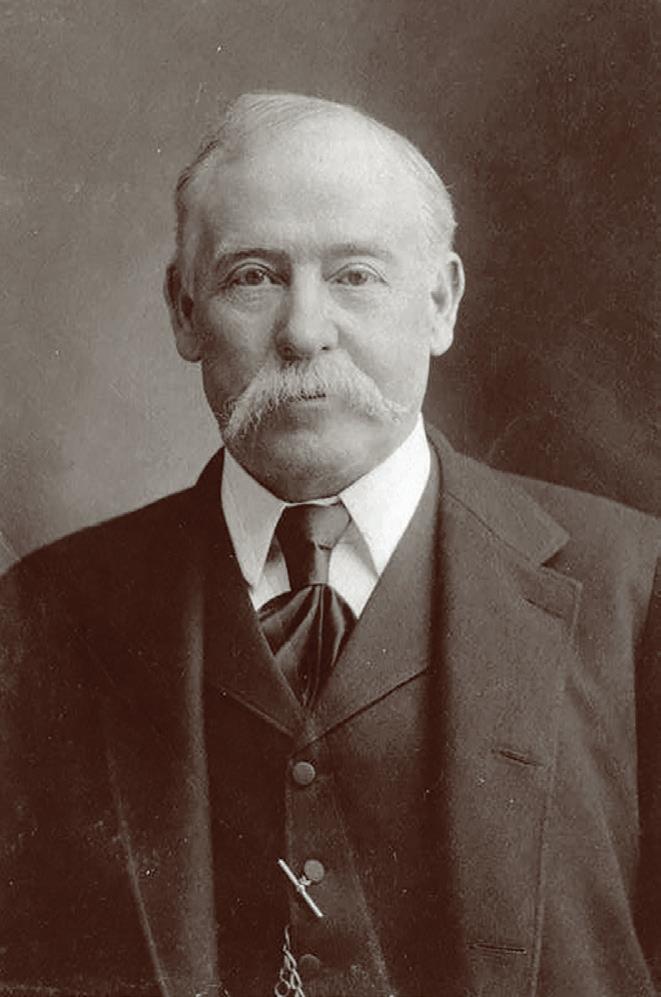

the myth of Oriole delightfully steeped in American West romanticism, but there was no locomotive or pause or stockcar, and the place she foaled, well, that’s off by a hemisphere: It is England where Oriole foaled her colt, in the coziness of an Englishman’s estate, in April 1894. She and her colt soon sailed for New York, having been purchased by Marcus Daly, an American copper-mining magnate.
They rode in a stockcar to their new home, the Bitter Root Stock Farm near Hamilton, Montana. The colt was named Ogden, and as one observer said, “a good big little horse … compact, muscular, with good bone … good feet and legs, clean hocks.” Striking black points and a black mane and tail accentuated his brown coat perfectly.
Marcus Daly was so rich he could afford two divisions of his Riverside racing stable. He employed Johnny Campbell as trainer for the Thoroughbreds that raced under the Western division. In Anaconda on July 9, 1896, the Anaconda Driving Park was abuzz with smelter men and miners, gamblers, merchants, millionaires, colorfully dressed ladies, brothel keepers and their girls, cowboys, farmers, and politicians, all bumping up against one another in the grandstand, paddock, and betting shed.
Moments before the second horse race started, jockey Frank Duffy clutched a fistful of coarse black mane in one hand, reins in the other, and hung on. Ogden bolted into his powerful stride and won his race by a length.
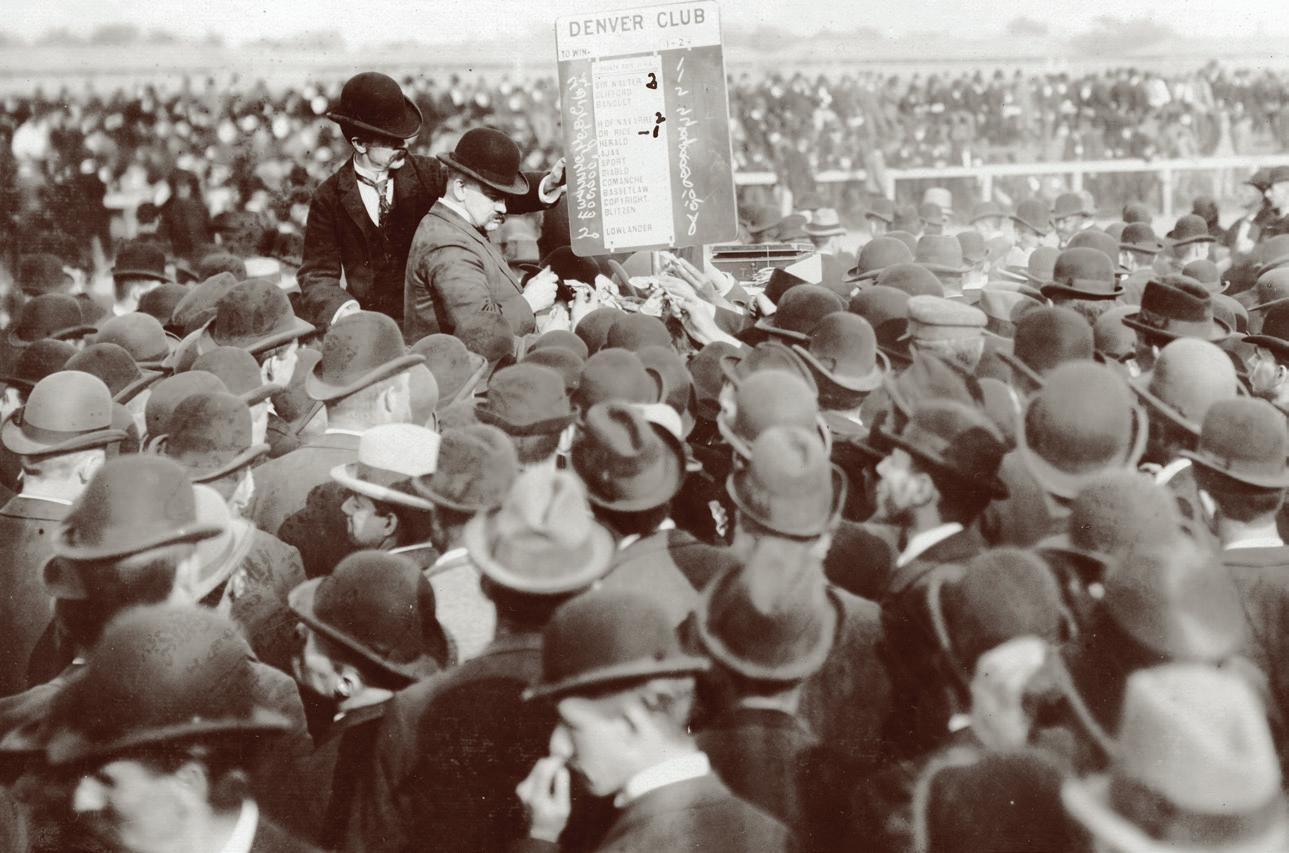
the
the
Daly’s racing colors, alternately silver,
and green. • This betting frenzy took place prior to the 1894 Brooklyn Handicap at Gravesend Racetrack in Brooklyn, New York. Methods for betting at 19th-century racetracks were predominantly by auction pool or bookmaker. If choosing the auction pool, an auctioneer on his stand put up for auction every horse entered in the race. Bettors bid on the horse they liked. The highest bidder “won” the horse, and after every horse had been auctioned, the winning bids were placed into a winner-takes-all pool box. The bettor who purchased the winning horse won the pool, with the auctioneer retaining a percentage. At bookmaking stands, the bookmaker shouted the odds he offered. An assistant at his elbow recorded bets as fast as bets were made, and a second assistant accepted and counted the paper bills handed over.
Meanwhile, trainer Matthew Byrnes was in New York where he was racing the Eastern division Thoroughbreds. The topflight two-year-olds he had selected for Eastern racing had flopped, and Daly was determined to win one of the most prestigious fixtures on the New York calendar, the Futurity, set for August 15. The winner’s purse of $43,940, roughly the equivalent of $1.6 million in today’s dollars, was the richest a two-year-old could win in America in 1896.
It was late July, and Daly and Byrnes scrambled to make a fresh draft by plucking Western division colts.
Johnny Campbell repeatedly urged Daly to pluck Ogden. Daly refused, as he had great confidence in Byrnes, who judged Ogden to be too immature for Eastern racing. Campbell, desperate, turned to Hugh Wilson, one of the few men who held sway with his boss. The trainer got straight to the point: “Try and persuade Mr. Daly to let me take Ogden East to run in the Futurity. I know this is a great colt, the best I ever saddled.”
The next morning at the West Side Racing Association track in Butte, Campbell loaded Ogden with 125 pounds of tack and jockey and put him to the business of a seven-furlong workout. The colt needed only 48 seconds. Witnessing that, Wilson went looking for Daly. The boss gave in, and Campbell’s smile “could almost be heard,” Wilson said. Campbell told Wilson, “Have a bet on this colt when he starts in the big race. He will win as sure as he starts.”

Eastern turf writers covering the Futurity grumbled loudly when Ogden dropped into their laps virtually overnight with some kid jockey, Frank “Doc” Tuberville. Pre-race odds for the unknown Western horse were quoted as much as 150-1. On Futurity Day at Sheepshead Bay racetrack, the course was dry and fast under a bright-blue sky. Mingling with the crowd was the small coterie of Montana miners who had seen Ogden race in Montana. They were certain he’d win the six-furlong Futurity. As they entered the betting shed, they made a startling discovery: Ogden and stablemate Scottish Chieftain were coupled in the betting. They threw a fit. They wanted Ogden straight, no mixing him up with the other horse. Their protests, pointless, impelled each miner to state defiantly, “I’ll bet a hundred on Ogden ,” when registering his bet. By post time, 6-1 odds on the Ogden-Scottish Chieftain ticket were attributable to Scottish Chieftain’s popularity. The Futurity favorite, Ornament at 9-5, and seven more high-voltage two-year-olds stood ready at the post. The starter’s flag whirled. Ogden and Ornament sprang ahead of the field. Volumes of moist, sea-level oxygen poured into Ogden’s lungs, powering

his gliding muscles, as he slipped slightly ahead of Ornament. Jockey Tod Sloan astride Ornament struck his whip and lifted his spur. The colt’s lightning-quick strides began to reel in Ogden. The crowd jumped and screamed for Ornament, and they readied for a dramatic duel until the unthinkable — Ornament bobbled mid-stride! They shrieked and wailed, and Sloan worked fast to regain control of his mount. Doc Tuberville, not wanting to risk anything to chance, touched his colt once with whip and spur. Ogden wheeled past the finish, crossing the wire more than a length ahead of Ornament. The perfect ride in the time of 1:10 was the fastest six furlongs in Sheepshead Bay history.
Tuberville trotted Ogden back to the judges’ stand where he dismounted and handlers led Ogden away. Thousands in disbelief murmured, “Who is this Ogden? Who is this boy Tuberville?” Jubilant Montana miners struck up a “war dance” on the lawn, and a New York Time s reporter on the scene began writing, “The wild Western fashion had taken possession of them. They threw their hats into the air, yelled at the top of their voices, and gave an exhibition of just how very excited men can become over such a thing as a horse race.” The miners kept rollicking, and the writer enthused, “The friends of Ogden danced and cheered and halloed [sic] and hurrahed as no similar coterie of men has ever before done at Sheepshead Bay.”
The New York Journal headline of the next morning exclaimed, “Ogden the Westerner, First. Futurity’s Great Prize Taken by a Horse of Mystery Ridden by a Boy of Mystery.” The Journal’s overnight sleuthing had demystified some of the mystery. “Ogden is just a plain-looking brown horse, coming out of that nowhere of the West, Montana.
Tuberville is just a little earnest-faced, brown-eyed, thin-lipped, soft-voiced person, also from out of the nowhere. But he is a dare-devil horseman, and he has ridden the winner of the Futurity.” Newspapers on Ogden’s home turf told of celebrations throwing Montana towns into “the wildest time ever.”
Ogden’s blistering Futurity performance inferred greatness, but disappointing losses would later outnumber memorable victories. He tallied 15 wins in 28 starts, with career earnings totaling $59,970. Greener pastures were in the stud. The last man to own Ogden, John E. Madden of Lexington, Kentucky, selectively bred the stallion to exquisite broodmares. A lengthy run on the American winning-sires list illustrates Ogden’s legacy as a sire: runner-up in 1908 and 1913, third in 1915 and 1916, and fourth in 1914.
Upon the death of his favorite Thoroughbreds, Madden buried them in a peaceful corner of his farm, Hamburg Place. When Ogden passed on New Year’s Eve of 1923, a new grave appeared in the shimmering bluegrass.
Catharine Melin-Moser’s articles about horse racing, Western history, and the outdoors appear in numerous journals and magazines. She writes from her home in the Judith Mountains of central Montana. Her book, When Montana Outraced the East: The Reign of Western Thoroughbreds, 1886-1900 , was released in April 2025.













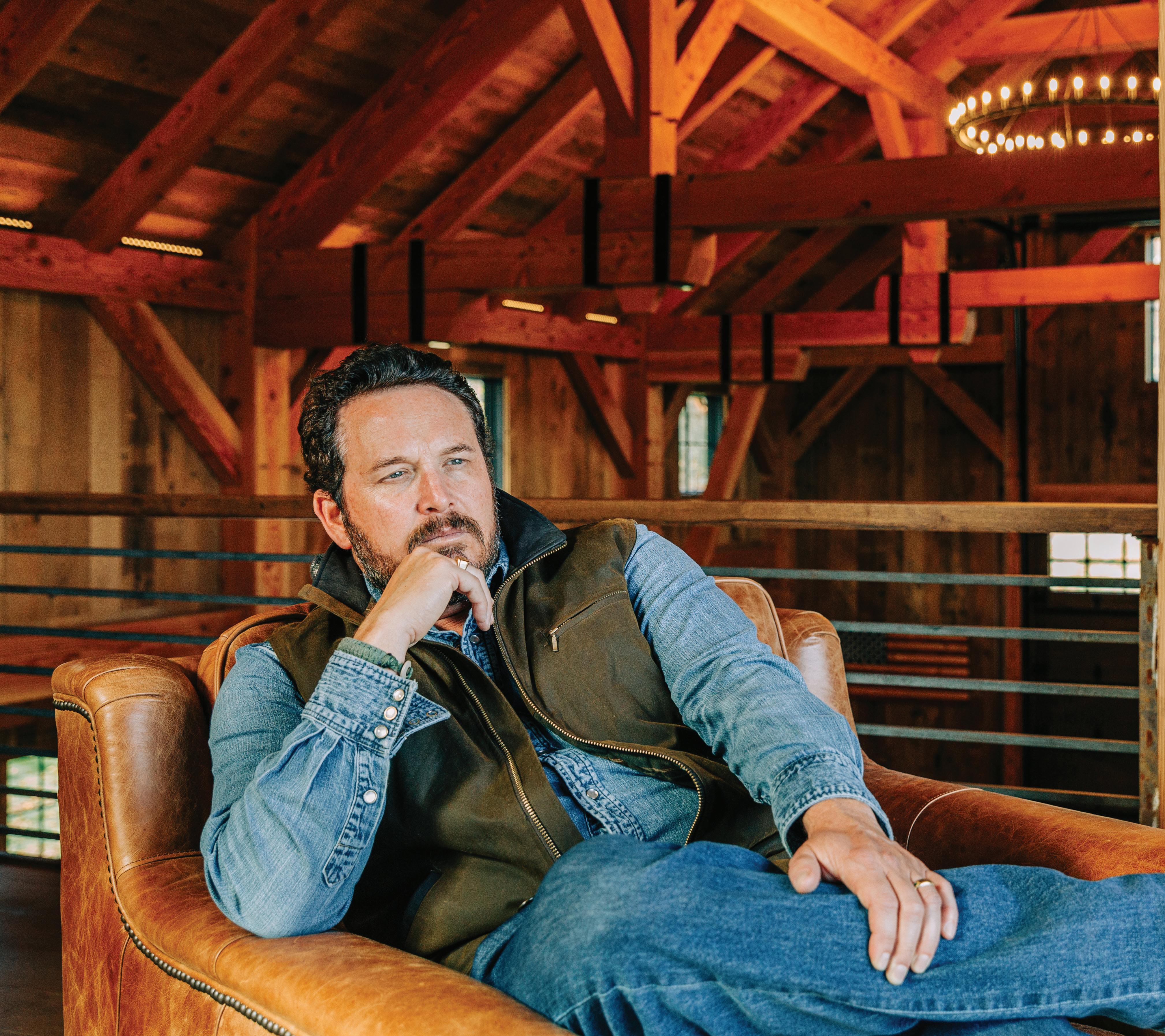













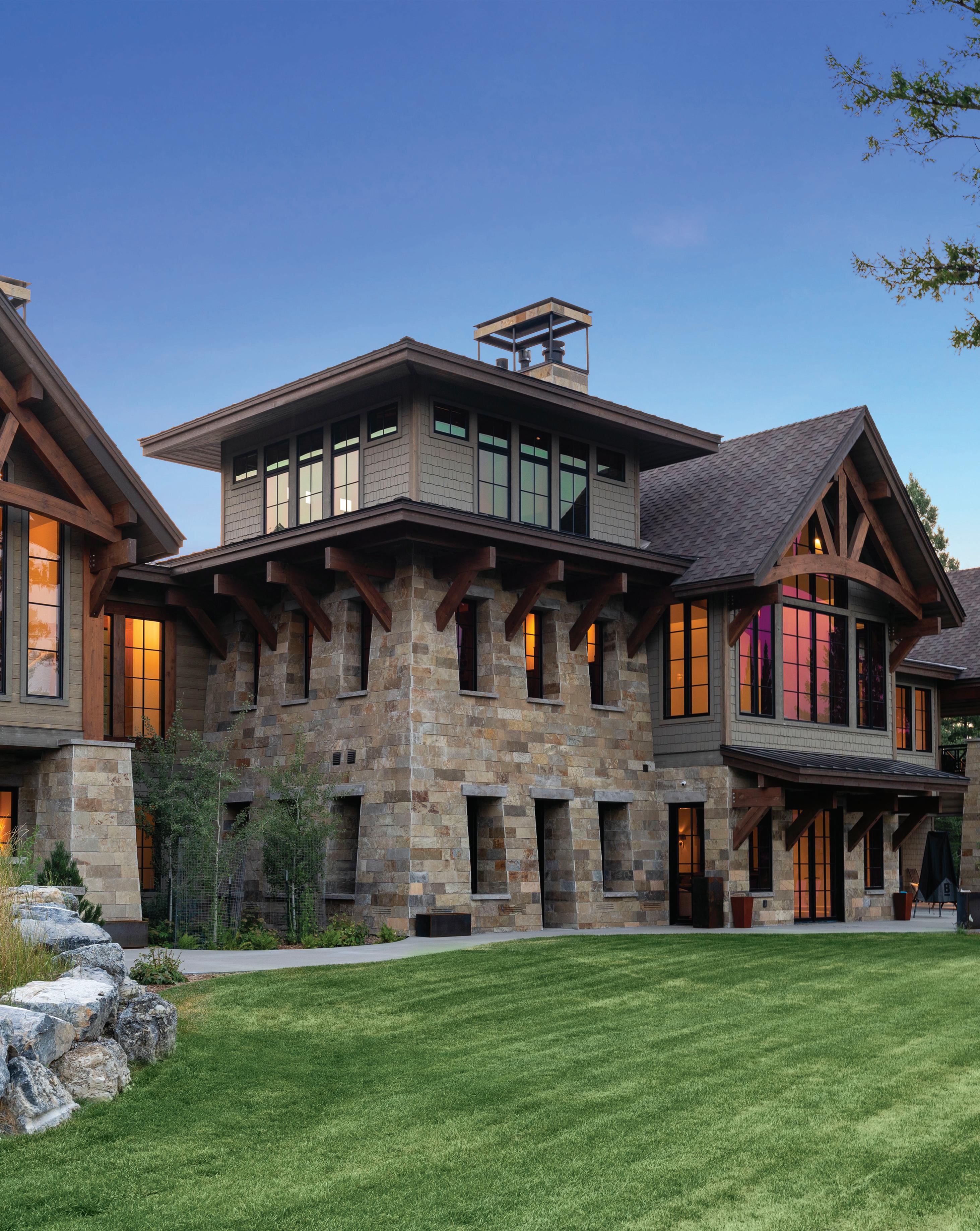









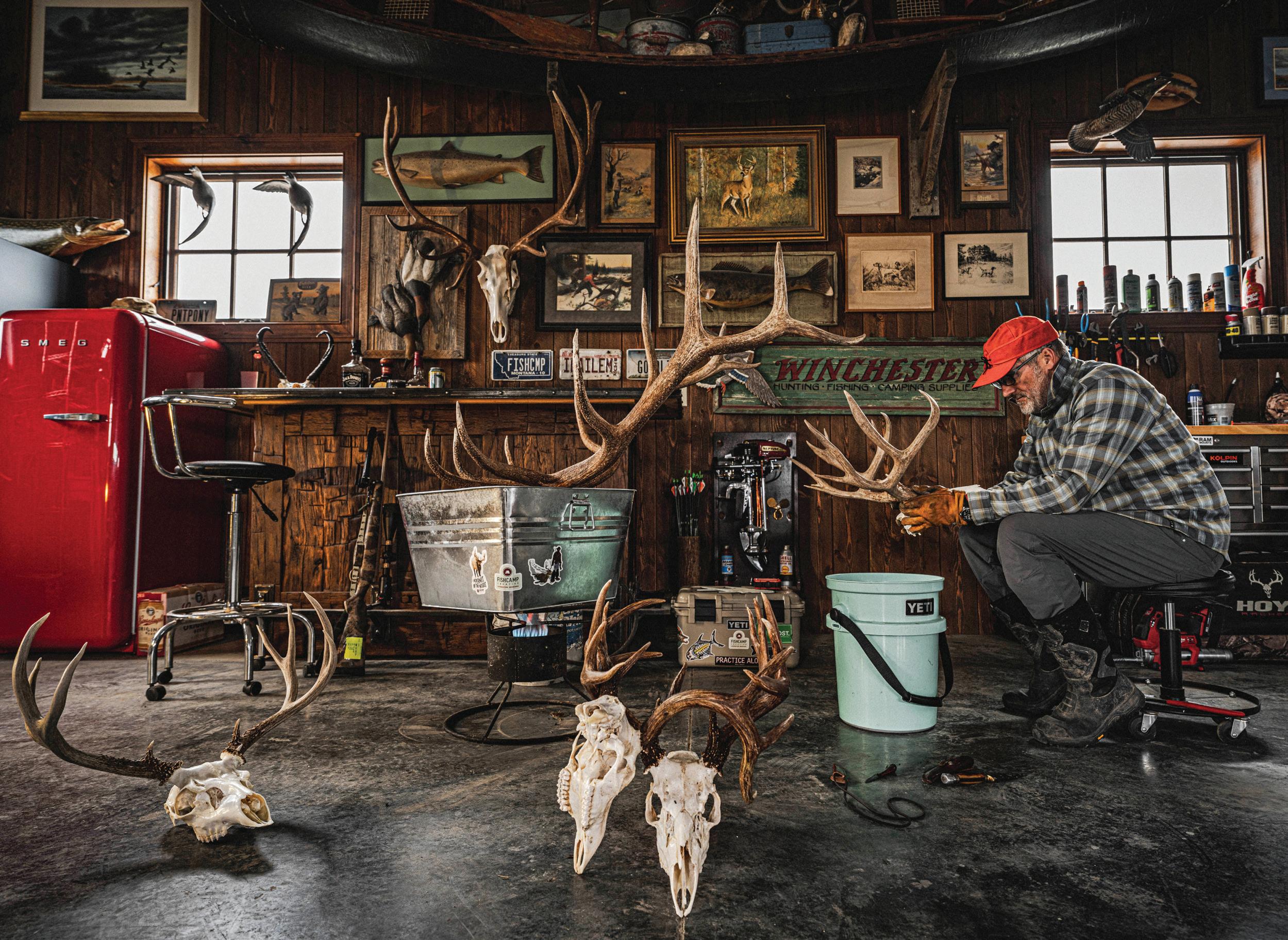
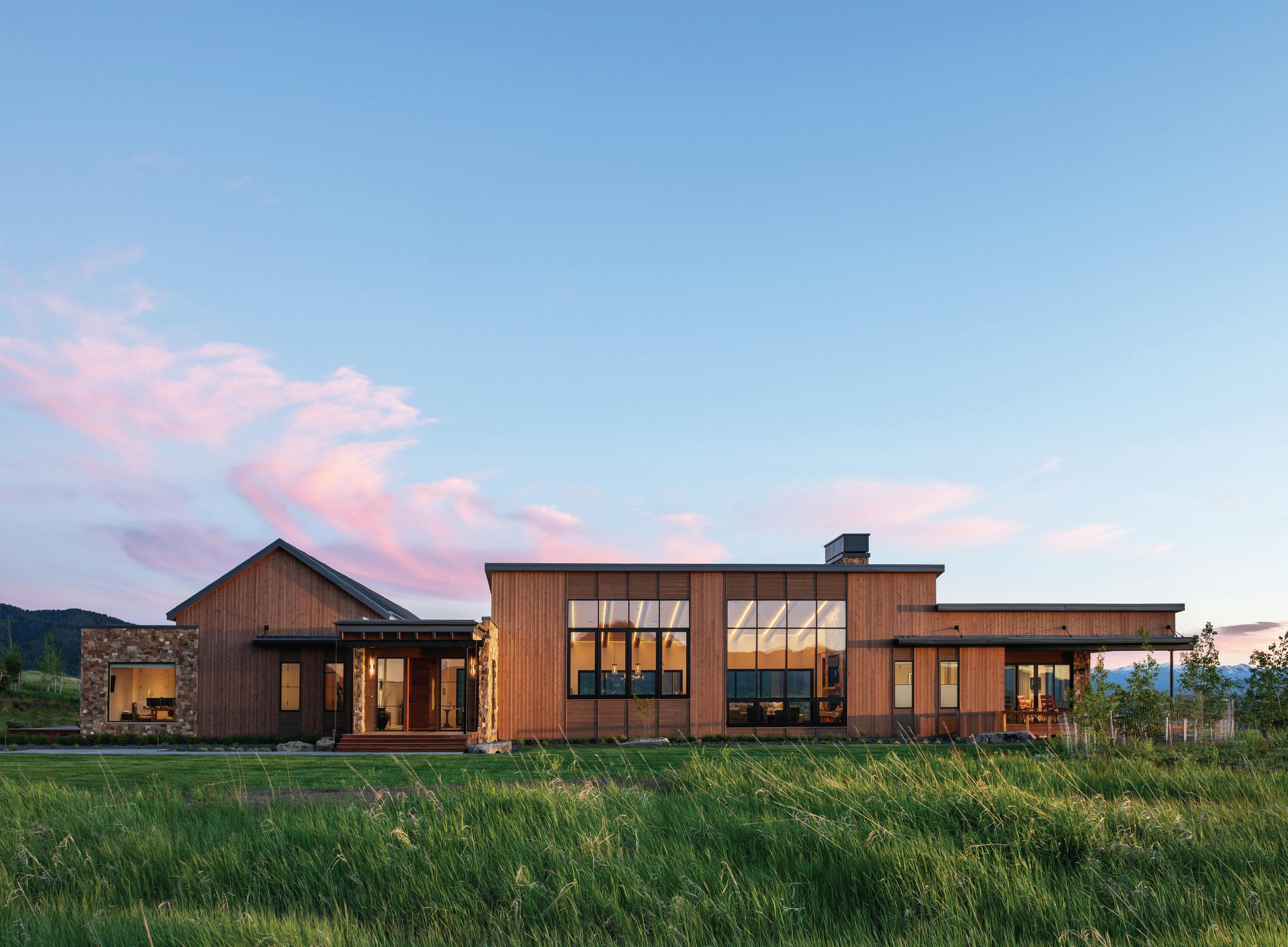
Poised on a ridgeline above Bozeman, a home inspired by mid-century modern style celebrates 360-degree views of the Gallatin Valley
PHOTOGRAPHY BY WHITNEY KAMMAN
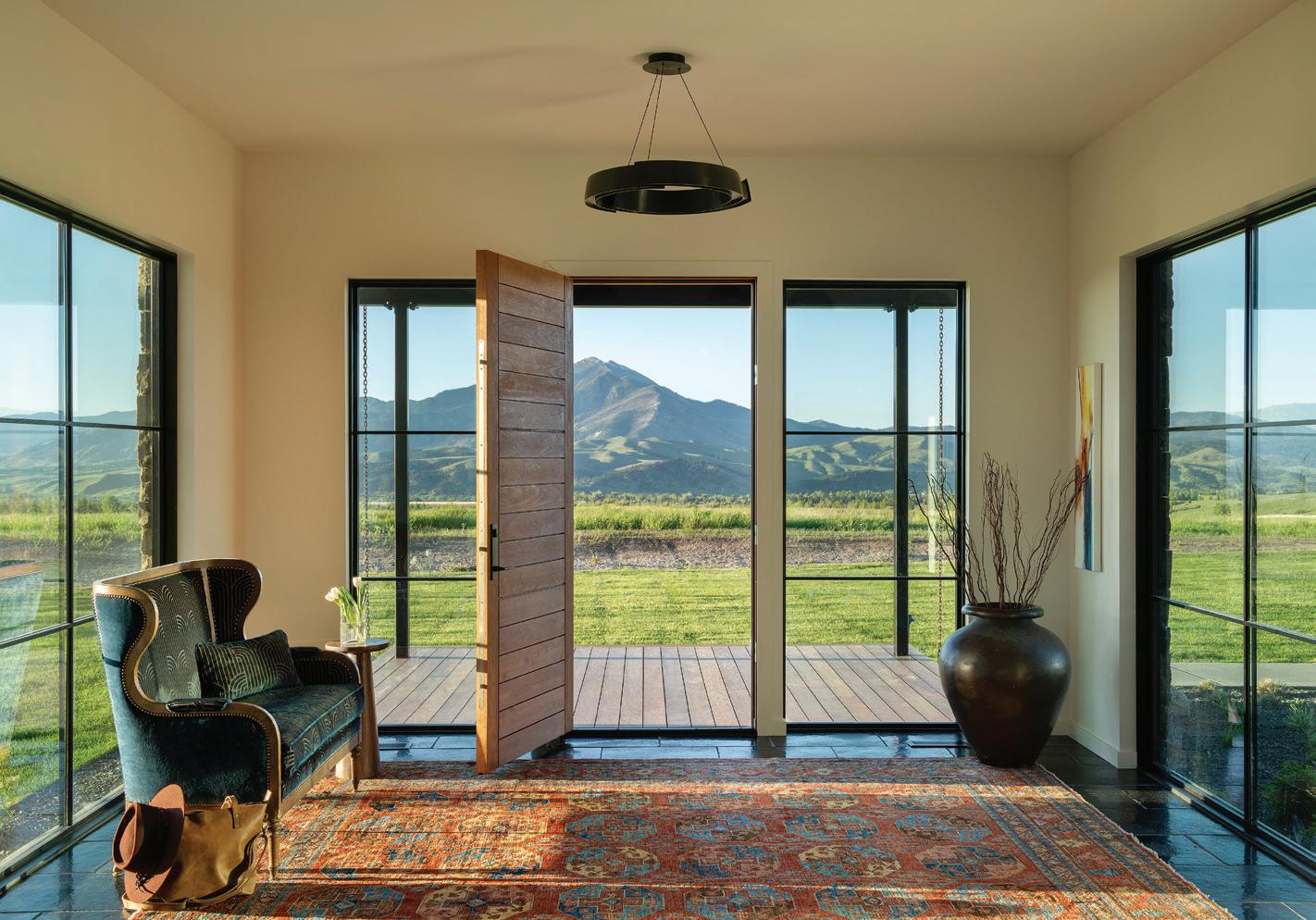
LOCATION, LOCATION, LOCATION — that time-honored but repetitious maxim defining an ideal parcel of real estate — found perfect proof when a couple with an already established home in Bigfork, Montana went looking for a place in Bozeman, where their two grown daughters live. “Our real estate agent had been trying to show us this piece of property forever,” recalls the husband. “But he’d told me it was just pastures, and I’d wanted somewhere with mature trees. Once I got to the top of the hill and looked around, though, I said, ‘We’re buying this!’ From the views, I could not imagine a better situated place.”
Though less than a 10-minute drive from the heart of town, the 27-acre parcel offered incomparable vistas. To the east and south, those pastures the agent had mentioned did indeed appear, gently rolling away toward distant scenes of the Gallatin Range. Gradually sweeping westward, the wraparound panoramic view took in the Spanish Peaks and then the city of Bozeman below. And if all that was not majestic enough, the property’s northern prospect was the most magnificent of all, gazing directly toward the Bridger Mountains, with Baldy’s 8,914-foot summit perfectly centered, complete with its more-than-a-century-old limestone rock “M” honoring Montana State University. “I said to my wife, ‘This is awesome! It’s exactly what we want, even though it doesn’t have a tree on it.’”
WITH THE LOCATION secured, the couple’s next challenge was deciding on a style for their new home. He preferred a more rustic Western look, like their place in Bigfork. But with this second home, she says, it was her turn to determine the style. When they first met with architect Jeff Lusin, principal and owner of the Bozeman-based firm 45 Architecture & Interiors, who’d come highly recommended by one of their daughters, the wife brought along photos she’d liked in a magazine article on a new mid-century modern-style home overlooking Washington’s Puget Sound. “And,” she continues, “Jeff said, ‘That’s really funny. I worked on that house in one of my first jobs in architecture with the firm that built it.’ So, once we’d met with him, we didn’t interview anyone else for the job. He and his colleagues could clearly execute what we wanted.”
The team at 45 — which, says Lusin, “takes its name from the latitude through Bozeman, because we were founded in 2014 as a community-centered architecture firm” — designed the 5,100-square-foot single-story home with an eye toward the wife’s preferred look, composed of unornamented, simple rectilinear forms; generous windows in every direction to glorify the wraparound views; and broad eaves to provide ample shade on sunny days and shelter from rain and snow.
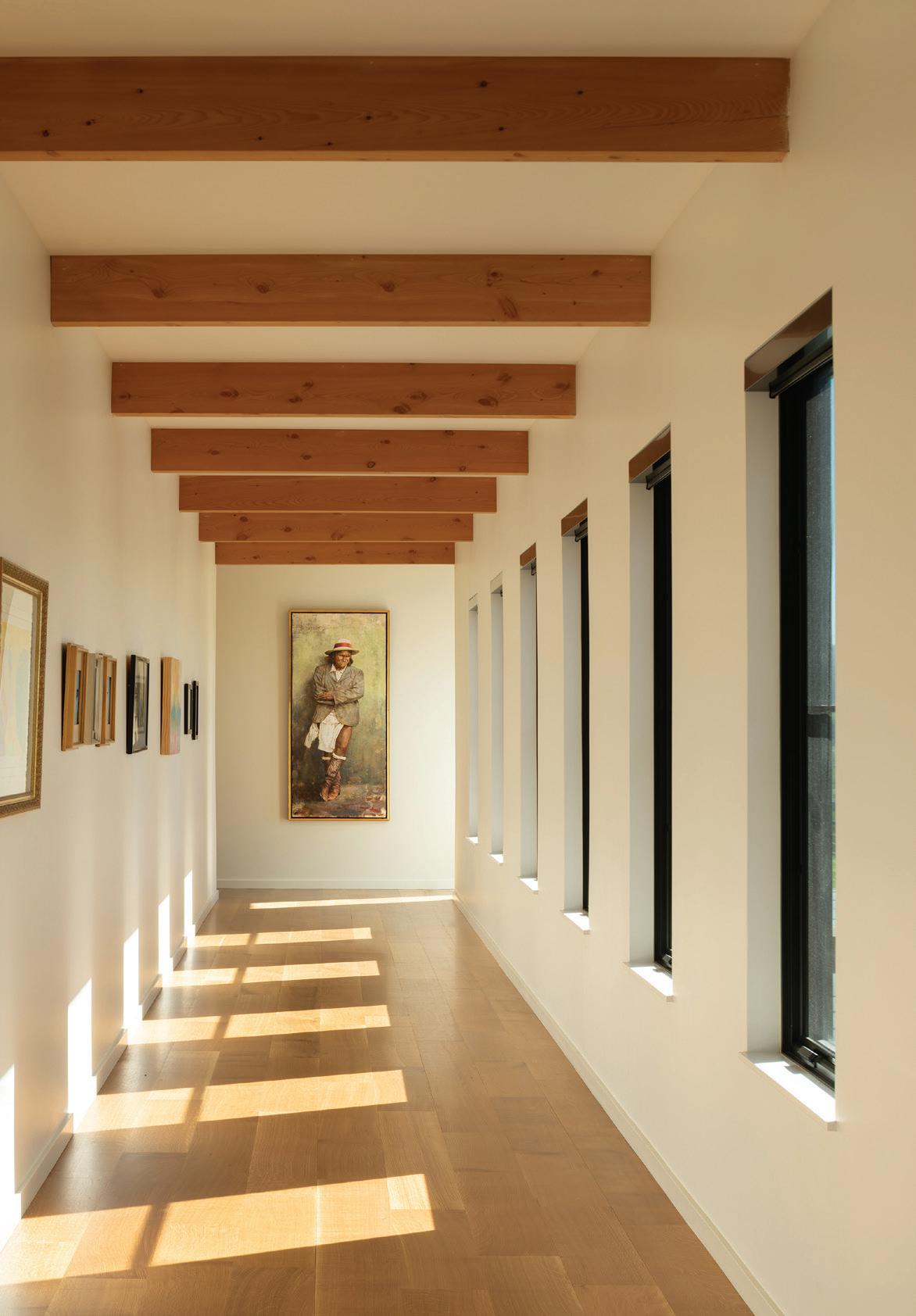



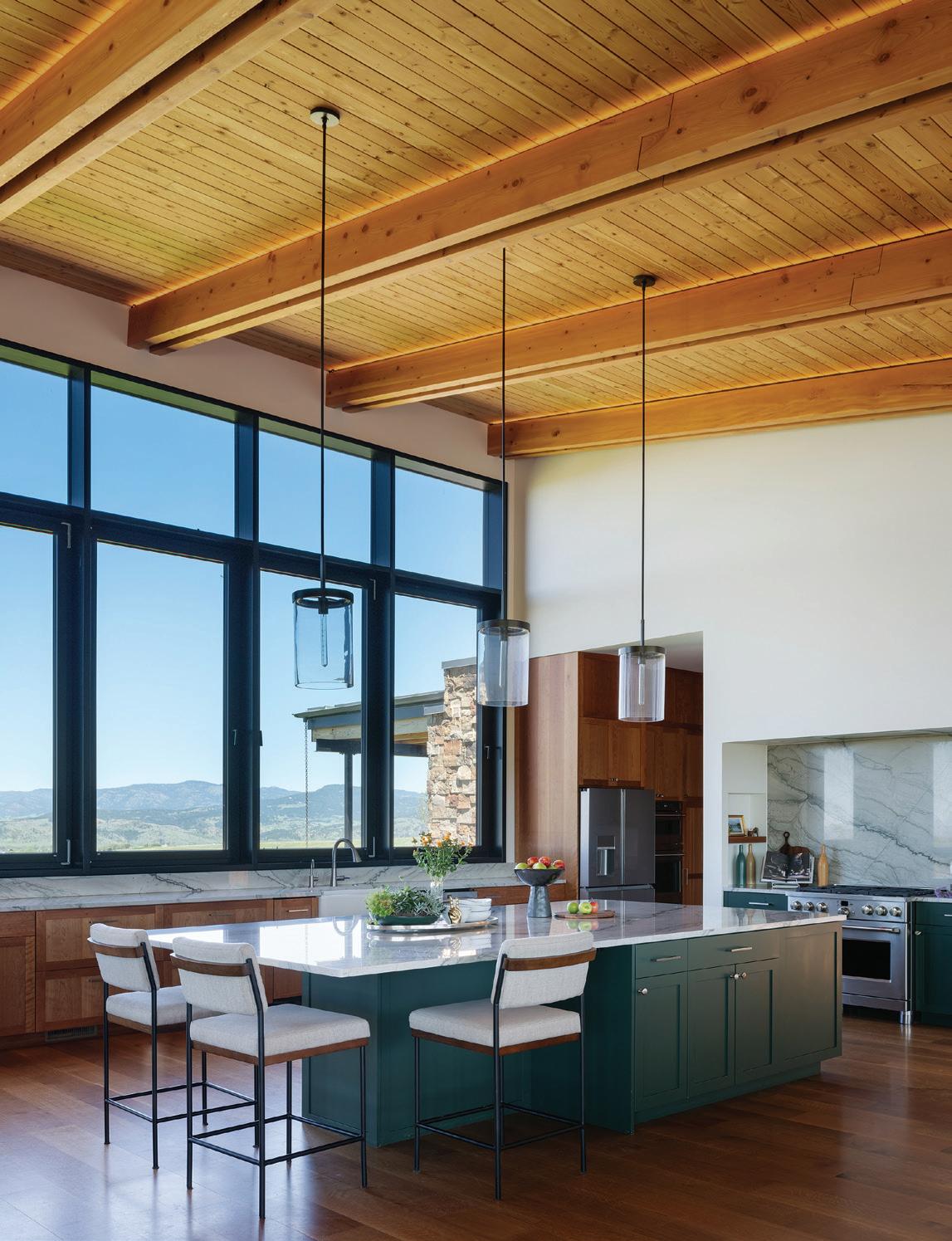
At the same time, notes Tanner Skelton, 45’s director of residential design and lead designer on the project, they also paid respect to the Mountain West setting by incorporating one particular regional material: local fieldstone known as Montana moss rock, which they power washed to remove some of the rustic patina suggested by its name. The result, says Skelton, “is a delicate balance of glass, steel, and wood, with stone walls that anchor the building at one end.”
Before the eloquent structure could rise, however, the team faced one unexpected challenge. The ideal, level site on the property from which to take in those all-encompassing views turned out to contain 27 feet of unstable soil that wouldn’t support a home. “A soil engineer would not have been comfortable setting a foundation on that,” says Andy Rowe, principal at Alpenglow Custom Builders in Bozeman, the contractor who led a team of some 80 people in all aspects of the home’s startto-finish construction. So, the first step in bringing everyone’s vision to reality involved drilling 133 holes deep into the subsoil and then filling them with compacted granite to provide a secure base necessary for the structure.
CLOCKWISE FROM TOP LEFT: Easy-care handmade cement tiles from Cement Tile Shop cover the mudroom and laundry floor. • Custom cherry media cabinets and a cherry-paneled reading nook flank the Montana moss rock fireplace. The painting, Lady and the Fox, is by Montana artist Mika Collins. MFGR Designs in Bozeman made the custom coffee table with an Oregon black walnut slab top and powder-coated steel base. • The infinity white quartzite’s veins on the island top (made up of two book-matched pieces), wall counter, and stove backsplash echo the mountain contours on view.
From the early stages, when plans were still being finalized, another key player joined the team: interior designer Jessica Herbst, owner and founder of Bozeman’s Thistle & Twine Studios. “I like to work closely not only with the clients but also with the architect and the contractor, so that I can incorporate all of their visions into the designs,” she says. The primary goals Herbst established through this initial process were based on her understanding that “the clients love a home that feels lived in. So, they needed to have durable finishes or ones that, if they got scratches, only developed more character. And, though they like higher-end things, they wanted it all to feel casual.”
To help Herbst develop options within those guidelines, the clients sent her a wide selection of inspirational images they gathered from magazines, Pinterest, Google searches, and other sources. She sums up the overall look as “simple, minimal, light, and open, with clean lines and nothing to distract from the incredible 360-degree views of the whole valley.”
ALL OF THOSE goals — from the clients, architecture firm, interior designer, and contractor alike — come together harmoniously in the great room, which makes up approximately one-third of the total indoor space. It encompasses a living area with the largest




fireplace Lusin, Skelton, and their team have ever designed; a spacious dining area; and a kitchen generously equipped for an extended family that loves to cook and eat together, all flanked by energy-efficient windows rising to the top of a ceiling 15 feet tall on the north-facing side and 11 feet on the south. Herbst, working closely with her clients, furnished the living space with oversized, comfortable, easy-care seating with low profiles for unobstructed views of the vistas on display.
With the same view-maximizing goal in mind, the main kitchen space was designed without wall cabinets, an absence made up for by the ample storage to the left of the stove wall and by a walk-in pantry that also keeps the refrigerator, a second oven, and a microwave all conveniently close yet out of view. “We had to think out of the box on that one,” says Herbst. Such efficiencies of space also allowed all the more room for an enormous 11-by-6-foot island with a 2-foot overhang at one end — requiring the support of a 3/8-inch-thick steel plate beneath the entire quartzite top — that accommodates casual dining or visiting while food is being prepared. “And the daughters often just hop onto that countertop and talk with their mom while she’s cooking,” adds Herbst.
That kind of casual, communal air is exactly what the clients hoped to achieve in this home. “What we wanted to create was a home that feels immediately comfortable when we have family or friends over,” says the woman of the house. Though the views may be breathtaking, “there is nothing intimidating about our home.”
A similarly gracious spirit extends to comfortable accommodations that the couple offers to guests in a wing separated by both the garage and a woodshop for the husband. At the end of a long hallway — with one wall displaying framed art and the other punctuated by a series of seven tall, west-facing windows — are two private guest bedrooms, each with its own en-

suite bath, as well as a shared outdoor deck that takes in the southerly view. “Visitors feel very welcomed,” says Lusin, “but they have their own space. You could stay there for multiple days and not feel like you’re impinging on their everyday life.”
The home’s primary suite, meanwhile, feels even more sequestered. It occupies the westernmost end of the L-shaped floor plan, hidden away on the other side of the great room’s fireplace wall and buffered from that communal area by a large walk-in closet and a spacious, spa-style bath featuring dual vanities, a deep soaking tub for her, and a custom walk-in marble shower enclosure for him, complete with an overhead rain showerhead.
Comfort and serenity reign in the couple’s bedroom. Although not overly large, it offers enough space for a king-sized bed and a comfortable armchair and ottoman. The chamber’s most important features, however, are the window walls on three sides — north, south, and west — that make it feel like a private viewing station for the vistas in each direction, and a private deck that extends from its west-facing wall in the direction of downtown Bozeman. “During the fall,” says the wife, “if we’re sitting outside in the evening on our private deck, we can even hear the announcers from the stadium at Montana State University, and that’s maybe 5 miles away.”
From glorious views to relaxed living to a comfortably welcoming design, the couple’s original vision of an ideal home in a spectacular Bozeman setting has been fully realized. And that even extends to one criterion the husband set when their search began: mature trees, which had been nonnegotiable until the moment he saw their views. “At last count,” he says with a chuckle, “we’ve planted 75 aspen trees on the property.”
From his base in Marin County, California, Norman Kolpas writes about art, architecture, travel, dining, and other lifestyle topics for magazines, including Western Art & Architecture and Southwest Art . He’s a graduate of Yale University and the author of more than 40 books, the latest of which being Foie Gras: A Global History. Kolpas teaches in The Writers’ Program at UCLA Extension, which named him Outstanding Instructor in Creative Writing.
Whitney Kamman is an architectural photographer based out of Bozeman, Montana. Her love for architecture came naturally growing up with an architect father and interior designer mother. Kamman’s work has appeared in The Wall Street Journal, Architectural Digest, Robb Report , and Mountain Living , among others.

Blue Ribbon Builders has proven itself as the premier custom homebuilder, for decades, in Big Sky, Montana, and surrounding areas. Whether the scope is a custom dream home or an extensive remodel, Blue Ribbon Builders has the knowledge and resources to design and construct the most complex and ambitious projects.
406.995.4579

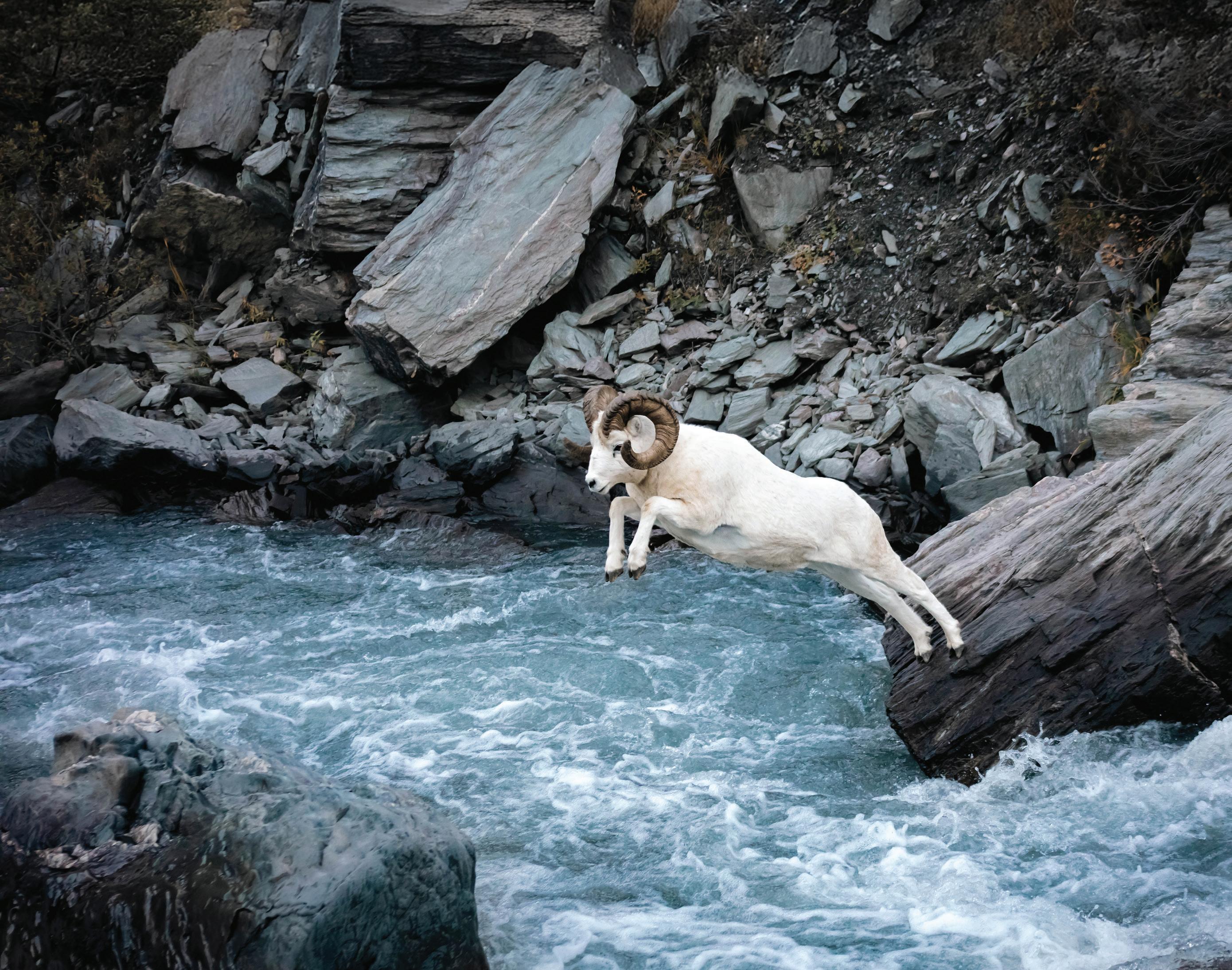
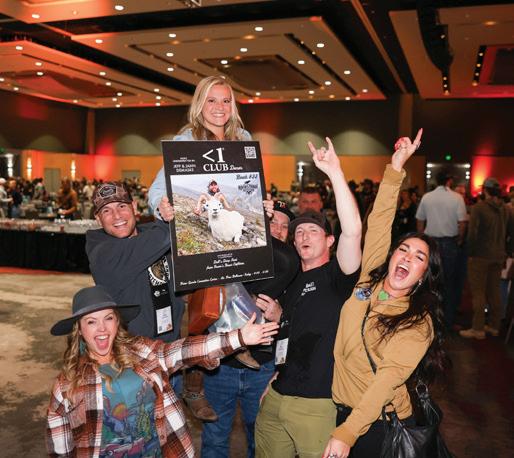


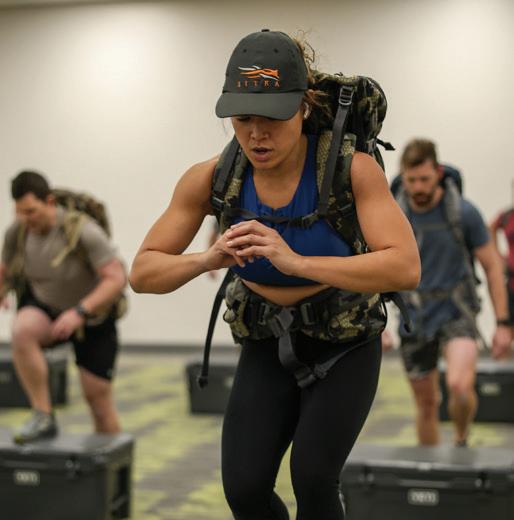

•Expo Hall, over 70,000 sq. ft. of wall-to-wall exhibitors featuring the finest guides and outfitters from North America and wherever mountain game hunting is found, plus the best in gear for all outdoor adventures, artwork, gift items, and more.
•$15,000 in Floor Credit drawings for all attendees
•Sheep Show® Mega Raffle
•Entertaining and inspiring nightly receptions, socials, banquets & auctions
•<1Club & <1Club hunt giveaways and beer reception
•RAM Awards and Ladies Luncheons
•Life Member Breakfast and sheep hunt giveaway
•Horse Packing Competition & Backpack Races
•Free Seminars from industry experts and the latest films
•Sheep Show Sporting Clays shoot
•TOUGHSHEEP workout and sheep hunt drawing
•Youth Wildlife Conservation Experience
•More ways to win a sheep hunt than anywhere on the planet!

WADLE

ILLUSTRATION BY
BOB WHITE
IN THE PREDAWN black, I trek up to a saddle off Emigrant Peak’s west flank, nestling into a small thicket of young Douglas fir to watch the day arrive. My back leans against an old rampike, a once-grand whitebark, stripped and bald, but still standing strong. Woodpecker nest holes pierce its bare midriff, and small, punched-out beetle holes dot its nether regions. Gray curls rise from the thermos of coffee steaming in the cold darkness with each unscrewing of the lid. The September dawn, when it comes, rolls up from the Absaroka Mountains in broad Rothko-esque bands of indigo, caramel, rust, and saffron, accenting the few aspen and cottonwood leaves that still cling to their branches. I put away the coffee and bring out the binoculars.

Emigrant Peak stands up so proudly from Paradise Valley that it appears larger than life. I lived under its gaze for many years before I realized it was not the highest peak in the range. Nonetheless, its vast corrugations of ridgelines and gullies hide some very remote country. A few years ago, a friend and I hiked for many hours up and down these ridgelines in a pilgrimage to an old Cold War-era B-47 that slammed into one of them during a training mission on July 23, 1962. We tracked its spilled wreckage across and down two valleys, in awe that this scale of devastation could be hidden amid the mountain’s massive folds.
The impact site still scars the mountainside. Burnt trees wield shards of metal fuselage and wing, embedded like knives in their sides. The last thing we found was the landing gear, two valleys over, and a mile away.
This morning, I am hunting elk. There is no shortage of their spoor — numerous tracks, compressed beds, and waist-high rubs — but I don’t see anything to suggest they are still in the area. I follow a game trail off to the south, moving deliberately and mindfully, step by purposeful step, nose to the wind, eyes scanning for a leg, an antler, a twitching ear.
THE FIRST TIME I hunted was with my uncle. A Vietnam vet, his outdoorsmanship was regarded with awe by the family. It got him through the war, where, against all odds, he and one other survivor from his Marine platoon found their way back home through a treacherous jungle. After the war, he took to the woods and became a bow hunter. In the mountains of Colorado, he offered to let me come along. I must have been around 11 or 12 years old. It was cold out, and my mother had bundled me up in a big puffy coat and slick moon boots. As we walked through the woods, the swing of my arms announced our presence with an embarrassing “swish, swish, swish.” Needless to say, we didn’t see many animals that day. And though it must have driven my uncle crazy, he never said a word about it. As we camped that night, an entire herd of elk stampeded right past our tent, a boulder in the middle of their flowing stream. I remember lying in my sleeping bag, listening to — feeling — the power of hundreds of hooves rumbling past. I worried they might run us right over.
I didn’t hunt for many years after that. I became preoccupied with sports and school activities, and wasn’t sure of hunting’s place in a modern society. As I grew older, though, I became more distressed about where our food comes from. The industrial food complex — with its feed lots and hormone-stimulated, antibioticdoped animals — concerned me greatly. Eventually recognizing that wild game was as organic and free-ranging as I could get, I began to hunt again.
The first day I ever went elk hunting was a prime example of beginner’s luck. As I sat next to a creek in the Crazy Mountains, I heard a splash behind me. There, not 40 yards off, was a 4-by-4 bull elk, hind legs still in the creek and unimaginably large. Shaking with adrenaline, I had to lie down and rest the rifle on my pack to steady it. The next year, I spied another big bull following a small creek upstream. I scrambled up to the ridge, ran to get ahead of him, and dropped back down to the creek to await his arrival. I was there when he rounded a bend just 25 yards away.
I found my way back to archery hunting the next season. My uncle made me a recurve bow and some wooden arrows. I loved the simplicity of archery. I was drawn to its philosophical, historical, and spiritual overtones. I discovered the pure joy that came with being close to these majestic creatures. One morning, I sat in a lush



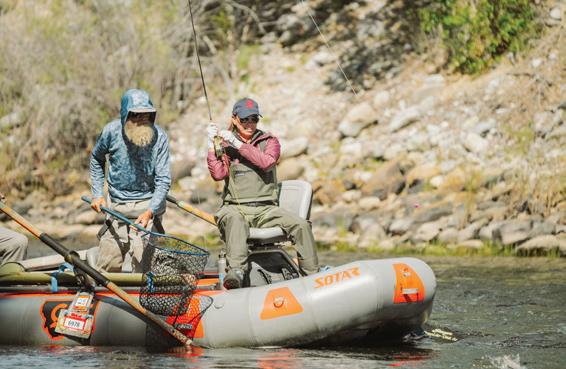
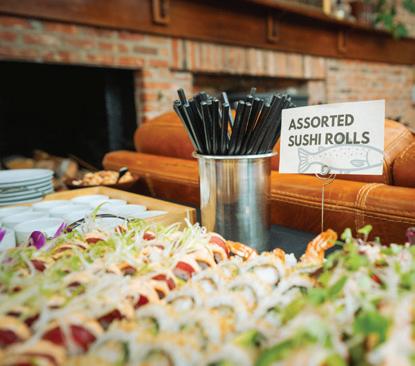


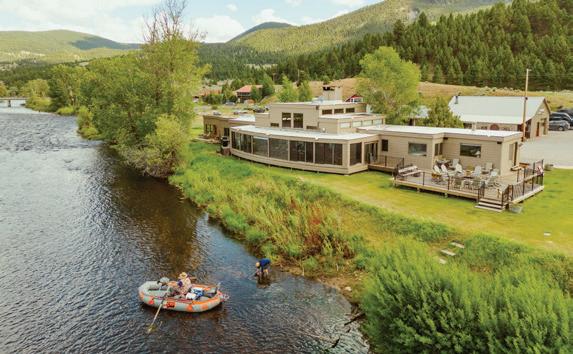



green meadow with a small herd of elk, breathing in their fragrant odor and listening to their chirping dialogue. I never took a shot that day but rather sat watching for hours, transfixed, until they moved on. I realized that the process of hunting — the connection it engenders with the natural world — could be even more meaningful than its end result.
Which was a good thing, because I failed to shoot anything else for the next three years.
Back on Emigrant Peak, I follow a game path across a high meadow into a draw. As the morning develops, a bouquet of dead leaves hangs in the air, tall grasses trace circles in a light breeze, and the dead bones of lupine and balsamroot rattle gently against one another. Climbing up the fall line of a north-facing slope dark with lodgepoles, the vague form of a mule deer comes into focus, filtering through the shadows above. Then another, and another.
Ducking behind a tree, I head downwind in an attempt to circle around behind them. I slink carefully along a welltrodden game trail leading around a bend where I’ll be out of sight. Suddenly, the quiet of the hillside is shattered by a clattering of hooves coming from around the bend.
Damn! I think. I must’ve spooked them. Instead, a young doe, ears pinned back, barrels right toward me. I recently read a study that suggested that cats can display over 300 facial expressions. I would have never thought a deer’s face could do the same, but I’m telling you this doe had a look of abject horror in her eyes. Stunned, I step back off the trail because, otherwise, she might run right over me. She doesn’t even look at me as I feel her breeze rush past. It’s all in slow motion. I want to reach out and caress her heaving flanks, but then she is gone.
Another skittering of stones comes from the same direction, and I step back again, fully expecting another deer to come racing past. This time, a massive dog comes bounding around the bend in great big strides. Who the hell’s dog is that?! Realization dawns slowly: Simultaneously powerful and supple, steel cables wrapped in fur, this is no domesticated dog — it’s a wolf!
He’s 20 yards and closing fast. I intensely want to watch him race past, too, to feel his power as I had the deer’s. But a niggling inner voice prods: If he’s that close to me, could he just decide to take the easier prey? Single-mindedly pursuing his quarry and oblivious to my presence, he rapidly closes the ground between him and the deer. And me. There is no time to draw an arrow. There is no time to think of the bear spray holstered at my side. But there is also, somehow, a peaceful lack of urgency or even fear.
Heeding the instinct for self-preservation, I raise my arms and yell “Hey!” And then I watch, in awe, as the beast, seemingly frozen midbound like Wile E. Coyote, turns himself completely around. By the time he hits the ground
a mere 10 yards away, he is already facing away from me. In the most athletic move I’ve ever seen, he ricochets off the ground in the opposite direction, and is gone.
Witnessing something I was not supposed to, I’m left standing in the silent forest, dumbfounded. Not a squirrel chitters, the chickadees have gone mute, and the deer is long gone. Like a misty dream melting into the trees, the world slowly comes back to life. A vibrant sense of aliveness envelops me, but also a wondrously humbling appreciation of my own insignificance. The Japanese call this feeling mono no aware, a joyful compassion for the fact that we are all — the mountain, the deer, the wolf, all of us — nothing but ephemeral patterns destined to eventually fade. If not this minute, then the next.
I’m left to wonder if it all really happened. But I easily find the wolf’s softball-sized tracks deeply compressed in the forest’s duff. The earth always remembers. And I recall my own memories — of the elk flowing around my uncle’s tent, of their back-and-forth chirping and musky perfumery, and of the wolf, still frozen midair in my mind’s eye. My fondest memories, it seems, have nothing to do with killing but everything to do with a curious and undistracted engagement with the world.
These days, we possess the technology to kill quite easily. Not that this outcome doesn’t have benefits, but hunting is about the process.

It is developing a relationship with the animals we seek, understanding the ecology and biology at work, and transcending our own myopic ambitions. Our ancestors evolved as hunters: They were participants in nature, not mere transient spectators. Modern humanity may be able to exist separately from nature — to be appeased by the occasional grand vista or scenic drive through a national park — but it would be an impoverished existence, for we are still possessed by our ancestors’ spirits, still yearning to be a part of the natural world.
Douglas Wadle is an internal medicine physician and a science and nature writer. He is the author of Einstein’s Violin: The Love Affair Between Science, Music, and History’s Most Creative Thinkers . He lives with his wife, Kristin, in Livingston, Montana.
Bob White is an artist and author whose work expresses a misspent youth. Instead of doing his homework, his nose was constantly in the outdoor books and sporting magazines of the day. Consequently, he has wandered between Alaska and Patagonia for over three decades as an itinerant fishing guide looking for gainful employment. He now paints and writes for a living; which is to say, he’s still searching.





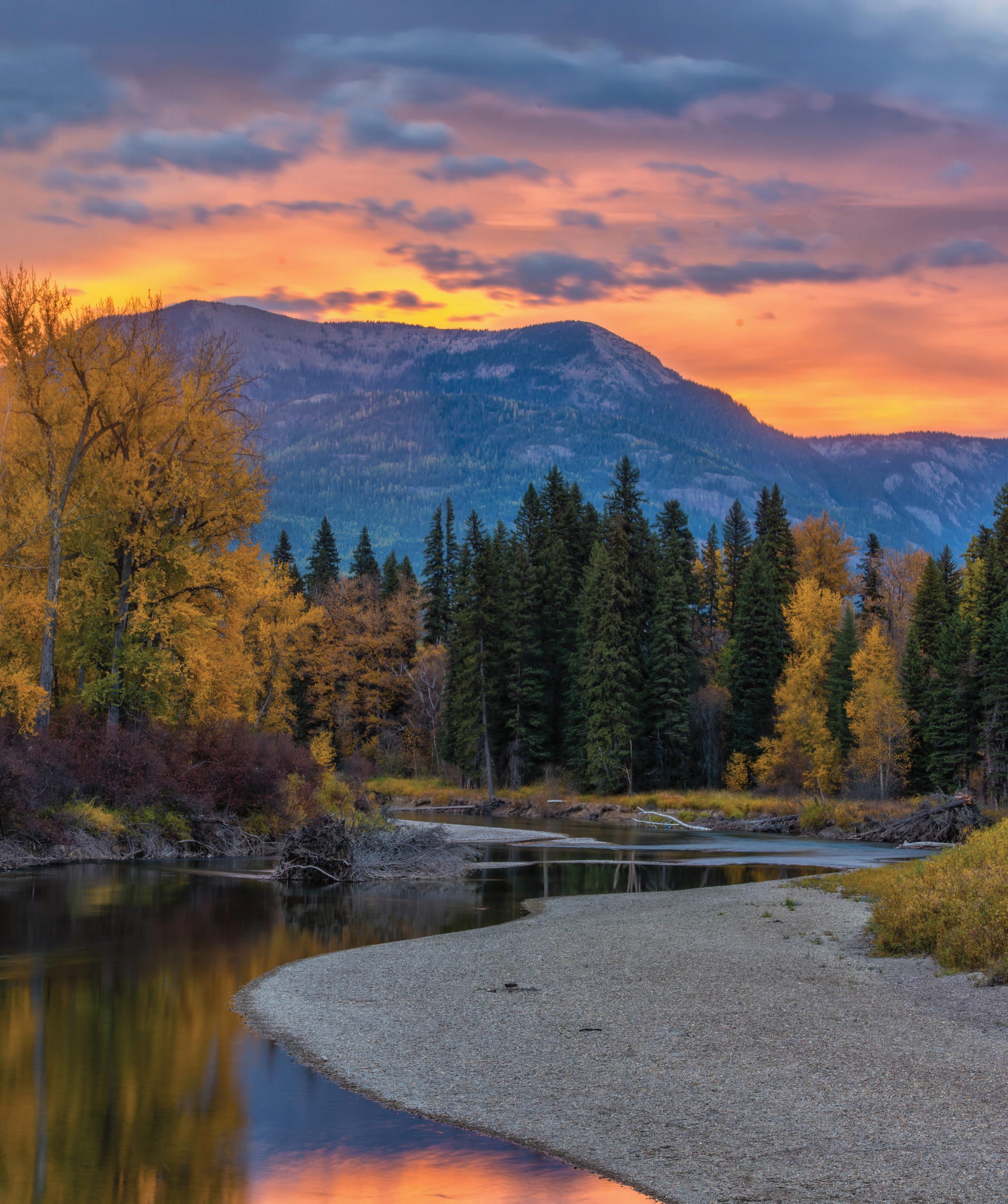
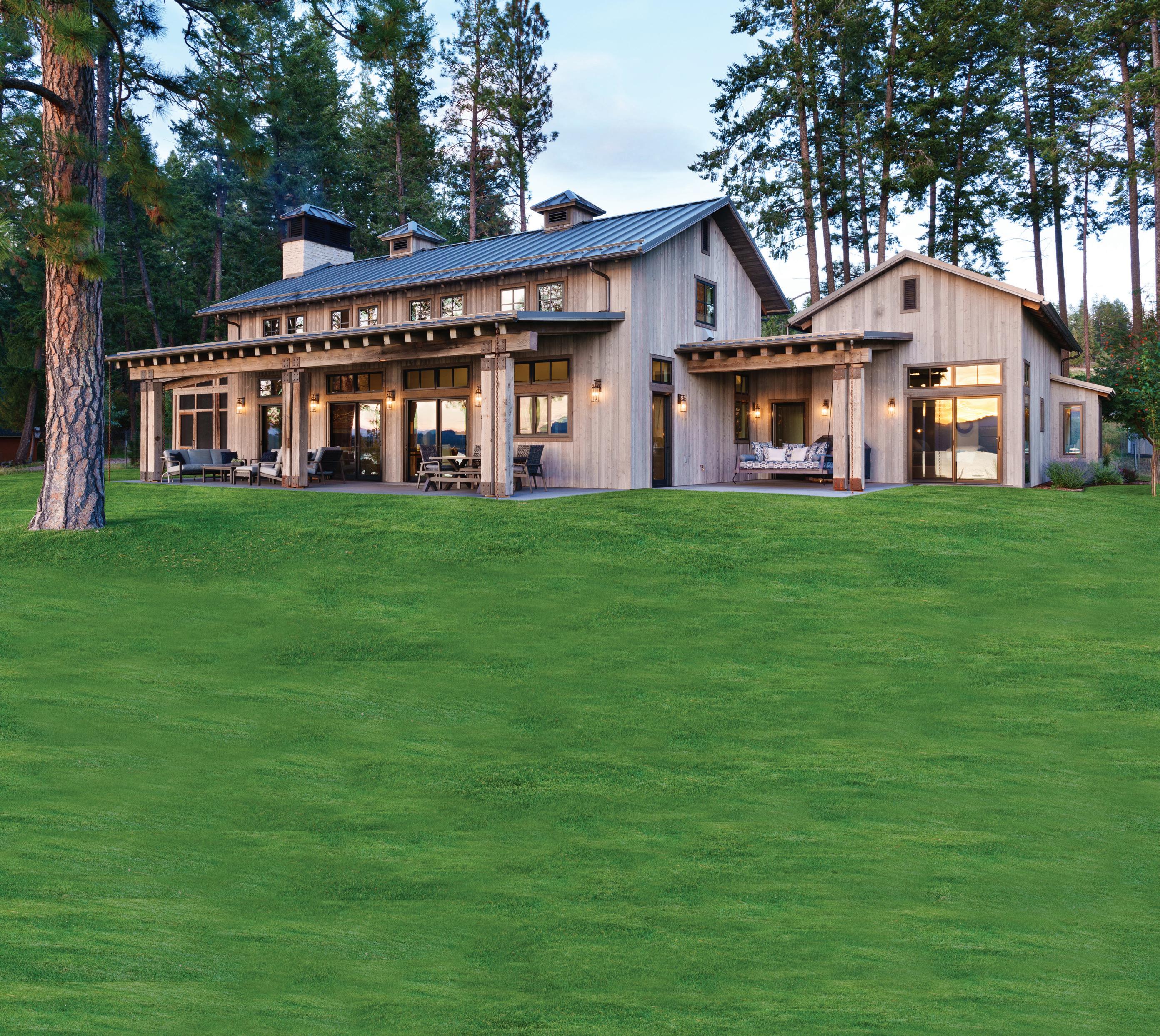




Artist Charles Fritz captures Montana moments in time
WHEN CHARLES FRITZ moved to Montana in the 1980s, he ran into a problem. Up until then, the Iowa-born artist had carved out a niche for himself in the watercolor market, painting sporting still lifes: wooden decoys, hanging mallards, shotguns. “But when I came out to Montana, I got interested in landscape painting pretty quickly,” says Fritz. “And I found that watercolors could not communicate the landscape the way I wanted to.”
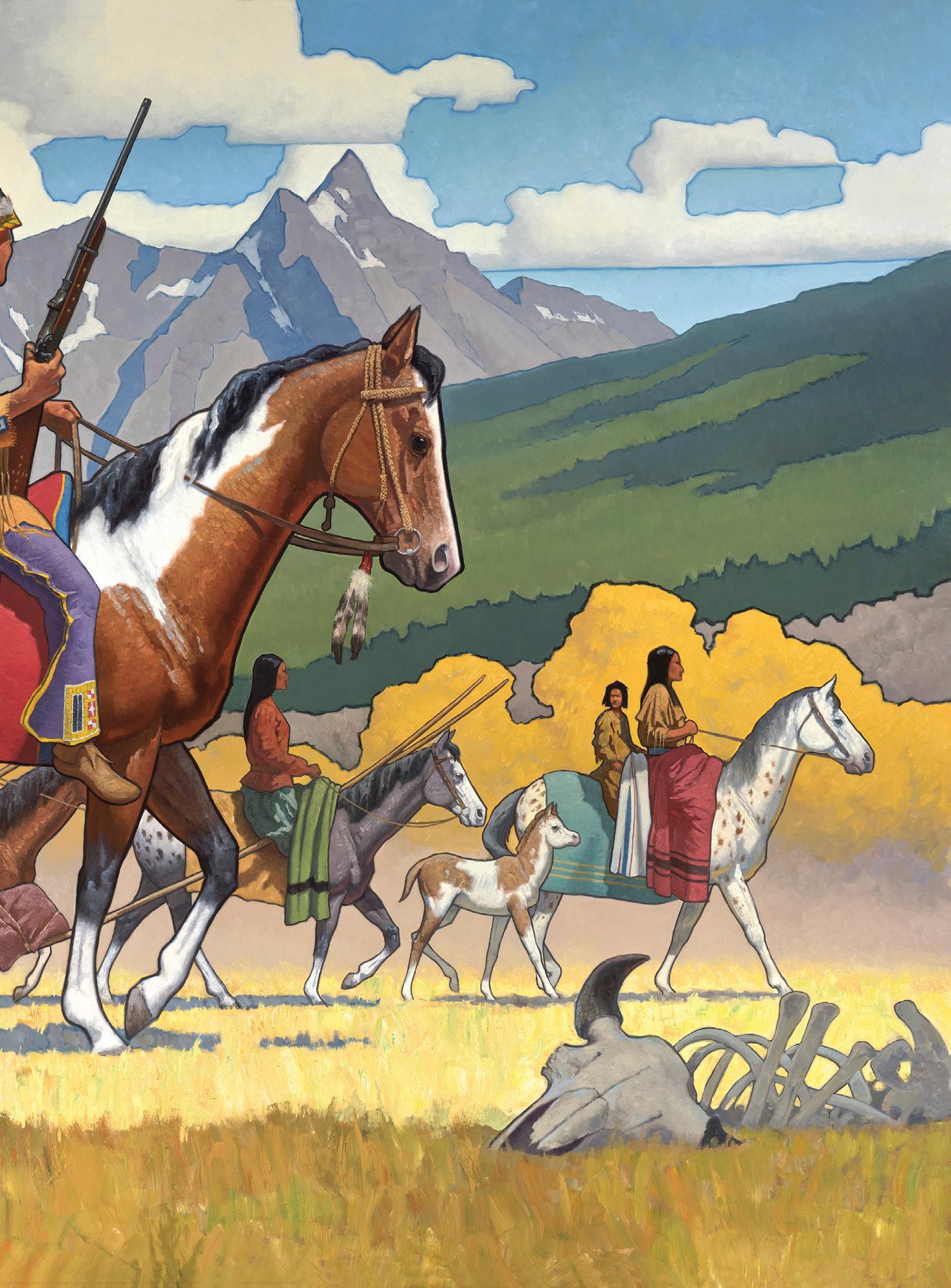
Part of the problem was practical: Plein air watercolor painting in Montana is a battle against the ultra-dry climate of the Northern Rockies, Fritz explains, where “the paint just dries so quickly” that it’s hard to control on the page. The other problem was emotional. “I think, then, and still now, I’m searching to capture colors as realistically as I can.” And the colors of Montana, he discovered, are simply too vivid for watercolor.
So he turned back to oils, a medium he hadn’t touched since childhood. “I found that oil works really well for representing the nuances of the Montana landscape, capturing the true colors but also suggesting texture, light, and depth. Oil can convey how this
landscape makes you feel.” It’s a testament to the power of this region — though Fritz still keeps a soft spot for watercolors. “I’d like to take them back up again, see where they get me.”
Switching to oils proved to be the right move. In the years that followed, Fritz made a name for himself in the Western art scene. His bright, lively oil paintings capture moments that feel surreal, but are commonplace in Montana: the saturated oranges and blues of a mountain sunrise, the brilliant white of fresh December snow, the yellow glow of clouds at sunset.
“Charles Fritz is your quintessential painter,” says Curtis Tierney, owner of Tierney Fine Art in Bozeman, Montana, which features Fritz’s work in its collection. “His artistic process represents the purest and most focused form of what it means to be an artist, starting with his unique observations of the natural world from the field. Fritz next creates a vision that is refined through studies, either drawings or small oil sketches. His technical skills and craftsmanship, gained through years of experience, are then used to create the finished painting. It’s Charlie’s dedication to make every painting his personal best that so impresses me, that toil and effort on each work.”
FRITZ GREW UP on the rolling plains of Iowa, in the heart of the Midwest. His father was an art teacher, “so there were always creative things going on around the house, all the time,” says Fritz. He sold his first painting in seventh grade, a copy of an Outdoor Life magazine cover. “My parents said I learned to read with Outdoor Life ,” he recalls with a smile.
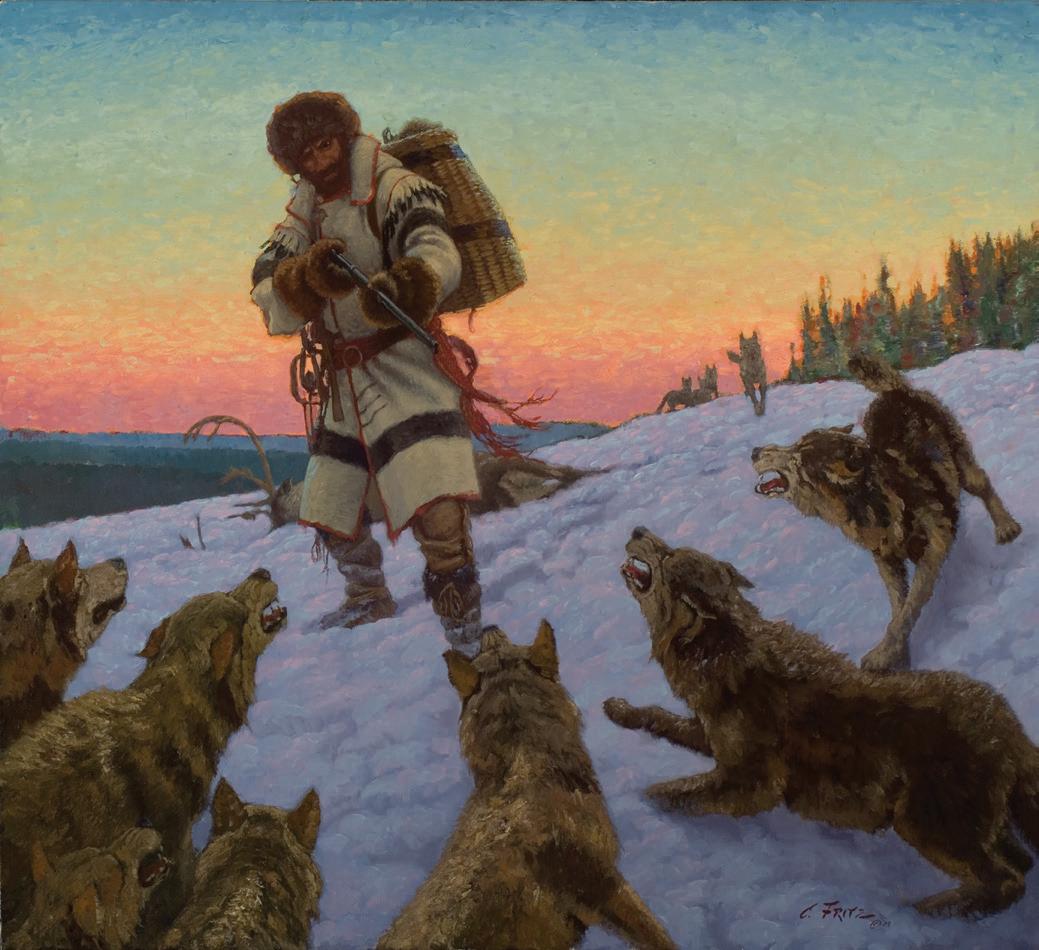
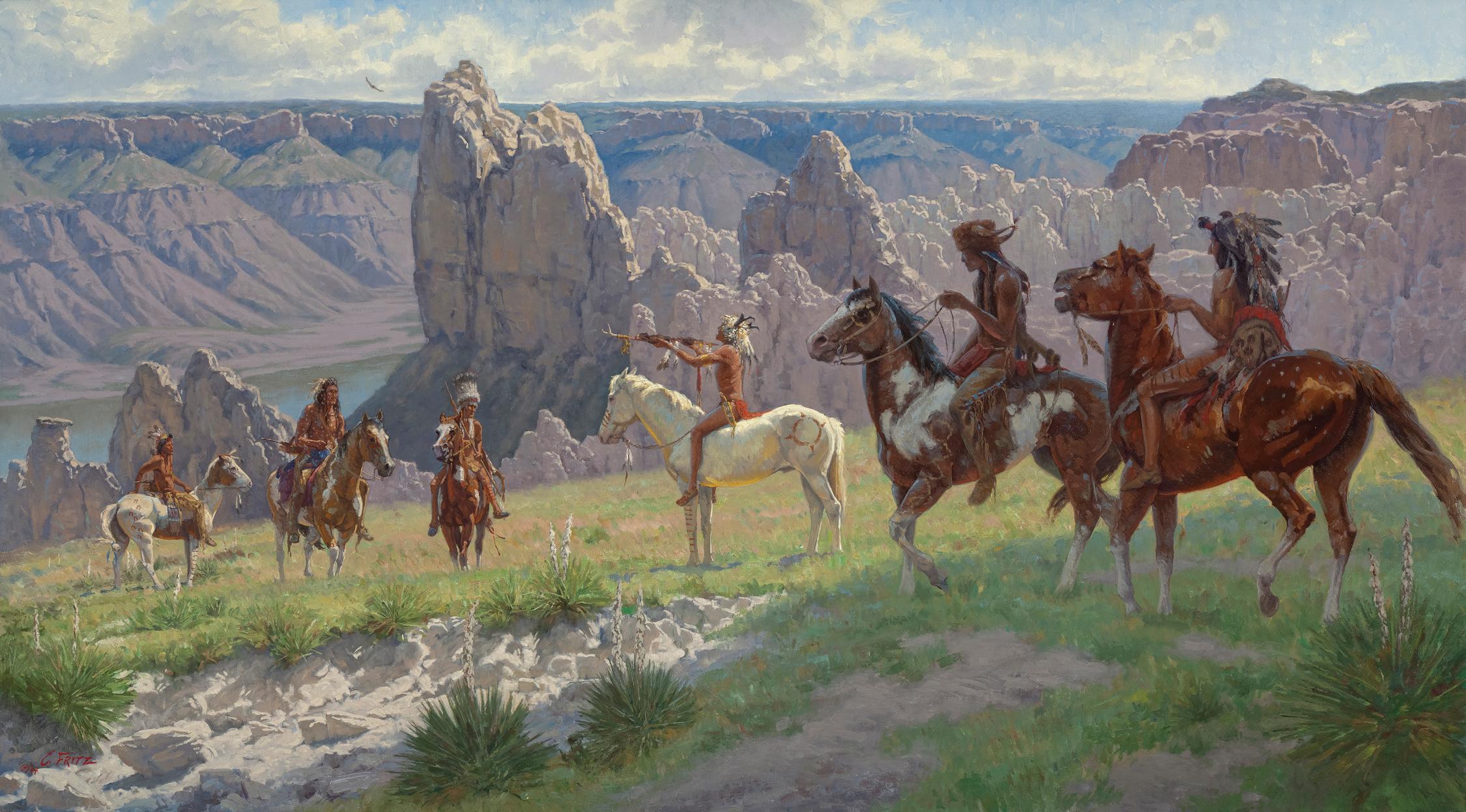
The artwork he copied was by Bob Kuhn, an illustrator who would later rise to prominence as one of the country’s foremost wildlife painters.
Years later, Fritz’s path crossed with Kuhn’s again. “I ended up visiting him at his home in Tucson,” Fritz recalls. “I brought along my scrapbook from childhood, full of clippings I’d studied as a boy. A lot of them were his paintings, so that was kind of full circle.”
Although Fritz went on to study education and history at Iowa State University, art was never far away. He filled sketchbooks with penand-ink drawings and watercolors throughout his college years. After graduating, he and a friend set off on bicycles across Europe, traveling for months through a string of countries and absorbing centuries of mosaics, paintings, and museum collections. The trip left him exhilarated. “But when I came back to the States, I was broke. I needed a job.” He took a teaching position in Boone, Iowa. “I’d teach during the day but continue to make art at night.”
That routine lasted about a year and a half. “That’s all it took for me to leave teaching and pursue a career in painting full-time,” he says.

At first, Fritz leaned into his roots. “It was the Midwest, so the art market was all Ducks Unlimited — very waterfowl focused.”
His move to Montana marked a turning point. “I’d just always wanted to get out here,” Fritz explains. When he arrived in Billings, he quickly immersed himself in the local art scene. Established artist Hal Diteman became an early mentor. Fritz spent a year going to Diteman’s studio daily to learn and hone his craft. “That experience served as a real springboard for the rest of my career,” says Fritz, who also joined a critique group of fellow young artists in the city. “We were all striving to improve and get better, and we all encouraged each other.”
This was the period when Fritz switched to oils. The transition wasn’t seamless, but he stuck with it. “I’ll tell you something, my friend Hal Diteman once told me: ‘If oil painting were easy, there’d be more good ones,’” Fritz shares with a laugh.
In the years that followed, Fritz became known as an oil painter of the American West. This identity made him the perfect candidate for the once-in-a-lifetime project he undertook in the late 1990s, his Lewis and Clark collection. The idea began with a single commission. An art collector asked Fritz to paint a scene described in Meriwether Lewis’ journal, the moment the Corps of Discovery reached the confluence of the Yellowstone and Missouri rivers.
The Poetry of Thick Paint
Summer Passage was painted with palette knives in rhythmic strokes that create a sense of movement and energy. Painted from a series of field studies, the technique captures the essence of nature in rough-hewn, complimentary colors.
Summer Passage oil on canvas, 30” x 30”

bradteare.com
instagram: @bradteare phone: 435.232.1863


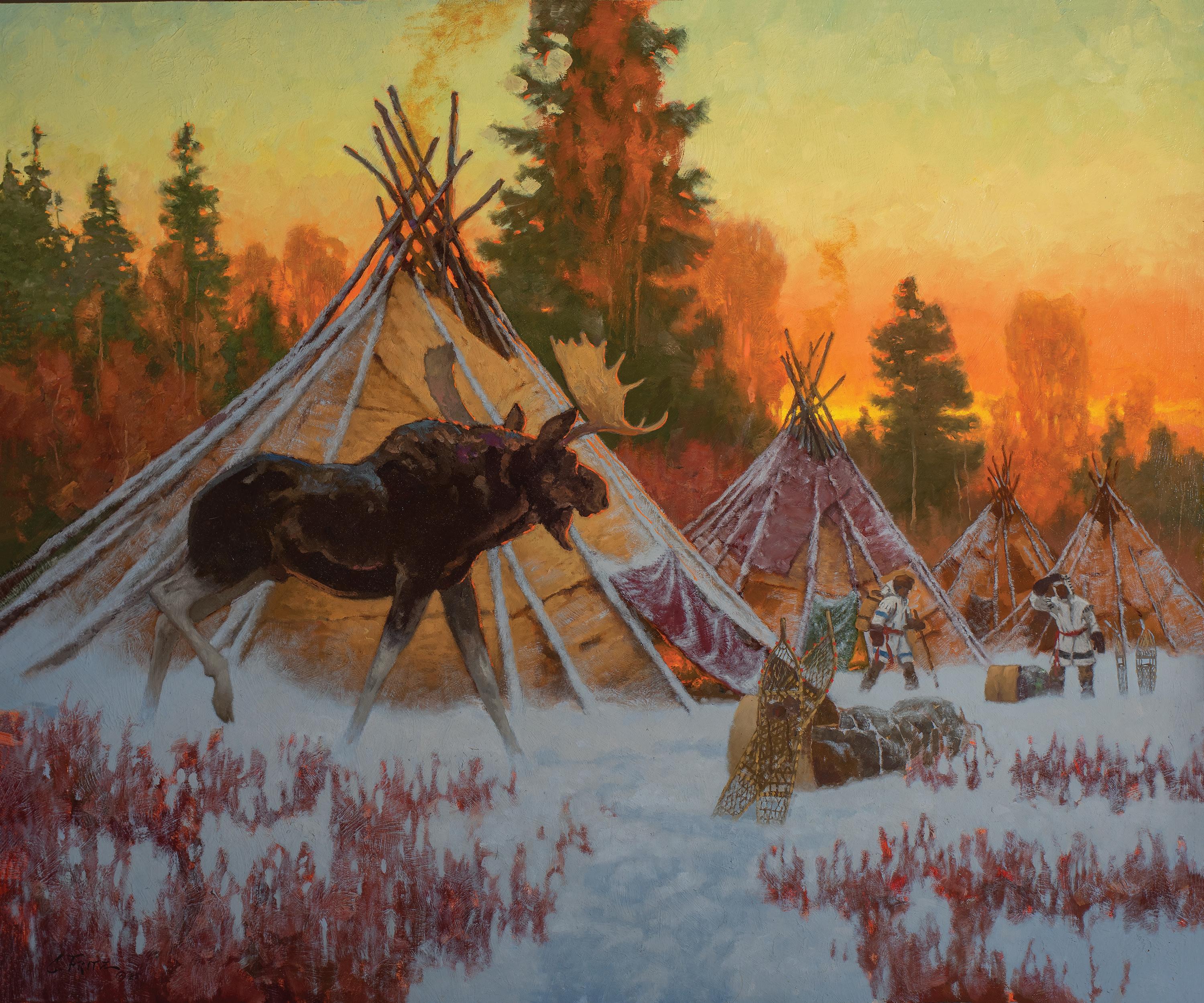
The project stirred something in Fritz. “There had been no artist on the expedition when it actually happened,” he explains. “And as a history buff, I’d always been interested in it.” With the bicentennial of the journey approaching, Fritz saw an opportunity; he would retrace the Corps’ route himself, using Lewis’ journals as his guide, and paint the expedition as though he had been its artist. “I thought, man, I could have been the artist on that expedition, so why not be that artist now? ”
Over several years, Fritz created 100 paintings for the project, each one rooted in Lewis’ meticulous notes. “The experience taught me a lot about the value of that expedition, and the success of it,” Fritz says. “They traveled over 8,000 miles out and back, and only lost one person. That’s incredibly impressive. They found a way to survive in the harshest conditions.”
THESE DAYS, FRITZ opts to stay closer to home, working primarily from Montana and the Southwest. But he continues to pursue projects that challenge him creatively. One such project was a recent, private commission of an expansive Western scene, completed for a home in western Montana. Spanning an impressive 7 by 14 feet, the artwork depicts Chief Joseph and the Nez Perce during their 1877 flight and trek up the Bitterroot Valley. The work is a masterpiece of engineering, involving custom stretcher bars from New York, canvas from an 8-foot loom in Italy, an angled frame to ensure viewers can see the painting clearly despite its spot high on a wall, and about a dozen installers to help with the job.
But first and foremost, the painting is a masterpiece of color, light, and form. The work has traces of minimalism — in the shape of the clouds or the contrast of light as it hits the landscape —
that reflect Fritz’s more recent explorations in style. “I’m in a moment in my career where I’m experimenting with simplified forms, seeing how they can capture different landscapes,” Fritz explains. “For me, I’m always trying to perfect how I capture a feeling, an emotion, at a specific moment in time.”
With over three decades of experience as an artist under his belt, Fritz continues to hone his craft and remains engaged in the artistic community. This year marked the 30th year of Fritz’s participation in the Prix de West Invitational Art Exhibition & Sale, which takes place annually at the National Cowboy & Western Heritage Museum in Oklahoma City, Oklahoma. This fall, he’ll travel to Bartlesville, Oklahoma to take part in the Woolaroc Museum’s special 100th anniversary edition of its biennial exhibition and sale as one of 40 artists chosen to participate in the event. While these activities take Fritz across the country, he eagerly returns home to Billings, where he continues to celebrate Montana moments through art.
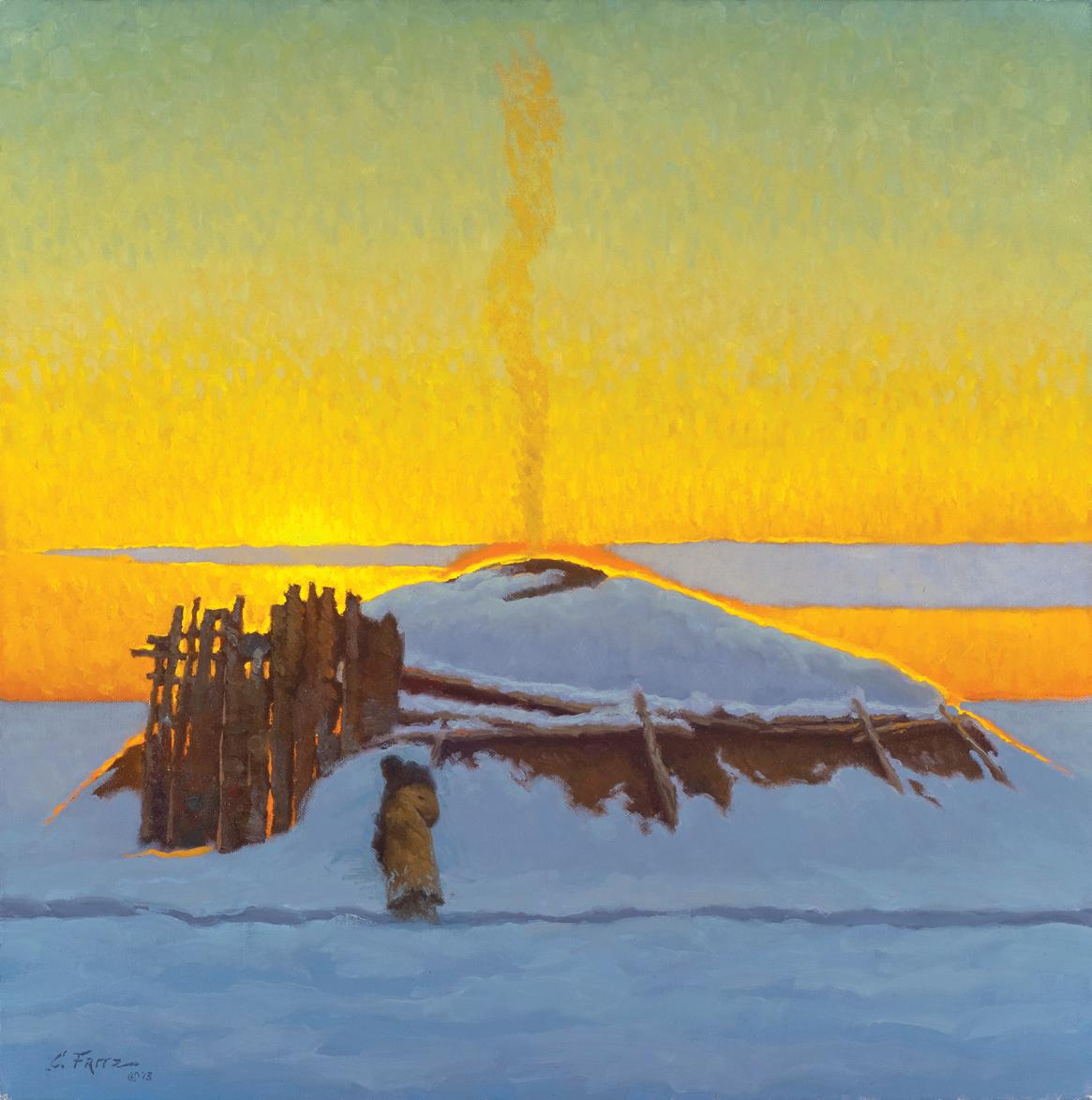
Halina Loft is a writer and editor based in Bozeman, Montana. Before moving west, she worked as an arts editor for Sotheby’s in New York City.

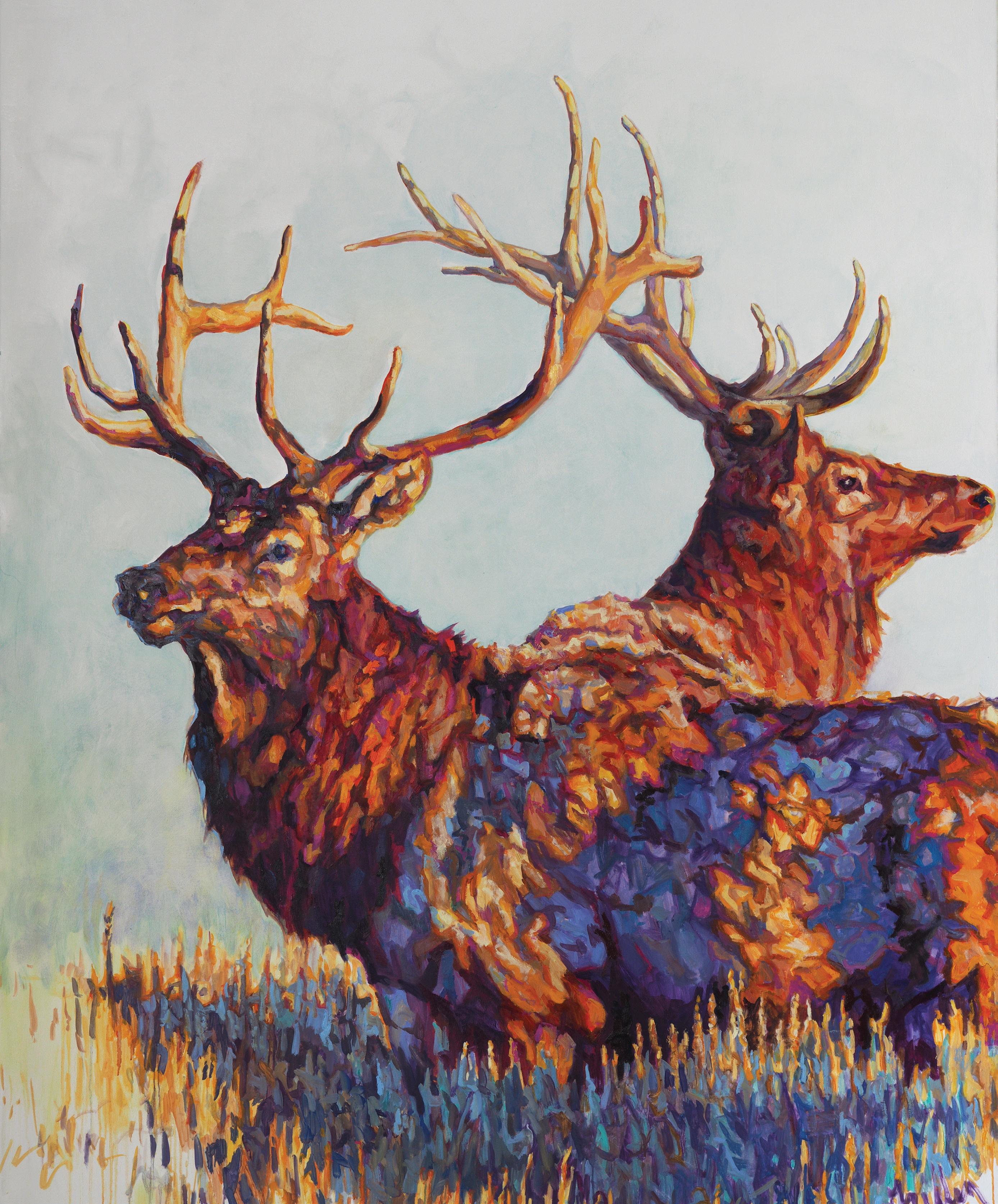







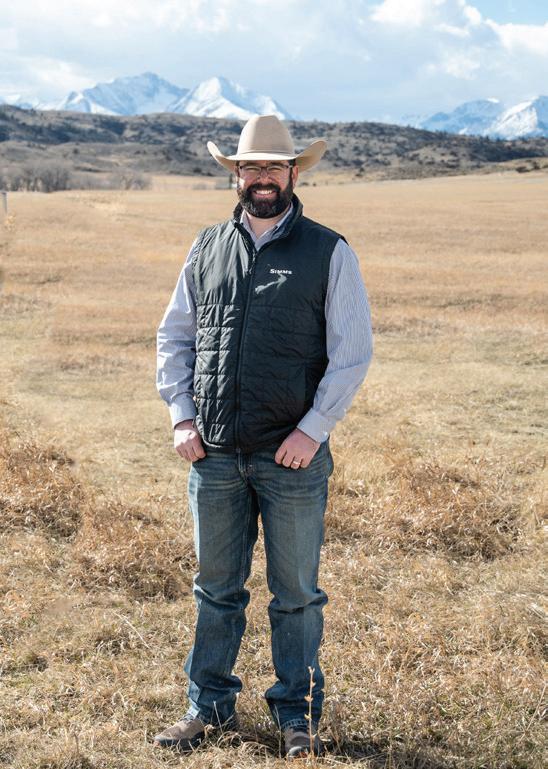
PHOTOGRAPHY BY NICK VANHORN
KNIFE MAKER WILL Hutchinson — known to most as “Hutch” — has spent a lot of time thinking about the marriage of form and function. With an undergraduate degree from the Art Academy of Cincinnati in Ohio and a Master of Fine Arts from the University of Montana in Missoula, he’s spent years working at the margin between fine art and craft, ultimately deciding that it’s not a distinction he’s worried about making.
“Ironically, both of the schools I went to were pretty anti-craft,” he says. “I used to have really strong opinions because I was indoctrinated with this ‘you have to make fine art’ mentality. But it’s



kind of a silly debate. As I finished graduate school, I naturally made this transition into functional objects, even though I was calling them art objects at the time.” His thesis exhibition showcased a variety of handmade goods necessary for daily living, including shoes and clothing, and served as a harbinger of the direction his creative work was headed.
Though he initially envisioned a future in academics, he instead took a decade-long detour into the world of wildland firefighting, working as both a hotshot and a smokejumper. “One of the reasons why that job was really attractive to me was that it afforded me all this time in the off season to make things. I had the freedom to follow my bliss.”



During the winters, Hutchinson experimented widely. “I’m interested in processes, a lot of different processes. I made furniture. I made cedar-strip canoes. I made bags. I made ceramic objects. Just on and on. And it was awesome. Ultimately, I settled on knives for a variety of reasons, but one is just the functionality and the utilitarian value that knives have.”
The value of handmade, flawlessly functional design was another element of wildland fire that spoke to Hutchinson’s deep-rooted aesthetics. “We would make our own gear, because it was so purpose-driven for that job, from the parachute down — the harnesses, the suits… When you’re out there, you definitely want your equipment to perform well, and a lot of the stuff we use on the fire line is handmade. My pack was made by a smokejumper and my boots were made by a bootmaker in Spokane, Washington. People think our packs look really weird [because they’re worn low], but for that specific job


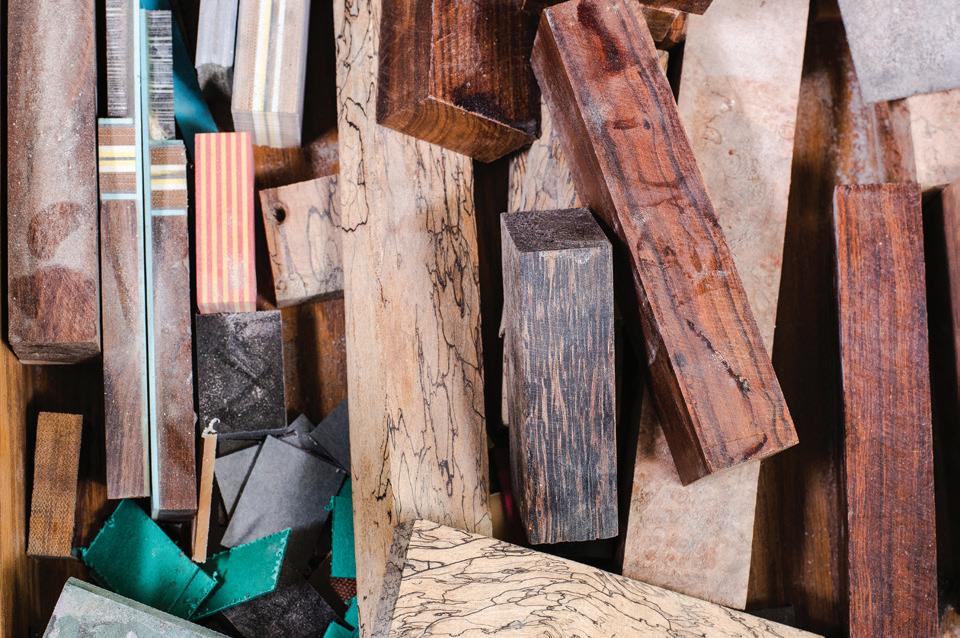
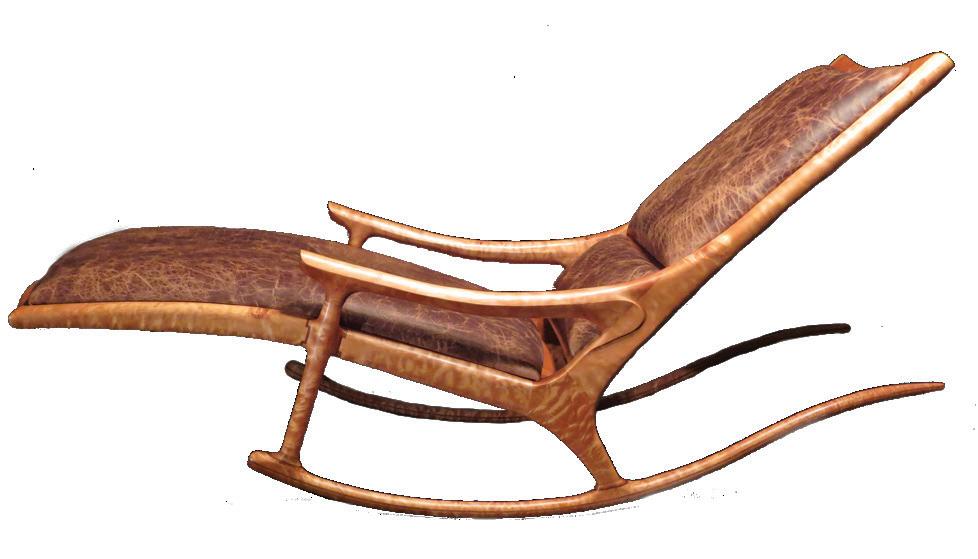
Custom seating furniture designed by award-winning artist and handmade in Montana to your specifications.

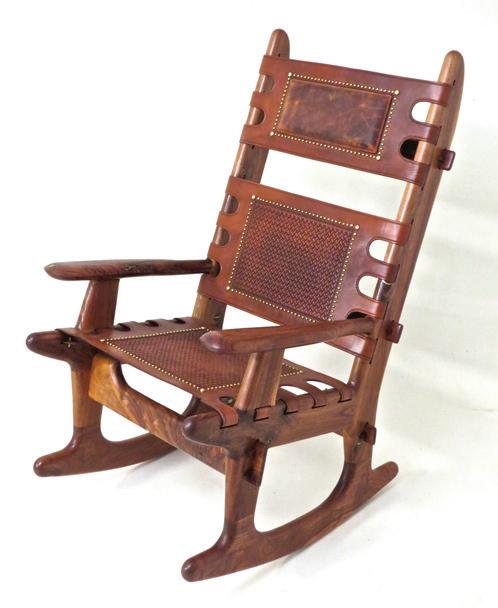
order your custom
it’s perfect — you want it to hang low when you’re bent over digging line because it acts as a counterbalance.”
That close attention to purpose pervades Hutchinson’s knife designs as well. “I make a tall heel on my knives so you can scoop things up. Good knuckle clearance. The heel of my blades has an elegant little swoop to eliminate that sharp point that some knives have.”
He’s also keen on creating items that will be used by their owners every day. Like a favorite coffee mug, he wants his knife to be the one you return to again and again. “That’s the feeling I’m trying to create with the knives I make, because those sorts of objects do enrich your life. A good coffee cup changes the experience of

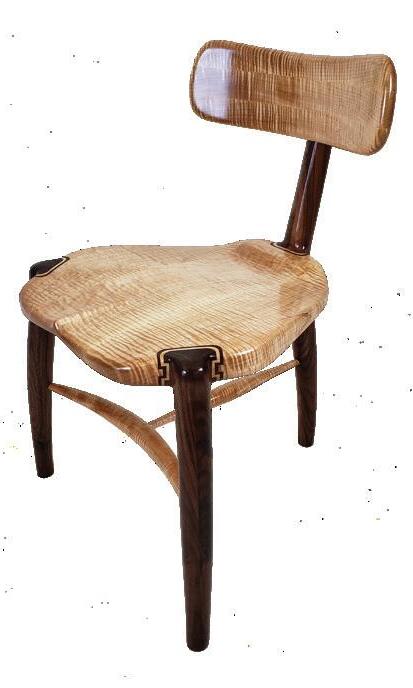
drinking coffee, and a good kitchen knife changes the experience of preparing food.”
While his offerings do include some knives intended for the field, his desire to create everyday pieces drives his focus on kitchen cutlery, investment pieces that will work hard and perform well every day for many decades. “Somebody is going to take it home and use it in their kitchen, and it’s going to last a really long time.”
For him, this means using the best materials possible to withstand the kitchen’s inherently demanding environment. He crafts knife handles from durable woods and composite materials that look beautiful but can also withstand wear and tear. He sources steel directly from reliable suppliers, rather than using recycled steel as some other knife makers do. “The performance of my knives is really important to me, and I take a very scientific approach. By sourcing directly from the manufacturer, I have the ability to choose the dynamics and the qualities, and I know exactly what that steel is. I don’t use old files or old saw blades or any of that, because when you start messing with that mystery steel, you don’t really know what you have.”
But all this focus on utility and materials hasn’t hampered the creative drive that first drew Hutchinson to the world of art and craft. “I try to avoid making the same knife twice,” he says. “I’m really interested in the uniqueness of each piece; I’m interested in the design process that occurs over time. Some companies might design a great knife and then just make that knife over and over. I want to see the work grow, and evolve, and continue to improve.” hutchmade.com, @hutchmadeknives
Melissa Mylchreest is a freelance writer and artist based in western Montana. When she’s not at her desk or in the studio, she can be found enjoying the state’s public lands and rivers with her two- and four-legged friends and family.
Nick VanHorn left the hustle and bustle of Fort Collins, Colorado after college in search of wide-open spaces. Since landing in Montana, VanHorn has worn a variety of hats, from ski patroller to bike mechanic to broadcast television professional. Whatever the task, VanHorn can be found with a camera inhand to document the journey.
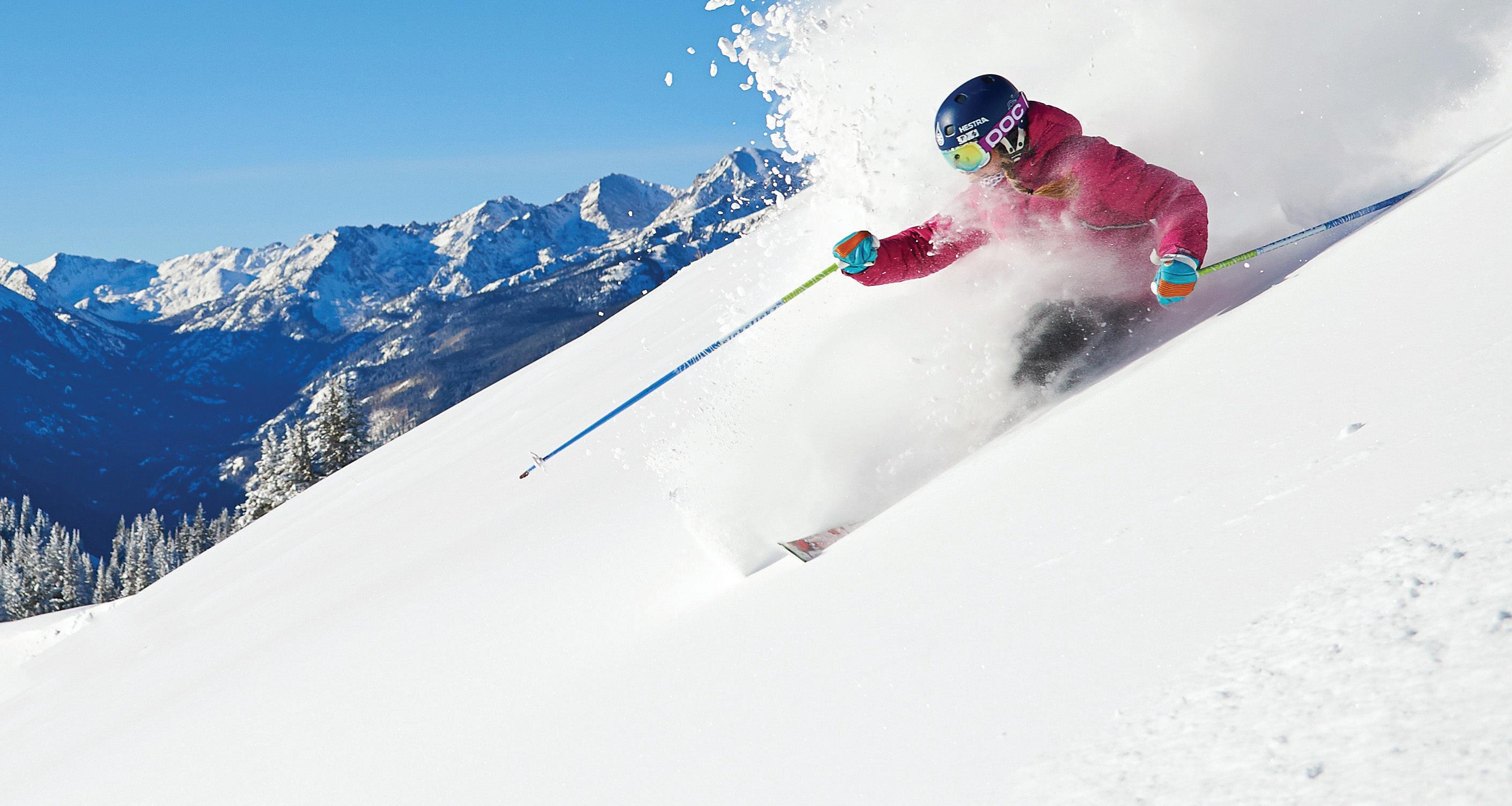

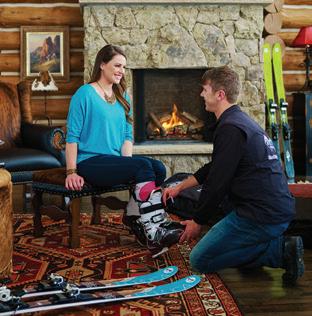
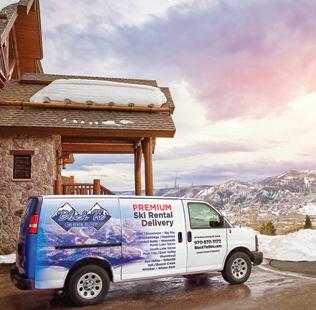





& PHOTOGRAPHED BY CAROL POLICH
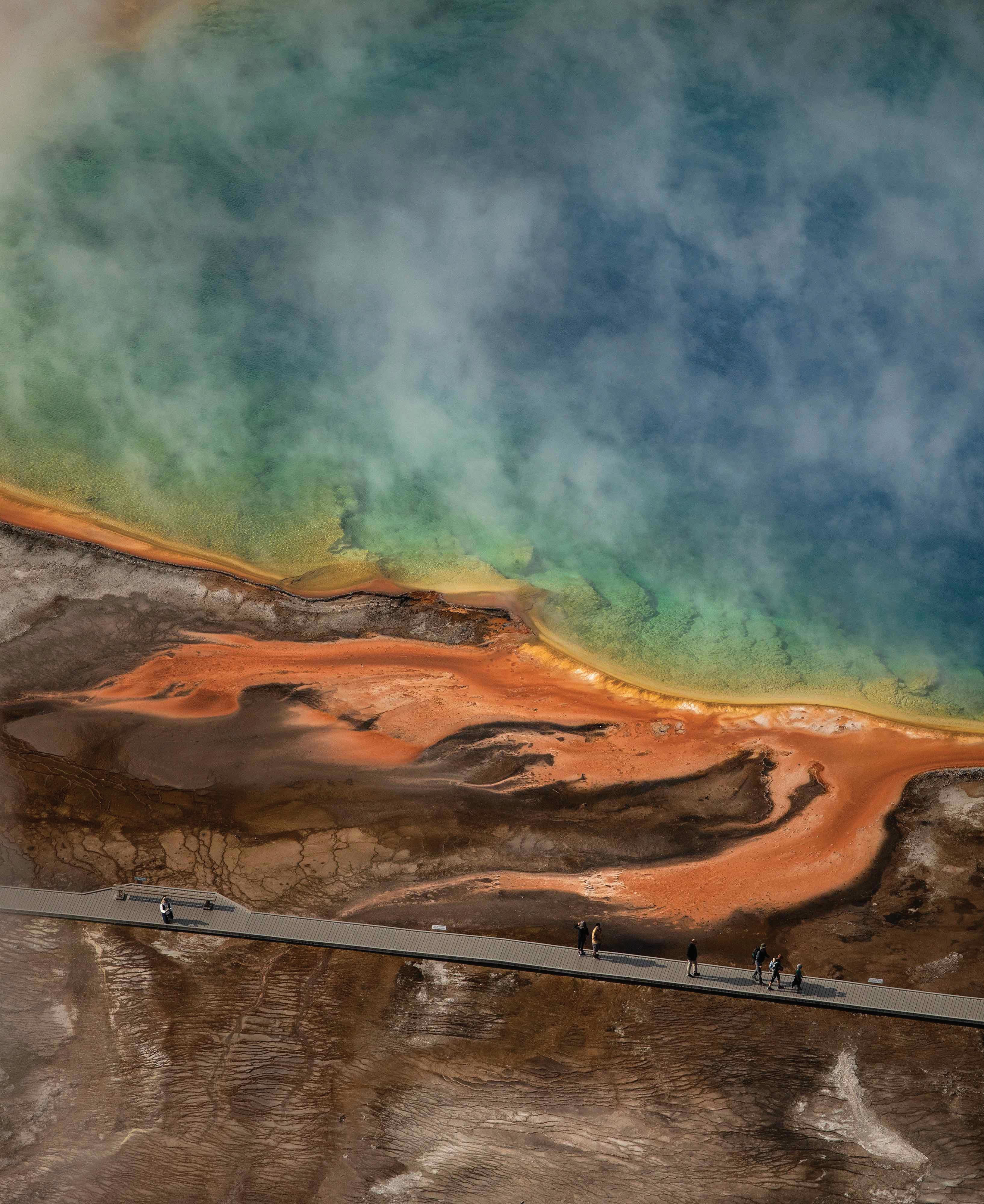
With its intense color, Grand Prismatic Spring is eye popping from a bird’s-eye view. Lying in a stark environment above the spring, I had the opportunity to thoroughly observe the layered depths within the thermal. Mini green-hued terraces seem to plunge into the hot, bottomless pit as the surrounding flames appear to burn violently as people pass by. The aerial of the entire spring was featured on the Yellowstone National Park 2023 calendar cover.
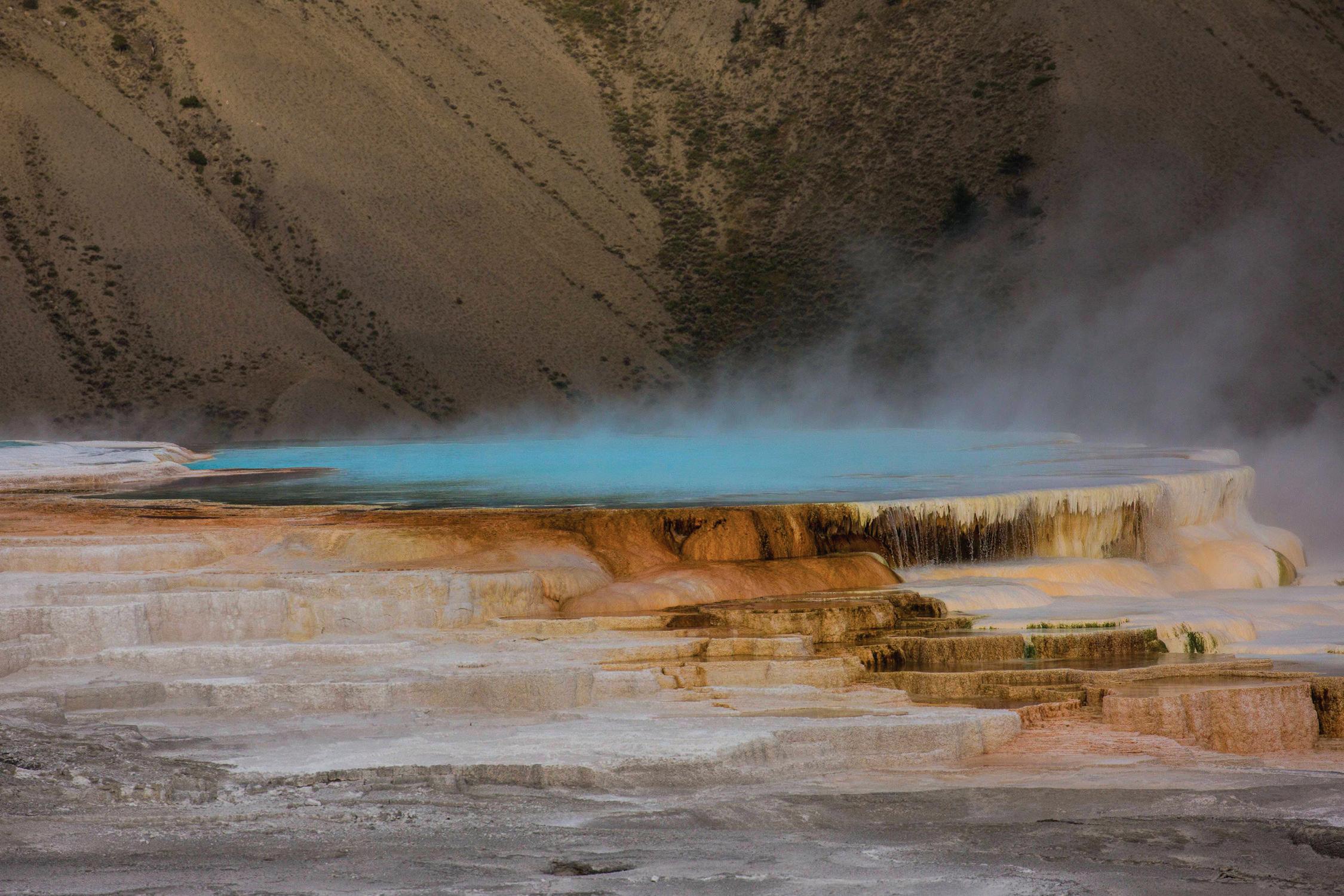
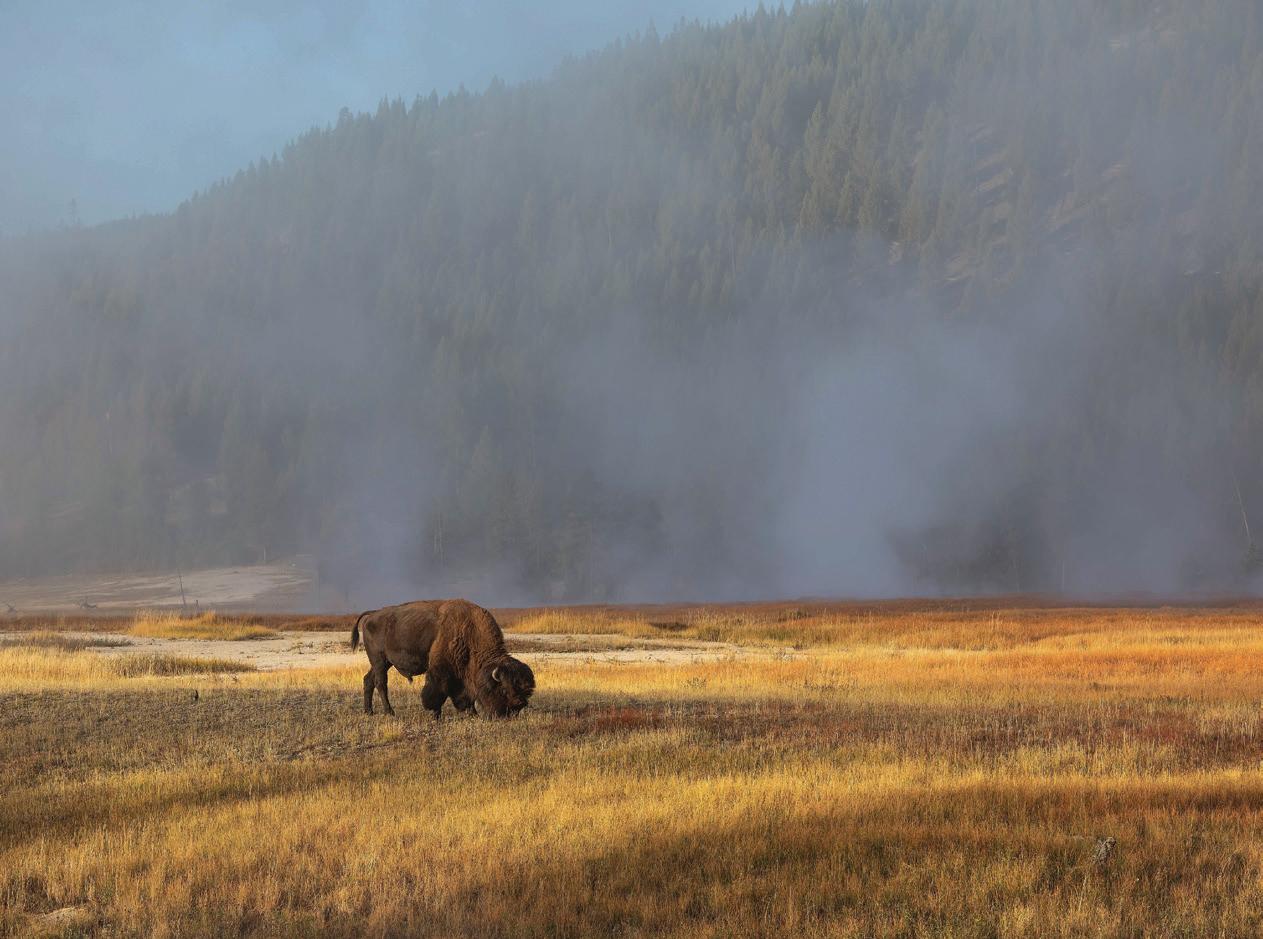
LET’S FACE IT, Old Faithful, Great Fountain Geyser, Norris Geyser Basin, and the various Yellowstone fumaroles don’t get a lot of attention when they’re in the steam phase, which comes after all the “oohs” and “ahhs” and visual thrills of an eruption. Sitting by myself, as dawn and dusk splash their palette on steamy thermal areas, I still find myself mesmerized. Colorful, reflected hues in the hot waters flowing from the vents or a steamy Old Faithful silhouetted against the dusk sky can be equally thrilling — and silent… It’s a quiet and magical time I relish.
Steam and fog announce the arrival of autumn’s cool mornings and brilliantly colored grasses. A solo bison engulfed in an ethereal atmosphere plucks the seasonal shoots. Once the sun peeks through the rising veil, the deep red and gold grasses are further exposed.
I move with the bison, my camera in hand, as it quietly munches. Background scenery presents itself as a framed picture within the grandeur and splendor of a typical fall morning in Yellowstone. I take my time as the fog slowly lifts. An hour passes as the sublime beauty continues to unveil itself.

Over the decades, I’ve experienced the steamy thermals from the ground, but an aerial view of Grand Prismatic Spring is breathtaking. Its surroundings are lifeless compared to the kaleidoscopic colors within the thermal pool. The austere, brown boardwalk follows the spring’s curve and then meanders as it connects to other thermals. Shadowed figures appear on the boardwalk, giving a vertical edge to the otherwise colorful curves of the pool, which emanates orange flames. Arriving too early at Grand Prismatic on these cool mornings, whether on the ground or in the air, means I won’t see anything: There’s too much steam. Thus, calculating the best arrival time is important.
Great Fountain Geyser is usually throbbing with people during the daytime, but not in the morning when I decide to drive along Firehole Lake Drive. The area is silent as I approach the pool. Dawn’s pink and orange hues paint the sky. I set up my tripod and am free to move at will, capturing the steam and colors peeking above the heavy fog. The thermal water reflects t he sky as steam drifts lazily from the vent. It’s a serene, atmospheric environment shared only between me and my photos. Dewy grasses glitter in the early morning fog, another sign of the season. A precariously perched Savannah sparrow peers through the stems. Dark, hulking bison offer perspective in the background. I hope the tiny bird won’t get trampled; surely the wary bird will find a safe perch on another dewy log.



CLOCKWISE FROM TOP LEFT: Viewing Grand Prismatic from the boardwalk has consistently intrigued me over the past few decades. Every time I go, I see different patterns and colors form on the bacteria mat, a living organism. Each area has its own series of mini edges, which create ongoing patterns. The morning steam reflects the bacteria mat in pastel hues as it slowly lifts, drifting upward and hovering over the hot pool. • I missed the early evening Old Faithful eruption, not because I wasn’t in my prime spot, but because clouds drifted in and covered the sun. No geyser spray could be seen as it blended in with the cloudy sky. Not to be completely foiled — and since I was camping nearby — I decided to wait another hour for the geyser to erupt again, hoping it would happen before the sun dropped below the horizon. As I sat on the bench dreaming of possibilities that were not destined to happen, the steam phase burst into the sky, setting off a haunting spectacle I hadn’t previously seen. • Cool lateSeptember and October mornings on Quake Lake are filled with fog. Dead trees from the 1959 earthquake make this entire scene evocative as I drift in my kayak. Meanwhile, the colorful aspen trees are in their full glory, adorning the hillsides as the fog hangs, suspended, above them.
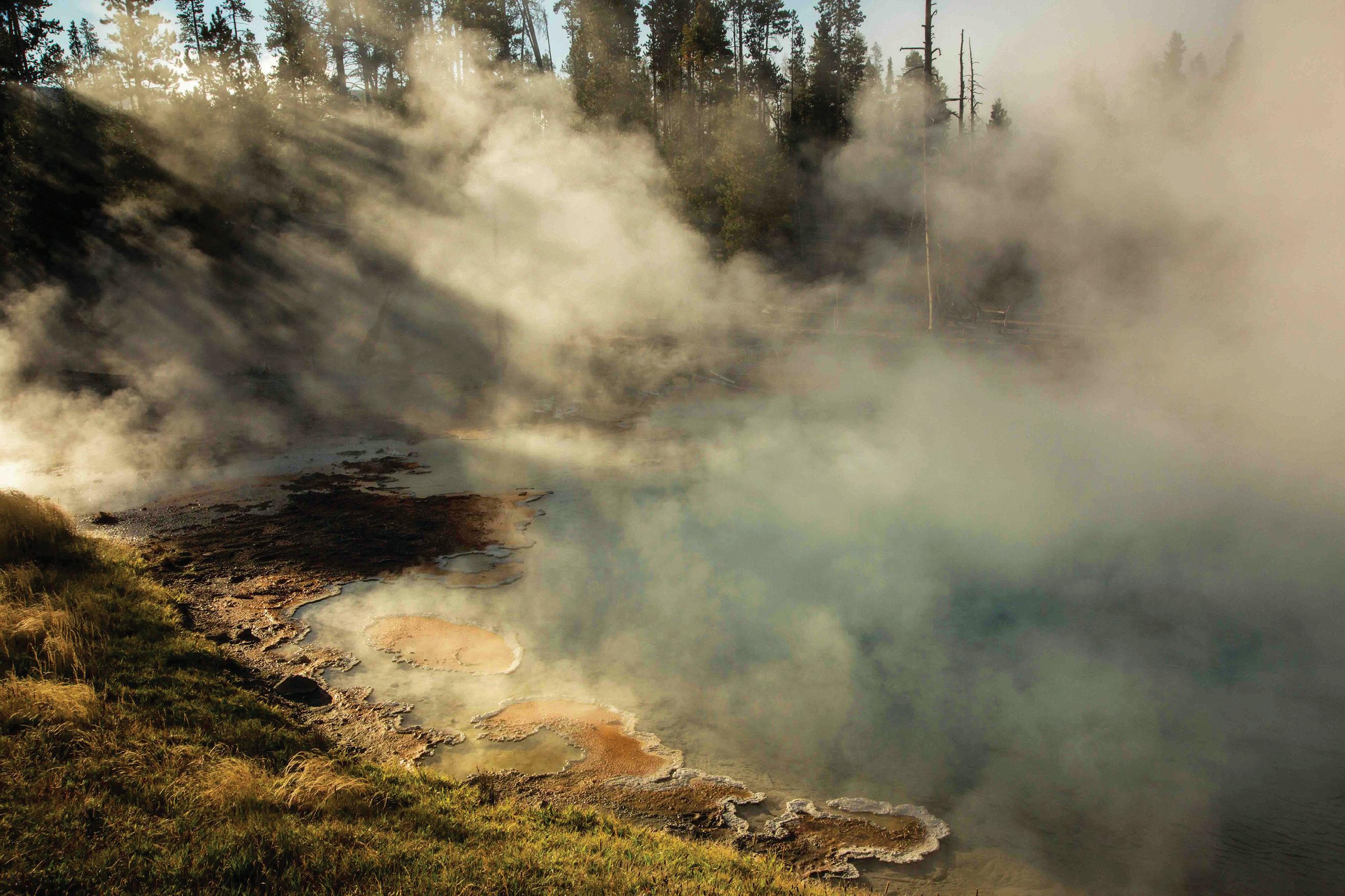
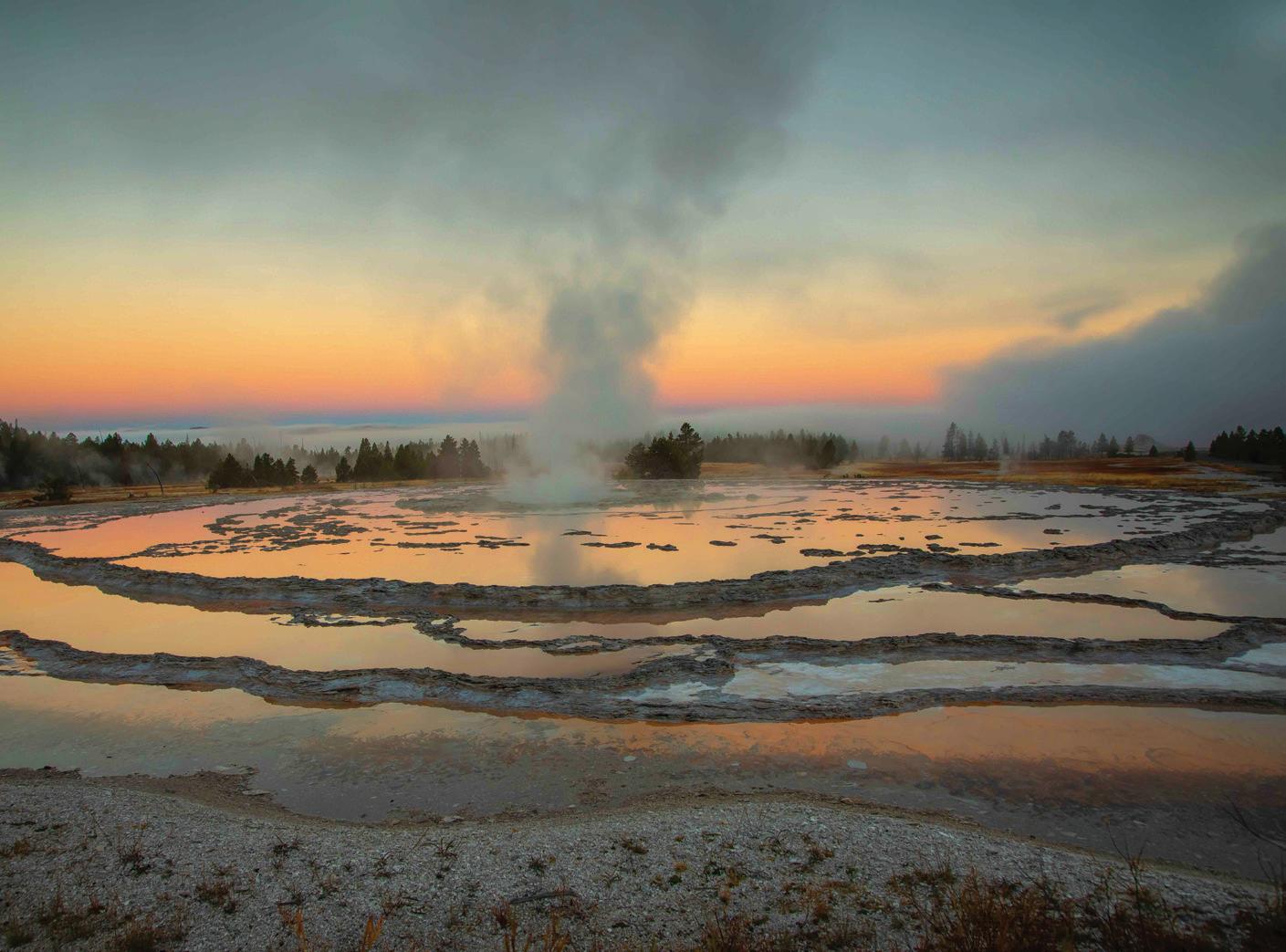
Quake Lake, another of my haunts, lies within the Greater Yellowstone Ecosystem. Arriving early at the boat launch, I push off in my kayak and paddle toward the east end, racing to catch the fog before it completely dissipates. Once this happens, the sun exposes the brilliantly colored aspen leaves and red bushes on the hills. The dead trees give the environment an added mysticism while ducks and geese meander through, quietly engrossed in their own paddling.
This season’s steam offers a welcome transition from the summer’s verdant greens. I dress warmly in gloves and layered clothing, though once the steamy fog lifts, the sun’s warmth envelops my body as it does the landscape around me.
Carol Polich has been a nature photographer and author for the past three decades. Her written and visual work has been featured in regional, national, and international magazines, and her images have been included in calendars, on postcards, and throughout numerous national parks. When she’s not in the field, she teaches photo classes. Polich has three photo books to her credit; wildnaturetrails.com.





Angling icon, invasive menace, or both?
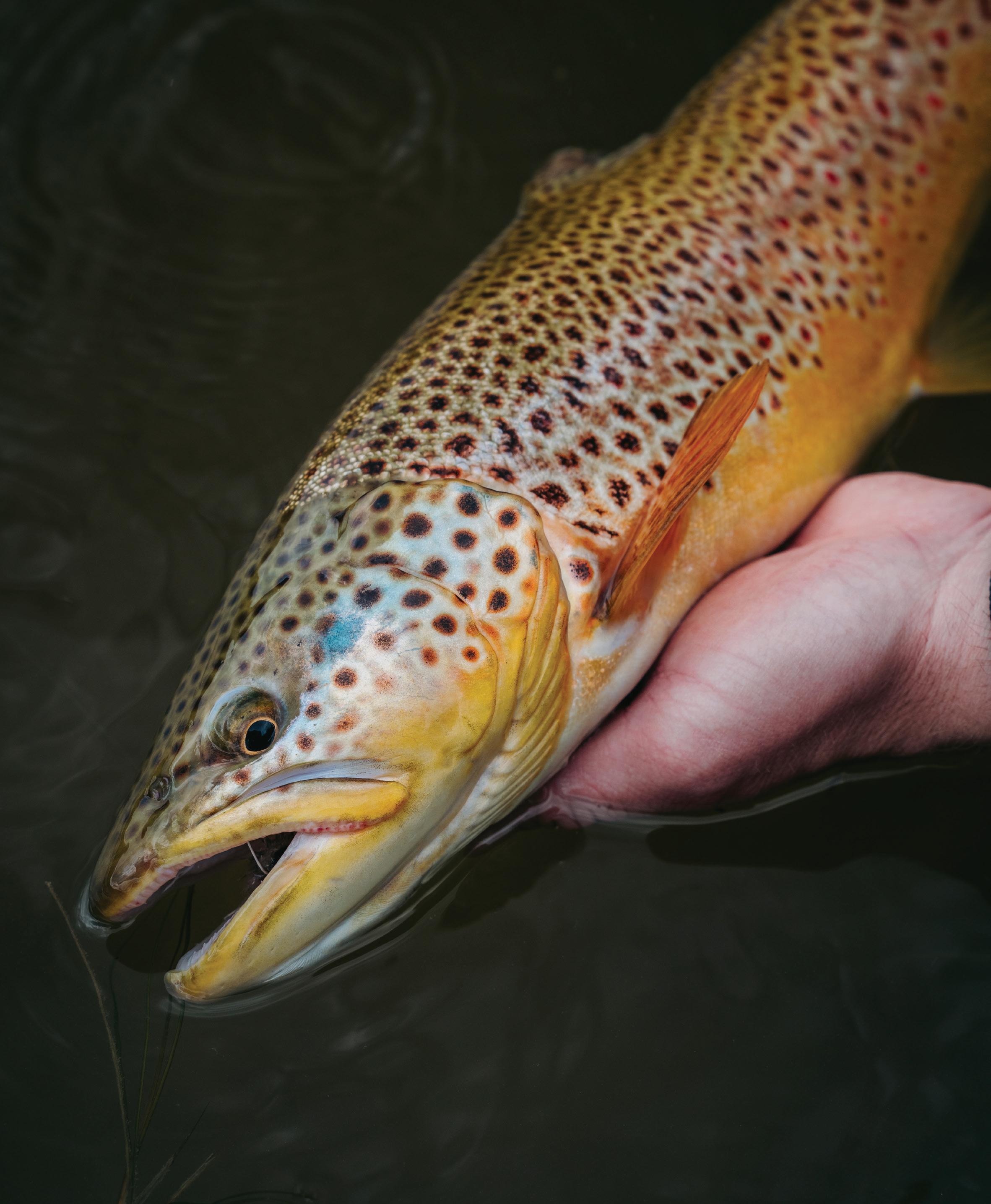
MY ANGLING CAREER BEGAN WHEN I was a kid in rural Upstate New York, catching pan-sized native brook trout. (As a measuring tool, the pan didn’t have to be very big.)
Around the time I was 9 years old, I began transitioning from worms to dry flies. The choice of surface flies wasn’t a matter of principle: In the 1950s, hardly anyone knew anything about fishing nymph imitations. I certainly didn’t.

On one midsummer adventure, I headed upstream while my dad went down. After 100 yards of dead water, I arrived on a high bank overlooking a deep pool. As I studied the water, I saw a bug (a mayfly, in retrospect) vanish in a dimple against the opposite bank. Game on.
I wasn’t worried about matching the hatch because I didn’t know anything about hatches. By modern standards, my Royal Wulff would be classified as a crude imitation of nothing in nature. Skeptics should remember what Livingston, Montana’s late, great Dan Bailey had to say on the subject: “A selective trout is one that won’t hit a Royal Wulff.” Furthermore, I had tied it myself.
I measured the distance and fired away. Since I was casting across the current and hadn’t learned to mend a fly line yet, the strike was as undeserved as it was exciting. When I hauled the fish up the bank, I immediately made two observations. It was the biggest fish I’d ever caught, and it wasn’t a brook trout.
Thus began a 70-year love affair with dry-fly fishing and Salmo trutta — the brown trout.
DESPITE MONTANA’S REPUTATION AS AN angling mecca, surprisingly few of our gamefish are native to the state. Except for a small population of redband rainbow trout and a few glacial relic lake trout populations, our only widely distributed native trout are bull trout (actually a char) and two species of cutthroats.
Then, anglers craving variety took matters into their own hands.
In 1889, hatchery-reared rainbow trout were introduced into the Madison River. Rainbows derive from Pacific salmon, with whom they share the generic name Oncorhynchus . These were the first of their kind in Montana east of the Continental Divide. Evidently reason ing that if one popular newcomer was good, then two would be bet ter, someone planted brown trout in the Firehole River a year later. Today, these two species are central to Montana’s popularity as a flyfishing destination. A River Runs Through It would not have been written without them.
Despite their similarities on the end of a line, browns and rainbows are very different fish. Browns were not only foreign to Montana but to the entire Western Hemisphere. Their native range extends from the British Isles through continental Europe to western Asia. In contrast to rainbows and cutthroats, they originated in the Atlantic, hence the generic name Salmo, which they share with Atlantic salmon.
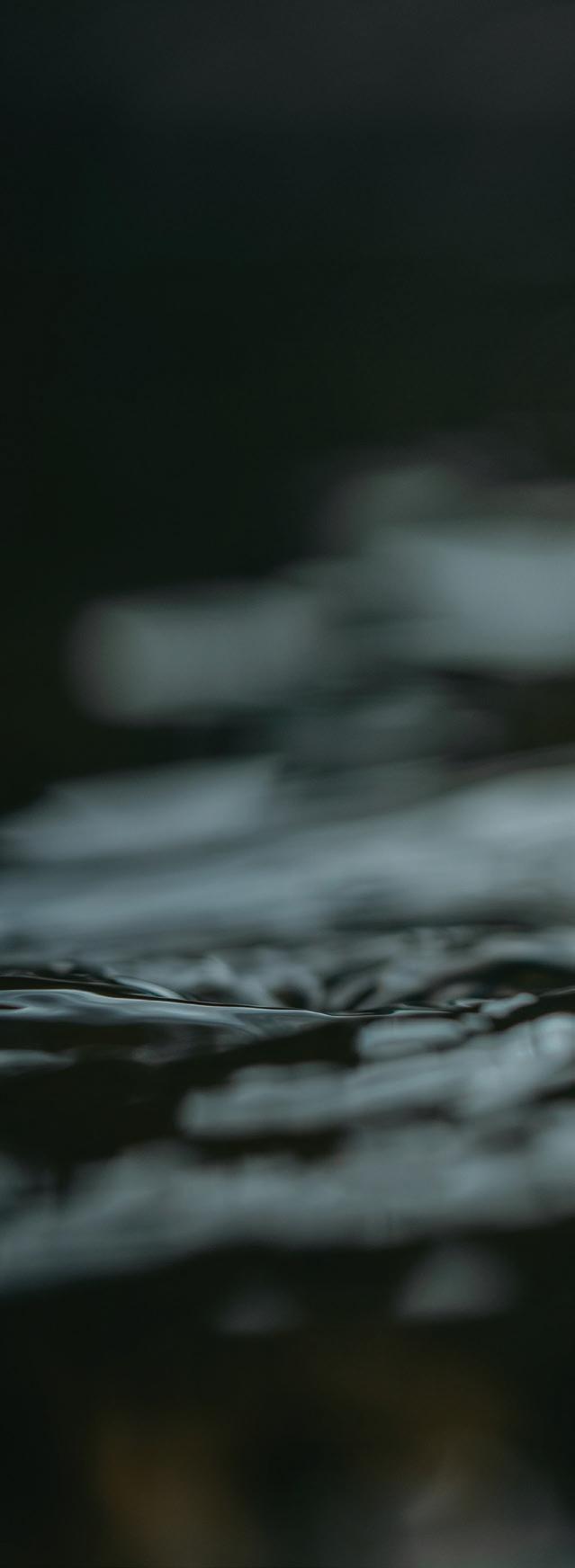

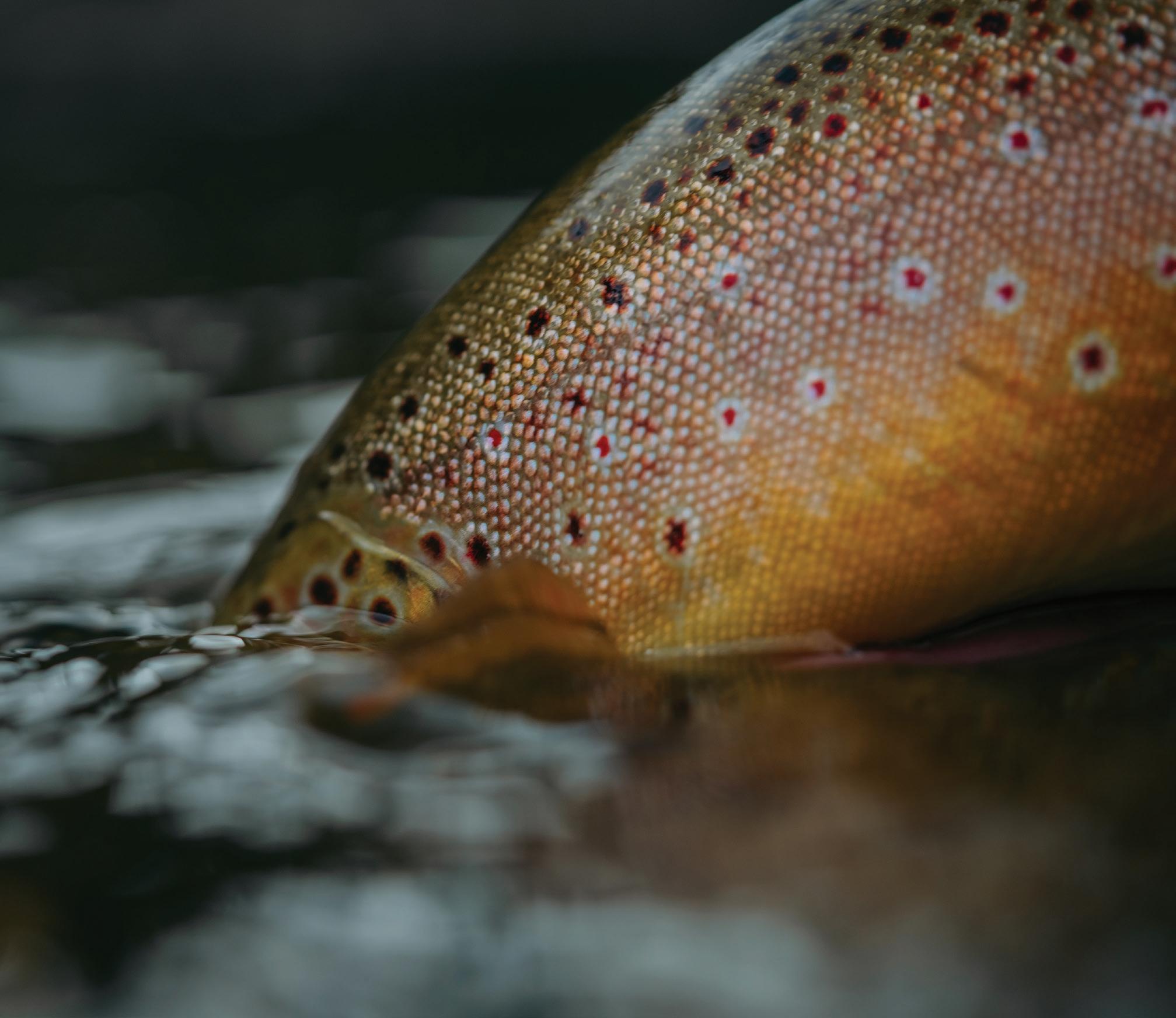
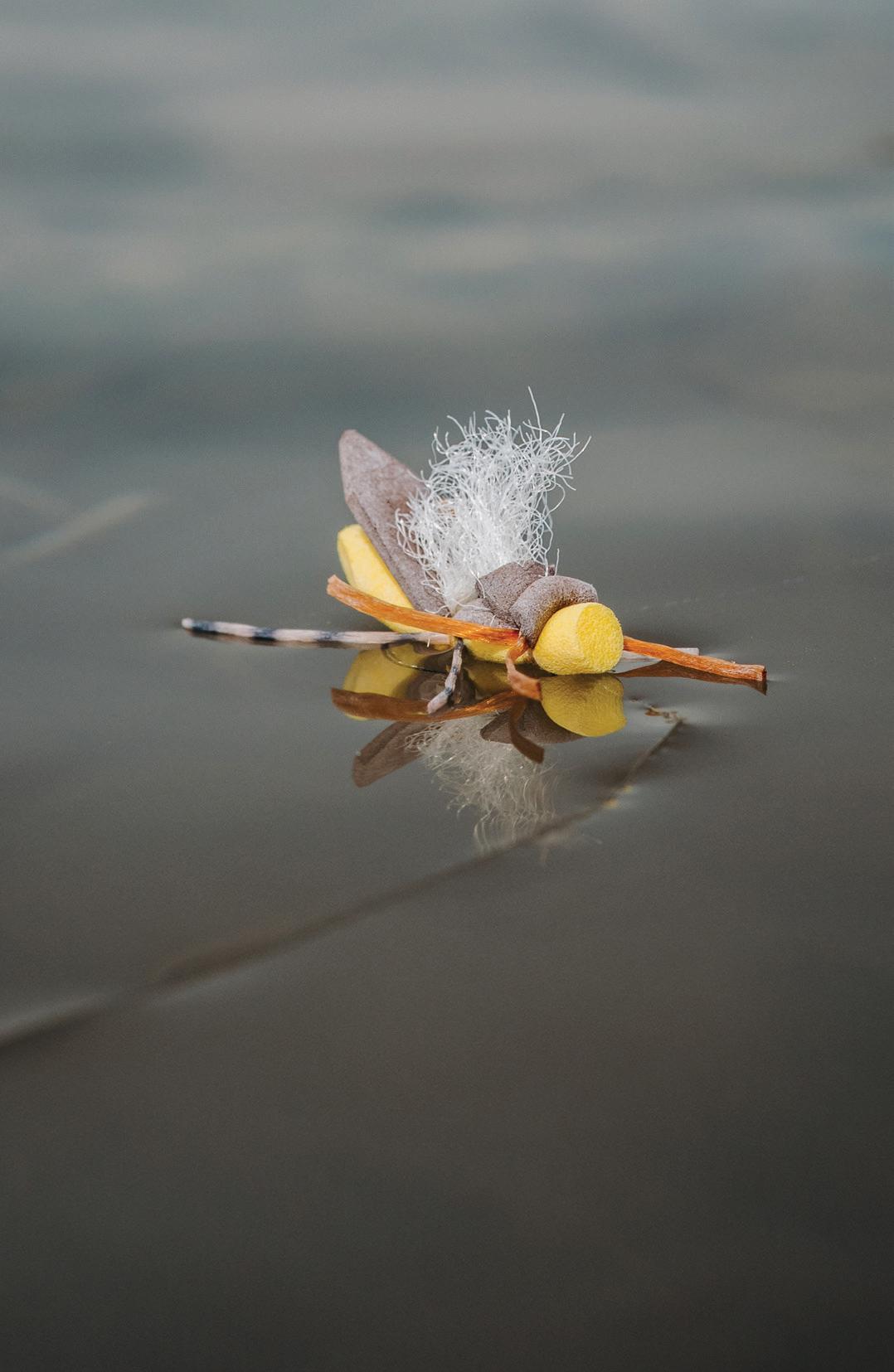
FROM TOP + OPPOSITE : Drew Mumford displays a perfect specimen of a male brown trout.
• Lance Egan's Bionic Hopper is an excellent imitation to fool hungry trout taking grasshoppers on the surface. • A close examination of the intricate patterns of a wild brown trout before its quick release back into the depths seems intimate proof enough of the wonder of nature.
•
A few last casts before the October sun sets complete another perfect Montana day.
Anglers seem to have loved them from the start, as noted in classical angling treatises by English writers Dame Julia Brenner of the 15th century and Izaak Walton, author of the 1653 title The Compleat Angler. No one valued them more than the British, who were largely responsible for their eventual worldwide dispersion. Over decades of adventure travel, I realized that British colonists inevitably brought three things with them wherever they settled: tea, overcooked meat, and brown trout. That’s how browns came to inhabit suitable waters from South Africa to New Zealand.
Despite their popularity among fly-rod anglers, there is one significant problem with Montana brown trout: They’re eating our state fish.
Like all trout, browns enjoy a diet heavily dependent on aquatic insects. However, they are notably aggressive carnivores, and big ones will attack almost anything that swims, from cutthroat fry to baby ducks. Browns and our beloved cutthroats just don’t play well together.
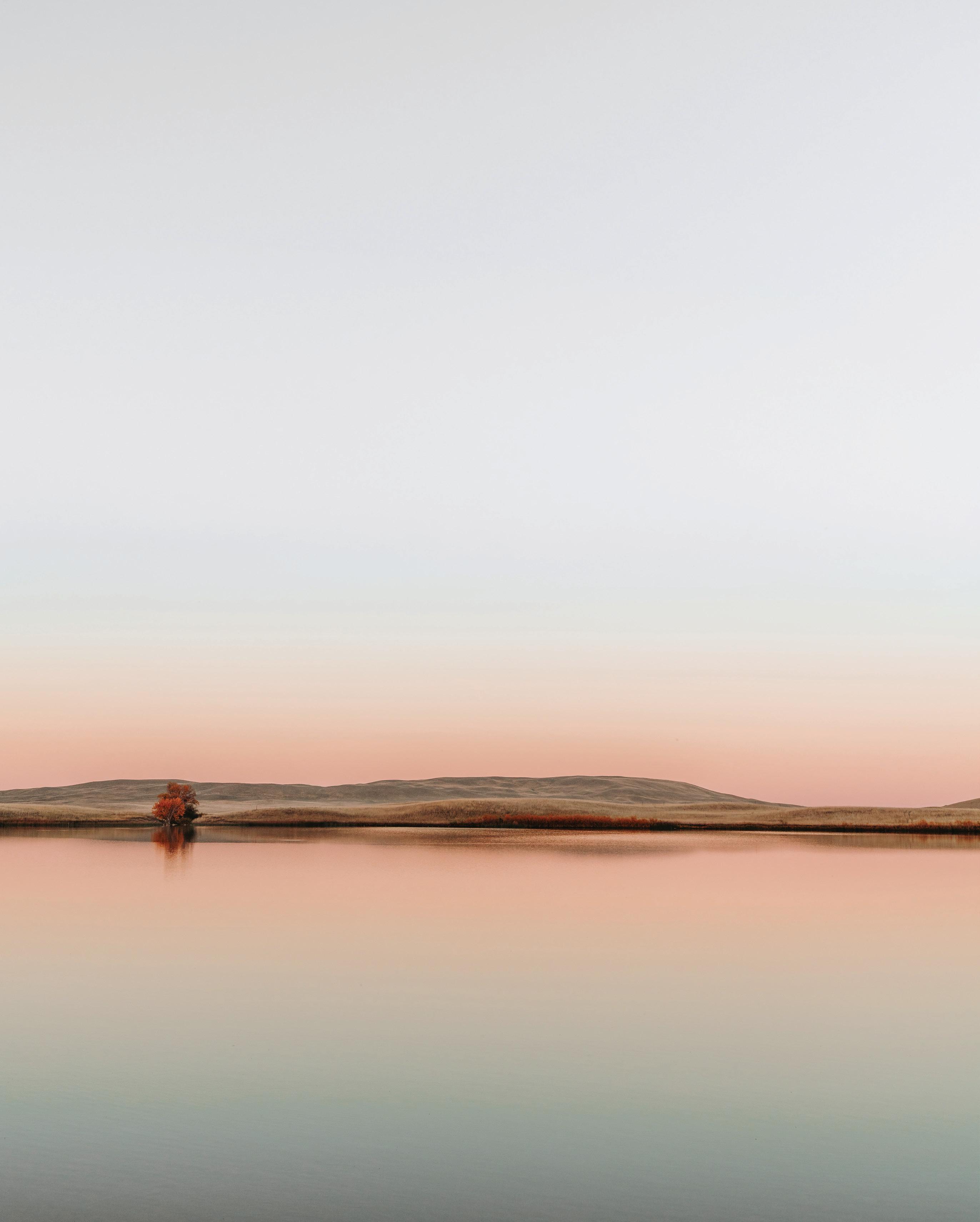
A decade ago, Bozeman-based fisheries biologists working with the U.S. Geological Survey studied these interactions in two small Yellowstone National Park streams holding both browns and native cutthroats. Sampling studies from the 1980s had shown more browns than cutthroats in the streams’ lower reaches, while cutthroats predominated in the headwaters. Their 2012 study showed that the browns had become numerically dominant throughout. They planted some cutthroats above a waterfall that acted as a physical barrier to browns farther downstream. Subsequent comparison of the two cutthroat populations — one shared with browns and one without — showed far fewer juvenile cutthroats where the two overlapped. Furthermore, the isolated cutthroats grew significantly larger and faster than previously observed.
This and similar studies demonstrate that predation isn’t the only reason cutthroat numbers decline in the presence of browns. Competition for limited food sources favors the more aggressive brown trout. From agricultural dewatering to climate change, a variety of factors are also contributing to rising temperatures in many Montana trout streams. Rainbows and cutthroats do best in water temperatures around 55 degrees Fahrenheit, while browns thrive between 60 and 65 degrees. Thus begins a vicious cycle. As environmental changes increasingly favor the browns, there are more browns to eat more juvenile cutthroats.
In some places where brown trout have been introduced, they are regarded as just another invasive alien species. One reason why browns enjoyed such a prominent status in British angling history is that anglers got to enjoy them in their sea-run form. Like steelhead, the anadromous version of rainbow trout, most salmonids that spend time in saltwater grow larger and stronger than their inland counterparts.
Anglers attempted to introduce sea-run browns in multiple locations around the world, but only succeeded in one: southern Argentina. When I chased them in Tierra del Fuego, the angling lived up to expectations. However, alien browns had displaced indigenous fish species. Some Argentines were arguing for their removal even though the fish they threatened were of little angling value. Responsible science or lingering resentment over the Falkland Islands War? Probably a bit of both.
A basic biological principle holds that when a species in an isolated ecosystem free of competitive pressure suddenly faces a better-adapted alien, the native loses the Darwinian battle. That’s what happened to
Hawaii’s native forest birds after European contact. It would be a tragedy to see it happen to our cutthroats.
CHOOSING A FAVORITE GAMEFISH IS like choosing a favorite child: futile, conflicting, and ultimately unfair to something that has brought you joy. I’m not going to tackle that impossible choice here. However, I can’t think of a freshwater species I’ve enjoyed more than brown trout.
While it’s hard to grasp the concept of intelligence in fish, the consensus among anglers holds that browns are somehow smarter than other trout. Though an impression rather than an objective fact, the opinion is so widely shared among experienced anglers that there must be something to it. During a busy mayfly hatch, most of us have seen rainbows strike any good imitation while the browns next to them rise halfway to the same fly pattern, study the artificial, and drop back down to the streambed without striking. Why value fish that are hard to catch? After landing — and hopefully releasing — countless trout, meeting a challenge often becomes more important than wrangling another fish into the net.
Visual appeal is another consideration. Browns face stiff competition for the best-dressed title. Nothing appeals to a coastal angler like a bright salmon fresh from the sea, even though (and perhaps because) its color is uniform silver throughout. On the other hand, those more impressed by
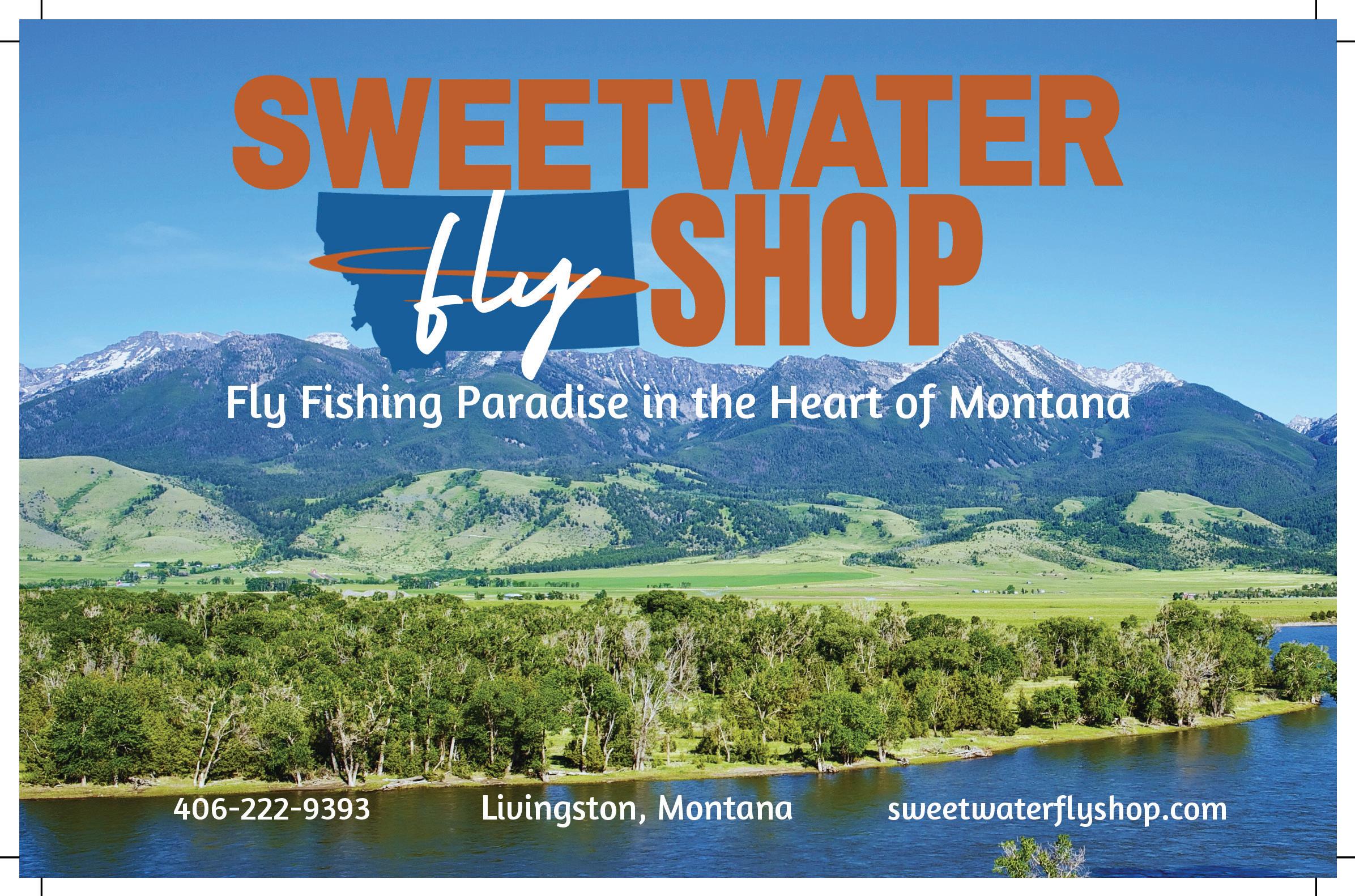


an artist’s color palette would find it hard to beat an arctic char dressed up in its fall pre-spawn hues. But beauty lies in the eye of the beholder, and although browns are neither shiny nor gaudy, I find them beautiful, especially the big ones. Their tawny sides make them the only trout that looks warm. Their scarlet and black spots may not be as dramatic as those on spawning char, but their subtlety has its own appeal. Finally, there is nothing more satisfying than the golden flash beside a drifting nymph imitation that announces you’ve finally fooled a brown.
AUGUST CAN BE A QUIRKY month on my favorite spring creek. The midday mayfly hatches have faded along with the evening caddis rise. But hope springs eternal, and I’ve waited for the perfect day to explore my favorite alternative. Bright sunshine, a brisk wind, and buzzing grasshoppers greet the dogs and me during the morning walk.
As I park my truck and walk down to the water, the gentle sound of distant combines fills the air, reminding me that upland bird season lies just two weeks away. The trout will either be
hitting hoppers or they won’t, and I’ve found an easy way to tell the difference before I bother with my fly rod. On the walk through the field from the truck, I catch a dozen hoppers and stuff them in a vest pocket. Upon arriving at an abandoned farm bridge, I pick my way across the remains until I’ve reached a midway point that offers a commanding view of the current below.
Although I can’t see any fish feeding downstream, I’m not discouraged. Hopper fishing is an on-and-off affair, and sometimes it just takes the right wind gust to start the dinner party. After extracting a hopper from my pocket, I drop it midstream and watch it float out of sight around the next bend without attracting any attention. However, indifference from the fish may simply reflect a sampling error on my part. When a hopper miscalculates and winds up in a trout stream, it usually lands close to the bank. And the fish know it.
After repositioning, I drop a second hopper in a current line that should carry it right next to an overhanging bank. Sure enough. Paradoxically, the rise seems subtler than it likely would have been for a mayfly a fraction of the hopper’s size, but I’ve seen that before.
A 50-yard walk downstream leads to a favorite riffle where I rig up. I’ve seen hopper patterns tied so meticulously that one could fool me if I saw it on a blade of grass. I’m more of an impressionist at the tying bench. My hoppers are big, buoyant, and fluffy, tied with deer hair and turkey feathers obtained with my own bow. As suggested earlier, some of fishing’s best moments don’t involve catching fish.
The opposite bank lies just 30 feet away. I lay the fly as close to it as I can without catching thistles, even though the water there isn’t more than ankle deep. A brief golden flash identifies the attacker as a brown. It’s a vigorous fish, but despite the list of attributes outlined earlier, I don’t think browns fight as hard or acrobatically as rainbows from the same stream. Even though it’s nearly 20 inches long and I’m fishing with my light 3-weight rod, I have it finning quietly at my feet in no time.
Splendid outdoor resource or destructive alien invader? As with walleyes, Hungarian partridge, and pheasants, browns are a bit of both. Montana wouldn’t be Montana without them, I guess. The best approach to the dilemma will likely be management by anglers and biologists working together to keep the browns where they can do the least harm while doing whatever it takes to preserve our native cutthroats. I know Montana wouldn’t be the same without them.




Cindy Dunham 406 425-0182
Cindy.Dunham@Floberg.com www.BHHSFloberg.com
Tucked away at the end of a private road and bordered by State and National Forest on three sides, this exceptional 5-bedroom, 5.5-bath home offers the ultimate in Montana seclusion and luxury. Spanning over 6,400 square feet and situated on more than 26 acres—with an additional 600+ acres of leased land—the property delivers sweeping mountain views, abundant wildlife, and direct access to endless outdoor recreation. A separate guest apartment above the garage offers privacy for visitors, while a 2,400-square-foot horse barn with five stalls, a tack room—makes the property ideal for equestrian use. Whether you’re drawn to the warmth of the fireplaces, the craftsmanship throughout, or the legacy-quality, this home is a rare opportunity to own a private slice of Big Sky country just 30 minutes from Red Lodge. $5,900,000


Your RED LODGE luxury expert.
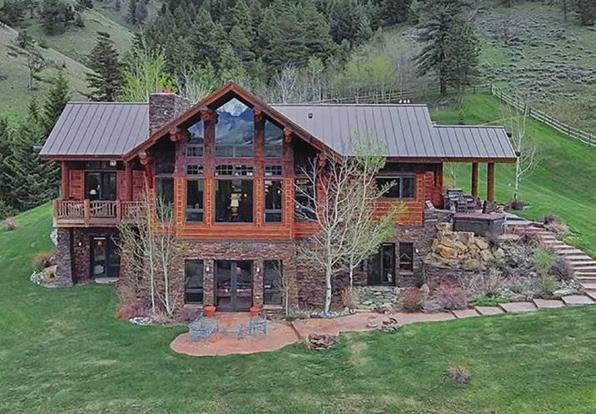
201 S. Broadway, Red Lodge, Montana
WRITTEN BY DOUGLAS A. SCHMITTOU
JOHN COLTER [C. 1775 –1812] IS AMONG Montana’s most legendary mountain men. His iconic status is predicated on extraordinary feats of fortitude that occurred between the summer of 1806 and the spring of 1810, marking the beginning and end of his career as a trapper in the Rocky Mountains. Viewed collectively, those deeds constitute nothing less than an American odyssey, one often retold around the campfires of other mountain men and providing grist for numerous literary, biographical, and cinematic narratives.
Colter’s story began in Stuart’s Draft, near present-day Staunton, Virginia, where he was born between 1770 and 1775. Available evidence suggests that Colter first entered the written record on October 15, 1803, when he enlisted as a private in the U. S. Army’s First Regiment at Maysville, Kentucky. Part of the initial group of expeditionary members recruited by William Clark, Colter was one of the “Nine Young Men from Kentucky,” who formed the nucleus of the Corps of Discovery.
This painting may well represent the proverbial straw that broke John Colter’s psychological back. During the spring of 1810, Colter guided a party of 32 trappers, led by Pierre Menard, to Three Forks, Montana. After their arrival on April 3, Blackfeet and/or Gros Ventre warriors wasted no time in resisting this incursion. The battle that occurred on April 12 closely preceded Colter’s final departure, as evidenced by the content of a letter, dated April 21, 1810, from Menard to his wife.
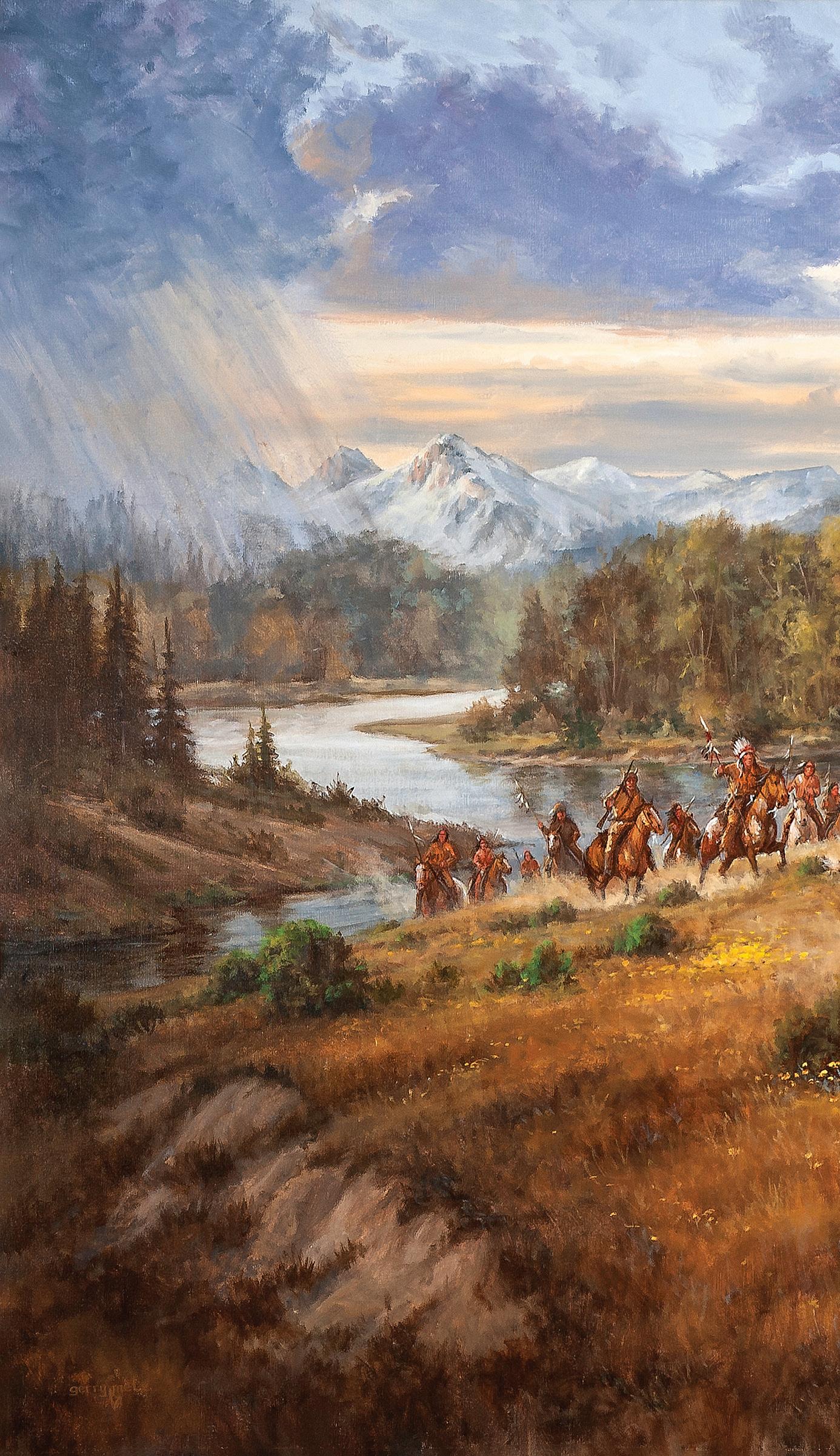

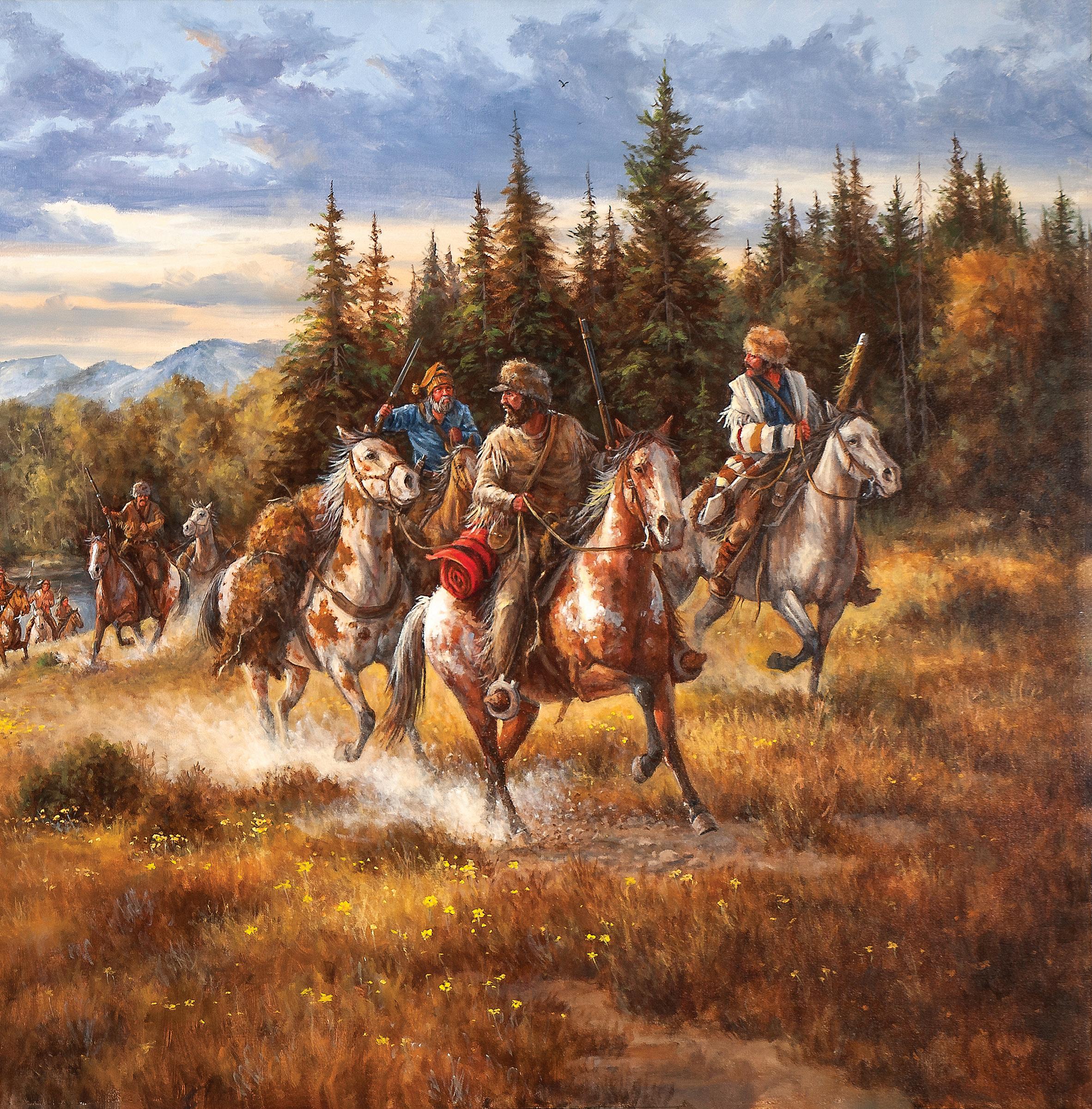

From the outset of their epic journey on May 14, 1804, until mid-August 1806, Colter served with distinction, most commonly as a hunter and guide. Meriwether Lewis and William Clark’s revelation that the headwaters of the Missouri were “richer in beaver and otter than any country on earth” attracted the first generation of mountain men, including Colter, to trapping grounds in Montana, particularly those in the Three Forks area.
Joseph Dickson and Forrest Hancock, trappers from Illinois, met Clark’s party on August 11, 1806, near Mandan (Numakiki) villages in North Dakota. Four days later, they invited Colter to join them on a trapping expedition up the Yellowstone River. Colter immediately requested a discharge from military service, which Lewis and Clark granted the following day. The explorers then provided him with essential supplies, like gunpowder and lead, that would be useful on his trip.
The partnership of Hancock, Dickson, and Colter was short-lived. Nevertheless, their departure on August 17, 1806, marked the first known trapping operation conducted on the Upper Missouri in the immediate aftermath of the Lewis and Clark expedition. Little to no documentary evidence survives about their whereabouts and activities during the winter of 1806–1807. However, pioneering fur-trade historian Hiram Chittenden speculates, based on subsequent events, that Colter wintered somewhere in the Yellowstone valley. By the spring of 1807, these three men went their separate ways, and Colter headed down the Missouri River once again.
Near the mouth of the Platte River, Colter encountered a large expeditionary force that was headed up the Missouri. Led by Manuel Lisa, a St. Louis-based fur trader with extensive operational experience on the Lower Missouri, the party


Lewis
April 1807. Lewis is best known for his service as co-leader of the Corps of Discovery. Indeed, he was specifically selected for that purpose by President Thomas Jefferson, who envisioned the expedition’s fundamental mission as early as 1793. • William Clark portrait by Charles Willson Peale, 1810. After completing his tenure as co-leader of the Corps of Discovery, Clark accepted President Jefferson’s invitation to serve as the principal Indian agent for tribes west of the Mississippi River. He went on to serve as governor of the Missouri Territory and later assumed the position and title of Superintendent of Indian Affairs at St. Louis.
included several Corps of Discovery veterans, most notably George Drouillard and John Potts. Their presence prompted Colter to reverse course and join their ranks.
Lisa’s men reached the confluence of the Yellowstone and Bighorn rivers in October 1807. On the Bighorn’s west bank, some 25 miles east of Billings, they immediately began construction of Fort Raymond, also known as Manuel’s Fort. Soon thereafter, Lisa dispatched four couriers in different directions to establish contact with Indigenous trading partners.
Serving in this capacity, Colter embarked on a journey that covered perhaps 1,000 miles, much of which was conducted alone, on foot, and in the dead of winter. Henry Brackenridge’s synopsis of Colter’s route, which first appeared in Views of Louisiana (1814), provides the closest facsimile to a primary-source account. “With a pack of thirty pounds weight, his gun and some ammunition,” Brackenridge states that Colter traveled more than “five hundred miles to the Crow nation, gave them information, and proceeded from thence to several other tribes,” before returning to Fort Ray-
mond, “entirely alone and without assistance, several hundred miles.”
Considering the scarcity of documentary evidence available on this topic, Clark’s 1814 map provides critical insights concerning Colter’s route. Published in the Biddle edition (1814) of the Lewis and Clark journals, this map is a composite sketch, based originally on Clark’s personal observations and fieldnotes. Thereafter, he successively incorporated data from other sources, including Drouillard’s 1808 map.
After returning to St. Louis in May 1810, Colter visited Clark and provided a thorough update on events that transpired after his departure from the Corps of Discovery. The best-preserved legacy of those conversations is Clark’s depiction of numerous topographic features and landmarks that only Colter could have then identified, as well as the dashed line that Clark labeled on his map as “Colter’s Route.” Despite painstakingly meticulous research and analysis by historians, it remains impossible to definitively reconstruct the course our protagonist followed.
Nevertheless, scholars generally concur that Colter was, at minimum, the first white man to traverse the Wind River Range, the first to enter Jackson Hole and cross the Tetons, and the first to witness the geothermal features of Yellowstone National Park. Given the conditions under which it was performed and the significance of his geographical discoveries, Chittenden concludes that Colter’s long walk should be ranked among the “most celebrated performances in the [annals] of American exploration.”
THE YEAR 1808 WAS, AS biographer Burton Harris observes, “the most eventful year of [Colter’s] life.” Three harrowing encounters with Blackfeet (Niitsítapi ) and/or Gros Ventre ( A'aninin) warriors occurred during the months that immediately followed Colter’s return to Fort Raymond. John Bradbury, an English botanist who met Colter in St. Louis in 1810, and Thomas James, who accompanied Colter on a trapping expedition to the Three Forks area in 1809, recorded primary-source accounts of these events.
Encouraged by the civility of initial contact with the Blackfeet, Manuel Lisa dispatched Colter to Three Forks during the summer of 1808 with the hope of establishing trade relations. Unfortunately, hostilities erupted between a massive Blackfeet war party and a Crow–Flathead contingent near the East Fork of the Gallatin River, only one day’s march from Three Forks. According to James, Colter was then leading the Flatheads (Sélis) back to Fort Raymond. Caught between implacable foes, Colter distinguished himself on the battlefield. Forced by a
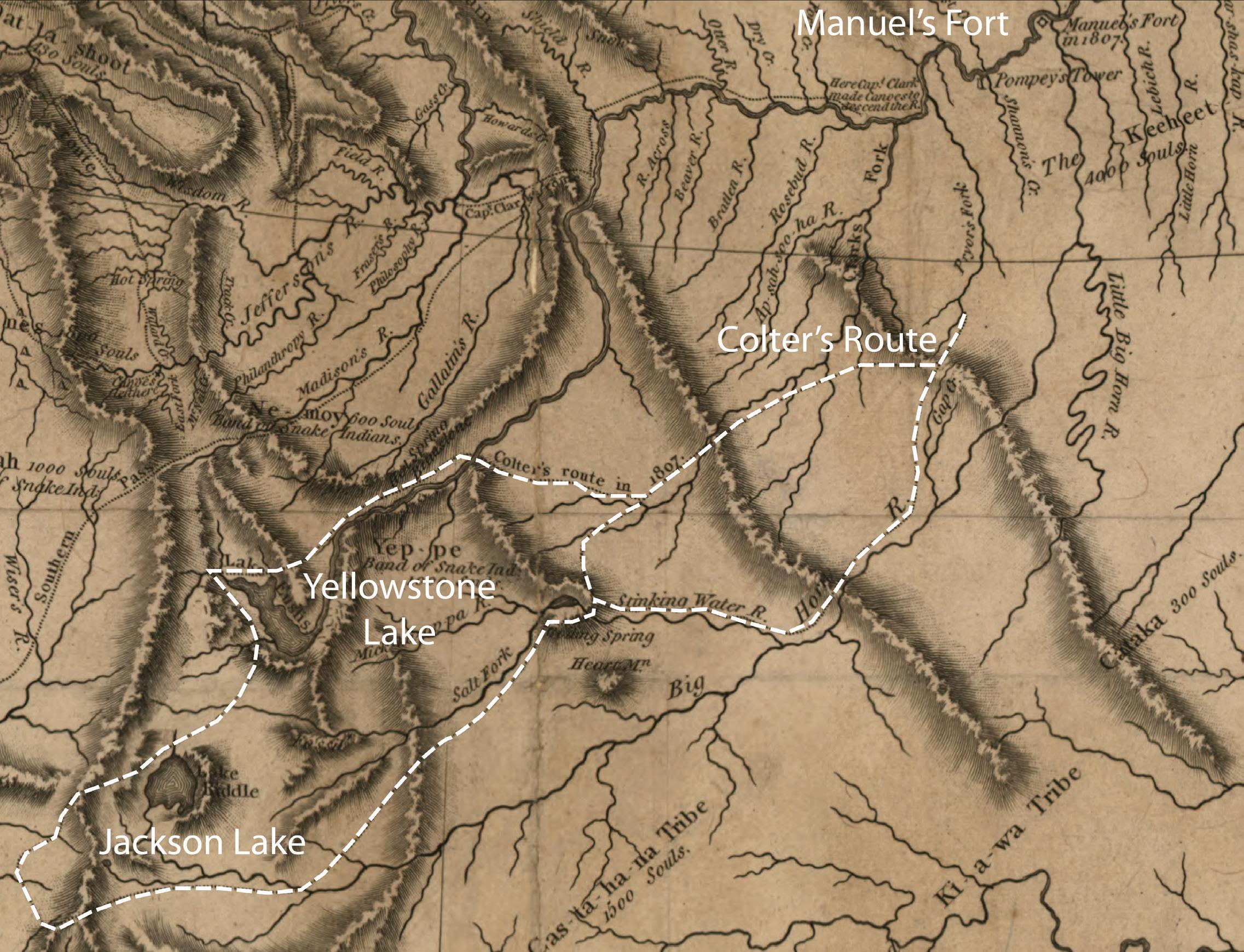
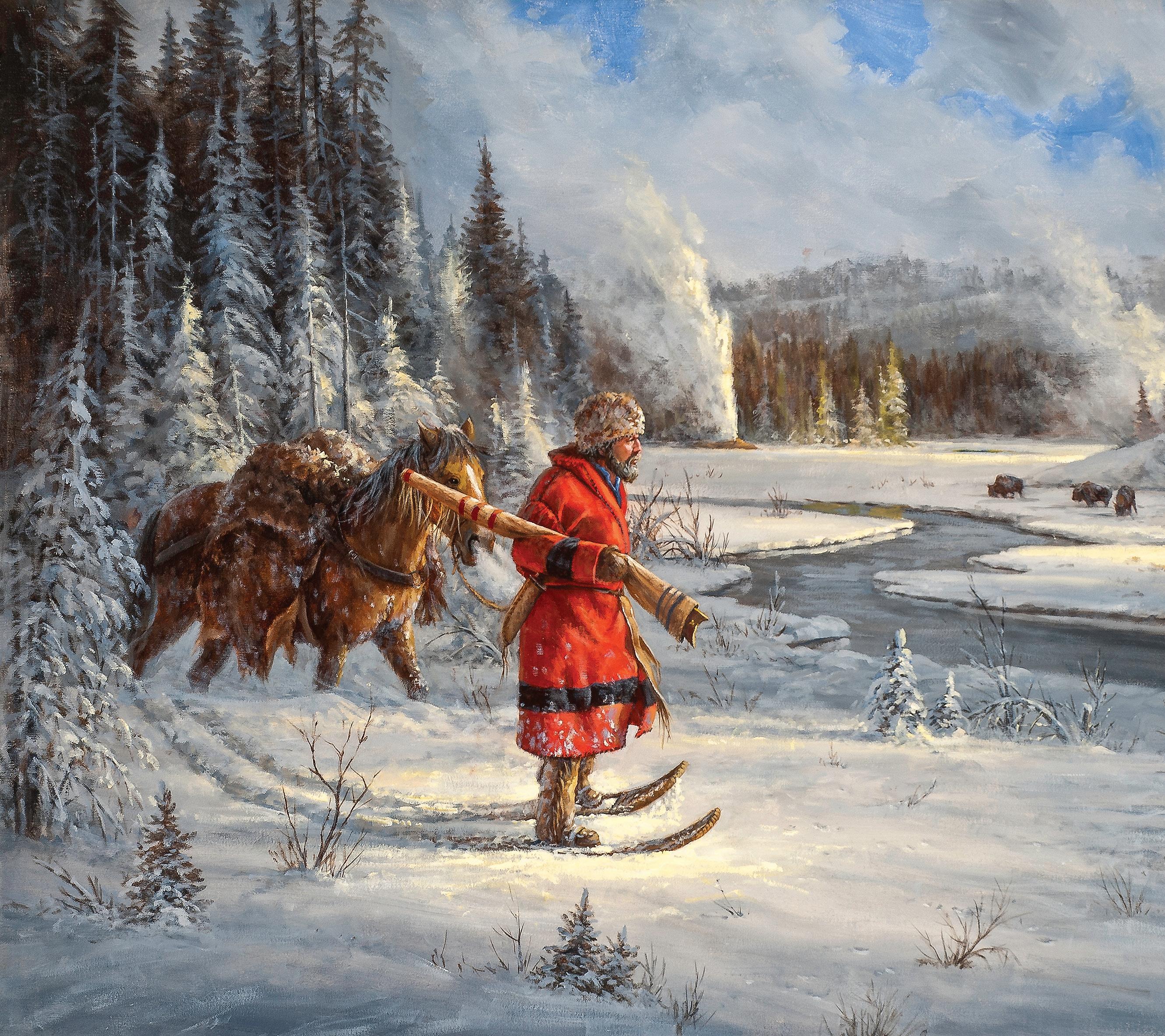
serious leg wound to fight from a seated position, he wielded his rifle with deadly efficiency until his Flathead hosts and their Crow (Apsáalooke) allies repulsed the Blackfoot offensive.
When news of this engagement spread among Niitsítapi bands, they apparently
attributed disproportionate importance to Colter’s personal involvement. According to Harris, they ignored the obvious fact that Colter “had no choice,” under the circumstances, “but to fight for his own life.” Instead, they erroneously interpreted Colter’s actions as proof of an over-
arching alliance between Americans and the Apsáalooke. In any event, a report that Major Thomas Biddle submitted on October 29, 1819, to Colonel Henry Atkinson conclusively and retrospectively demonstrates that Colter’s participation in the Three Forks fight was the pivot point that

Colter is widely regarded as the first white man to explore the greater Yellowstone region. On Clark’s 1814 map, lakes Biddle and Eustis correspond with Jackson and Yellowstone lakes. A hydrothermal area along the Yellowstone River near Tower Junction corresponds similarly to Hot Spring Brimstone. Colter’s Hell, a concentration of fumaroles and hot springs near the
triggered Blackfoot military opposition to incursions by American trappers.
This change in diplomatic and military posture became evident during Colter’s next encounter with the Niitsítapi, which occurred in the fall of 1808 and culminated in the incident now immortalized as “Colter’s Run.” John Potts, a fellow veteran of the Corps of Discovery, partnered with Colter in trapping operations along the Jefferson River, where a large war party confronted them. Potts and one warrior were killed in the initial exchange of hostilities. Enraged by the death of their tribesman, other members of the Blackfoot party summarily dismembered Potts’ corpse. “The entrails, heart, lungs, &., they threw into Colter’s face,” according to James.
Stripped naked, unarmed, and hopelessly outnumbered, Colter was given the opportunity to run for his life. By the time he reached the halfway point of his 5-mile sprint, Colter had significantly outdistanced all but one of his would-be assassins. Alarmed by the sound of approaching footsteps, Colter looked over his shoulder and, according to Bradbury, discovered that his adversary had closed to within 20 yards. Colter immediately stopped and turned around. Startled by the suddenness of his actions and, perhaps, the appearance of Colter’s torso, which was heavily streaked with blood from an exertion-induced nosebleed, his pursuer stumbled. In the ensuing struggle, Colter seized the broken shaft of that warrior’s lance and fatally impaled him with its blade.
With renewed energy, Colter reached the Madison River and found refuge in a beaver lodge or logjam of driftwood, depending on the source consulted. Hours later, as silence finally settled over the area, it became evident that the main body of Niitsítapi warriors had abandoned the chase. Colter made his escape and eventually followed the plains bordering the Yellowstone back to Fort Raymond, a journey that James describes as covering “about three hundred miles [in] eleven days.”

Lisa portrait, artist unknown. Among those who sought to establish a foothold in the Upper Missouri fur trade following the revelations of Lewis and Clark, Lisa launched the most ambitious enterprise. His decisions to build a base of operations in the heart of Apsáalooke country and, later, to erect Fort Henry at Three Forks placed him in direct opposition to the interests of the Niitsítapi (Blackfeet) and A'aninin (Gros Ventre). These allied tribes responded by persistently attacking Lisa’s trapping parties until Fort Raymond was abandoned in 1811.
Exhaustion, near starvation, and exposure to the elements tested Colter to his core. Doctor William H. Thomas, who published two of the earliest articles on Colter’s Run in 1809 and 1810, emphasizes that Colter did not even have “mowkasons to protect him from the prickly pear,” which were common along the route that he traversed. Therefore, excruciating pain must also have been Colter’s constant companion. One can easily understand why this gripping saga struck such a deep chord among Colter’s peers and subsequent readers. Indeed, biographer David Weston Marshall states that, by 1830, the “story of Colter’s Run had been published several times and had already emerged as a western American classic.”
Trappers affiliated with Lisa’s Missouri Fur Company continued to periodically conduct forays into Blackfoot territory until 1811, when Fort Raymond was abandoned. During this period, close scrapes relentlessly plagued Colter, and several of his comrades-in-arms, including Drouillard, were killed in skirmishes with Niitsítapi and/or A'aninin warriors.


Missouri Headwaters State Park remains a notable confluence where the Jefferson, Madison, and Gallatin rivers meet. Within the context of the early fur trade era, it is virtually impossible to exaggerate the importance of the area. After Lewis and Clark reported that the headwaters of the Missouri were “richer in beaver and otter than any country on earth,” Three Forks became the ground-zero target of trapping operations on the Upper Missouri and the focal point of Colter’s most legendary experiences, including the hostile encounter with Blackfeet warriors that is now immortalized as Colter’s Run.
James informs us that Colter reached his personal breaking point by April of 1810. He strode into the fort and solemnly vowed, “If God will only forgive me this time and let me off, I will leave the country day after tomorrow — and be d—d if I ever come into it again.” Colter wasted no time in fulfilling that promise. According to Bradbury, he traveled by canoe “from the headwaters of the Missouri [to St. Louis], a distance of three thousand miles, [in] thirty days.”
IN THE FINAL ANALYSIS, EFFORTS to precisely define Colter’s legacy are extremely challenging. Primarysource documentation is paper-thin for events chronicled in this saga. That shroud of mystery provides the perfect milieu for mythologization, as evidenced by the rapid proliferation and popularity of articles pertaining to Colter’s Run. The true measure of his exploits, according to Burton Harris, is the fact that, in seven years, Colter’s “solitary journeys and spectacular escapes [so] impressed the men who trapped and battled Indians with him [that his deeds became] legendary while he was still in the mountains.” Those sentiments were echoed much later by the fictional character Qualen, in Jeremiah Johnson , who remarked, in awe, that, “Some say you’re dead on account of this. Some say you never will be... on account of this.”



THIS PAGE + OPPOSITE : Greater sage grouse, the largest grouse in North America, strut in the spring to attract mates. • Male sage grouse gather with their tailfeathers fanned as a mating strategy for enticing females.

WRITTEN BY KRIS MILLGATE
WE SHOULD BOTHER WITH keeping sage grouse in the West because they are a measure of how the environment is doing,” says Martin Townsend, the conservation director for the Ranchers Stewardship Alliance. “If sage grouse go downhill, we have a large-scale problem.”
Less than a dozen western states host the greater sage grouse, the largest grouse in North America. And three of those states are making huge gains for grouse by focusing on the return of natural elements to the sagebrush steppe ecosystem.
THE WINDS ARE LOW AS flames rise high above open rangeland in Owyhee County, Idaho. There’s a fire crew watching the blaze. They don’t look worried. They look confident. They started the fire on purpose.
“The burn day is fun,” says Connor White, the Pheasants Forever Bruneau-Owyhee sage grouse habitat project coordinator. “When we’re burning juniper, honestly, it smells a lot like a campfire. You go hit it with the drip torch, and if the needles are still on it, it doesn’t take a whole lot for it to burn.”
Junipers are native, but not in the quantity displayed across the West today. That’s the result of suppressing wildfires for a century. The common desert conifer has expanded by 600 percent in recent decades. The trees are encroaching on sagebrush. Sage grouse need sagebrush in every season and through all stages of life, but the sagebrush canopy is shrinking. The goal of cutting and burning the advancing junipers is to return balance to the landscape. In White’s territory near the IdahoOregon border, crews target 30,000 acres annually. They upped that ante in a major way in 2024, targeting more than 63,000 acres.

ABOVE: Planned, prescribed burns are taking place across the West to reduce encroaching conifers and give sagebrush more room to sprawl as cover and food for sage grouse.
“You can’t really do a whole lot of rangeland management without also having sage grouse be involved in some form or fashion, so what I get to do for habitat restoration also benefits sage grouse,” White says. “To really affect landscape at the scale that we need to, we always like to say we need to go from horizon to horizon.”
WATER, RATHER THAN FIRE, IS the focus in Montana. That’s where a concept that’s helping ranchers is also helping grouse.
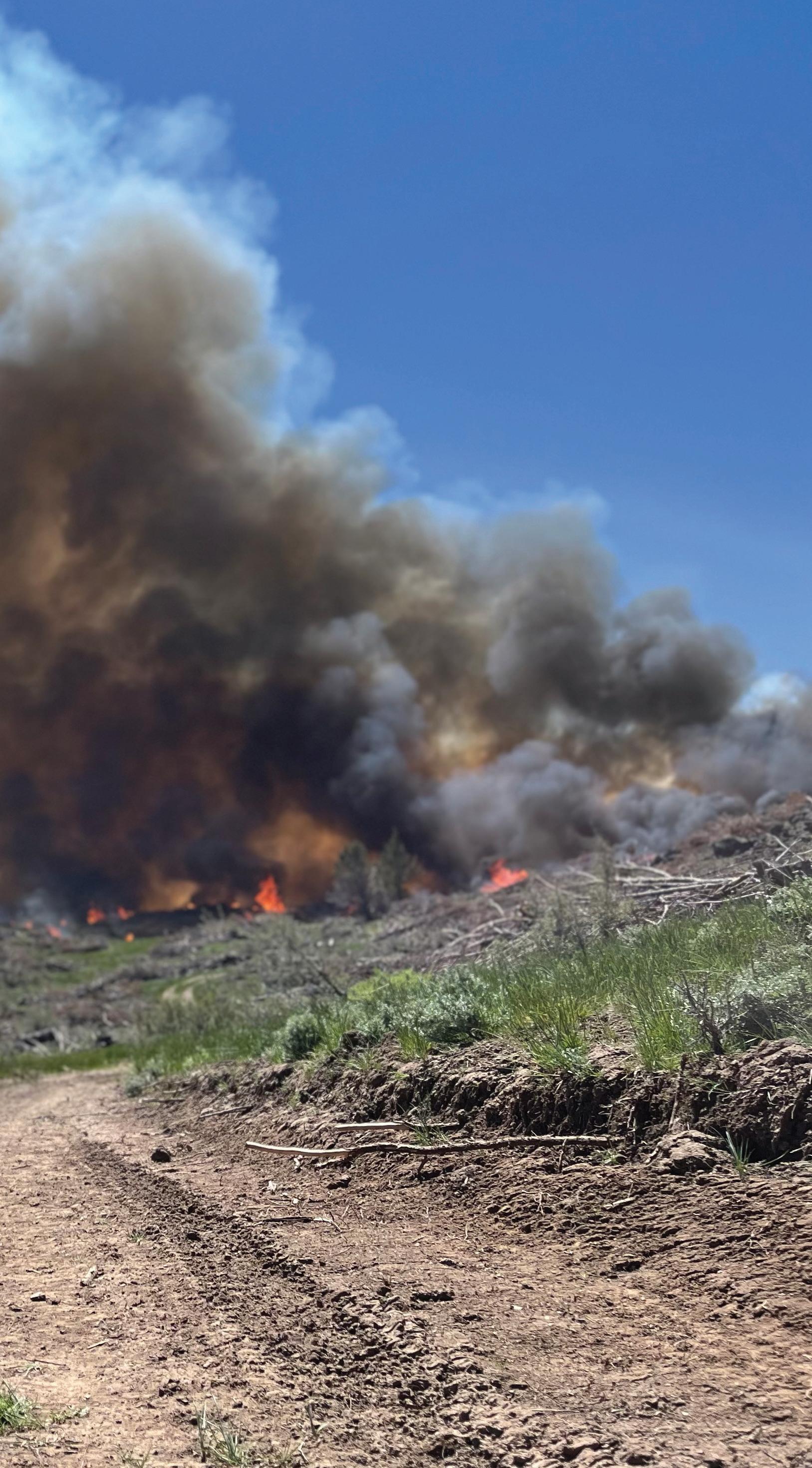
Cows and birds need water, and they have it at Fox Ranch in Phillips County. A small, skinny creek called Little Jewel Creek runs through the ranch. It has a few trees nearby. When two beavers gnawed down some of those trees, ranch owner Brian Fox had the eager animals trapped. He got rid of the chewers, but he lost the creek, too.
“Later that year, the creek was going dry, and my cows were struggling,” says Fox. “I drilled a well to solve the water situation.”
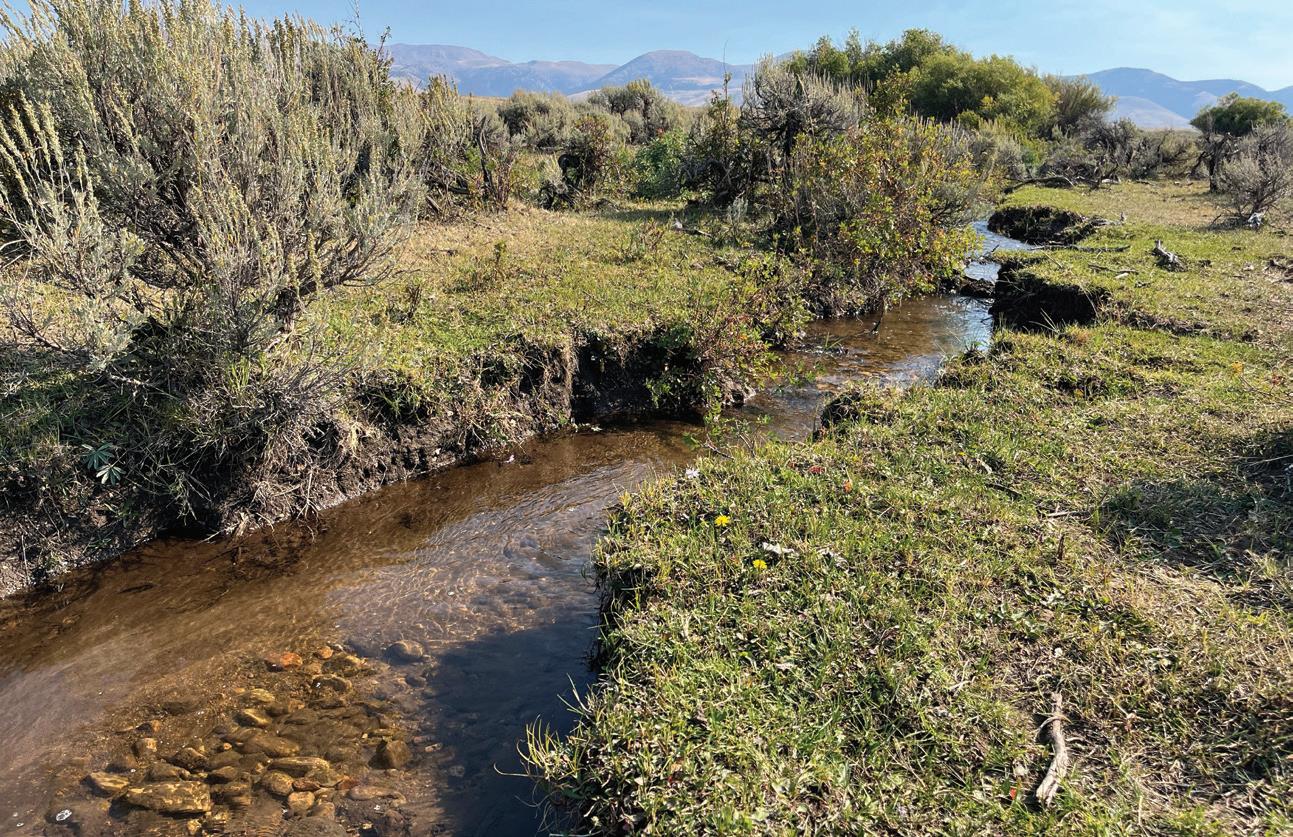

CLOCKWISE FROM TOP LEFT: Montana rancher Brian Fox builds beaver-dam analogs on his property to hold water for cattle, which also promote food and water for sage grouse. • Male sage grouse inflate air sacks on their chests during mating season. The sacks are not obvious during other parts of the year. • Researchers grid a hillside in Sublette County, Wyoming to monitor the presence of invasive cheatgrass.



While this fixed the problem, it was an expensive solution that could have been avoided in the first place: Fox is quick to explain that he’d had water when he had beavers because they backed up the flow with dams. When they were gone, so was the water. “I wish I’d never trapped those beavers,” he says. “It’s my own fault. Trapping them wasn’t the smartest thing to do.”
Fox realized an alternative to drilling his well a few years later when he learned about BDAs, or beaver-dam analogs.
(Turn to page 144 to learn more about how Fox’s efforts are improving his approach to ranching). These are dams made of natural materials, like wood and willow, but animals do not make them: They’re built by humans. Fox maintains and adds BDAs on his property every year through the U.S. Army Corps of Engineers’ permitting process, plus labor and funding provided by conservation organizations. And it’s working well enough that other ranchers are noticing.
“It’s one of the longest BDA experiments we’ve had in this area,” Fox says. “Water stays longer. Grass is greener longer. My cows graze more efficiently. It created a heck of a good habitat for sage grouse and waterfowl.”
When scientists installed BDAs in Oregon to connect waterways for steelhead and salmon, they noticed the grass around the structures attracted sage hens with chicks needing new green plant matter for their own growth. The combination of grass and water also attracts bugs, the protein birds need. Wherever water holds in dry regions, you’ll find birds.
“Sage grouse were low priority when I bought the place in 2012. As I started these BDAs and began listening to other people talk about how sage grouse are struggling, I started to pay attention to them more,” Fox says. “I realize these BDAs are helping them drastically. They’re rebounding. They’re a higher priority for my operation now.”
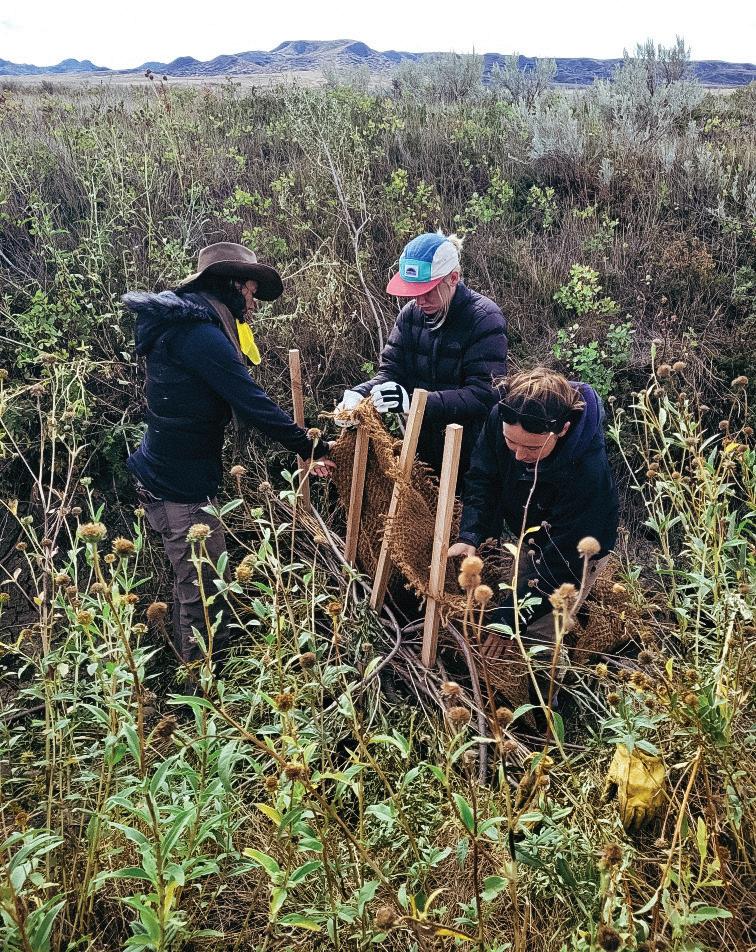

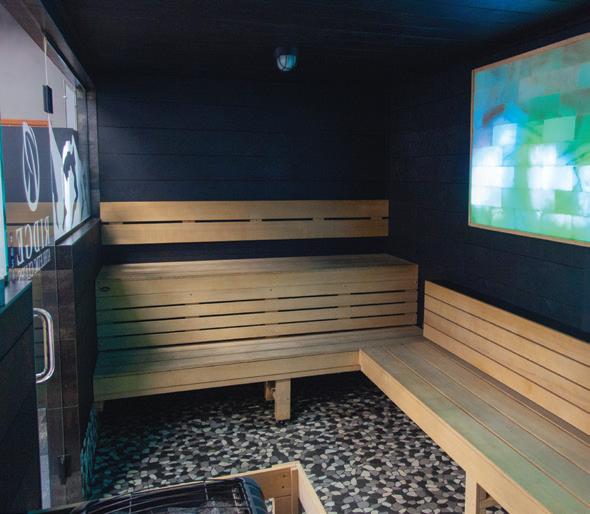




SAGE GROUSE ARE HIGH ON the priority list in Wyoming, too. Statistics show more than 40 percent of the sage grouse left in the world live in the Cowboy State, with 40 percent of those birds residing in Sublette County. That’s where Julie Kraft works.
“We’re trying to do everything we can to keep sage grouse off the Endangered Species List,” says Kraft, Sublette County weed and pest supervisor. “Because sagebrush is so important to our wildlife and to our economy, cheatgrass is by far the biggest threat.”
The county started spraying invasive cheatgrass in 2012. A helicopter applies an herbicide that prohibits cheatgrass seedlings from sprouting, but native plants can still push through.
“Most of the cheatgrass seed that is introduced in the system will germinate in the first five years,” Kraft says. “If we can have success in the past five years, there might not be any more residual seed there. We’re winning the game at that point.”
The successful effort has grown from treating a few hundred acres a year to treating tens of thousands annually. The result of the $6 million program to spray 97,000 acres is a county that is nearly 100 percent free of cheatgrass.
“It’s incredibly rewarding to come out and see huge ridges without any cheatgrass,” Kraft says. “And it’s success that’s long-term. It’s not just a couple of years.”


UNIQUE & VERY PRIVATE 29 AC. Easily accessible, numerous level building sites, power nearby & good producing well (on adjacent parcel) all in a world of its own. Nicely wooded, mountain views to the North, ridge views South & no visible neighbors. Located behind a locked State gate & further buffered by State land to the East, this is the ultimate in seclusion, privacy & security. This area is renowned for abundant wildlife, allowing for multiple hunting opportunities & wonderful recreational, camping & exploration possibilities. This land is as private & quiet as it gets. $299,000.



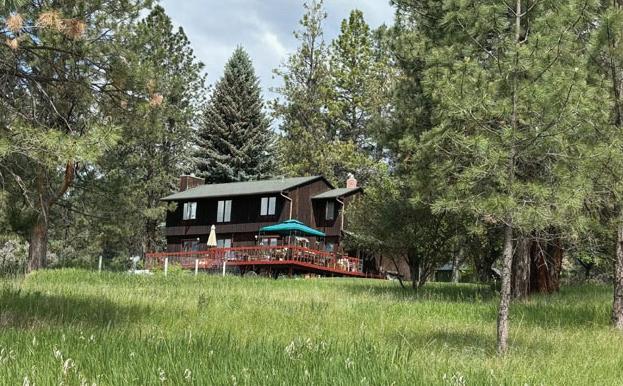

& dock set in this rare location amidst 1000’s of ac. of Wilderness with very few private parcels. $599,000
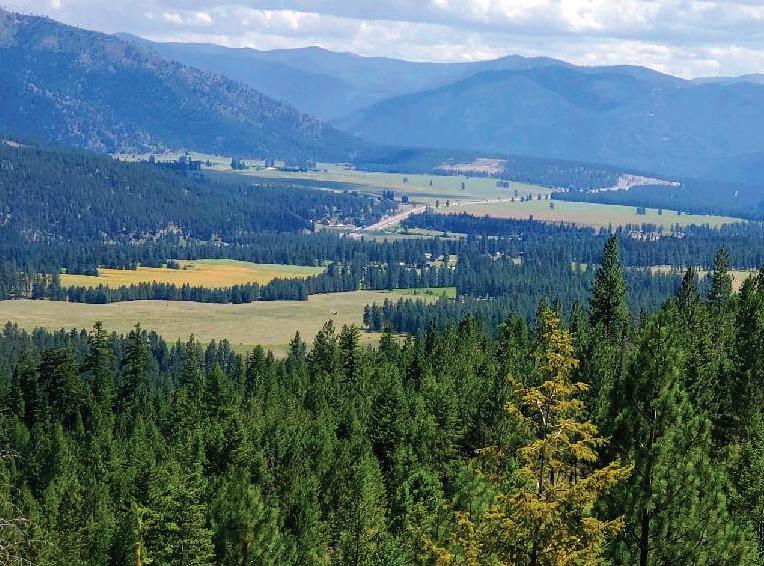

• 9+ Ac. Parcel Commercial or Residential opportunity with Hwy 93 Frontage & near I-90 & Int’l Airport at Wye just NW of Missoula in area seeing new growth. $2,195,000.
• 88+/- ACRES—Good access, 10 miles to Missoula. Good well, great pasture, numerous potential bldg. sites and development possibilities. $875,000
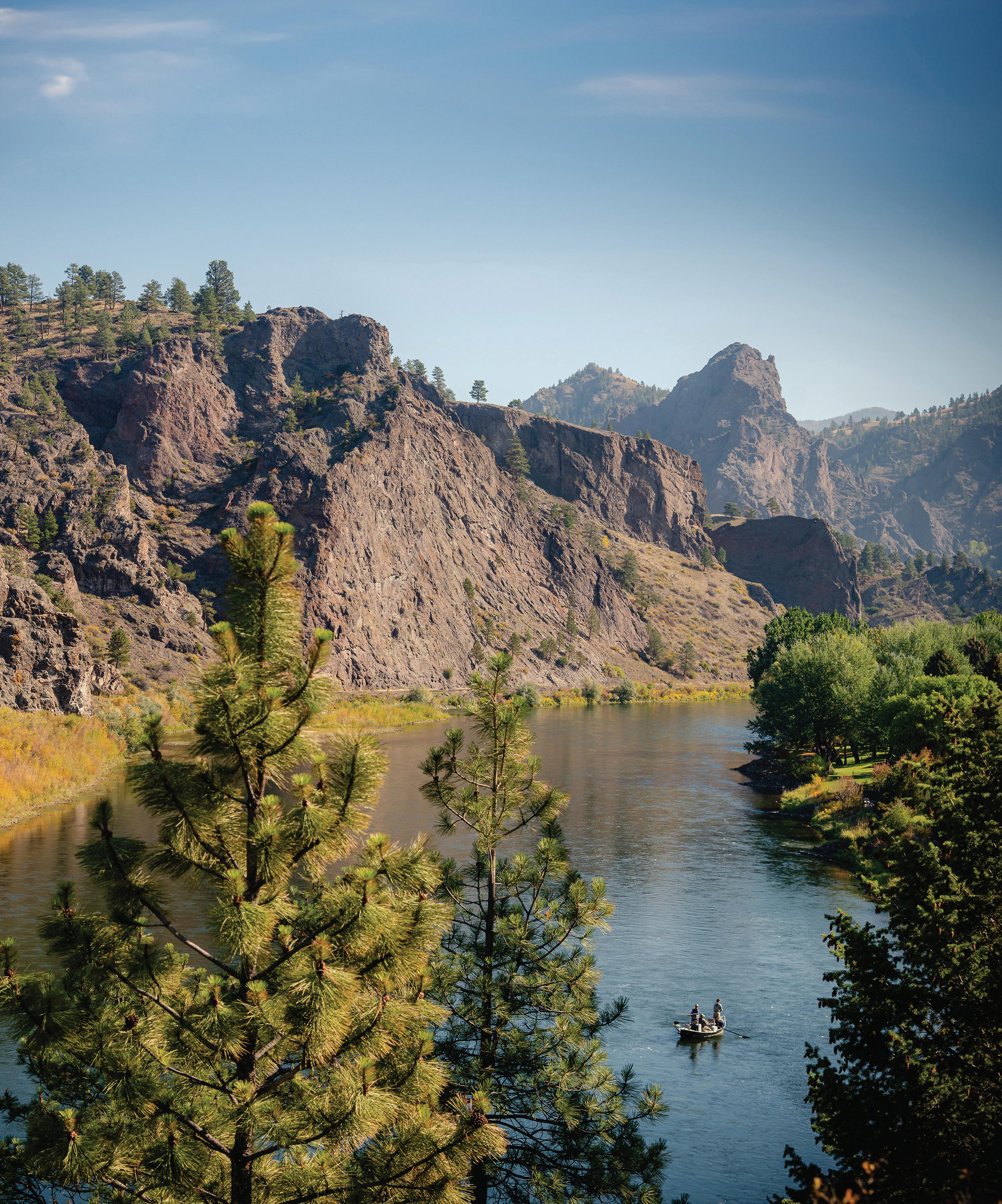
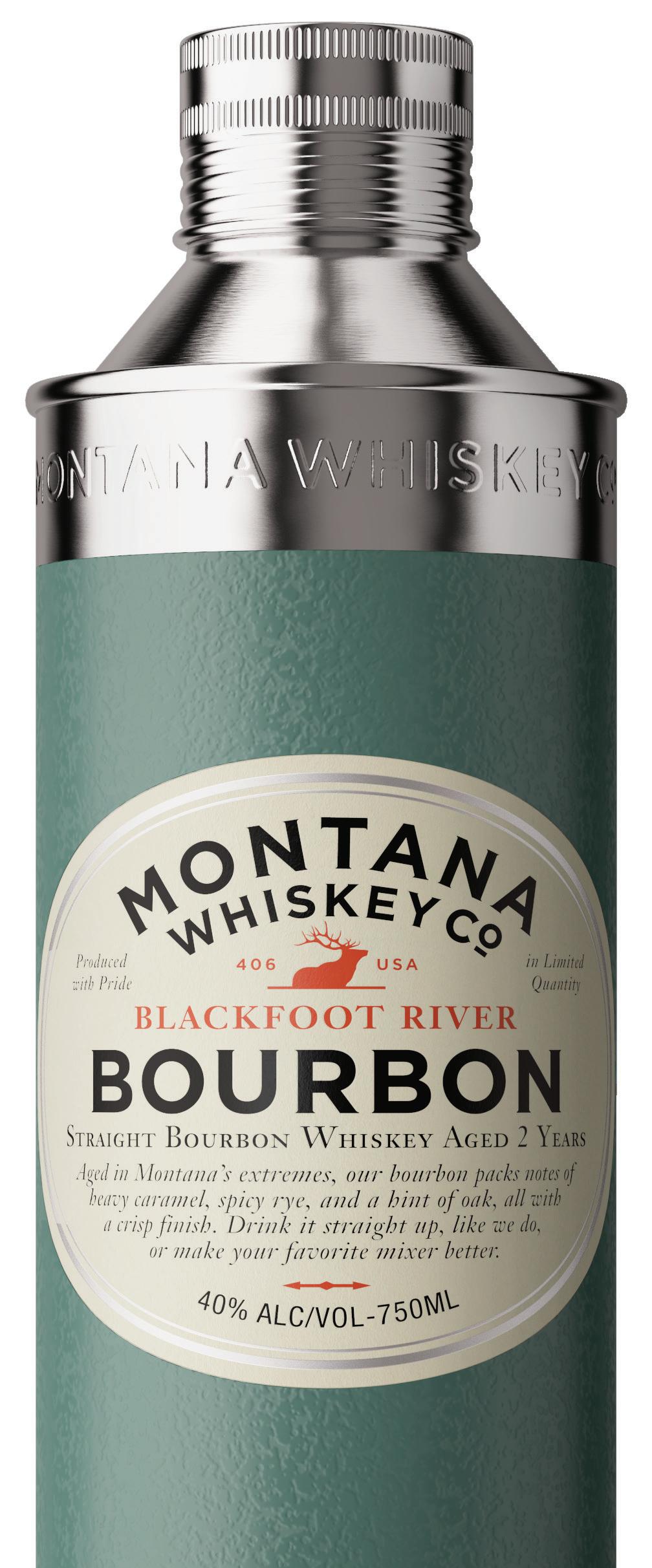
No crowds on this water! Fort Peck’s size and remote location provide great opportunities to fish in solitude.
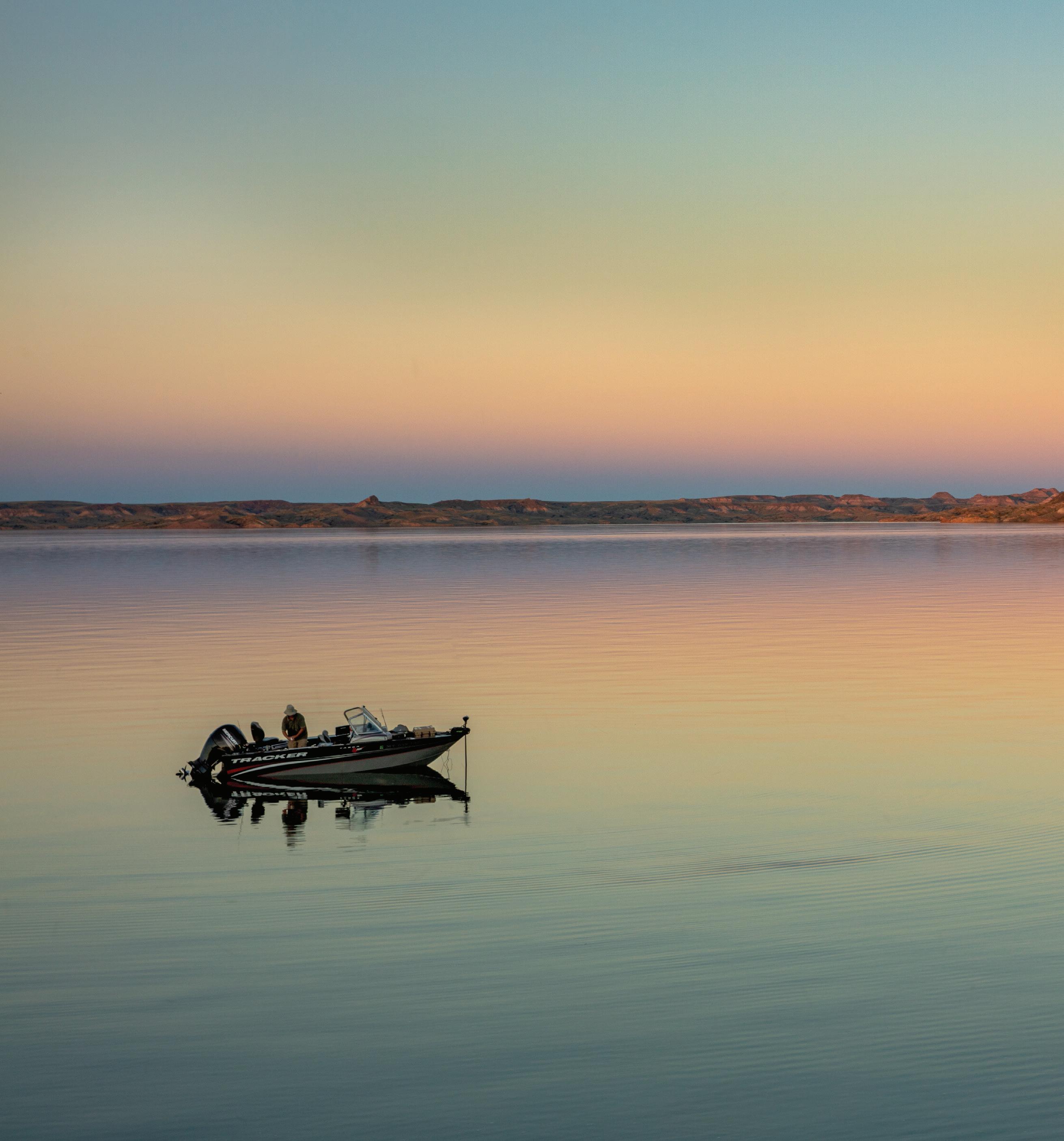
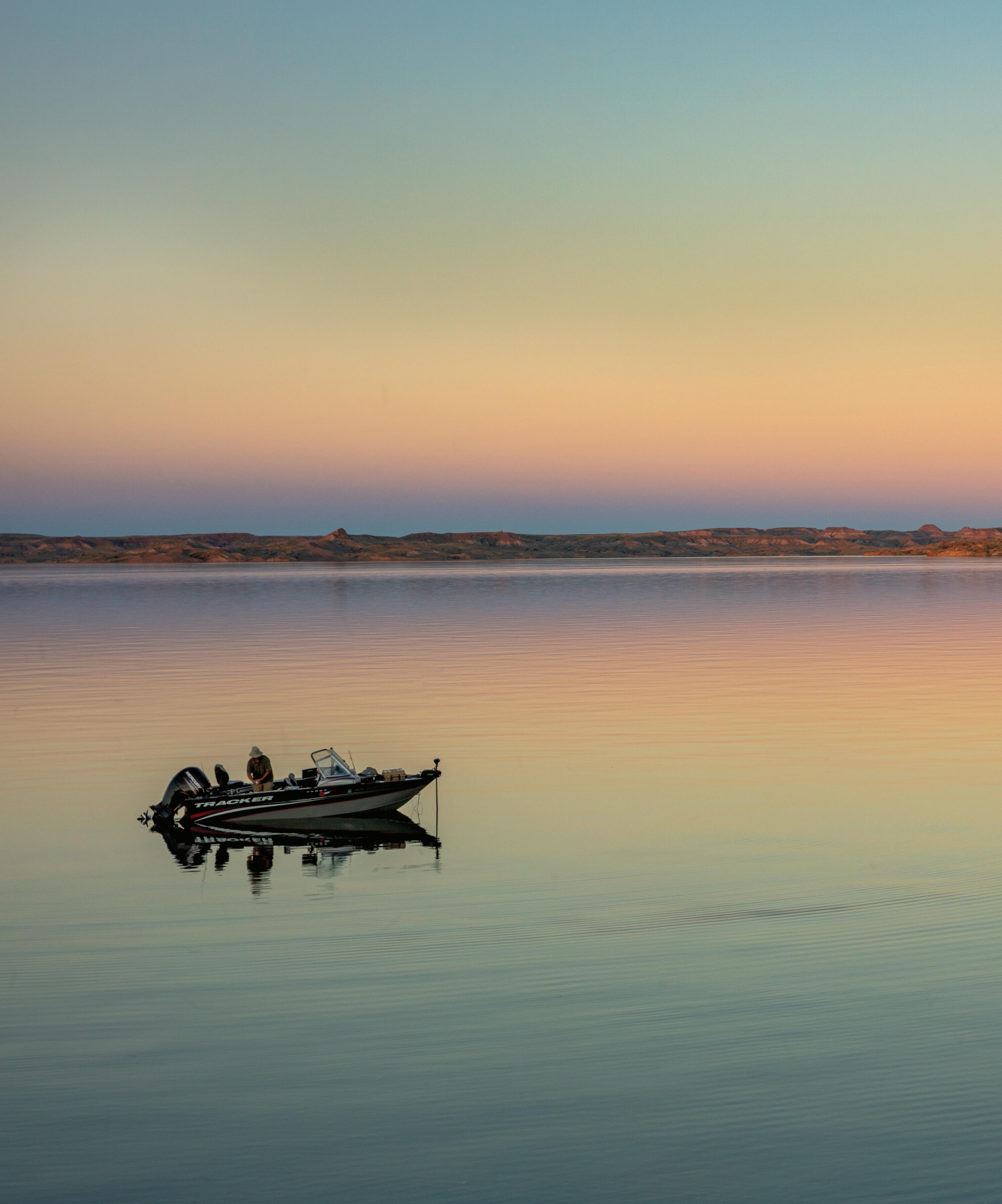
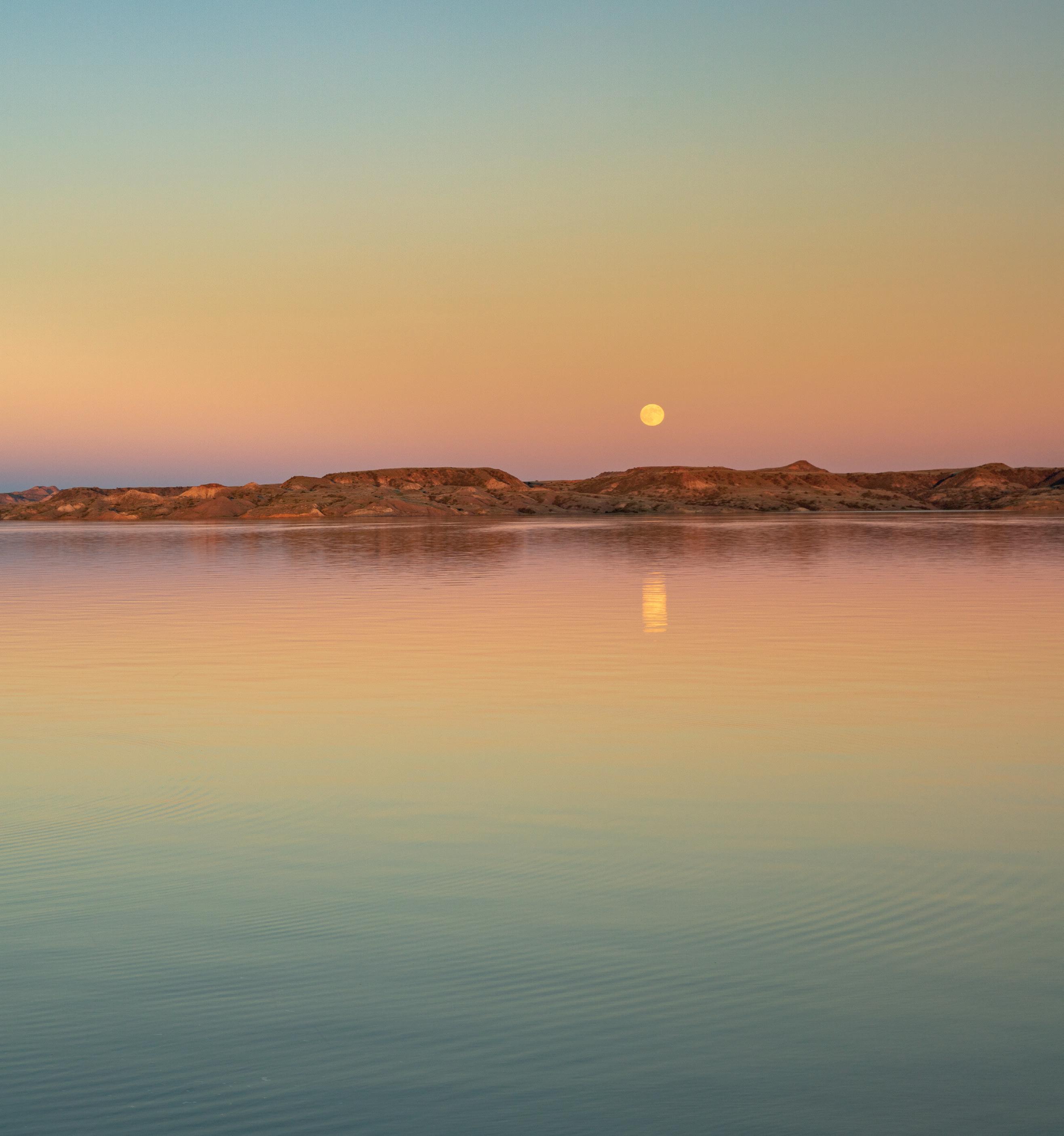
WRITTEN BY E. DONNALL THOMAS JR.

WHEN I WAS STATIONED AS a medical officer on the Fort Peck Reservation 50 years ago, I fell in love with the prairie but missed trout fishing. I found a few farm ponds with stocked rainbows, but that didn’t satisfy my need for dry flies and a clear current. One weekend, I decided to drive all the way to the Madison River, where I frequently enjoyed fishing as a kid.
By then, I had heard about the Fort Peck Dam but had never seen it. Since my route took me by the dam, I was eager to take a look. When I arrived at the spot where the map said it was supposed to be, I couldn’t spot it. As I finally figured out, that was because my truck was sitting on top of the dam, which was so immense I didn’t recognize it for what it was. As a kid growing up in the West, I’d seen many dams but nothing on this scale.
The body of water stretching westward looked equally impressive, with a convoluted shoreline that reminded me of the North Pacific, where I had grown up. However, in contrast to the coniferous rainforest bordering the sea, the lake’s shoreline was barren save for sagebrush and grass. The dissonance between that huge body of water and the dry prairie surrounding it felt surreal.
Even though I didn’t know anything about fishing the lake, I knew I needed to explore it and learn.
NOW, FOR SOME FACTS AND figures to objectify my overwhelmed response to my first view of the lake. Fort Peck is the fifthlargest reservoir in the country, with a surface area of 245,000 acres. The length of its shoreline is staggering. After the dam’s completion in 1940, water began to seek its own level in the myriad coulees that define the Missouri River Breaks. Although it fluctuates with the water level, its mean length is 1,520 miles — over 200 miles longer than the entire Pacific Coast in the lower 48 states.
Construction of the dam was a remarkable engineering feat. It began in 1933 as a Depression-era Public Works Administration project. In addition to generating hydroelectric power, it was designed to prevent downstream flooding in the fertile farmland along the Lower Missouri River. The dam was also meant to allow better control of water levels for barge traffic in the Lower Missouri–Mississippi drainage. The Roosevelt administration sought to create jobs for the legions of unemployed workers the Great Depression had created. At the peak of construction activity in 1936, the Army Corps of Engineers employed 10,000 workers at the dam site. Along with their families and the infrastructure needed to sustain them, the sleepy little town of Fort Peck became one of the largest cities in eastern Montana at the time.
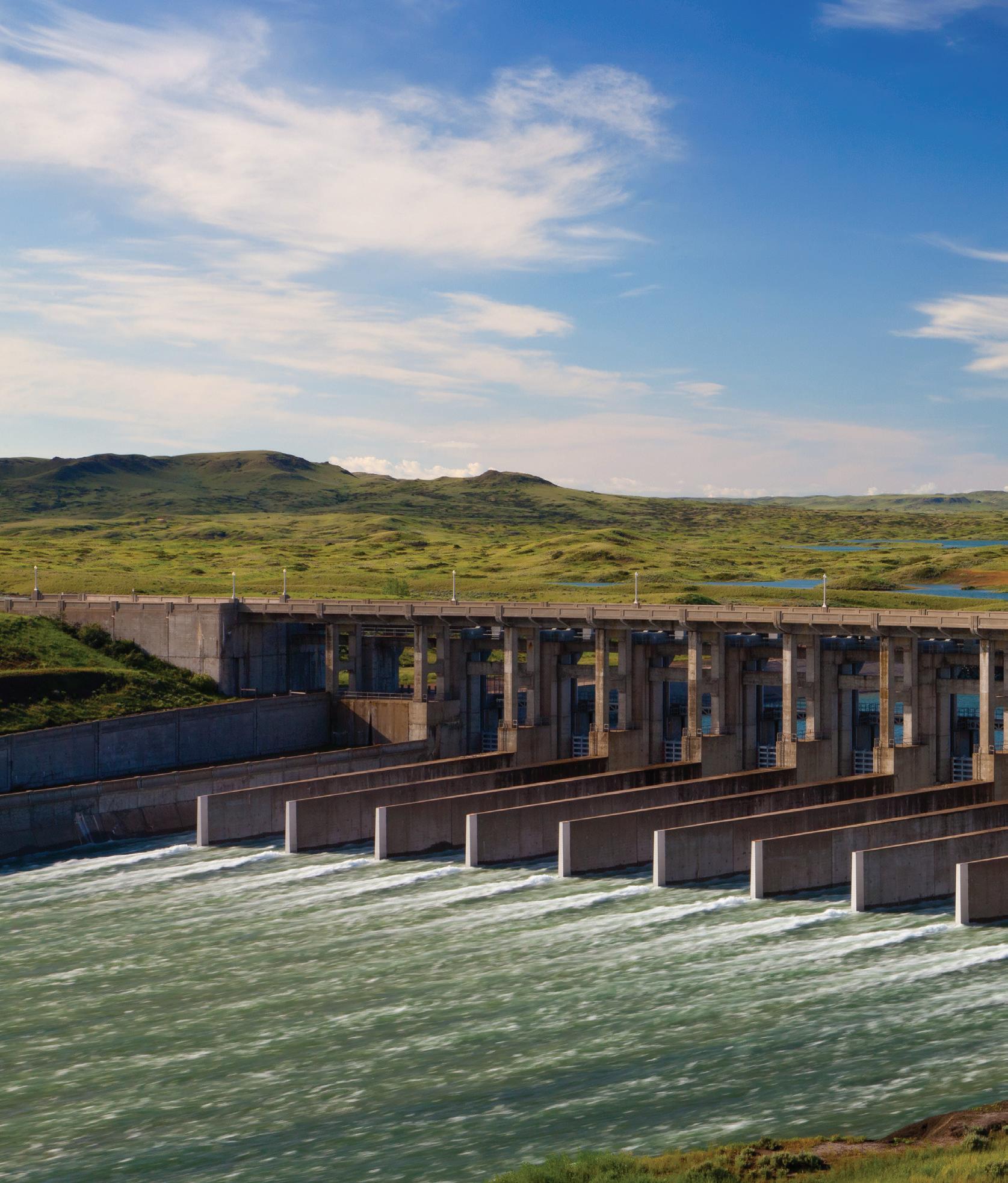
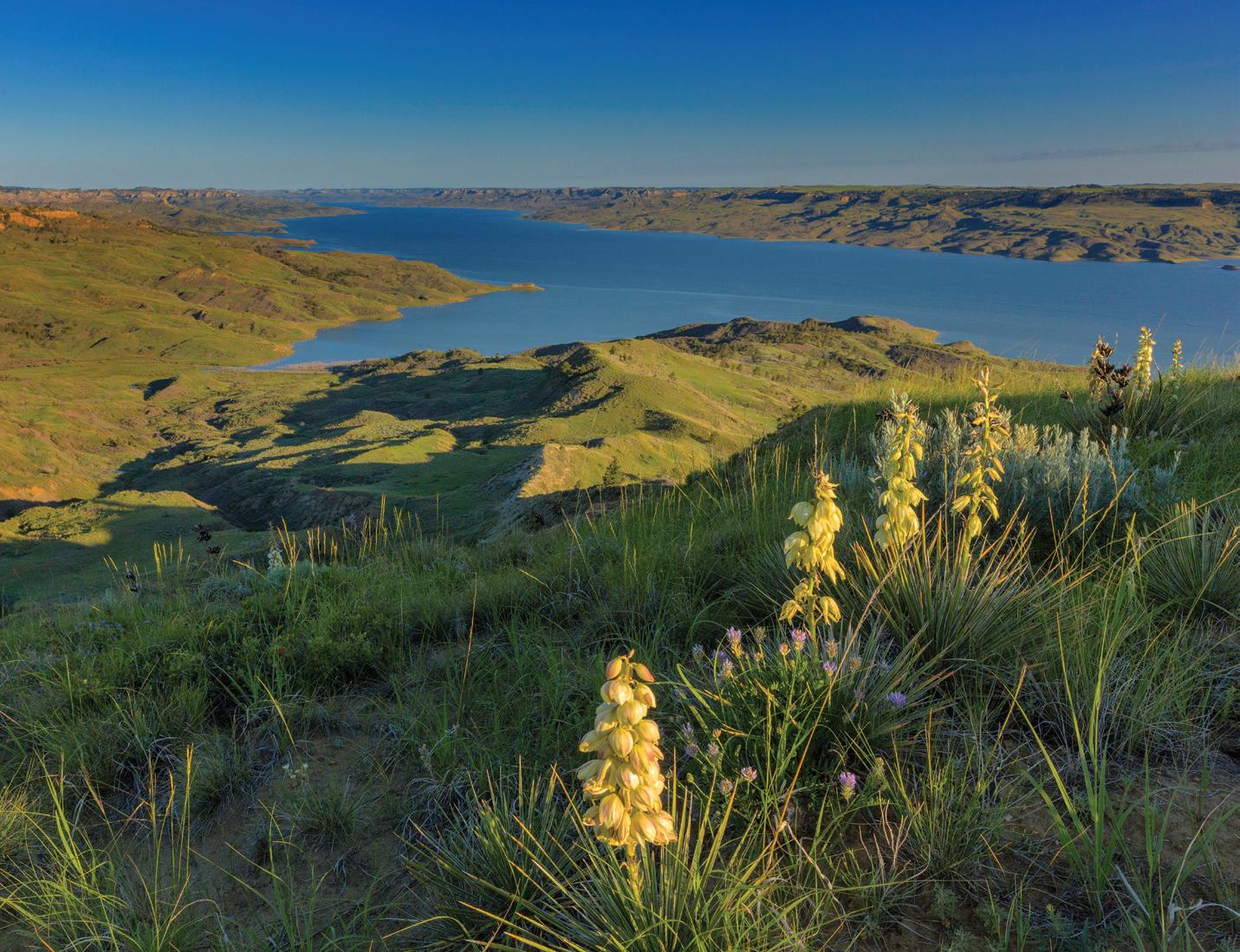
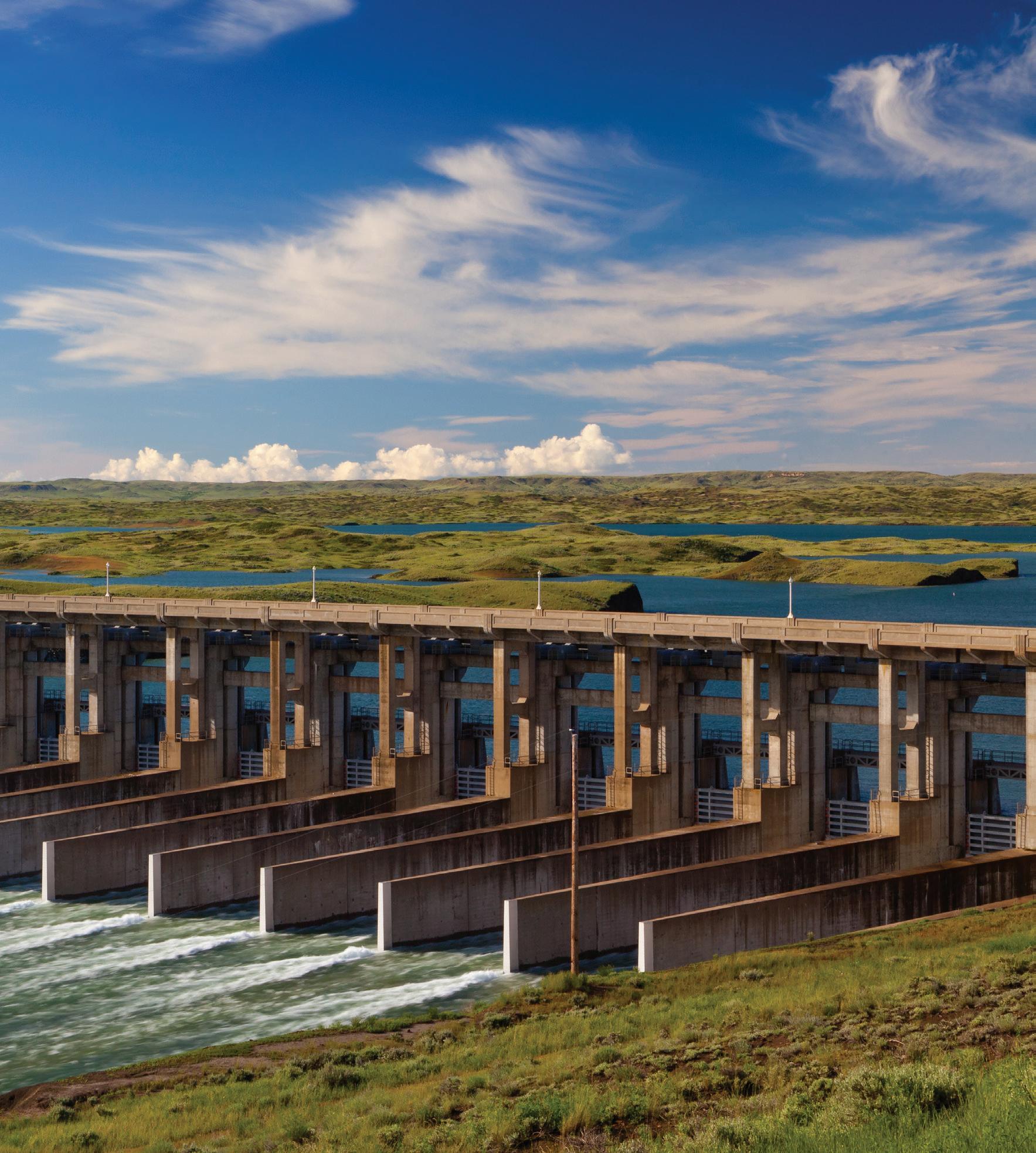
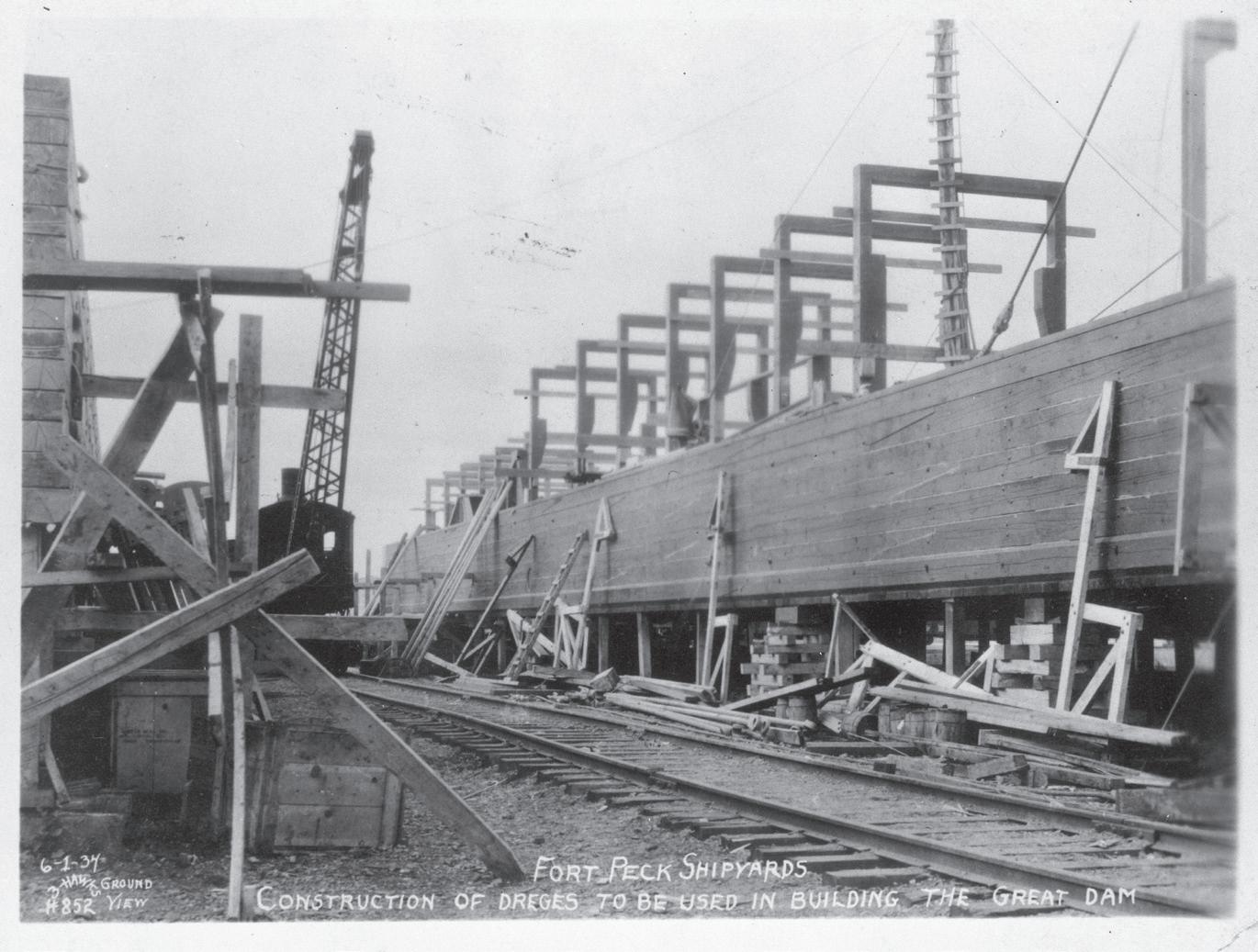
Engineers used a novel combination of dredging and hydraulics in the dam’s construction. Upon completion, it became one of the world’s largest earthen dams. This accomplishment was not without tragedy. In 1938, part of the dam began to fail, miring several dozen workers in hydraulic muck. Eight died, but only two bodies were recovered. The other six remain buried in the dam’s core, perhaps as a reminder of human fallibility during confrontations with nature.
Dam construction inevitably leads to controversy between development interests and preservationists. President Franklin Roosevelt expressed a vision of Manifest Destiny when he visited the dam in 1934 and described “… the Fort Peck Dam as the fulfillment of a dream … only a small percentage of the whole dream covering all the important watersheds of the nation.” I can think of no better rebuttal than Thomas McGuane’s accusation that, “We have used our rivers the way a junkie uses his veins.”
A CONFESSION: I CANNOT LOOK at any body of water without considering its angling potential. Both figuratively and literally, Fort Peck Lake lies hundreds of miles from Montana’s world-famous trout streams but still offers some of the best angling opportunities in the state.
Forty-seven species of fish inhabit the reservoir, evenly divided between native and introduced species. That number includes a variety of suckers, minnows, and so on that are often dismissed as “trash fish” (I dislike the term) because of their limited recreational angling value. The list also includes a number of widely admired gamefish: coho and chinook salmon, sauger, walleye, saugeye (a hybrid cross between sauger and walleye), northern pike, smallmouth bass, and channel catfish. Only the sauger and channel cat are native to that stretch of the Missouri drainage. Before dismissing the rest as alien invasive species, we should remember that our beloved rainbows and brown trout were also artificially introduced.

The lake is also home to the only surviving population of paddlefish, a unique prehistoric family of ray-finned fish with a cartilaginous notochord instead of a bony spine. Reaching weights over a hundred pounds, their exaggerated rostra (the “paddles”) make them look like something from a scifi movie. Their roe produces highly regarded caviar. Despite their size, they are of limited angling value since they do not take conventional lures or bait. However, anglers have learned to snag them when they run upstream to spawn, creating a unique local fishery during the spring.
The size of the lake’s gamefish reflects the size of the lake. Nine state records have been set at Fort Peck, more than at any other body of water in Montana. In addition to


CLOCKWISE FROM TOP RIGHT: Yes, you can catch warm-water fish on flies! This Fort Peck walleye hit a black leech imitation. • The Missouri Breaks contain striking limestone rock formations. Meriwether Lewis and William Clark commented upon them during their upstream journey in 1805.
• The vast, fascinating prairie terrain surrounding the lake offers endless opportunities to camp and explore.

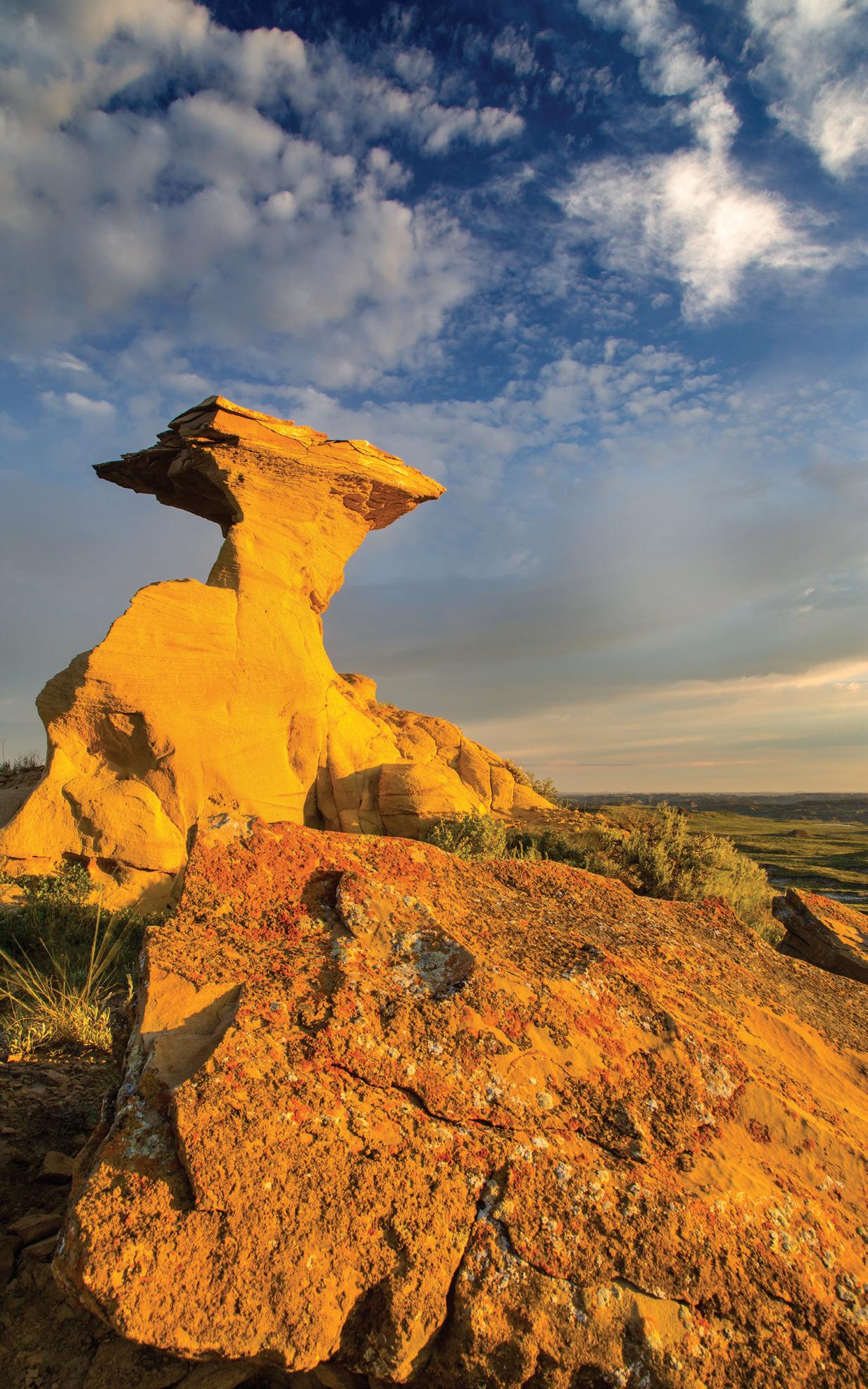

several species in the trash-fish category, that list includes respected gamefish such as chinook and coho salmon, sauger, channel catfish, and smallmouth bass.
Fishing the lake is a lot like fishing the ocean, with fish concentrated in a few select locations surrounded by a whole lot of water. Learning the lake and its secrets requires lots of experience, admittedly more than I have myself. In addition to the appeal of the variety it offers, the lake’s size and the complexity of its shoreline provide plenty of opportunity for anglers to disperse and fish in solitude. Fifty boats on the Madison makes a crowd, but not so on Fort Peck Lake.
The fish that put Fort Peck on the map as a premier angling destination was the walleye. Introduced in 1951, their size made the lake famous, with specimens weighing more than 17 pounds.
As a former Alaska resident and commercial fisherman, I have trouble wrapping my head around salmon that have never seen saltwater, but chinook salmon, introduced in 1983, now provide a popular fishery. Because the lake lacks suitable spawning habitat, all of its salmon come from a rearing facility downstream from the dam. Lake trout, introduced in 1953, provide another deep-water opportunity to catch large, tasty fish.
All of these gamefish benefited greatly from the 1984 introduction of cisco, a foot-long silvery forage fish that is actually a member of the salmonid family. The cisco thrived and now provides the base of the lake’s food chain for most gamefish. Their abundance is credited for the sharp rise in both the numbers and size of the lake’s angling quarry.
CERTAINLY, THOUGH, THERE IS more to the Fort Peck ecosystem than its angling opportunities. Almost all of the shoreline lies within the Charles M. Russell National Wildlife Refuge (CMR), the second-largest national wildlife refuge in the contiguous 48 states. In addition to spectacular scenery in the Missouri River Breaks, the CMR offers over a million acres of public land for hiking, seasonal hunting, camping, and wildlife photography. For maps and information,

contact the CMR headquarters in Lewistown or visit fws.gov/ refuge/charles-m-russell.
Its heyday over, the town of Fort Peck, just north of the dam, is now a sleepy prairie outpost with 250 residents. Basic services are available, and I’ve enjoyed a number of overnight stays



there after growing tired of sleeping on the ground. Remarkably, it hosts an excellent summer theater every year that’s well worth the visit (fortpecktheater.org). No kidding.
Another local highlight is the under-visited Fort Peck Interpretive Center at the south end of the dam. Operated jointly by the U.S. Fish and Wildlife Service and the U.S. Army Corps of Engineers, this small yet elegant facility offers a wealth of history and vintage photographs of the dam’s construction. Even better from my perspective, it includes a wonderful display of the area’s wildlife dating all the way back to the Cretaceous Period, including a nearly complete Tyrannosaurus rex skeleton found nearby. Aquariums hold specimens of the lake’s fish, both native and introduced. Because the center is open on an irregular schedule, visitors should call (406) 526-3493 ahead of time or visit fws.gov/ refuge/charles-m-russell/fort-peck-interpretive-center.
LONG AFTER I MOVED to the remote northeastern corner of Montana 50 years ago, I recognized the disconnect between the prairie and the western half of the state. The glamor lay hundreds of miles away, as did our growing reputation as a world-class trout fishery. (This was long before Brad Pitt and The Movie spoiled the secret.) People wanted to go to the

mountains, not the allegedly barren plains. One reason I was assigned to the Fort Peck Reservation was that no one else wanted to go there.
Within a month of my arrival, I started to feel like Brer Rabbit in the briar patch. Anything but barren, the prairie surrounding Fort Peck Lake is rich in wildlife, and the Missouri Breaks are breathtaking. The sluggish waters nearby are rich in warm-water fish, which I taught myself to catch on flies. During the time I spent there, I never saw another fly-rod angler on the water or bird hunter in the field.
Fort Peck lies a long way from anywhere by conventional standards, which may be one of its saving graces. Since Margaret Bourke White’s famous black-and-white photo of the dam graced the cover of Life magazine’s first issue and the area provided the setting for two of Montana writer Ivan Doig’s novels, Fort Peck hasn’t received much national attention. The uncluttered prairie ambience and the iconic Big Sky that stretches horizon to horizon overhead remain largely unchanged today.
Fort Peck Lake and the dam that created it offer a fascinating slice of Montana history, and the local wildlife and scenery can compete with anything farther west. If you go, don’t forget to bring your rod and reel.


* Disclaimer: This is not the intended use of the

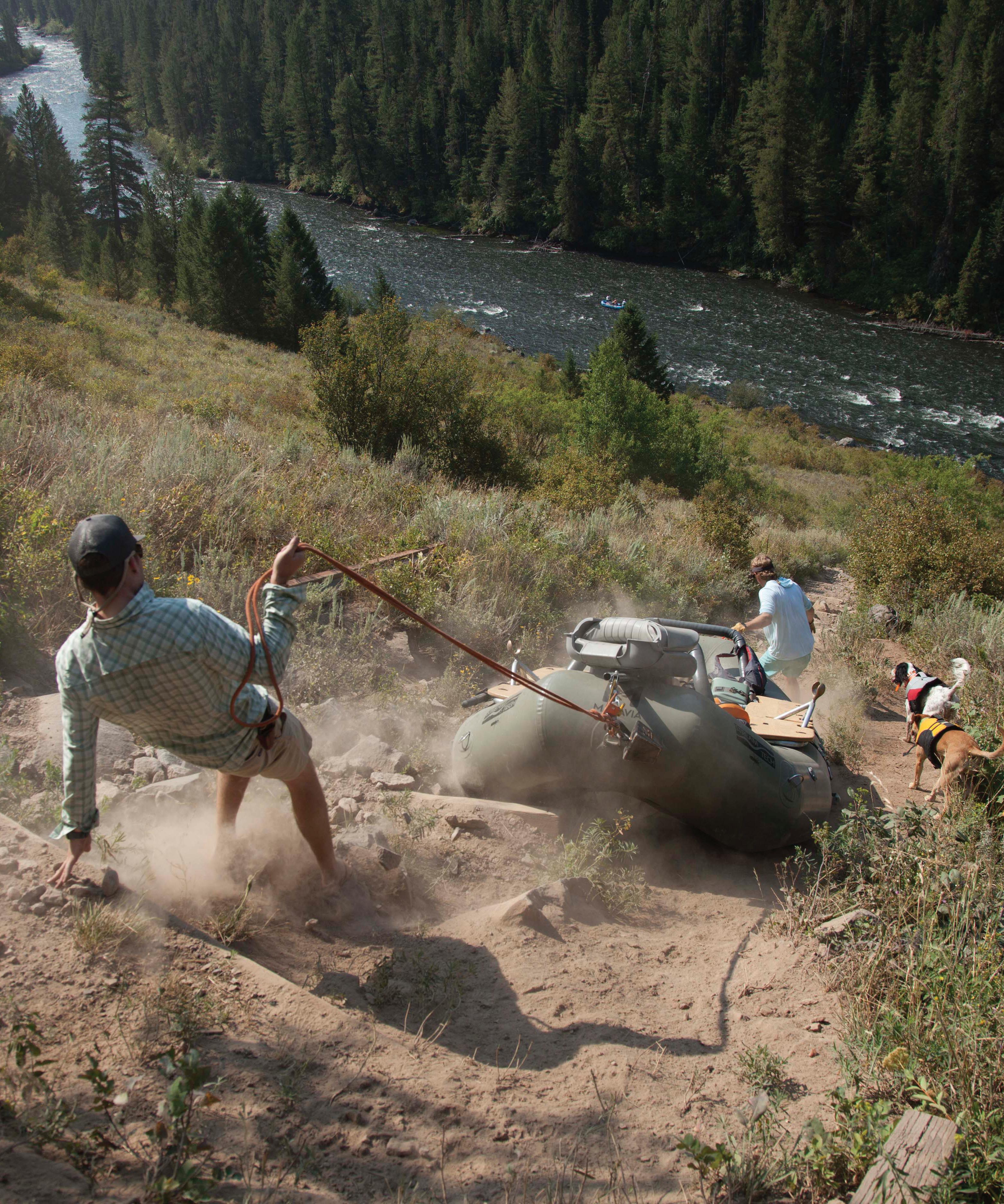

Our Signature. Your Distinction.


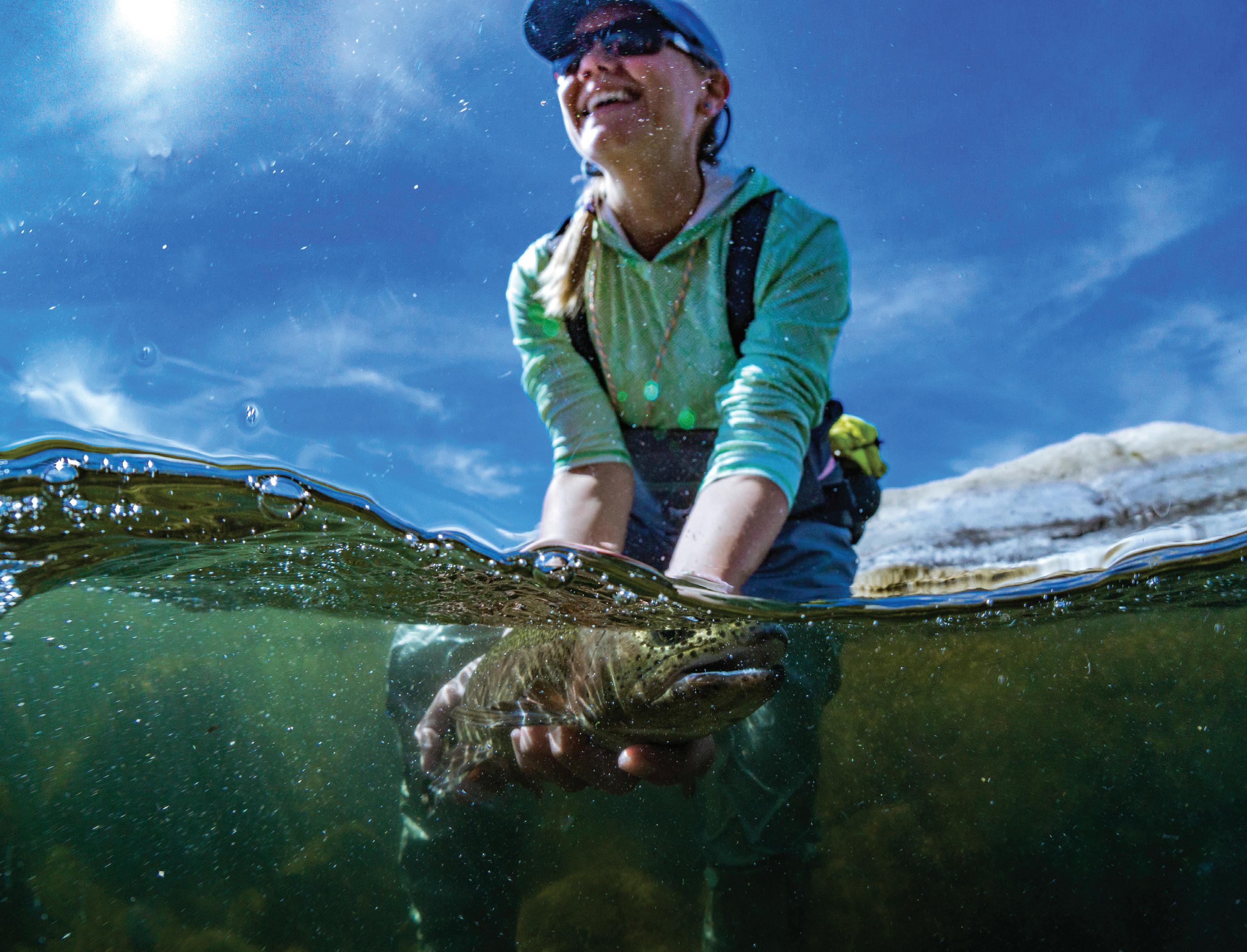


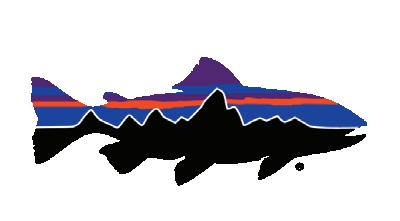
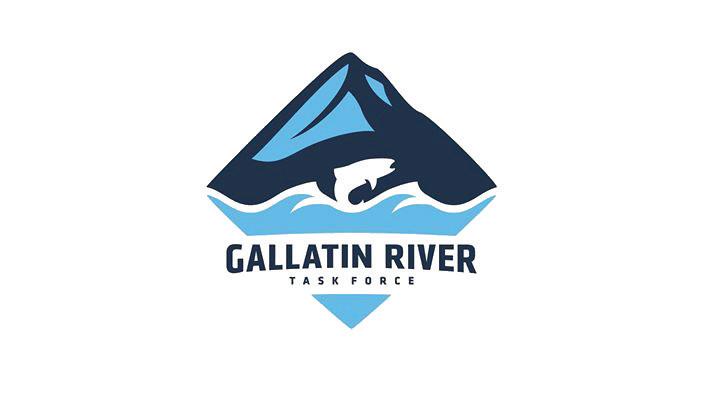


6900 NEZ PERCE ROAD, DARBY
$3,500,000 | #30045816


Riverside log home offers fly-fishing paradise with stunning views and
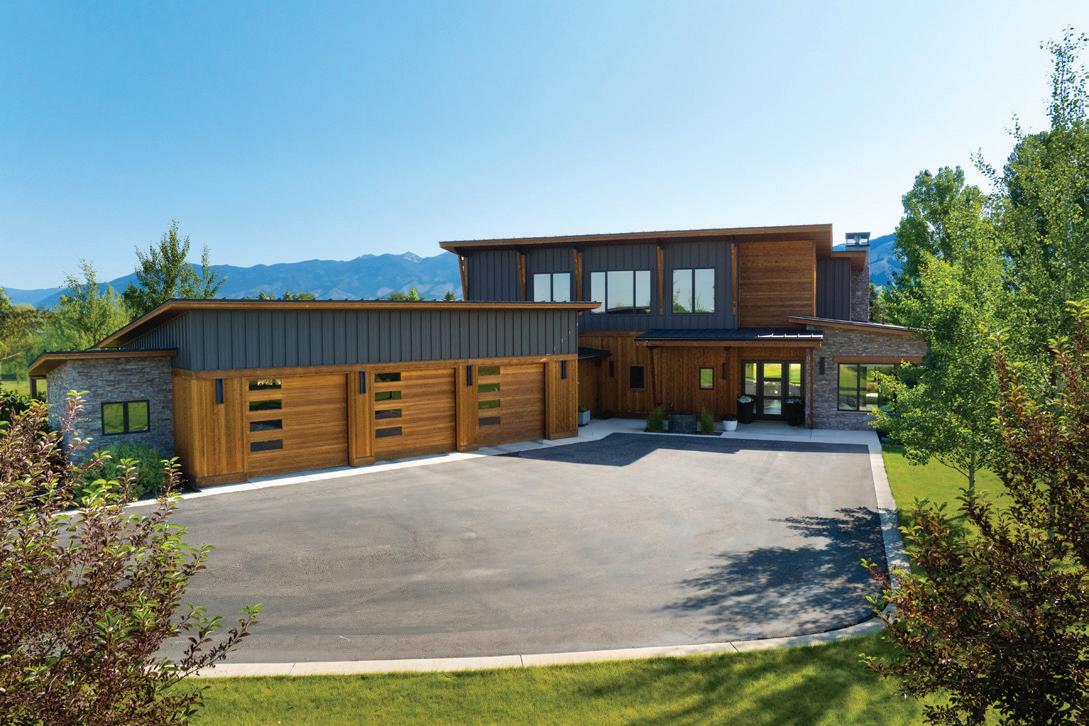
989 BRIDGER LAKE DRIVE, BOZEMAN

250 PETE’S WAY, BIG SKY
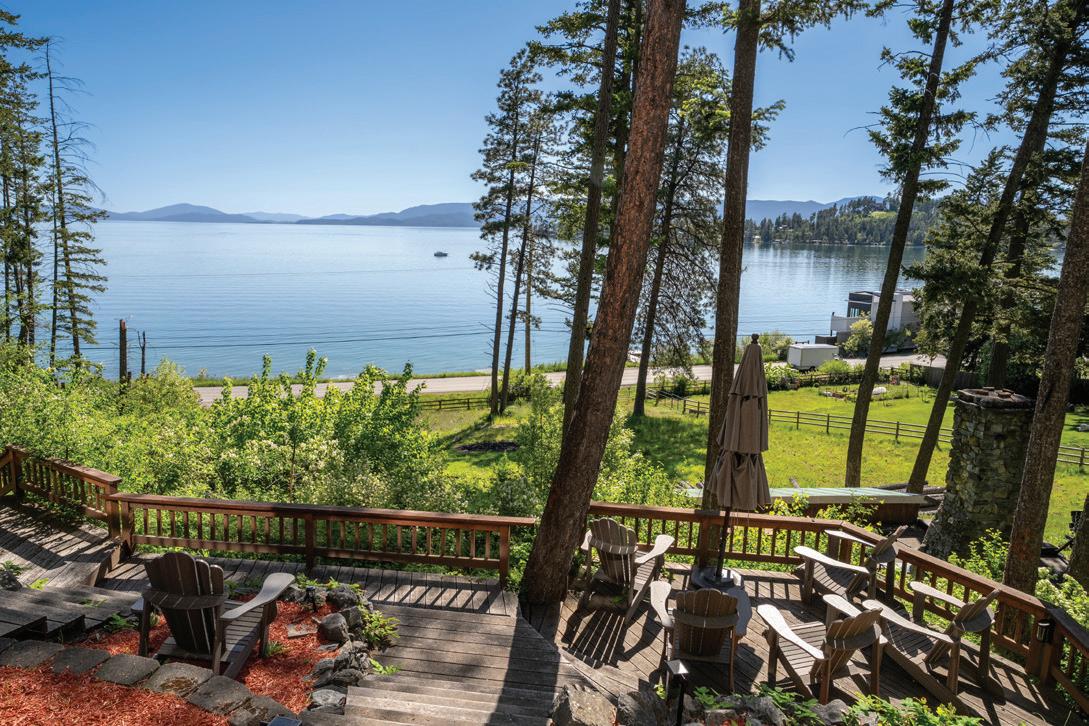
14690 SHORE ACRES DRIVE, BIGFORK
$2,475,000 | #30051501
Woods Bay with 124’ Flathead Lake frontage, 5-bed, 4-bath Montana home on 14 acres.

1719 MIDFIELD STREET, BOZEMAN
$1,749,000 | #404931
Where luxury living meets low-maintenance convenience, all surrounded by open space and direct access to the expansive scenic trail system.



1555 STILLWATER ROAD, KALISPELL
$2,575,000 | #30055227

715 N MONTANA AVENUE, BOZEMAN
$2,200,000 | #404935
Downtown Bozeman, Urban Treehouse Retreat. A one-of-a-kind home with ADU that offers the perfect blend of modern luxury and natural serenity.

8472 WAGON BOSS ROAD, BOZEMAN
$1,739,900 | #403496
Extraordinary Opportunity in Bozeman, Exclusive Neighborhood, No HOA Fee’s, 3084 sq ft, home on 2.064 acres.





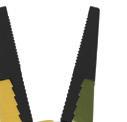
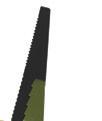





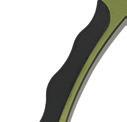


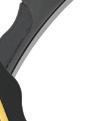












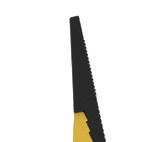

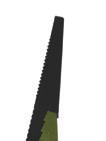



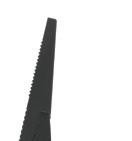







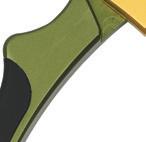
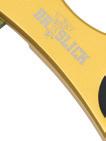



































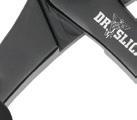




















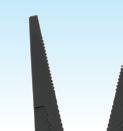









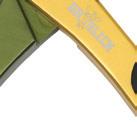










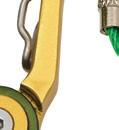




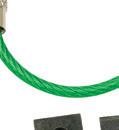







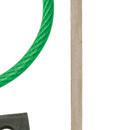





































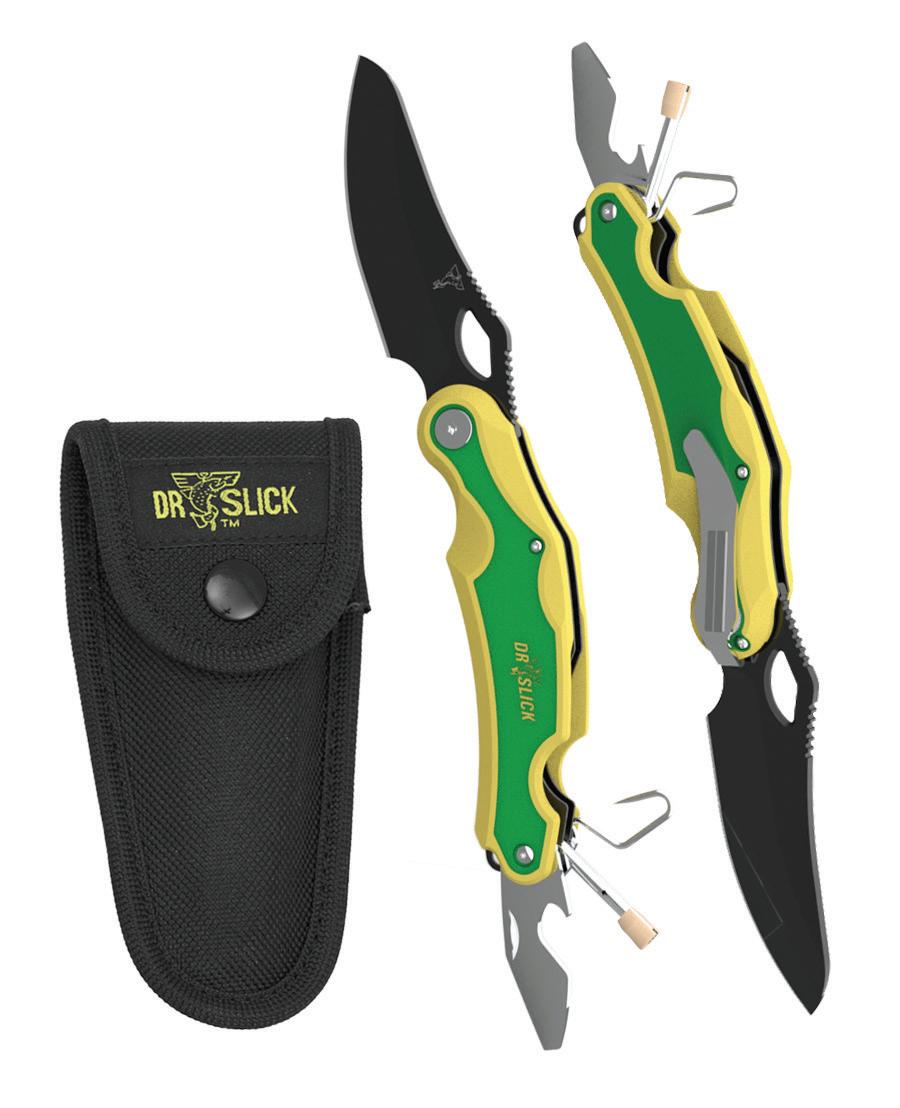



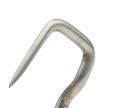


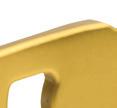
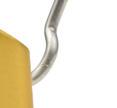





























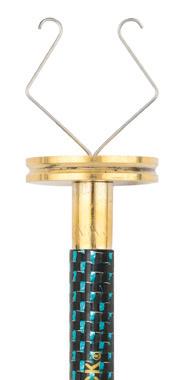
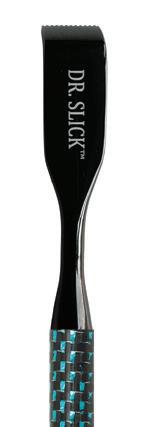






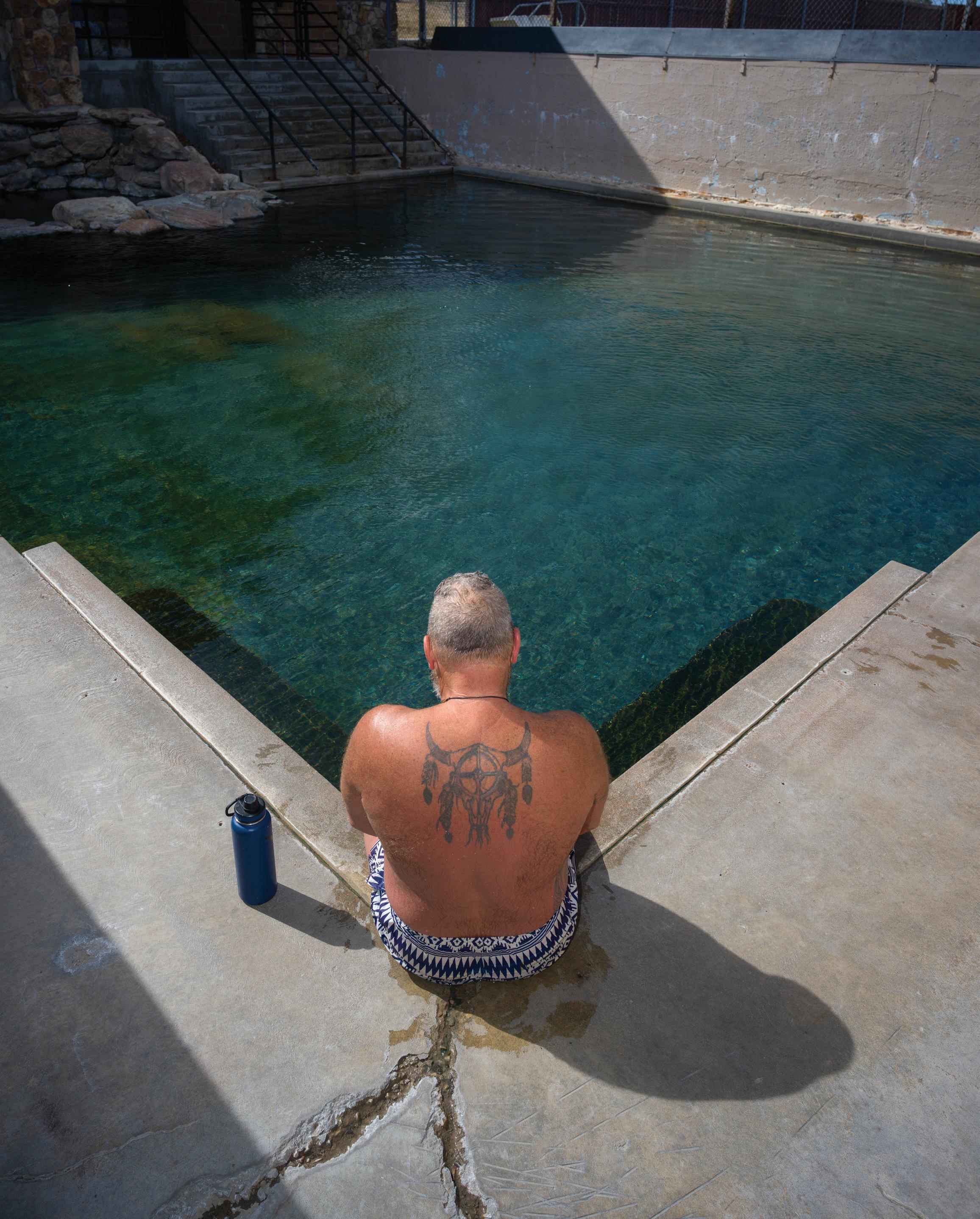
Though Saratoga, Wyoming might be best known for its blue-ribbon trout fishing and stunning mountain vistas, it’s also widely acclaimed for its natural hot springs near the junction of Spring Creek and the North Platte River, with the developed Hobo Hot Pool remaining free to the public and open 24 hours a day, every day of the year.
ESTLED BETWEEN THE SNOWY Range and the Sierra Madre Mountains, the hamlet of Saratoga, Wyoming is full of historical nods. Hotel Wolf, which opened in 1893, anchors downtown. Guide shops, restaurants, and art galleries line Bridge Avenue. The North Platte River divides the town, whose motto, “Where the trout leap in Main Street,” is posted as a welcome sign. The willow-lined banks are thick enough to obscure resident moose that cruise the morning hours, trotting downstream, blowing clouds of breath into the frosty air.
Although Saratoga is primarily known for its blue-ribbon trout fishing, high-end private golf courses, and mountain retreats, it is also recognized for its hot springs, which bubble from the landscape in several locations near where Spring Creek meets the North Platte River.
One such hot spring, the Hobo Hot Pool, is owned and operated by the city and is free to the public 24 hours a day, 365 days a year. This isn’t by accident. The residents and committed hot-pool soakers are also caretakers and amateur historians. They say that the concept of free access originated with the first people to use the area, and it’s the community of Saratoga’s responsibility to uphold that tradition.
Dick Perue and Chilly Rollison are hot-springs aficionados who soak nearly every morning. They are keenly interested in keeping the Hobo pool true to its roots, about which both men are well-versed: Perue ran The Saratoga Sun newspaper for decades while Rollison studied history, with a focus on Native American communities. Rollison says that the Ute, Cheyenne, and Shoshone all used the area’s healing waters at various times in the past. (Legend has it that the tribes dropped their beefs when they came to soak. It was a peaceful place.) Thousands of years of archaeological evidence further suggests that the area was a popular gathering spot for Indigenous peoples. Fur trappers, mountain men, and explorers also recognized the uniqueness of the area and set down roots.
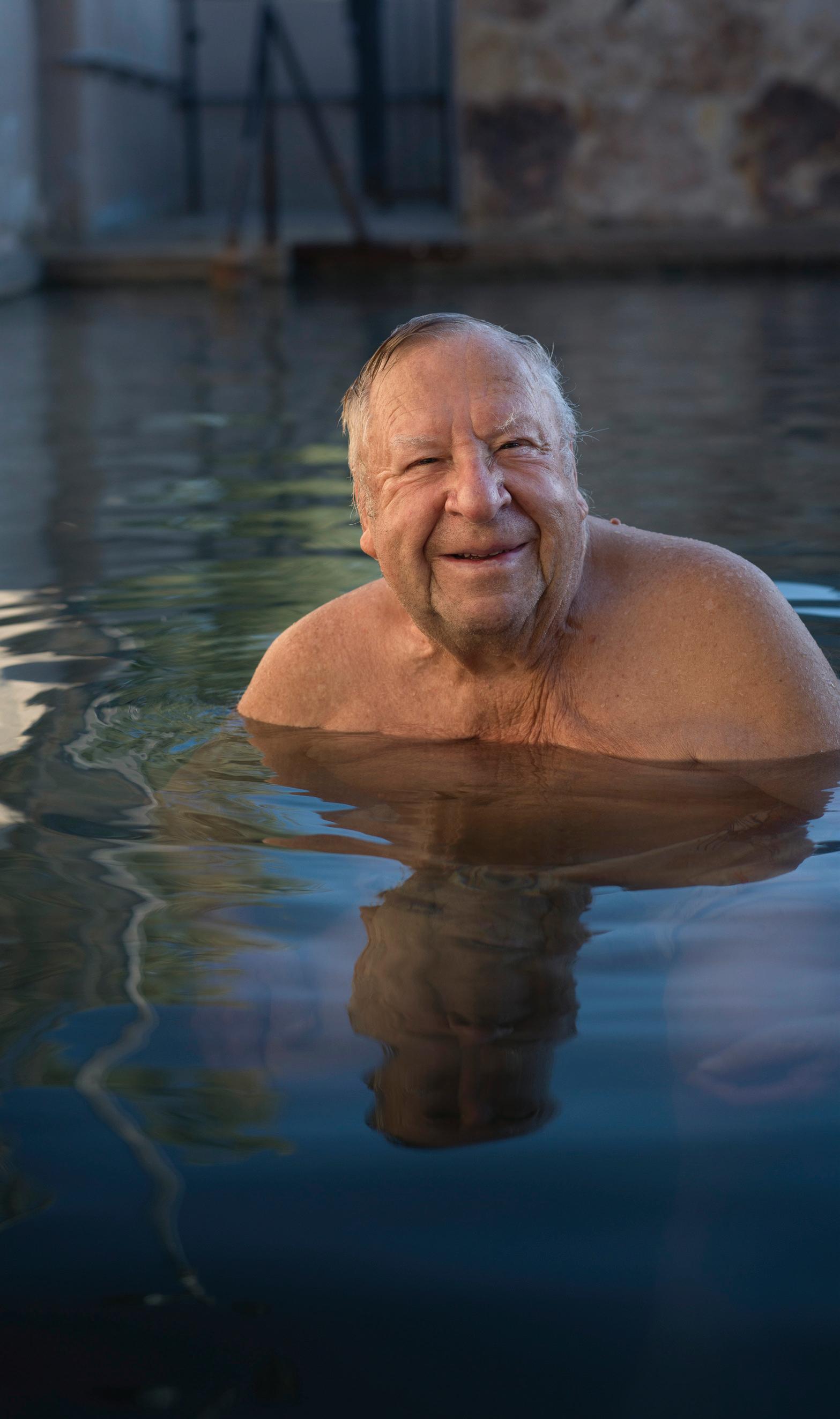


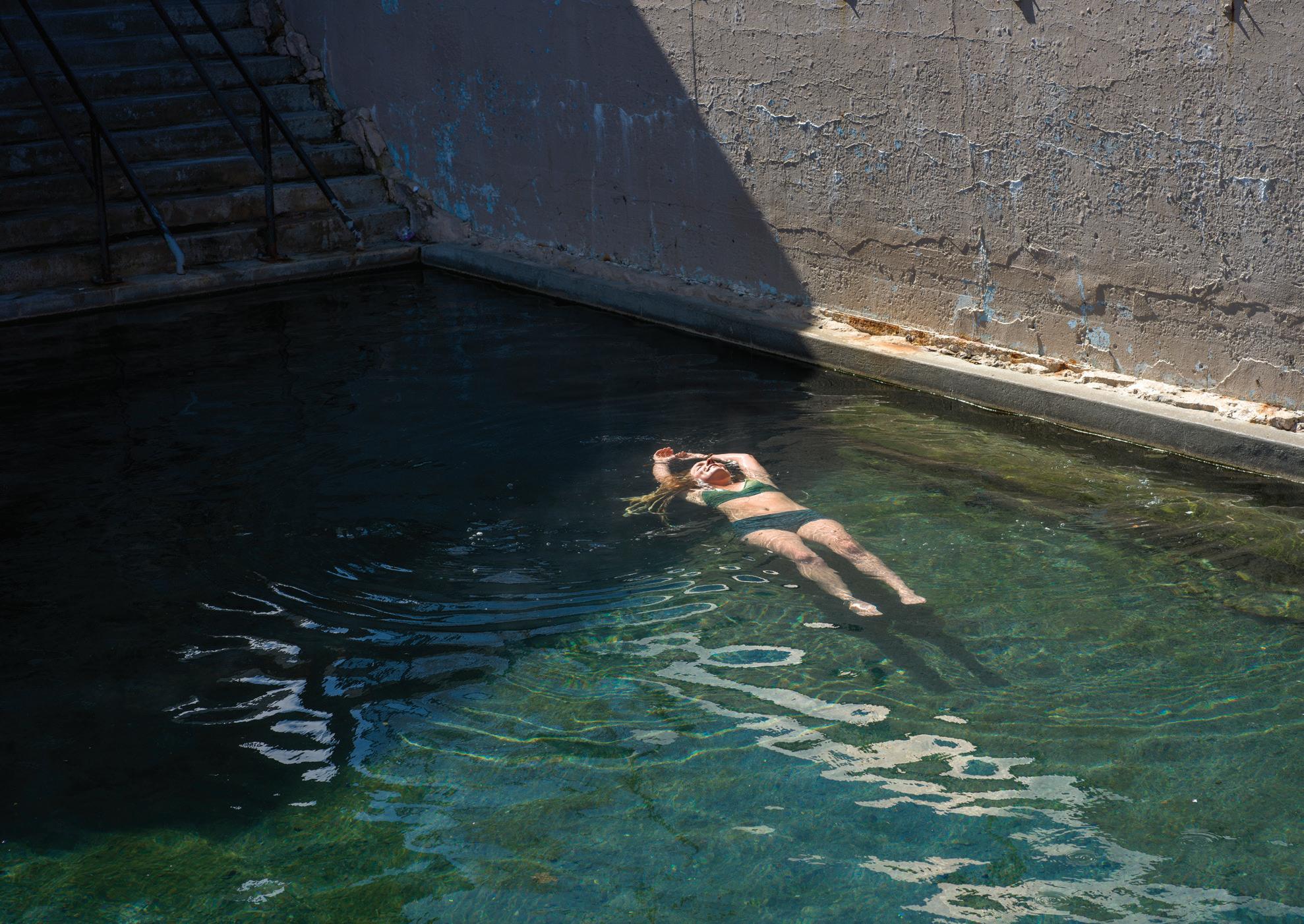
Rollison describes other locations on private lands where geothermal hot water seeps to the surface, and a few historic houses in town once used the hot groundwater as a heating source.
The Hobo pool where people soak for free today is not the original hot springs. The original pool, once known as the Indian Baths, was purchased by a private entity, developed into a resort and brewery, and now requires a stay at the Saratoga Inn in order to soak. The Hobo Hot Pool, which sits on 20 acres of public land, wasn’t discovered until 1917, says Rollison during a meeting at the public pool. That year marked the second-largest flood in recorded history, which eroded the banks along Spring Creek, exposing the new hot spring.
When the locals realized a new hot spring was emerging, they built circular rock pools and began to use them. In 1936, the Civilian Conservation Corps built stairs and other structures that would become the modern Hobo Hot Pool. Today, the facility includes a swimming pool, a changing room with showers, and two established pools with varying temperatures.

FROM TOP : Relaxation is the name of the game at Hobo pool, the name of which derives in part from its location on the Saratoga/Encampment Railway and former use by hobos who would get off the rail to soak in the warm waters.
• Today's Hobo Hot Pool is not the original hot springs: The original pool, once known as the Indian Baths, is now part of a privately-owned resort. The current pool was discovered in 1917, after the second-largest flood in recorded history eroded the banks along Spring Creek, exposing the new spring.
Saratoga mineral water doesn’t emit the strong sulfur smell that so many other hot springs have. Other than the brown sign on Main Street directing you to the free soaking area, you’d hardly know there was a hot springs complex in Saratoga. You might drive through town and head south to the twin towns of Riverside and Encampment without even knowing what you were missing.
“It does not have the same qualities as volcanic springs all over the country,” says Perue. He points out that the water in the center of the pool, known as the Lobster Pot, is pure enough to drink. He says samples have been collected and analyzed.
“We also don’t know how old this water is,” says Rollison. “Is this water from last year’s snow melt? Or from 21,000 years ago?”
UPON ENTERING VALLEY GROCERY, A wave of nostalgia sweeps over me. When I first moved to Wyoming, I held one of the lowest-ranking positions at the University of Wyoming in Laramie. With no chance of tenure or promotion, I invested my free time into traveling the backcountry, getting my two-wheel-drive truck stuck in sandy draws and bumping over the sparsely populated cattle country with no real destination in mind. After a semester teaching English composition, I’d drive over the Snowy Range and descend into the North Platte Valley. I camped at the Saratoga Reservoir and took latenight dips in the Hobo pool with a cast of other rootless travelers. The unencumbered feeling I had in those days struck me as freedom. And there was an openendedness to those weekends I spent walking up the Encampment River with my chocolate labrador, those first chilly nights in my tent when I heard coyotes out on the range. The Hobo pool and the saloon at Hotel Wolf fit my ideas about the Western ethos that prioritized individualism and freedom.
The little grocer hasn’t changed much since I first went there 20-some years ago to replenish my sandwichmaking supplies. Like many things in the North Platte Valley, the store, with its big-game mounts and overtures to a bygone era, seems to be a throwback, an anachronism. A white-coated butcher comes out to chitchat with customers as I troll the too-narrow aisles for Greek yogurt and purified water. (It’s recommended that you consume a quart of water for each half hour you soak.) However, my takeaway is that the store and the whole valley, really, has successfully resisted the transformations that have affected so many other Western mountain towns. Here in Saratoga, you get the same aspen




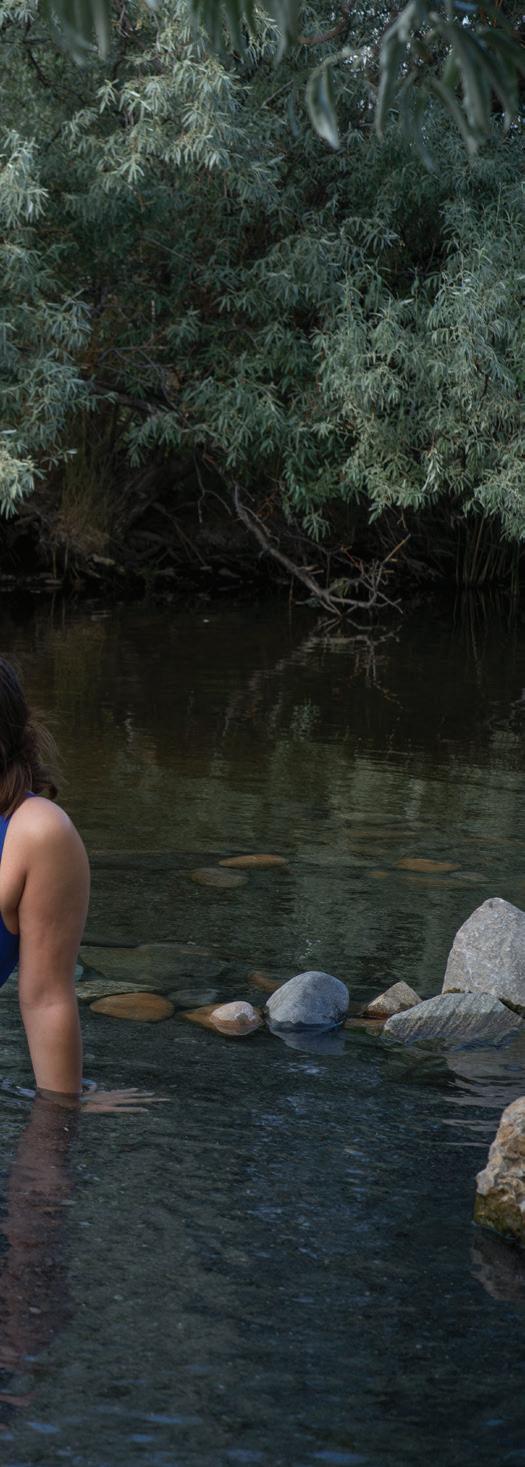

CLOCKWISE FROM TOP LEFT: Hotel Wolf has been a Saratoga staple since 1893. Though updates have kept the establishment comfortable for modern visitors, it still boasts an abundance of Old-West charm. • It’s hard to imagine a more quintessential mark of the contemporary rural West than the taxidermied bear in Valley Grocery, a nostalgiainducing mom-and-pop shop that carries all a person could need for an impromptu woodland picnic. • A relaxing soak with friends makes for a perfect afternoon reprieve from the hustle and bustle of modernity.
trees, moose, hot springs, and blue-ribbon trout fishing at a fraction of the cost you’d encounter in, say, Steamboat, just a few hours down the road. For fun, I stop at a house with a for-sale sign in the yard. It turns out to be somewhere in the ballpark of what you’d pay in Casper.
Maybe one day I could get a place and soak every day, too, I think.
AFTER PERUSING DOWNTOWN, I JOIN Perue in his home. His living room is a testament to a career in journalism, every surface carpeted with papers and notes. He has a stack of black-and-white photos spread out like playing cards on a table. One of the images, dated 1943, shows a woman cradling an infant at the hot springs.
He rummages for a copy of his publication on the Hobo Hot Pool. The pamphlet features sepia photos depicting Saratoga and the hot springs throughout history. Perue offers “Go with the Flow” walking tours in the summer. These include visits to historical buildings, a trip
to Veterans’ Island, and a stop at the old building where the hot springs water was bottled and sold as a medicinal beverage under the brand name Aquatone. Perue’s tour culminates in a lunch at one of the local restaurants.
Perue, who first started using the mineral baths in 1938, holds a degree in journalism and a minor in history from the University of Wyoming. He bought The Saratoga Sun and published the type of specialized, small-town stories that are becoming increasingly rare. Retired now, Perue is the authority on the area’s history. He is also one of the forces that keeps the Hobo pool true to its bedrock values. When well-meaning people suggest fees or regulations to bring the Hobo pool into the modern era, Perue and a few others are at the town meetings ready to object.
“The ‘hobo’ name comes from two different things: because we don’t charge for it and because it was on the Saratoga/Encampment Railway, and the hobos would get off and use the pool,” says Perue.
Before I leave, Perue finds an old photo depicting Della Clark, an area rancher whose family sipped the mineral water for its healthful qualities. In the image, she is drinking from a dipper filled with mineral water. She’s wearing a dark cloak and grinning. And you get the feeling she’s poised for a joke, a little sense of humor from over 100 years ago. Perue says the photo was taken around 1911.
Before I head out, I stop at the hot spring for a final dip. The stars are out in astounding numbers. The parking lot is nearly empty. Through the swirls of steam, I can see pale human bodies. I slip into the pool and listen to the low murmur of conversation. Occasionally, a few soakers rise, dash out to the river, and soak in the improvised hot pools that face Spring Creek. This, they tell me, is a more primitive experience. But the landing is icy, and I feel good where I am. I strike up a conversation with an overland trucker who hauls frozen turkeys from the Midwest to California. He says he never misses an opportunity to get off I-80 and take a soak.
One young man loiters near the Lobster Pot, a section where the thermal water emerges from the earth at nearly 120 degrees Fahrenheit. Only the truly dedicated can withstand this kind of heat. The man takes several deep breaths, then wills himself into the pot. A minute later, he explodes from the area, drinks some water, and repeats the process. Clearly, he’s going through something.
But it seems private, something he’s willingly working out for himself between the icy benches and the Lobster Pot. The steam wavers from his body as he gathers himself and plunges back in.




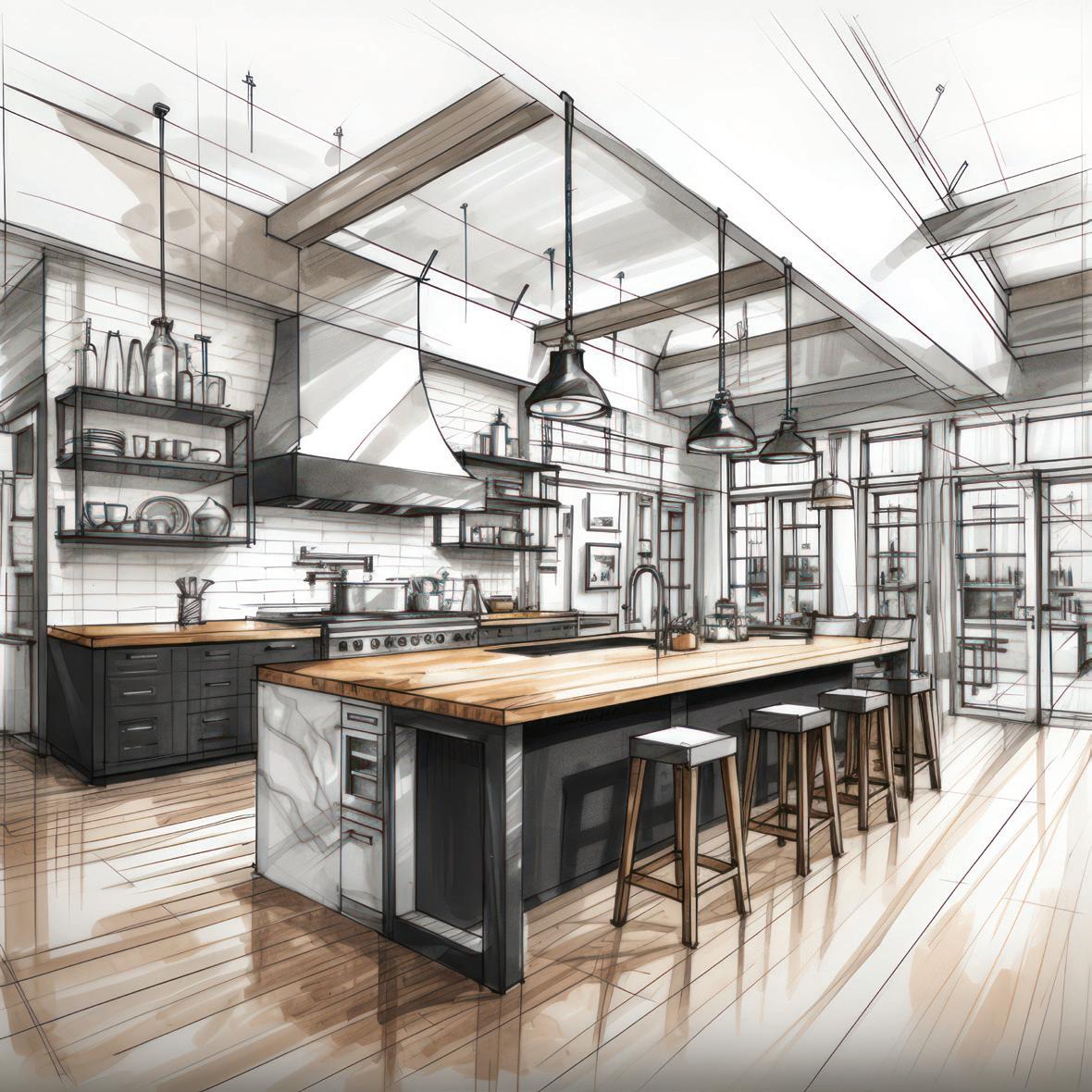









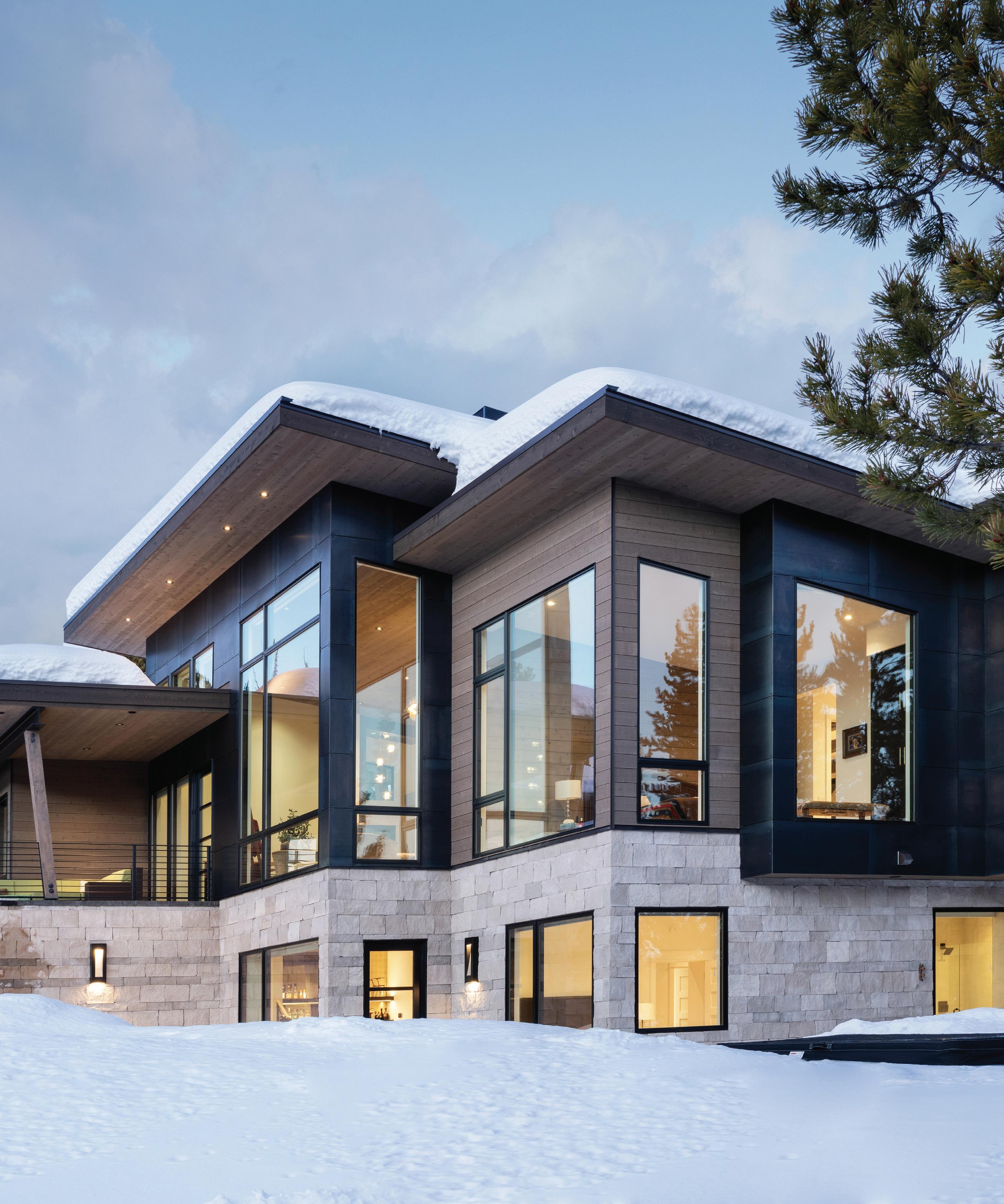
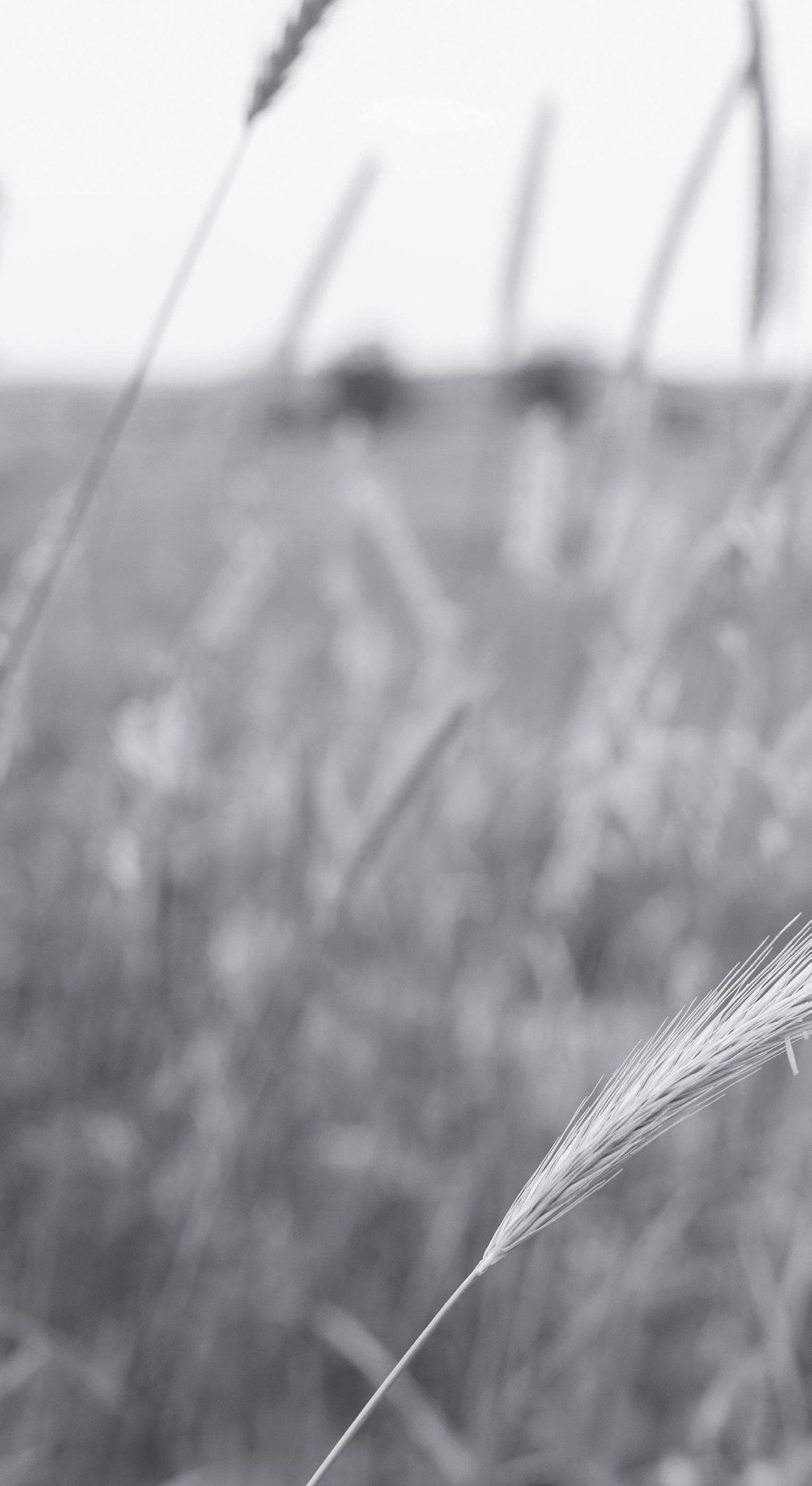
Montana's dryland farmers and ranchers tap into traditional and hi-tech resources to thrive
WRITTEN BY ANDREW MCKEAN
LIKE MANY OF HIS GRAIN-GROWING neighbors on northern Montana’s Hi-Line, Ryan Lankford has fully integrated computers and satellite connectivity into his farming operation. His John Deere tractors are guided by GPS waypoints, and his newest combine has forward-facing cameras that detect the amount of stubble entering the header to adjust the combine’s operation according to thatch density.
So it’s not a far reach for Lankford to think about applying the same digital technology to his 200-cow cattle operation.
Earlier this year, Lankford snapped GPS-connected tags to the ears of his half-dozen bulls, both to get alerts when they jump the fence into his neighbor’s pasture and to test his belief that the technology can make him a smarter, more efficient, and more profitable rancher.
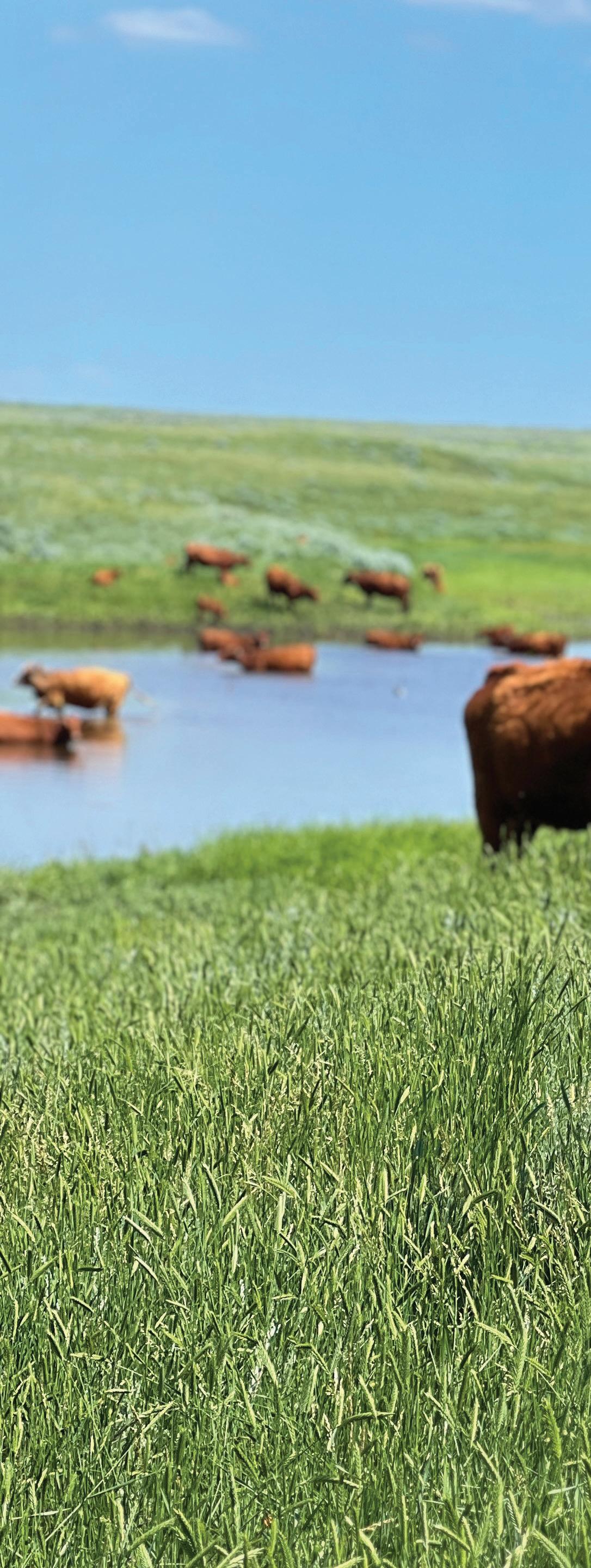

Satellite-connected "smart" collars like these help guide cattle across the landscape by using audible cues and gentle shocks. They're enabling ranchers like Phillips County's Leo Barthelmess to remove interior fences that can block migration of pronghorn antelope and mule deer.
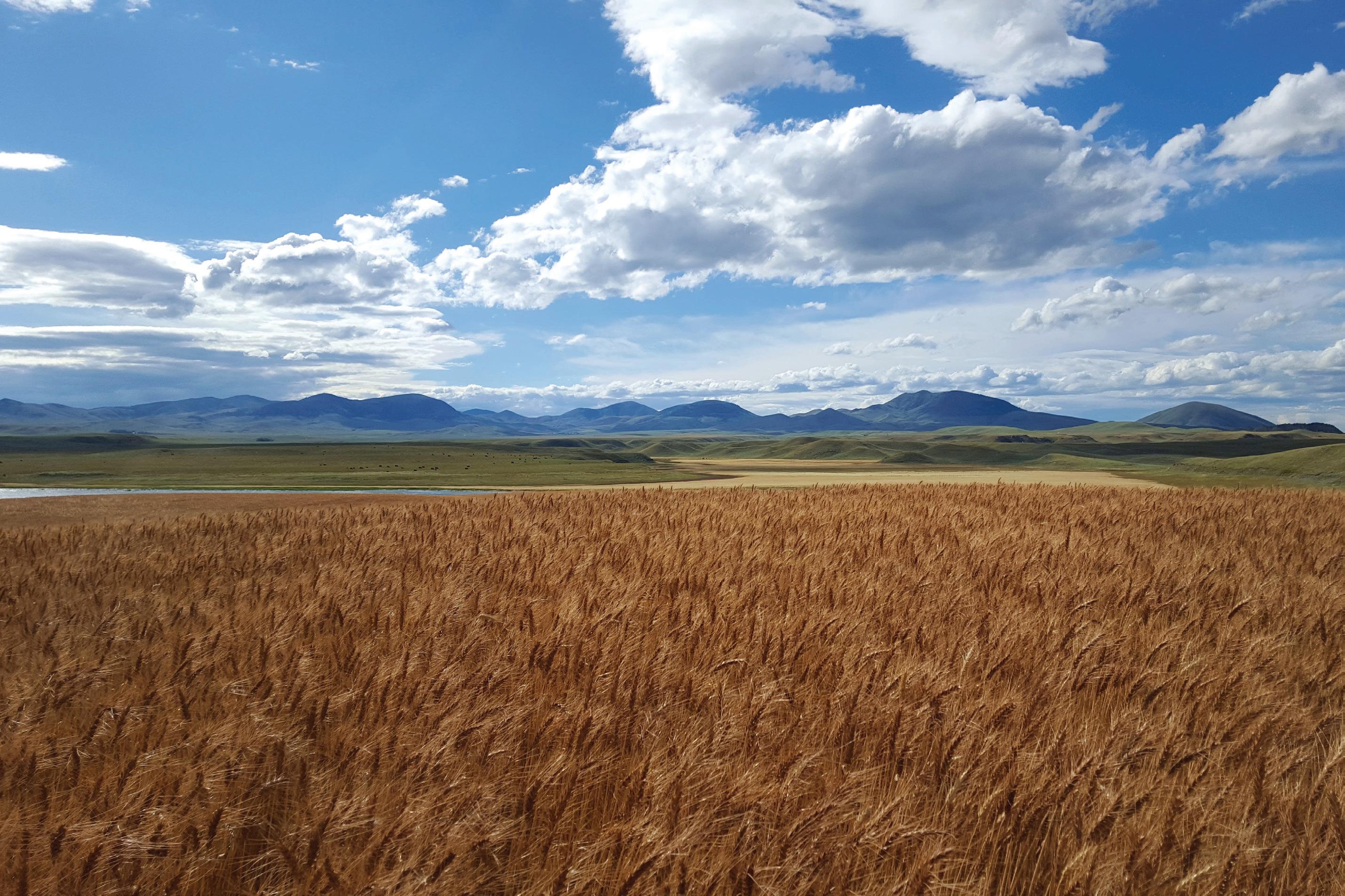
The eartags are a product of North Dakota-based 701x, whose wearable bovine devices keep tabs on the whereabouts of cows while also monitoring their reproductive cycles and overall health, much like a running watch tracks human biometrics.
“My initial interest in these GPS tags was as a labor saver,” says Lankford, whose operation is on the Fort Belknap Indian Community, where he’s an enrolled member of the Aaniiih Nation. “I wanted to know if they could make it easier for me to remotely monitor my cattle, because labor is so expensive.”
However, because Lankford is involved in wider conversations about the role of farmers and ranchers in carbon capture, he thinks the 701x technology might also allow him to quantify the amount and type of forage that his cows eat.
“There’s an emerging market for carbon, but so far it’s been the Wild West in terms of contracts and people trying to get market share because there’s been very little data or science to support market decisions,” he says. “Nobody can really answer key questions. How much carbon is going into grass? How much carbon is being captured in the cow? How much is going through the cow? How much remains on the range? But these [GPS-enabled] devices could generate location and performance data that start to answer those questions and create the traceability that the market demands.”
Beyond the carbon market, the eartags can inform a rancher’s grazing management plan based around seasonal grass growth, ensuring enough forage remains for wildlife.
ABOUT 40 MILES NORTH OF Lankford, nearly within sight of the Saskatchewan border, Brian Fox and his cattle are benefiting from a decidedly low-tech — and costfree — labor force: beavers. Fox was both surprised and a little dismayed when they showed up on his prairie ranch a few years ago. He was surprised because there hadn’t been a beaver in the stream in his or his elderly neighbors’ memory. Trapped out by fur harvesters over a century ago, beavers haven’t returned to many of the prairie tributaries that often bear their name.



Fox was dismayed because the enterprising beavers had taken down a lone scraggly cottonwood that provided anemic shade for his cows and had served as a local landmark. The beaver bog drowned out cool-season grasses that his cows normally grazed. Beyond those practical considerations, seeing ducks dabbling and splashing in the prairie stream that the beavers dammed represented change and unpredictability to a ranching business built on tradition and predictability.
But a couple of years into the unexpected return of beavers to this stream, Fox sees manifold benefits, ranging from a higher water table in the streamside pasture to a wider diversity of native plants in the riparian habitat and more abundant water for cattle and wildlife.
The benefits are so noticeable that Fox, along with conservation partners Ducks Unlimited and Malta-based Ranchers Stewardship Alliance, is utilizing an equally low-tech approach to mimic the beavers’ hydrological services elsewhere on his ranch. Beaver-dam analogs, often called BDAs, consist of a lattice of wooden stakes and willow branches installed along the shallow banks of prairie streams to catch debris during runoff, slow and calm water flows,
and promote stream sedimentation. (Turn to page 112 to learn about how Fox’s efforts are also aiding Montana’s sage grouse.)
“That’s one of about 75 BDAs on my place and, if they work, in a couple of years, you won’t be able to stand here,” says Fox, pointing to a tangle of woody brush in an inside bend of the prairie creek. The idea is that over time, the stream will widen and create boot-sucking bogs in an otherwise parched landscape.
Additional water provided by the BDAs and the natural beaver bogs, along with a new well that taps into the higher water table, allows Fox

attaches GPS-connected ear tags to his bulls in order to keep track of their movements, as well as their breeding success.
to run more cattle. The extra summer forage in the revived riparian plain adds valuable pounds to his calves. As a profit-minded rancher, it’s hard to ignore those upsides to a fairly low-tech improvement, says Fox.
Another benefit: BDAs cost virtually nothing. “The cost is just surveyors’ stakes and the time it takes somebody to cut willows downstream and then weave them around the stakes, plus getting [404 streamway] permits [from the U.S. Army Corps of Engineers],” says Ducks Unlimited biologist Adam McDaniel, who helped Fox identify BDA locations.
“When they work right, BDAs help creeks like this remember how to be a creek,” McDaniel says.
BDAs can also conjure the future in the same way that the fabricated baseball field in the movie Field of Dreams reconstituted the past. Both rely on the idea that “if you build it, they will come.” In the case of BDAs, “they” refers to real beavers. Years of observation have shown that beavers often find the water that has been slowed and spread by the artificial dams, and then amplify the human-made impoundments with their own stick-and-mud construction.
TO THE SOUTH AND EAST of both Fox and Lankford, Phillips County rancher Leo Barthelmess has adopted another variation on the “if you build it, they will come” construct. You might describe his application of technology as, “if you build it, they will stay.”
Barthelmess is one of a growing number of ranchers using battery-powered collars to keep his cows within designated perimeters while reporting their daily movements. The collars communicate wirelessly with a base station on a hill above his sprawling pastures; the base station then transmits information from the collars to a mobile app on Barthelmess’ cell phone.
Unlike Lankford’s eartags, which can only report location and biometric information, Barthelmess’ collars can actually jolt the cow with a mild electric shock, similar to the way a canine e-collar can vibrate, ping, or shock its wearer into corrective action.
The idea isn’t to unnecessarily torture his livestock, but rather to condition them to recognize virtual perimeters, allowing Barthelmess to remove miles of interior wire fencing that often restricts the movement of pronghorn antelope, mule deer, and other native wildlife.
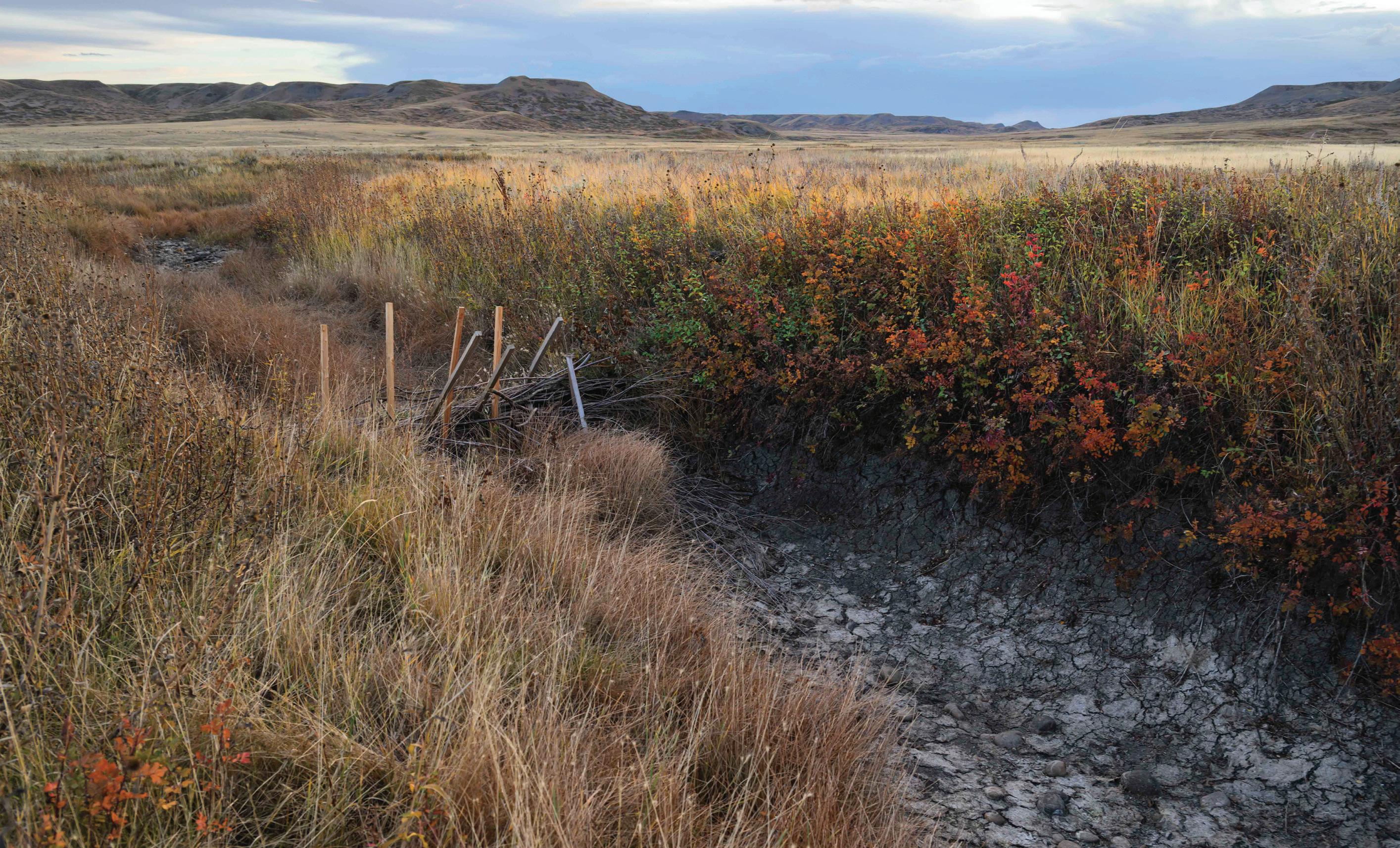




“There’s a bit of a curve as [the cattle] learn where they can go and where they can’t, but in a surprisingly short period of time they’re trained to stay within a geofence defined by our cellular collars,” says Barthelmess, whose collars and cellular infrastructure were largely funded by grants from conservation organizations. “The result is that we have less fence on the landscape, there are less impediments for antelope and other wildlife to navigate, and we can more intensively graze cattle in smaller pastures, moving them more frequently to mimic bison grazing patterns.”
Barthelmess is quick to note that his hightech collars, provided by a company called Vence, will never replace fences altogether. “We still require fencing,” he says. “When we’re training cows to use a new pasture, we still have

to string an electric fence. That’s the way you train your cows to recognize and honor barriers. You have to show them one. They see it, and they get an audible cue. If they persist in pushing through the barrier, you discourage them with a shock. It only takes a day or two to train them, but you need that visual barrier to establish the virtual barrier.”
Barthelmess says battery life is a secondary issue. “We have to gather our cows two to three times a year just to change the batteries.”
But Barthelmess is bullish on the technology: Maintaining the system enables him to be a better steward of native rangeland. “We divided two pastures into five as part of our rotational grazing plan,” he says. “With Vence, we can move cows more easily between pastures, intensively grazing one while giving the others more rest. Instead of spending a day gathering and moving cows and opening and shutting gates, we can do it from the house with a mobile app.”
Barthelmess says it will take several more years before he’s confident enough in the technology to remove his internal fences, including ratty woven-wire homesteaders’ fences that interfere with pronghorn migration across his ranch.
“I’m not just going to go pull interior fences that still serve a purpose,” he says. “If a [physical] fence is functional, it will stay awhile, but eventually it has to come down. I’m hoping virtual
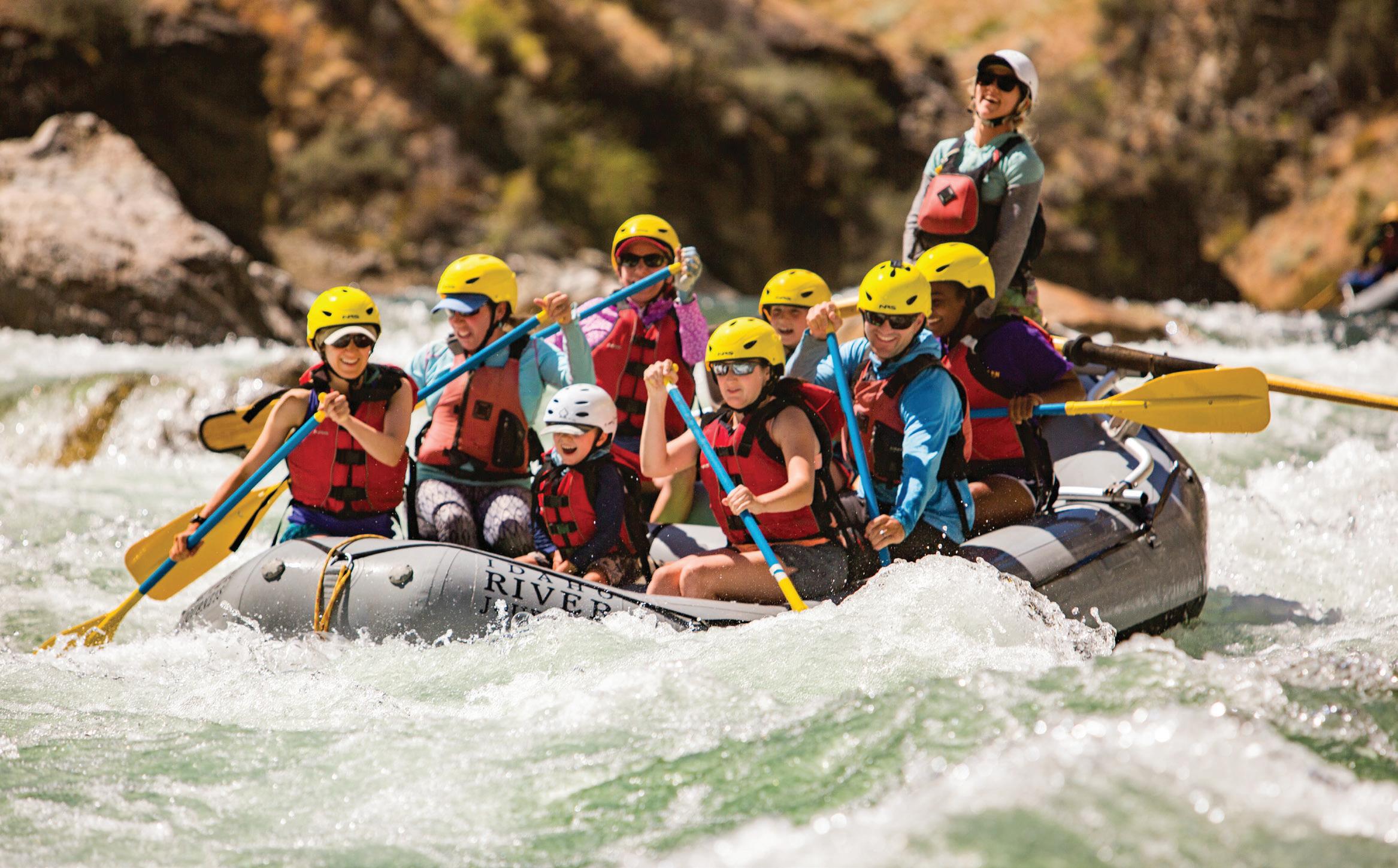

fencing will replace it, but you have to keep in mind that it’s almost as expensive to take down a fence as it is to build a fence.”
And, at about $10,000 a linear mile to either build or fully remove a five-strand barbed-wire fence, it’s not a casual decision to either string or decommission them.
ALL THREE OF THESE HI-LINERS’ experiences with adaptive technology, whether delivered through integrated circuits or beavers’ industry, share a hard-won reality: It has to work for agricultural producers, or it’s simply a distraction from the main business of making a living from some of Montana’s most unforgiving landscapes.
Employing satellite-age technology came surprisingly naturally to Barthelmess, the third generation of his family to ranch the sprawling spread between the Milk and Missouri rivers.
“These collars are never going to replace fences entirely,” says Barthelmess, former director of the Montana Stockgrowers Association and active member of the Ranchers Stewardship Alliance, which advocates for wildlife-friendly ranching practices. “You still need perimeter fences in order to be a good


neighbor and keep your cows off the road. I love moving cattle, and I love managing grass. These collars are just another tool to keep me doing what I love.”
But he notes that without grant support, they probably wouldn’t pencil out.
Ryan Lankford is only a few months into his investment in the 701x eartags, but he can already see a way to monetize them. “The tags have a feature that can detect when a bull mounts a cow,” he says. “Besides keeping track of them, that’s one reason I put them on my bulls. When you’re buying a bull that can cost anywhere from $4,000 to $9,000, a $75 investment doesn’t seem like that much, especially if it can help you find the duds.”
But Lankford has another, deeper reason for experimenting with the GPS eartags. “I’m a rancher, but I lack experience in ranching,” he says. “That’s because these things get handed down generationally, and my grandpa’s ranch went to another relative, so I’m having to learn a lot of this on my own. I figured the collars and the tags could help me learn the things that generations of ranchers learned by spending a lot of time with cows. I think these devices can help me learn in a couple of years at least a portion of what took my ancestors lifetimes to learn.”





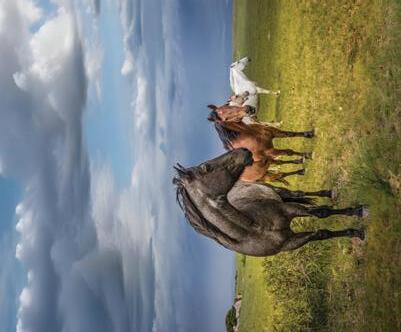

SOME THEMES MAY be too big for one story. Love, the overarching theme of Shann Ray’s Where Blackbirds Fly (University of Nebraska Press, $27.95), is explored throughout the five novellas that make this novel. This is because love, in Ray’s handling of it, contains much more than the Hallmark version of the concept. It includes all our attempts and failures to achieve it and our frailty and fear that lead to all of our cruelty and callousness. Yet, it also contains our capacity for forgiveness, our potential for empathy, and, most of all, our indebtedness to those who love us despite everything.
The idea of this indebtedness resounds in the literal ways the characters of these novellas all connect. John Sender, the first we meet, is a loan officer at a large Seattle-based bank. The characters of the other novellas are mostly people to whom he’s given loans, offering them better-than-usual terms due to shared Montana origins in one way or another. In this predatory world where big banks control those in debt — sometimes rewarding and ofttimes destroying — Sender is the anomaly. He truly cares about the people who come to him for loans.
Each story in this complex novel is a mindfully wrought world of the human condition. The characters are people we know, people we yearn to be, and people we are terrified of becoming. Through it all is Ray’s ear for poetry, his love of Montana’s open spaces, and the almost mystical appearance of blackbirds arriving at poignant moments in all the characters’ lives.
The individual novellas eventually converge as the storylines become

increasingly intertwined, revealing that, as in our disparate lives, we are truly one, and we are all seeking ways to find love, heal the past, and repay our debts.
VICTORIA LAMONT BRINGS the life story of one of the originators of Western fiction into vivid and compelling focus with The Bower Atmosphere: A Biography of B.M. Bower (University of Nebraska Press, $24.95). From her typewriter in a three-room cabin outside of Big Sandy, Montana, Bertha Muzzy Bower began a writing career that would span more than 60 novels and hundreds of stories, take her to Hollywood, and help create a much-loved literary genre that’s mostly credited to men like Owen Wister and Zane Grey.
Indeed, much of her career was marked by struggle with a publisher who pushed for her sex to remain anonymous (and therefore assumed male), while Bower was assertively and confidently
leading a one-woman proto-feminist revolution: creating a career in a maledominated field, earning money in order to be free of an unhappy marriage which she deemed “an unbearable servitude,” and amassing the wealth to build estates that became gathering places for the cowboys, writers, movie stars, and family members who moved in her orbit.
Lamont crafts an eminently readable, enjoyably dramatic, and deeply informative tale not only of Bower’s life, but of the culture, history, and creative developments of her times. Reading this book will be time well spent for anyone interested in Western history, early American publishing, ranching, mining, pulp magazines, early film, or the rise of women’s rights. The book covers diverse topics and shows how Bower, like all creative individuals, contains multitudes.
With meticulous examination of Bower’s archives, published works, and interviews with descendants, Lamont brings this originator of the Western back into the prominence — long denied by the pervading machismo of the genre — she so richly deserves.


This fall, give yourself the gift of memories that last a lifetime. At Grateful Journeys Photography, every session is designed to celebrate your pet’s unique spirit—whether fireside, out on the ranch, or against Montana’s breathtaking landscapes. Fall bookings are open now. Limited dates available—reserve your session today and create art that lives on your walls and in your heart.

https://gratefuljourneys.slickpic.site/
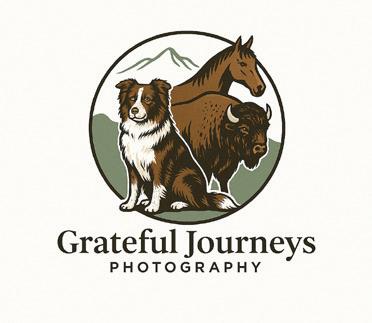

Bailey’s strives to promote responsible recreation within the greater Yellowstone ecosystem by providing resources, education and industry-leading knowledge of the surrounding area.
WITH A FINELY tuned sensitivity to human nature in all its weakness and fortitude, suffering and redemption, Craig Lancaster offers another characterdriven novel with Jane, Divided (Missouri Breaks Press, $22.95). The Jane of the title is a midlife everywoman reeling from a failed marriage in Montana that leaves her and her young daughter, Claire, drifting and searching for a new start. Moving back into her childhood home in Texas, she takes a teaching job at her old school and pieces together a precarious relationship with her widowed father. What follows is a journey of the heart, but this heart has known pain and atrophy, and it’s going to take a whole lot of luck and grace for



it to find healing. Fortunately for it and for us, Lancaster is an adept guide for the journey.
IN Theodore Roosevelt’s Wilderness Writings (University of Nebraska Press, $21.95), editor Paul Schullery curates the work of Theodore Roosevelt the naturalist, outdoorsman, and defender of wilderness in an elegant and efficacious volume drawn from numerous books and articles penned throughout Roosevelt’s life. This new edition of a collection originally published in 1985 — but for too long out of print — presents chapters on wildlife, hunting, exploration, natural history, national parks, and refuges, as well as a humorous and touching portrait


of John Muir, one of America’s great naturalist pioneers. The complex and often problematic beliefs and actions of Roosevelt — especially for today’s readers — are forthrightly addressed in Schullery’s introduction. He doesn’t forgive or make excuses for the bigotry, racism, and violence that one finds in Roosevelt’s literary output, but he does place the would-be president within the context of his times and demonstrates that, despite whatever shortcomings we may find, Roosevelt’s legacy for the American wilderness is something worthy of our attention.
FANS OF BOTH Montana history and equestrian sporting are in for a treat with Catharine Melin-Moser’s When Montana Outraced the East: The Reign of Western Thoroughbreds, 1886–1900 (University of Oklahoma Press, $34.95). With rich detail, the book recounts the days when many of the great racehorses on the national


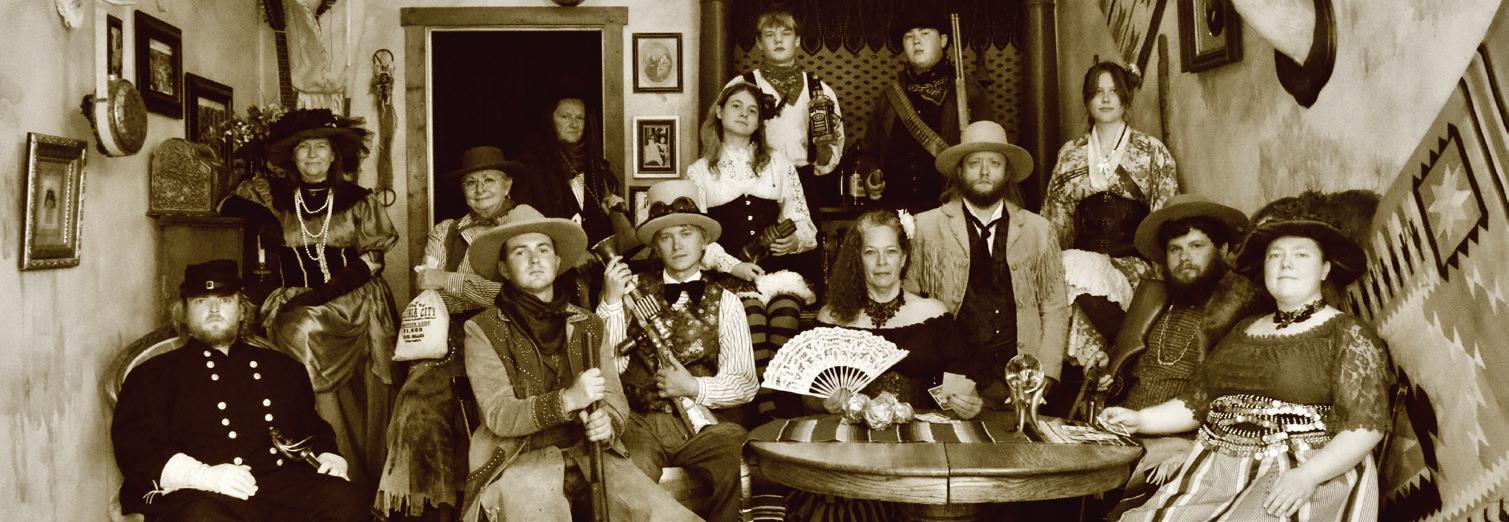





circuit were raised on Montana bunchgrass rather than Kentucky blue. Her telling delves into the lives and times of the wealthy elite who had the means to shift this dominance to the West: men like silver baron Noah Armstrong, banker Samuel Larabie, and the heavily storied “Copper King,” Marcus Daly. With its focus on the rarified horses and epic races of the socalled Gilded Age, the book paints a portrait of these people and their capitalist empires, offering new insights into a unique time in Western and American history.
Marc Beaudin is a poet, theater artist, and bookseller based in Livingston, Montana. He is the author These Creatures of a Day, Life List: Poems , and Vagabond Song: Neo-Haibun from the Peregrine , and his work is widely anthologized in publications dedicated to environmental and social

Natalie Behring is a freelance photojournalist based in Victor, Idaho. Behring has worked for major publications throughout the world and recently returned to Idaho to be close to her family. When not taking photos, she can be found hiking in the mountains with her border collie and hanging trail cameras in trees.
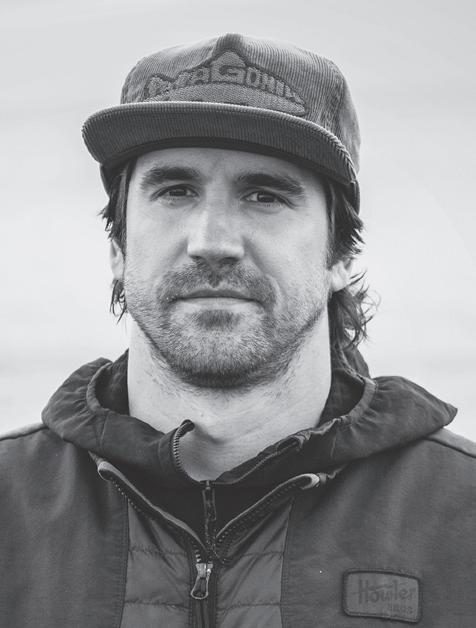
Jakob Burleson is a photographer from the front range of Colorado. Alongside his freelance and personal projects, he works in house for the fly-fishing brand Umpqua Feather Merchants, where he enjoys creating photographs of iconic fly patterns, legendary fly fishermen, and the world’s most innovative fly tiers. His work has graced the pages of The Flyfish Journal, Trout, Fly
Fisherman, Colorado Outdoors, Montana Outdoors, John Barr’s Out of the Box, Landon Mayer’s Guide Flies, and several years of Umpqua’s annual product catalog.

In addition to authoring short stories and articles widely published across a range of regional and national publications, John Kelly is the founder and creative director of JKellyWorks, a brand-development company specializing in corporate scriptwriting. Raised in the Pacific Northwest, he now lives in the hamlet of Snowball, Arkansas with his wife, Dawn, and their ever-growing menagerie.

Andrew McKean writes about hunting, conservation, and wildlife management from his home
in Glasgow, Montana. The former editor-in-chief of Outdoor Life magazine and the current hunting editor, McKean is the author of How To Hunt Everything. He also contributes to a number of national publications.

Emmy-winning journalist Kris Millgate is based in Idaho, where she runs trail, chases trout, and stalks birds. Her new wildlife film, Sage Wisdom West, premieres in spring 2026. Read and watch her work at tightlinemedia.com.

Douglas A. Schmittou is a freelance writer in Billings, Montana. His research focuses on travel in the Northern Rockies; evidence-based wellness protocols; and 19th century Plains Indian art, material culture, and ethnohistory. His
work has appeared in Montana: The Magazine of Western History, Plains Anthropologist, and American Indian Quarterly
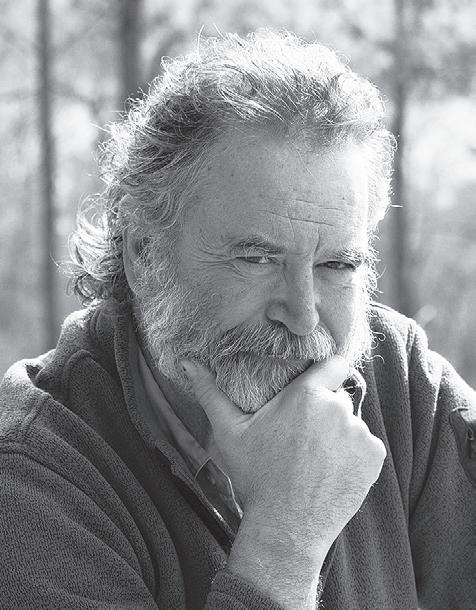
A central Montana resident since 1973, E. Donnall Thomas Jr. has been everything from a physician to a bear hunting guide in Alaska. He writes about the outdoors for numerous publications and lives in Lewistown, Montana with his wife, Lori, and their bird dogs.

David Zoby is a freelance writer from Casper, Wyoming who has been writing and publishing essays and stories for over 20 years. His work regularly appears in Gray’s Sporting Journal, The Drake , and The Sun Magazine ; @davidzoby.

Bozeman
Bozeman

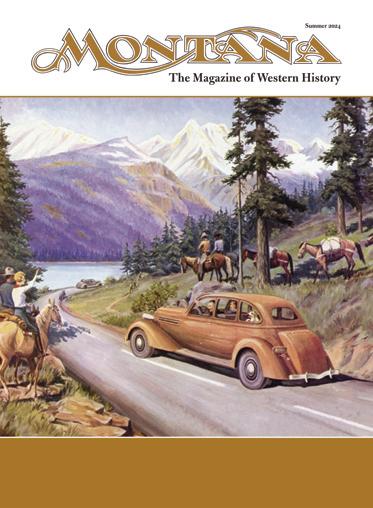

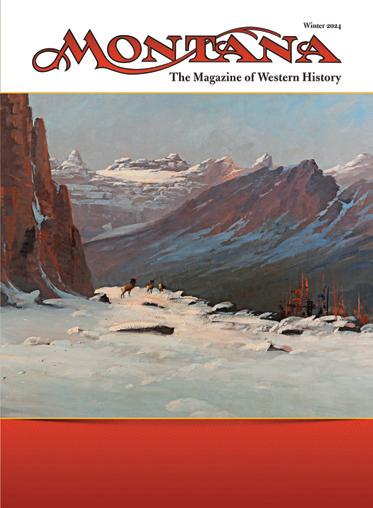
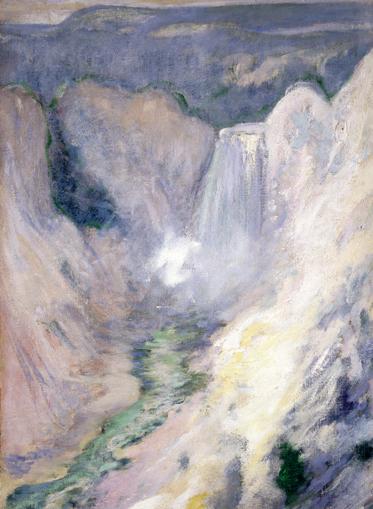


One of the nation’s top history magazines for over 70 years!
Subscribe or become a member (406) 444-1799
Purchase back issues or advertise (406) 444-4708 or MTHSPublications@mt.gov
P.O. Box 201201 Helena, MT 59620 mths.mt.gov
Facebook.com/MontanaTheMagazineOfWesternHistory

Mary Howard, CRPC® Financial Planning Specialist | Portfolio Manager First Vice President | Financial Advisor
2200 West Main Street Bozeman, MT 59718 406-522-2046
mary.e.howard@morganstanley.com advisor.morganstanley.com/mary.e.howard MT Insurance Lic. #3000567640 NMLS #1842860
© 2023 Morgan Stanley Smith Barney LLC. Member SIPC. CRC 5694406 05/23




Montana History & autHors native aMericans • sporting yellowstone & glacier national parks
Free subscription to lists of collectible and hard-to-find first editions related to Montana and the West. To be on mailing list, contact
Bookseller
Email: MTBookWrangler@gmail.com






















Guardians on a hill
Ever a watchful eye.
Spraying branches to fill
An ever-enveloping sky.
What history have they seen with many a passers-by?
Cruelness of the white sheen
Finally releasing buds of spring.
Industrious inhabitants of fur
Stocking up in hidden holes. The giants still, pausing to hear
The inner workings of their soul.
Autumn comes to take leaves away
While the great ones hold forth.
Knowing that they may fray
While enduring the battle from the north.
Sentrees steady on their course
Abiding patience with the land
Content as part of the source
In their knowledge of the plan.


